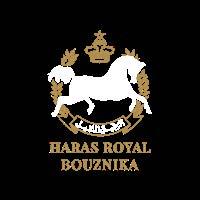
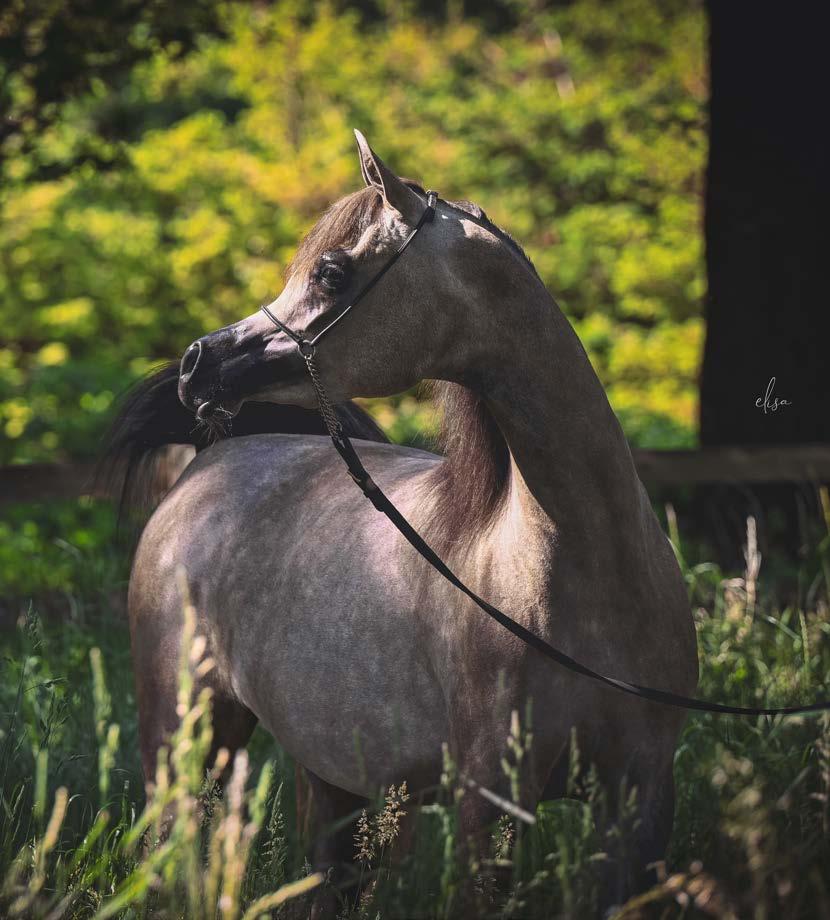
28 years with you
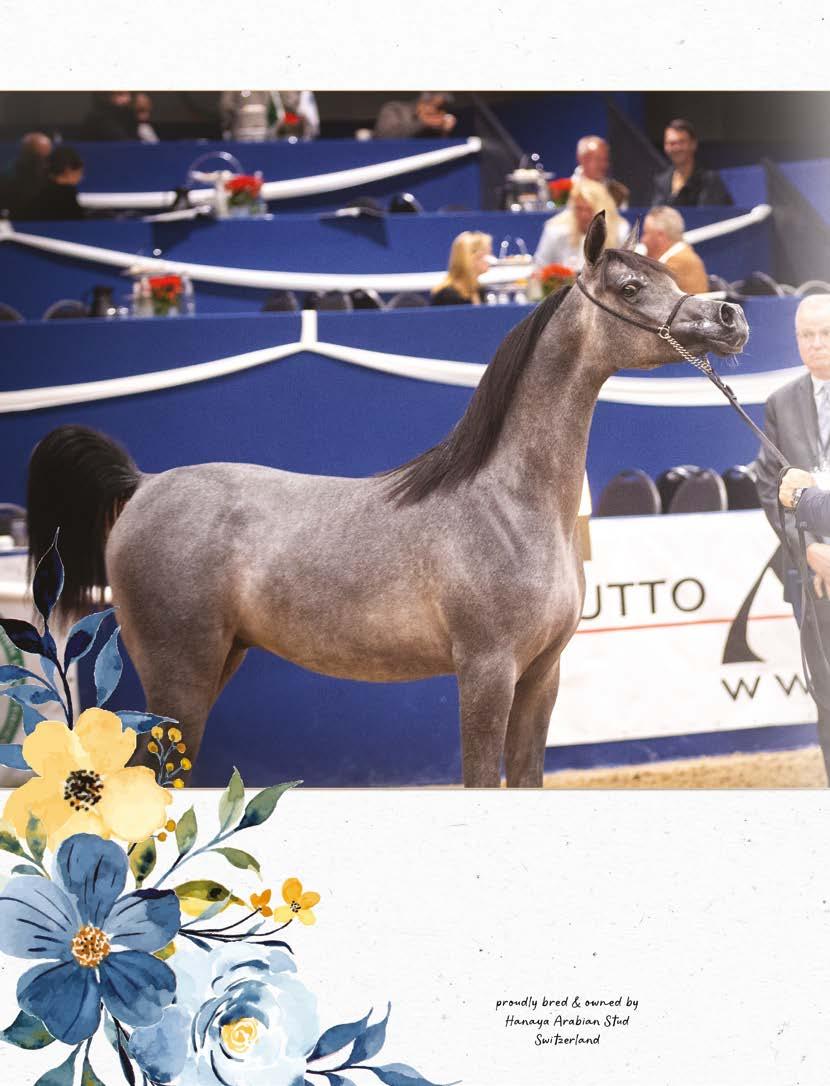
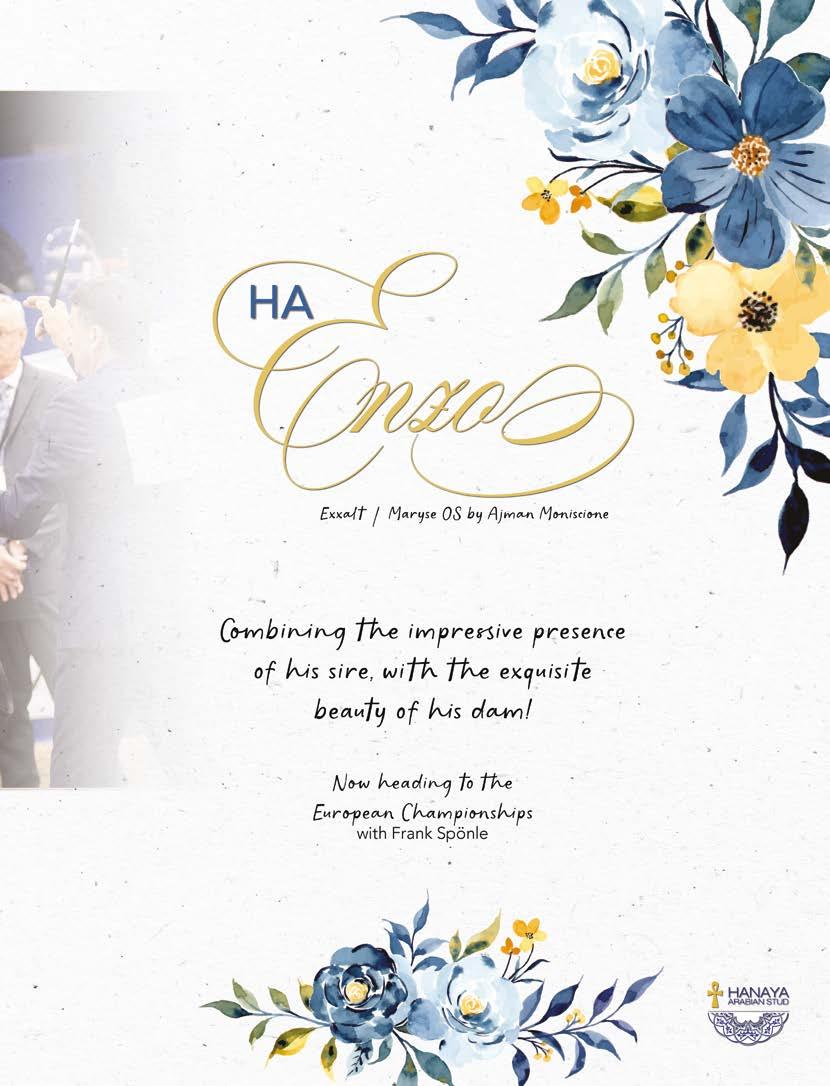
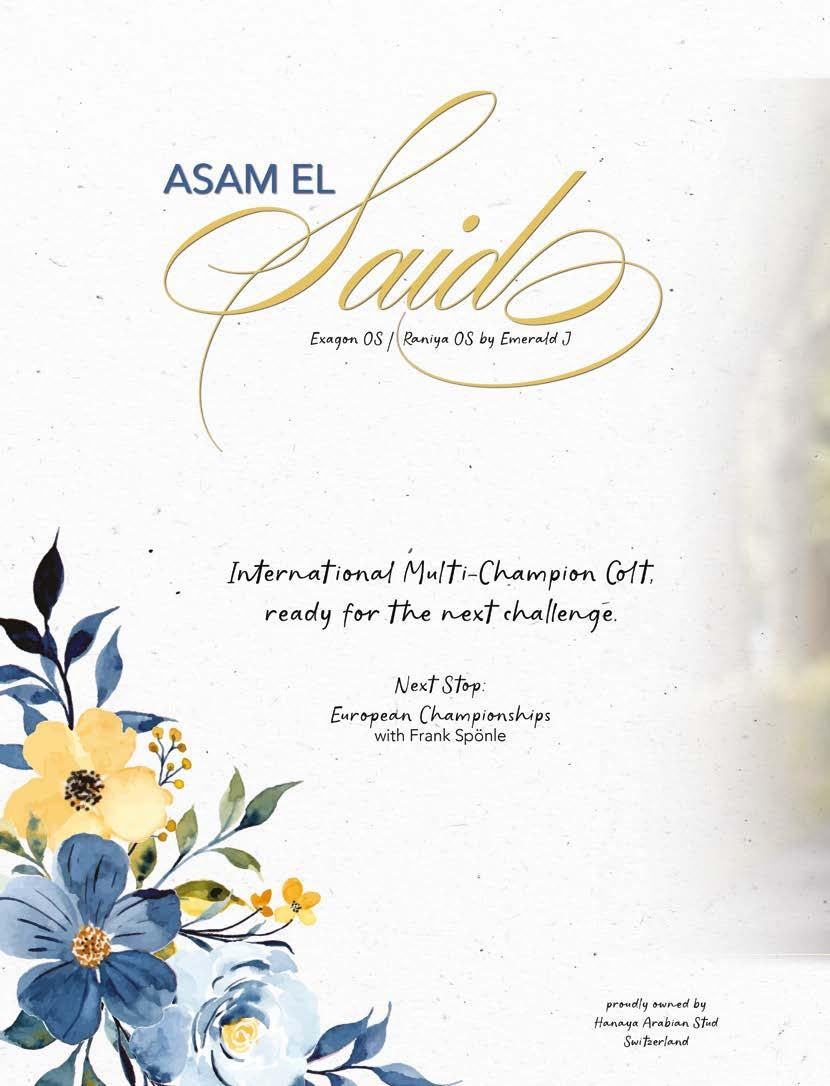
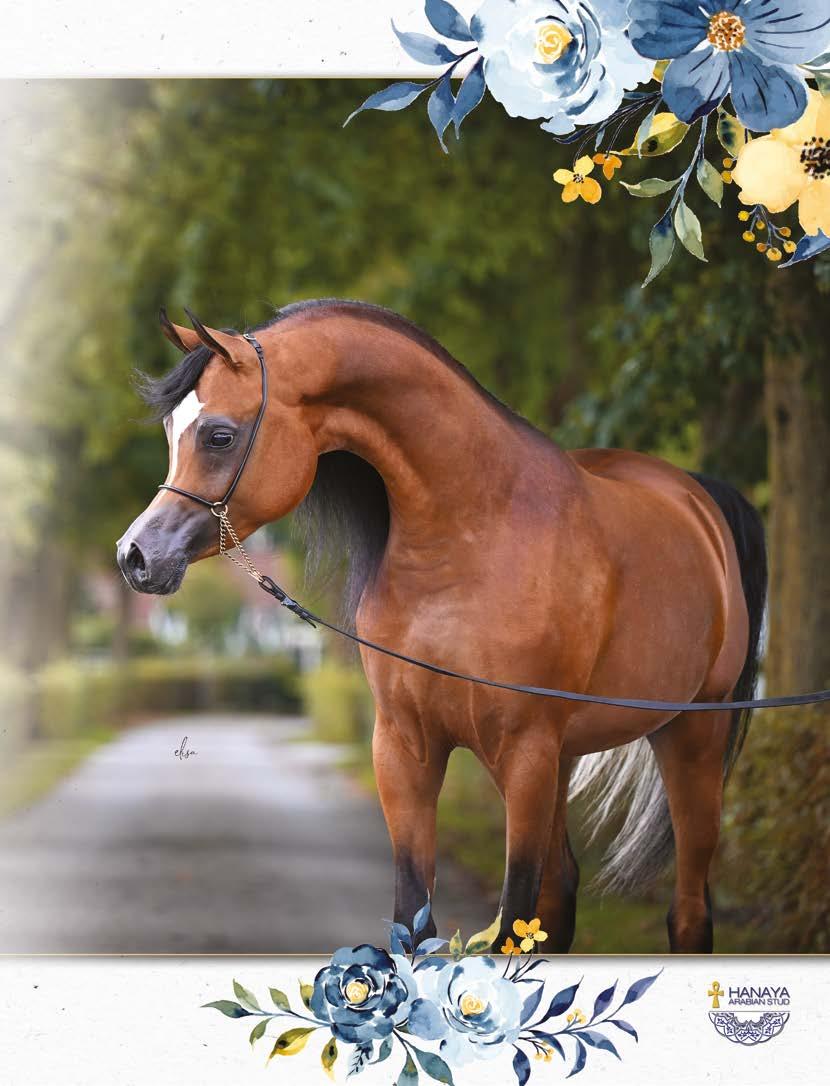
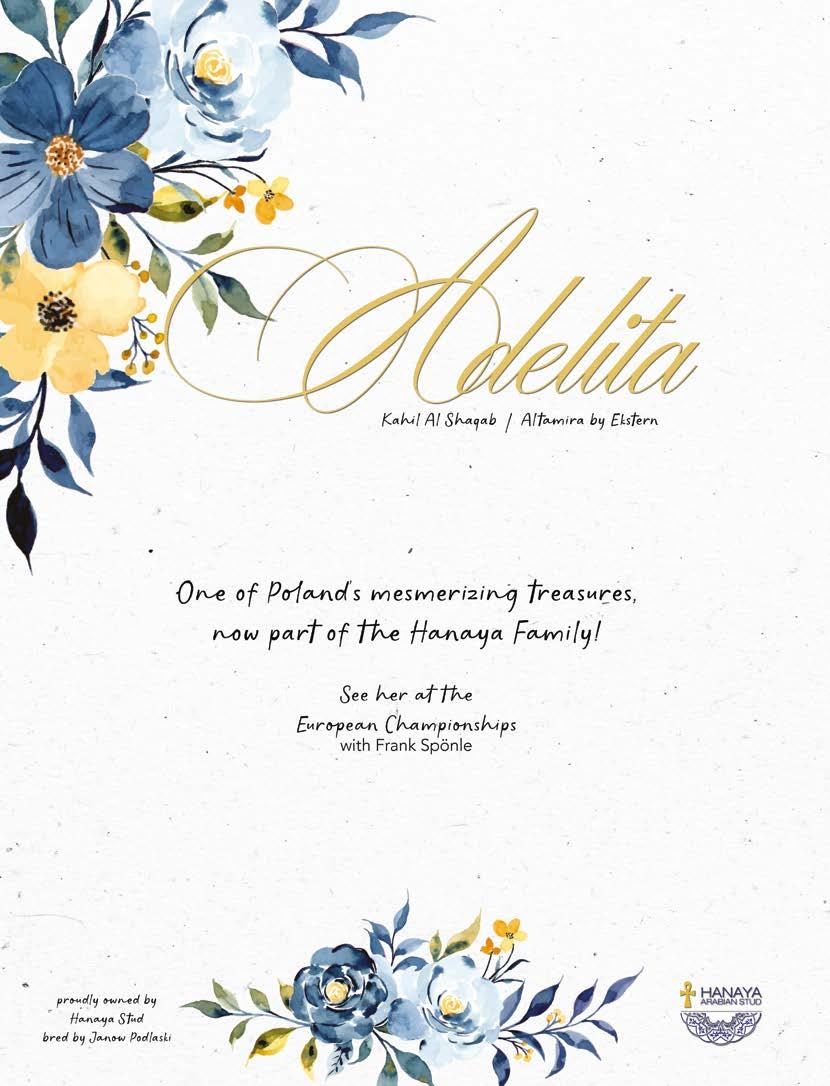
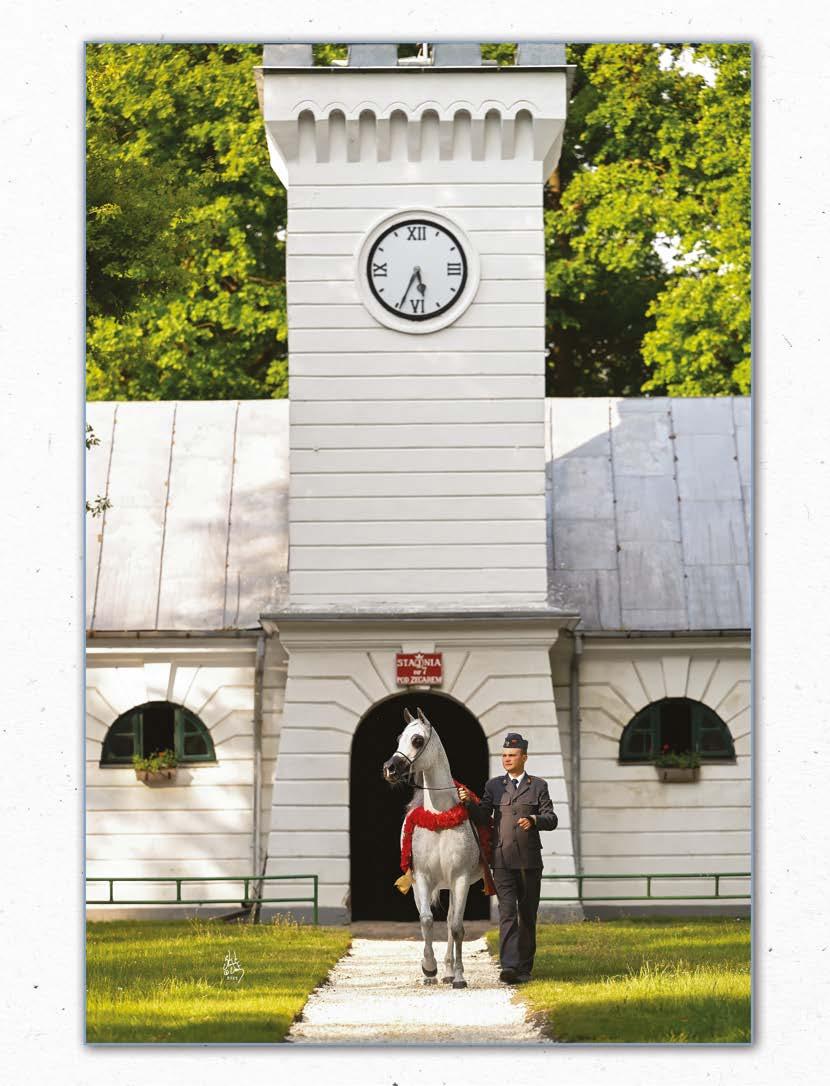
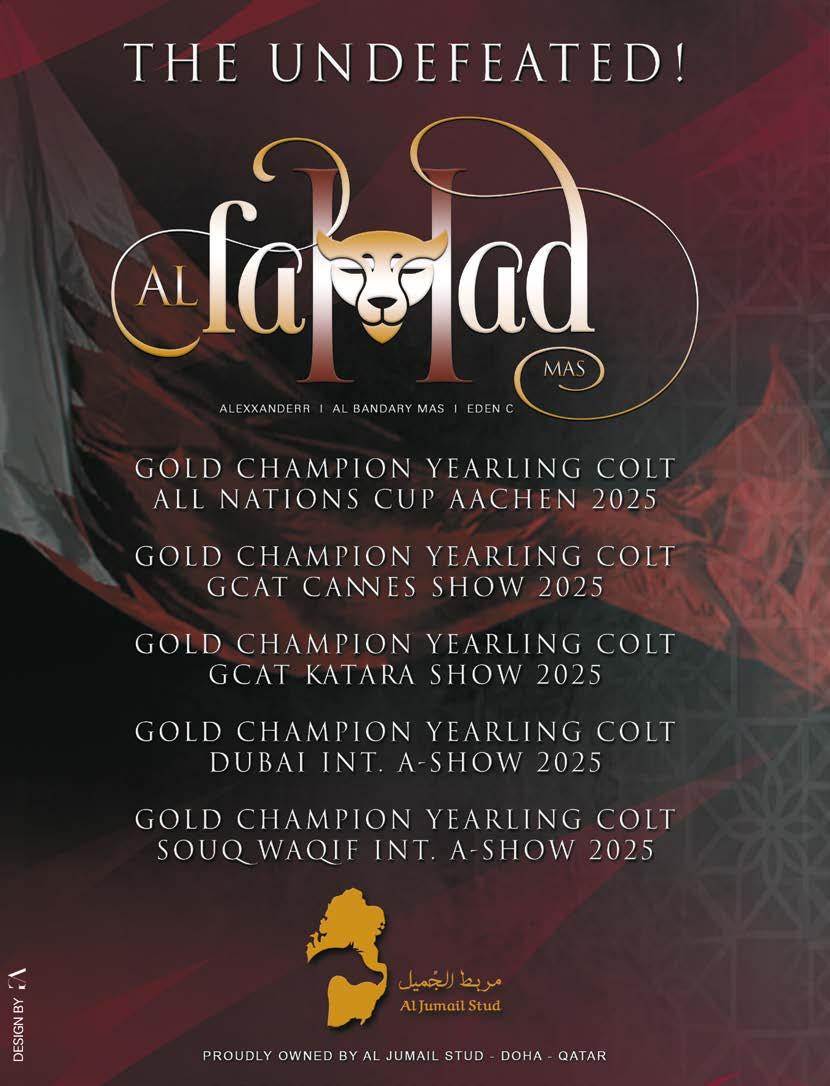
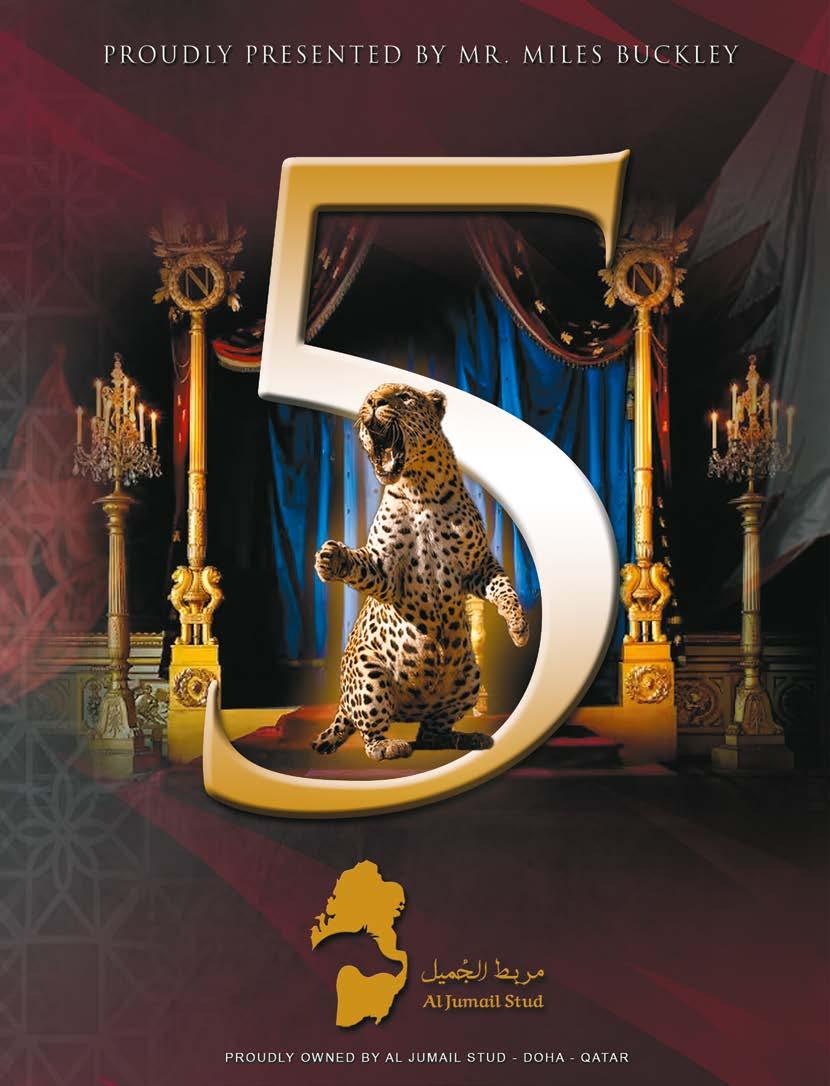
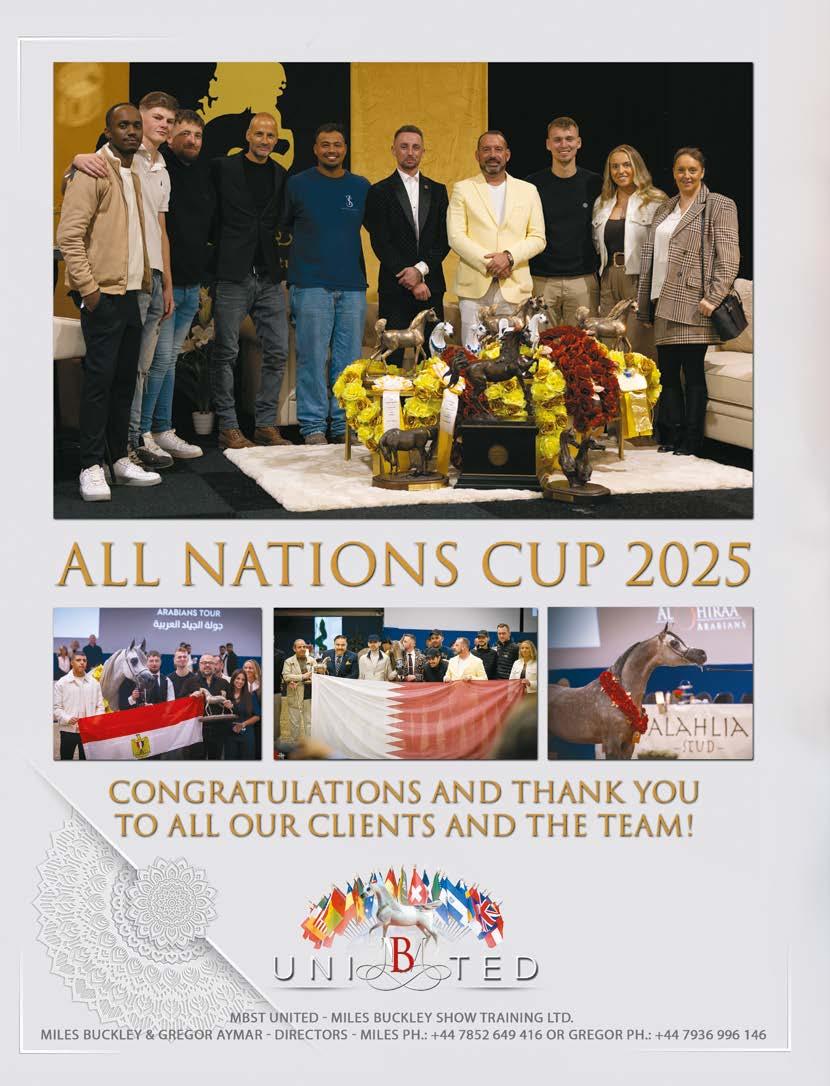
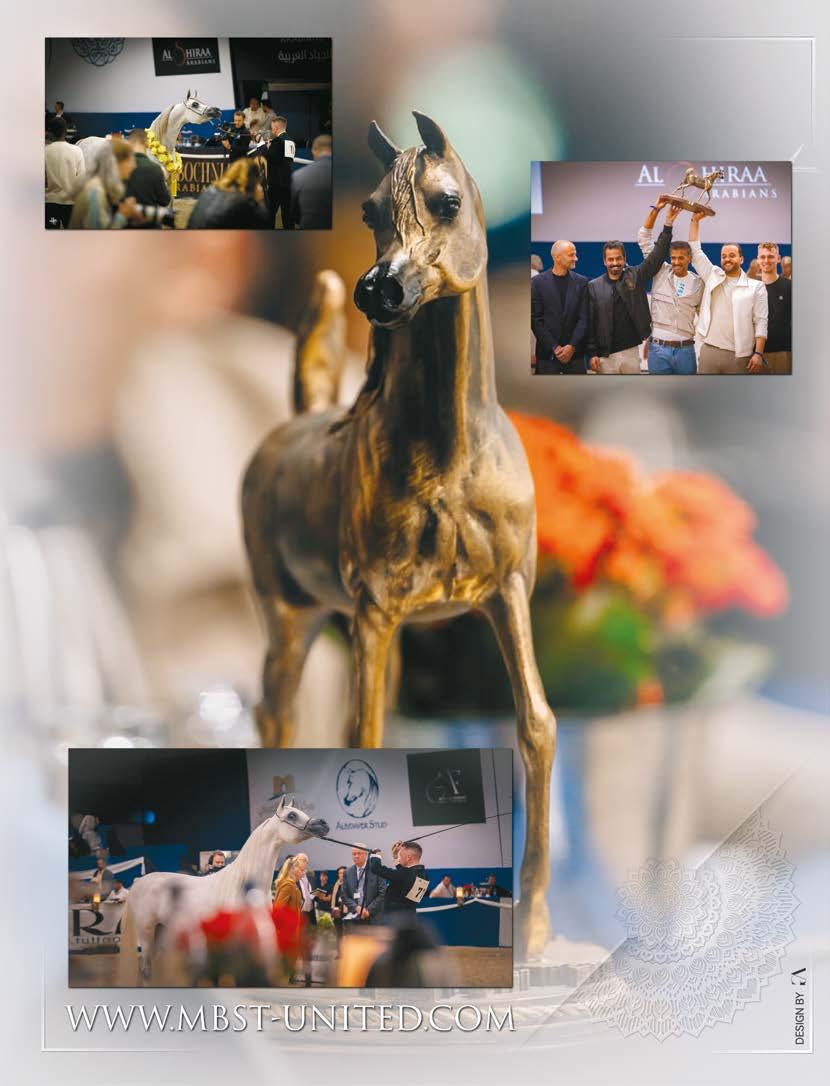
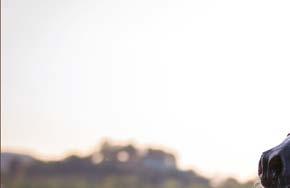
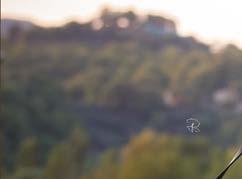

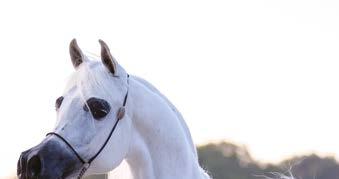

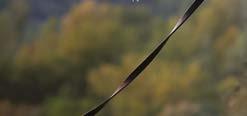
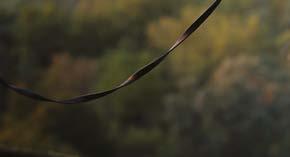

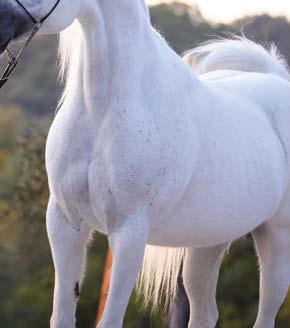
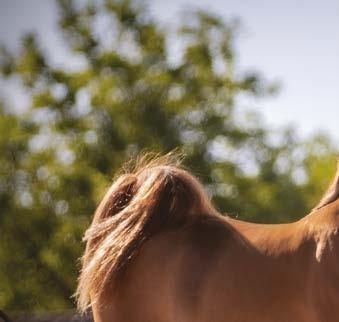
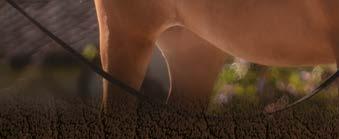
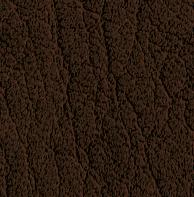





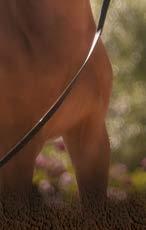
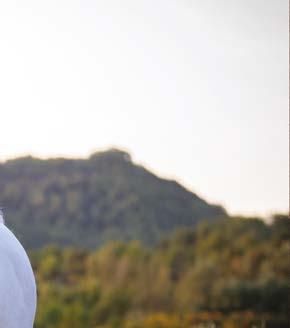

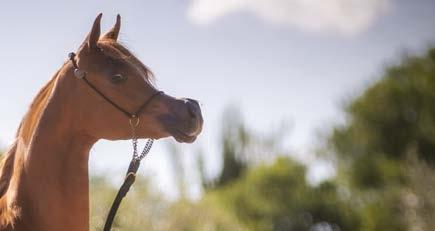
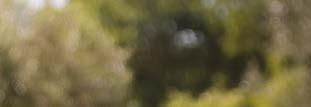
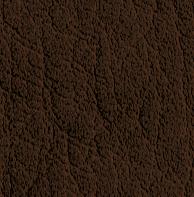

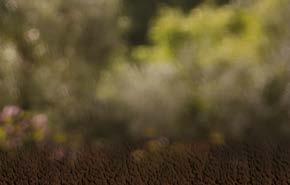


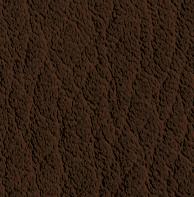

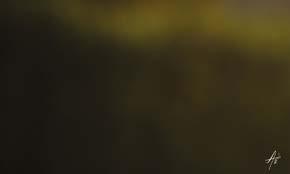
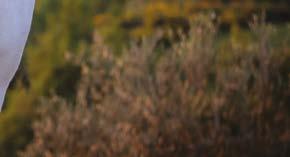
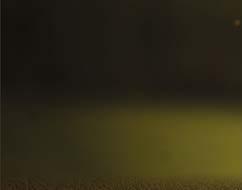
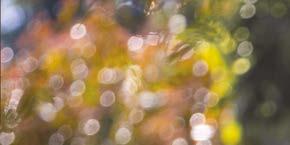

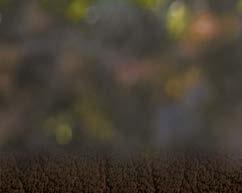












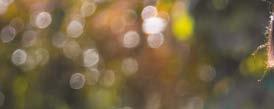



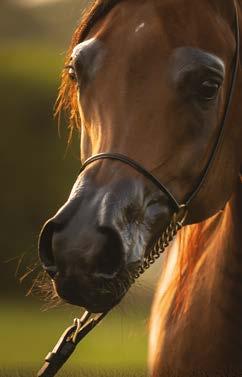


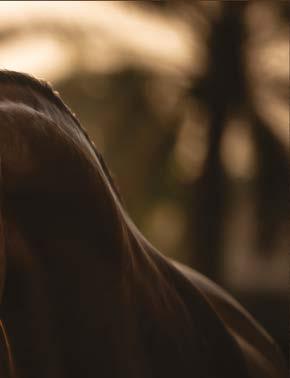



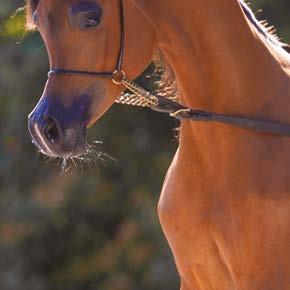

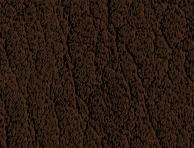




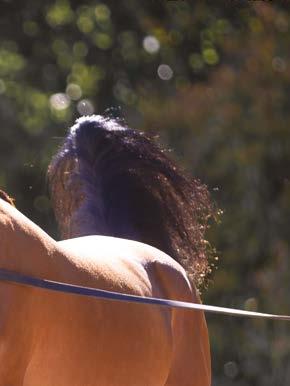



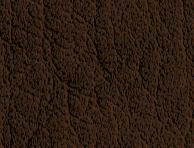







28 years with you




















































































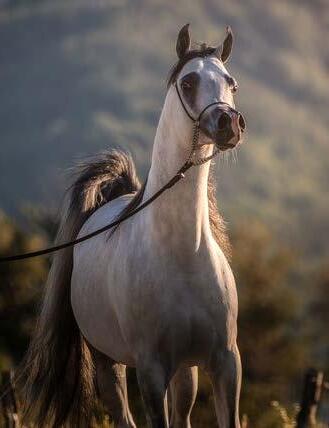
GOLD CHAMPION JR COLTS | EUROPEAN CHAMPIONSHIP 2023
GOLD CHAMPION JR COLTS EUROPEAN CUP | PRAGUE INTERCUP 2023
GOLD CHAMPION JR COLTS | PRIDE OF POLAND 2023
GOLD CHAMPION JR COLTS EUROPEAN CUP | PRAGUE INTERCUP 2022
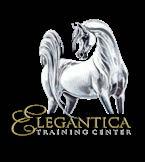
REGINA ARABIANS
info@regina-arabians.pl - www.regina-arabians.pl
Breeding information: eleganticatrainingcenter@gmail.com
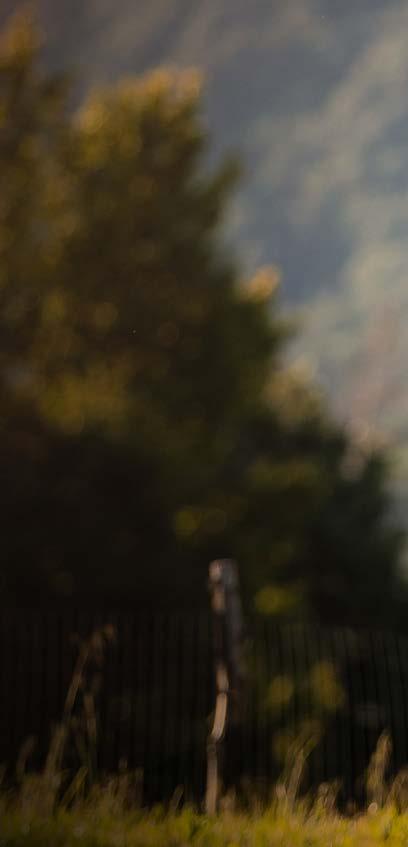



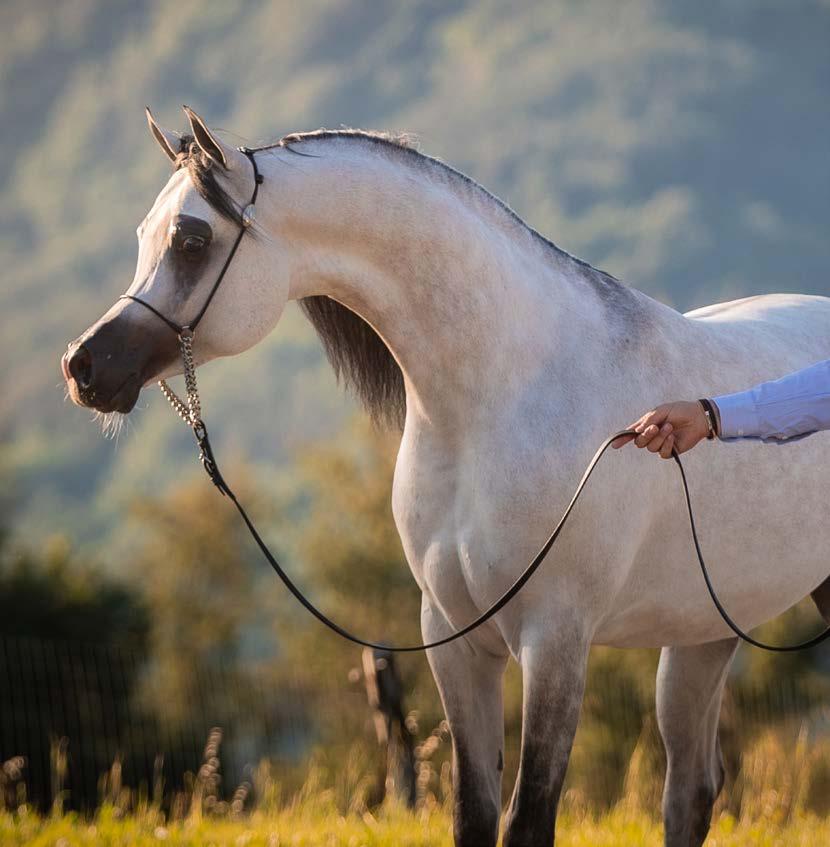

12.2.2023 (Wortex Kalliste x Naseema by Naseem Al Rashediah)
1st at Prague 2023 - Czech National Champ. - Foals Class
GOLD Champions Foals
1st at Vilhelmsborg EAHGC 2024 - Yearling Colts
GOLD CH. at Vilhelmsborg EAHGC 2024 - Junior Colts Champ.
2nd at Strohen 2024 European Show - Yearling Colts
SILVER CH. at Strohen 2024 European Show - Colts Champ.
1st at Prague 2024 - Czech National Champ. - Yearling Colts
GOLD CH. at Prague 2024 - Czech National Champ. - Junior Colts Champ.
1st at Prague 2024 - Intercup - Yearling Colts Section B
SILVER CH. at Prague 2024 - Intercup - European Yearling Colts Champ.
BRONZE CH. at Prague 2024 - Intercup - Yearling Colts Champ.
Prague 2024 - Intercup - Best Czech Registered Horse
2nd at ECAHO European Champ. 2024 - Yearling Colts
6th at WAHC 2024 - PARIS - Yearling Males
5th at WAHC 2024 - PARIS - Best Head Yearling Males
Westfalen 2025
First place 2yo colts
Gold champion Junior colt International show
Highest score of all male classes

Maria A Pavel Kanka
Senozaty 152 | 394 56 Czech Republic
email: info@kanka-arabians.com
facebook: kanka.arabians
instagram: kankaarabians
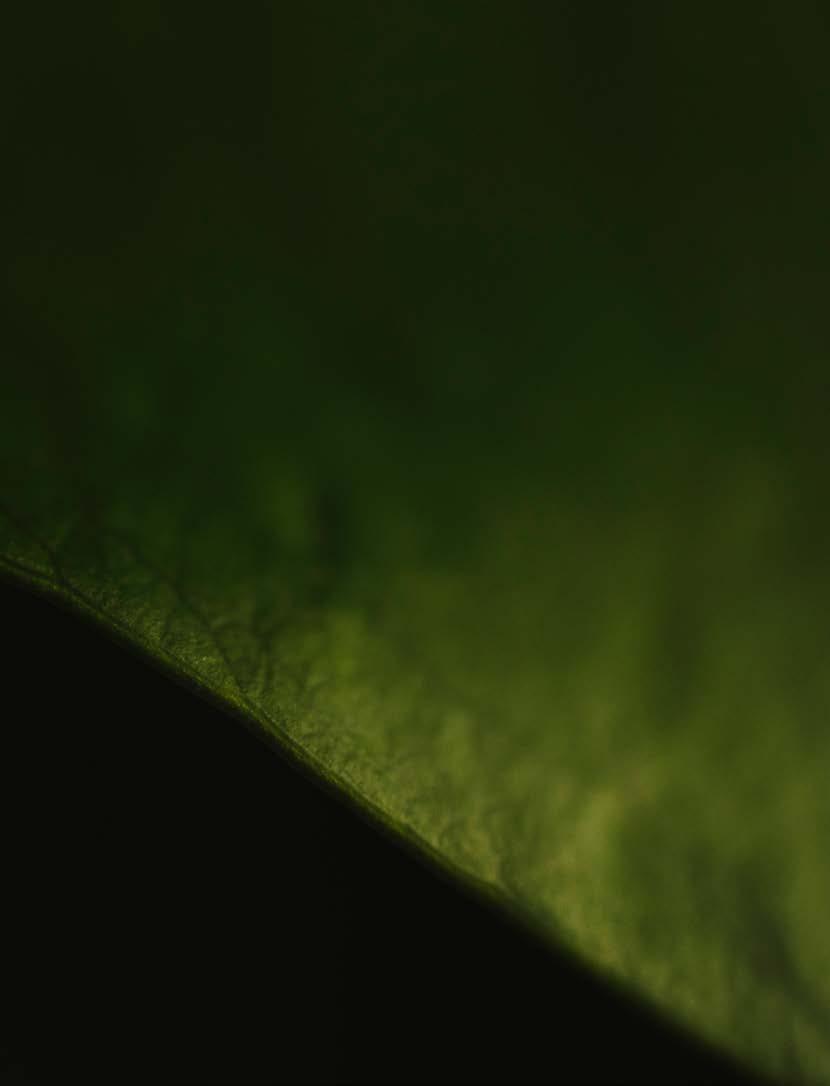
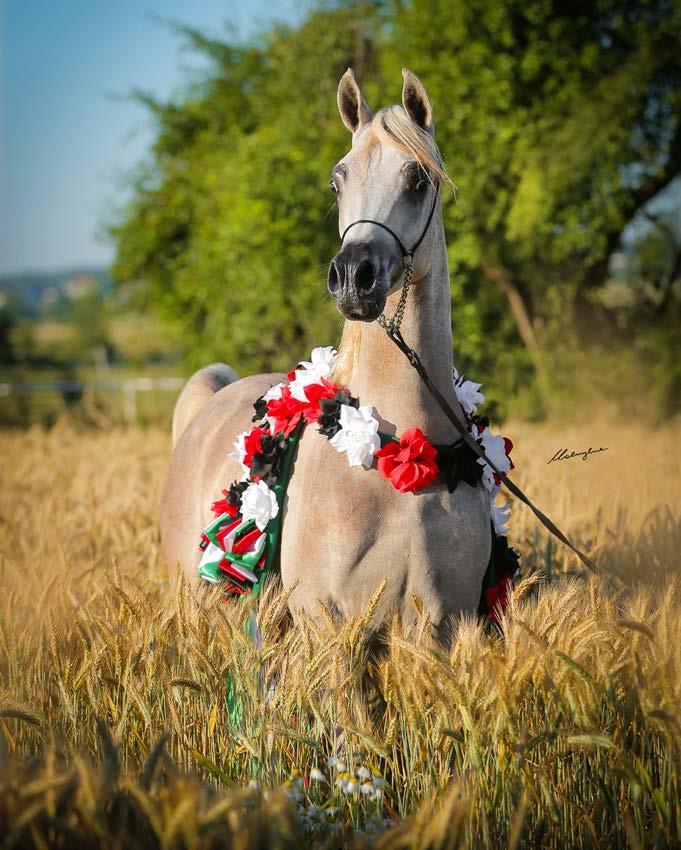
16.07.2019 (Raoud Al Bidayer x Majidah Bint Pacha by AS Sinans Pacha)
Arabische Pferde in Westfalen Int. Show in Germany 2022
Class Winner Fillies 3 years old
3rd at Strohen 2022 European Show - Fillies 3 Years Old
Gold Cchampion Junior Ffillies - Prague 2024 - EAHGC
3rd Mares 4-6years old
Prague 2024 - Czech National Championship
1st place Mares 4-5 years old
Gold Senior Mare
ph: Patrycja Makowska
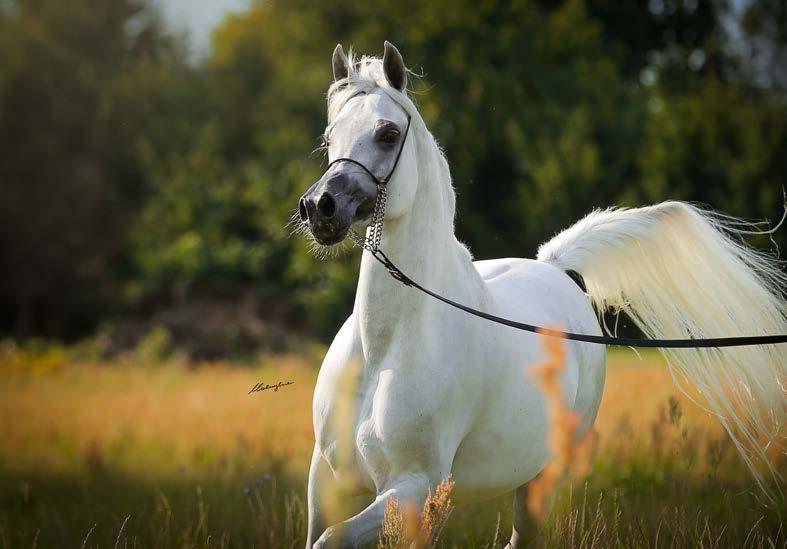
22.3.2024 (Nebras Al Hamad x S.M.A Morwenna by Raoud Al Bidayer)
Prague 2024
Czech National Championship
Gold Champion Foal
Prague 2025 - Czech National Championship
1st place yearling fillies
Gold Champion Junior Mares
Breeder/owner Kanka Arabians
ph: Šárka Němečková
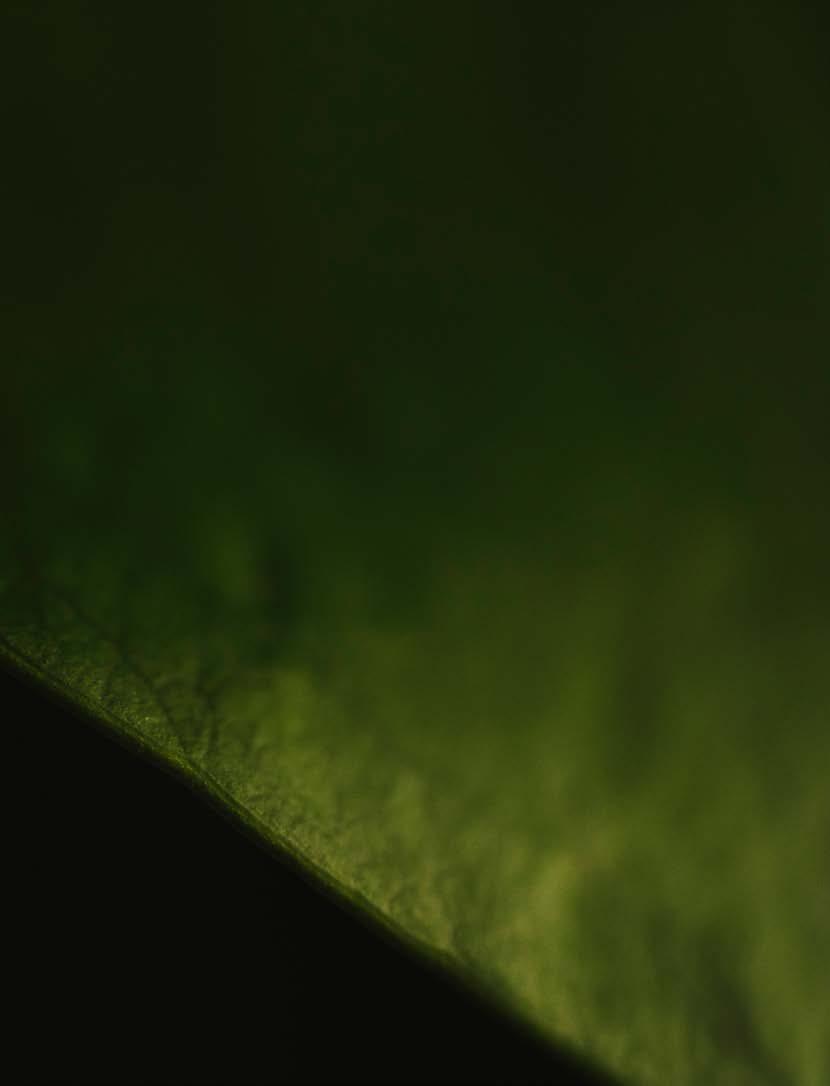
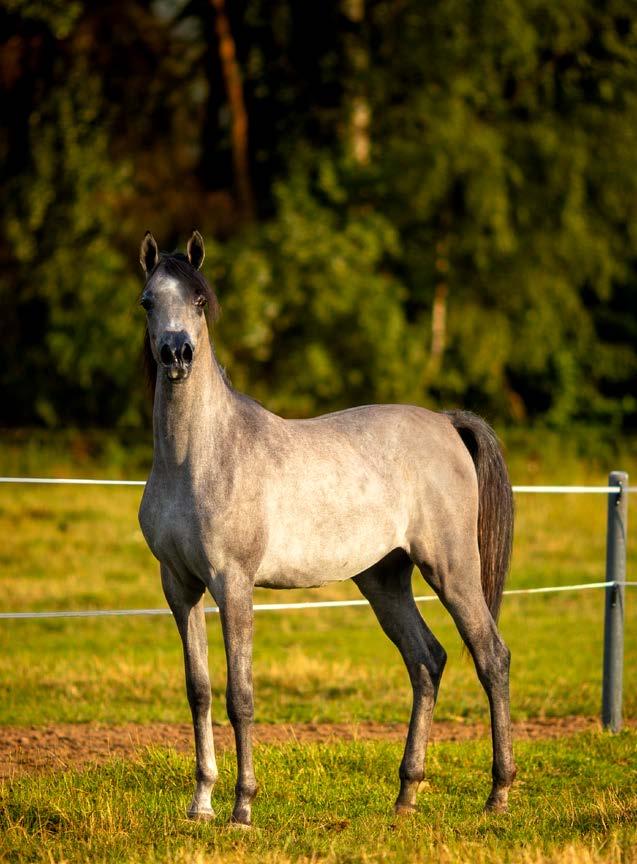
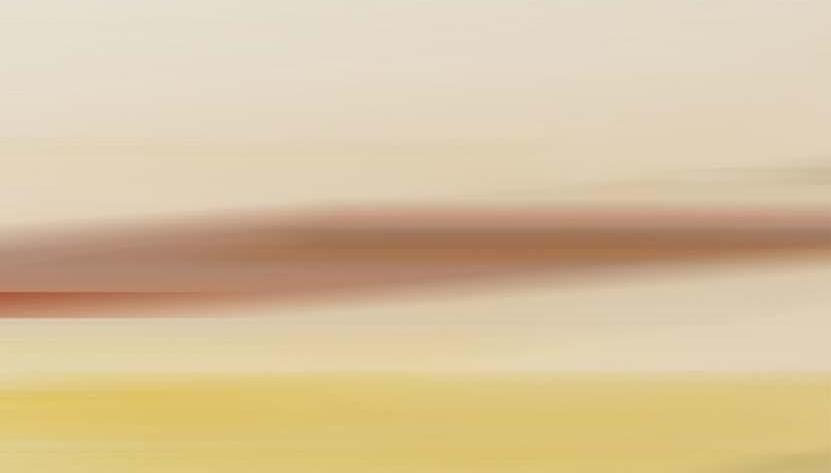
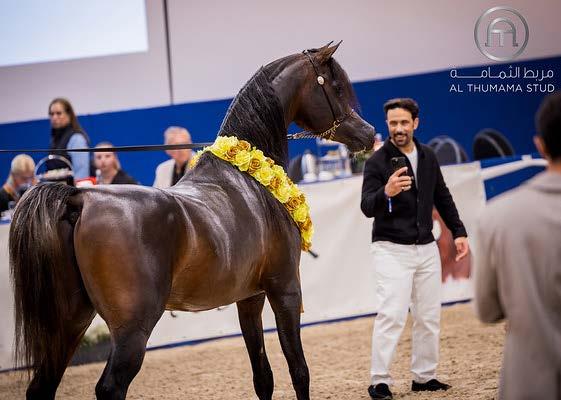
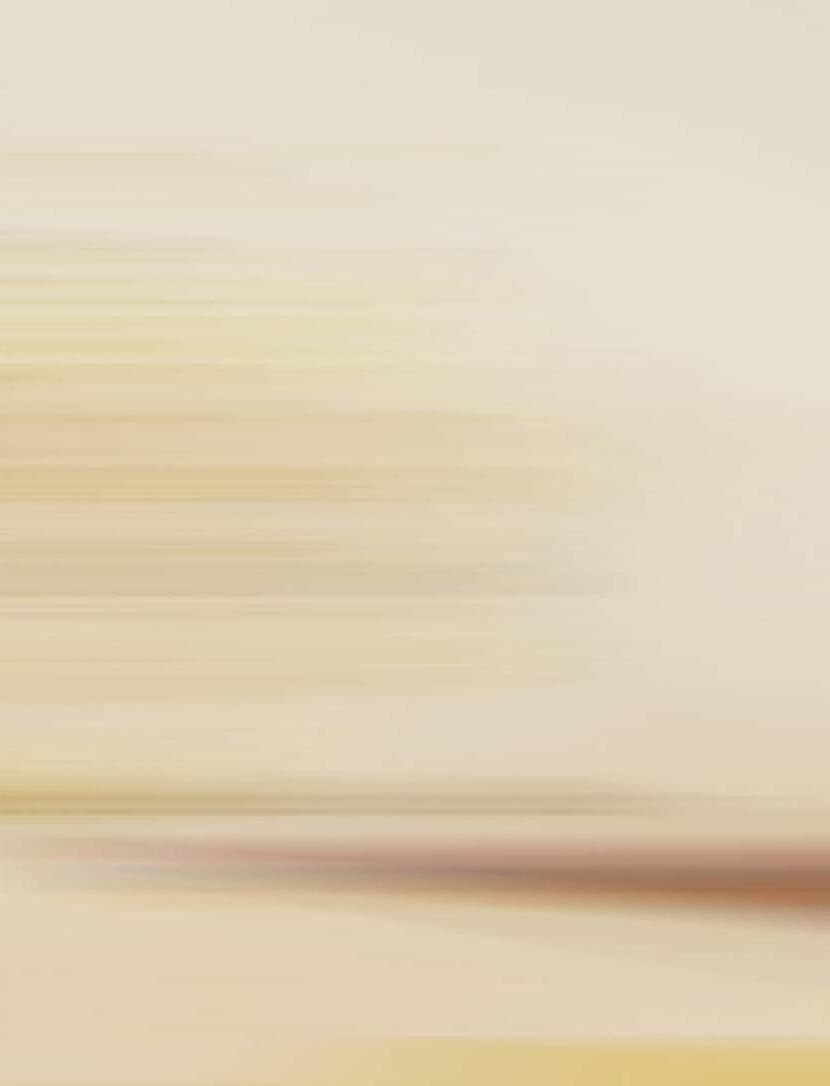
GCAT AMERICAS LAS VEGAS 2025
GCAT AMERICAS SCOTTSDALE 2025
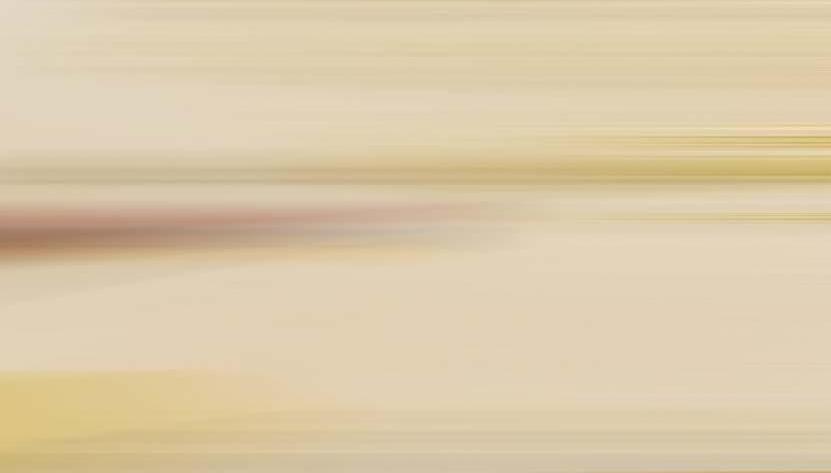
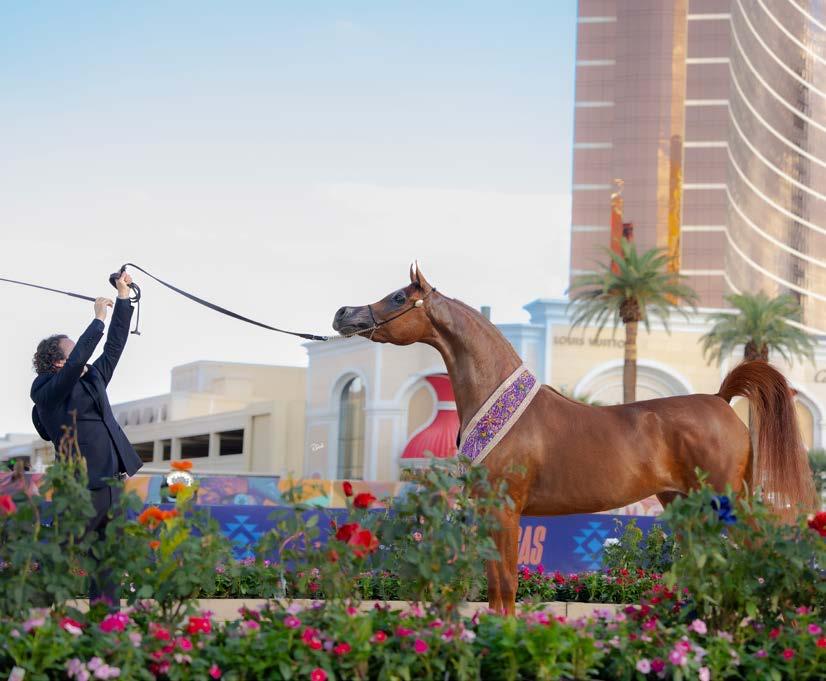
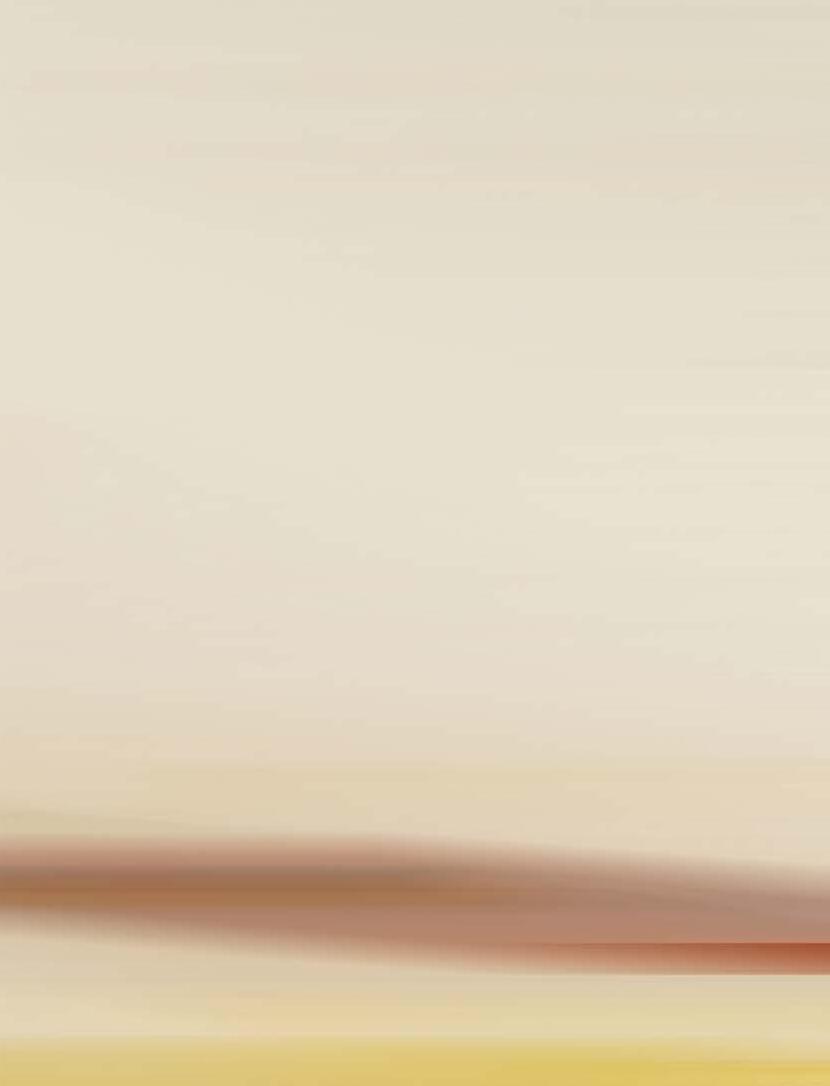
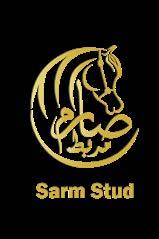
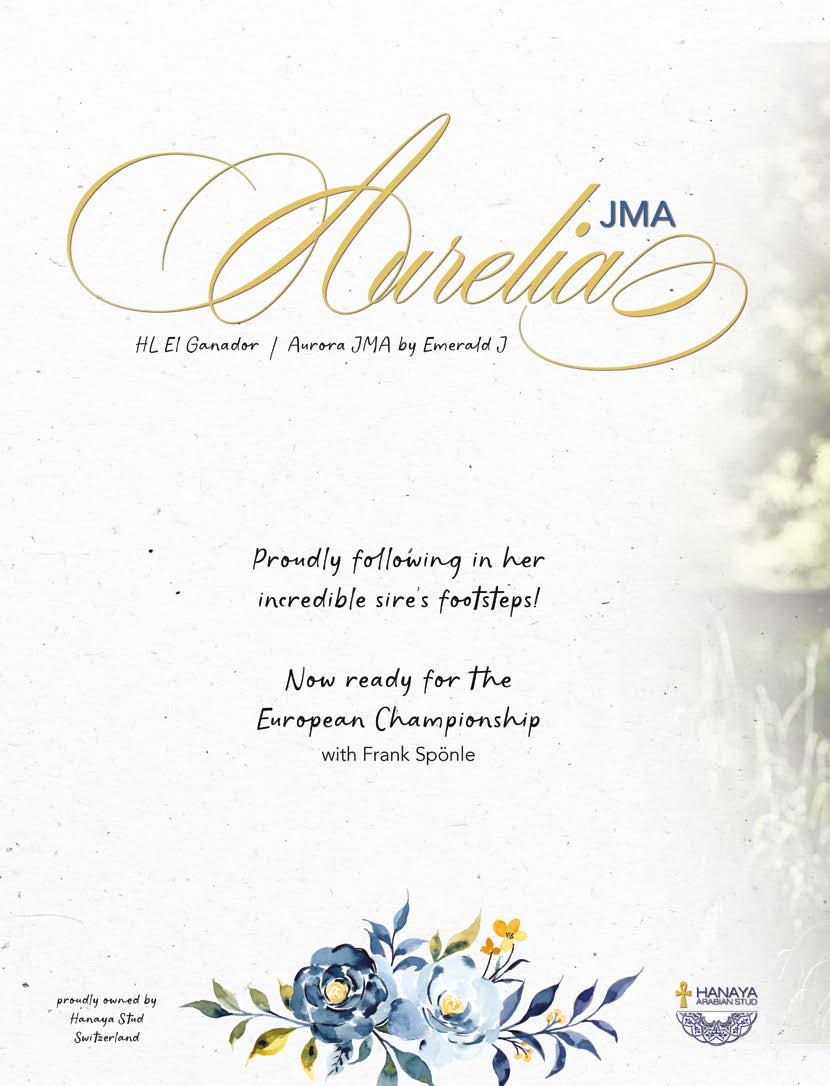
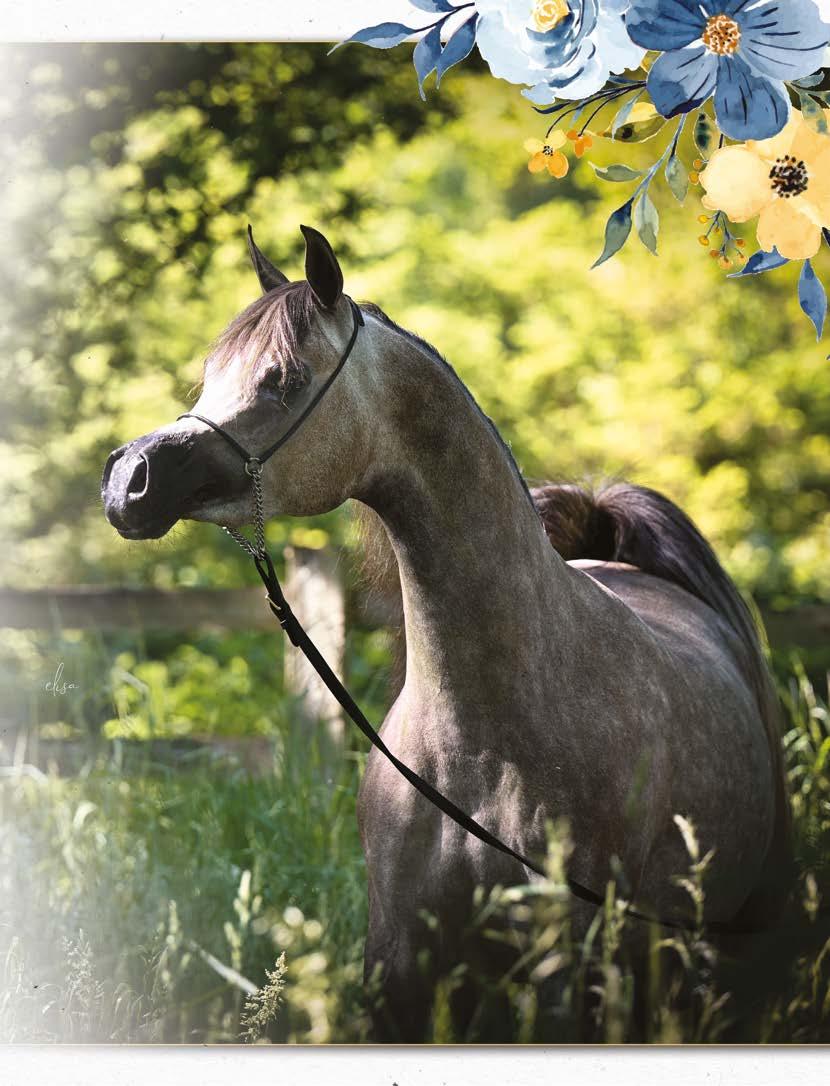
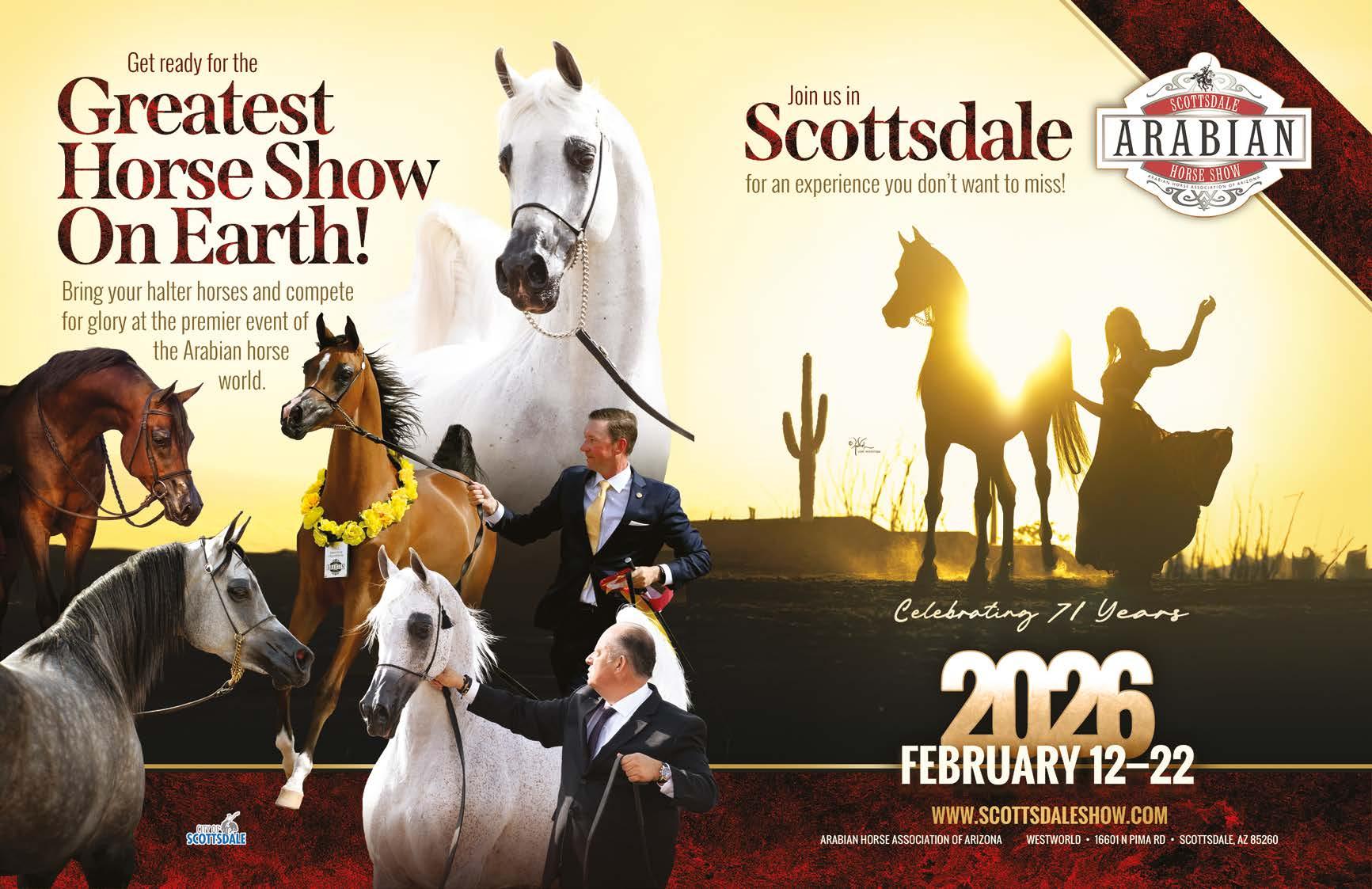

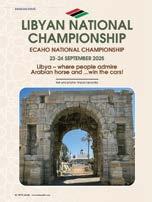
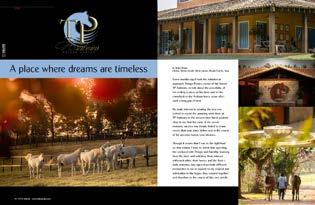
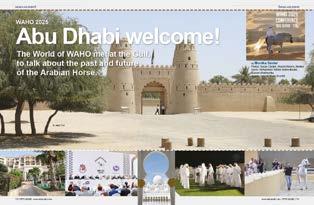
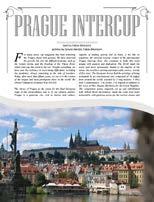
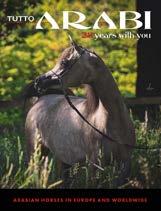
Aurelia JMA (Hl El Ganador x Aurora JMA)
Photo: Elisa Grassi
Proudly owned by Hanaya Stud stud
TP Arabians. A place where dreams are timeless 41
Prague Intercup ............................................... 66
Libyan National Championship 88 Waho Conference - Abu Dhabi 110 British National Championship 160 European Championships Sports Arabians 178
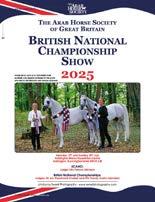

n.5/2025 October
pubb. bimestrale iscr. trib. di Milano n. 732 del 18/09/99 - Spedizione in A.P. 70% Milano
Alim Editrice s.n.c. Via Ressi, 22 - 20125 Milano - Italy Tel. +39 02 36762850 info@tuttoarabi.it @tuttoarabi_magazine @tuttoarabi_showsandevents www.tuttoarabi.com
Direttore Responsabile / Publisher Simone Leo - (leo.simon@tiscali.it)
Editore / Editor Alim Editrice snc
Responsabile Clienti / Customer Service
Fabio Brianzoni - (fabiobrianzoni56@gmail.com)
Ufficio Contabilità / Account Office
Barbara Belloni - (amministrazione@alimeditrice.it)
We, women 197
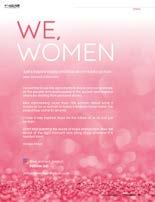
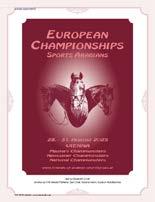
Ufficio Abbonamenti / Subscription Office
Barbara Belloni
Fotografi / Photographers
Alessio Azzali, Simone Bergamaschi, Susan Carden, Sissi Chat, Roland Hahan, FAS Harald Platteter, Sylwia Iłenda, Urszula Łęczycka, Glenn Jacobs, Sharon Meyers, Mohammed Rafeek Brahmakulam, Gudrun Waiditschka, Monika Savier, Renato Sorvilo, Sweet Photography, Tupa
Testi / Writers
Mario Braga, Fabio Brianzoni, Elisabeth Chat, Giorgia Mauri, Monika Savier, Urszula Łęczycka
Grafica e Impaginazione / Digital Artwork
Viviana Castiglioni
Stampa / Printed by AGF S.p.a. - San Giuliano M.se - Milano (Italy)
Pubblicità / Advertising
Alim Editrice - Simone Leo (+39 348 5640190)
Alim Editrice non risponde della veridicità e dei contenuti dei testi pubblicitari e degli articoli ripubblicati da altri editori o siti internet. Alim Editrice is not responsible for truthfulness or the content of advertisement text and article republished and taken from other publishers or websites.
ISSN 1722-9367

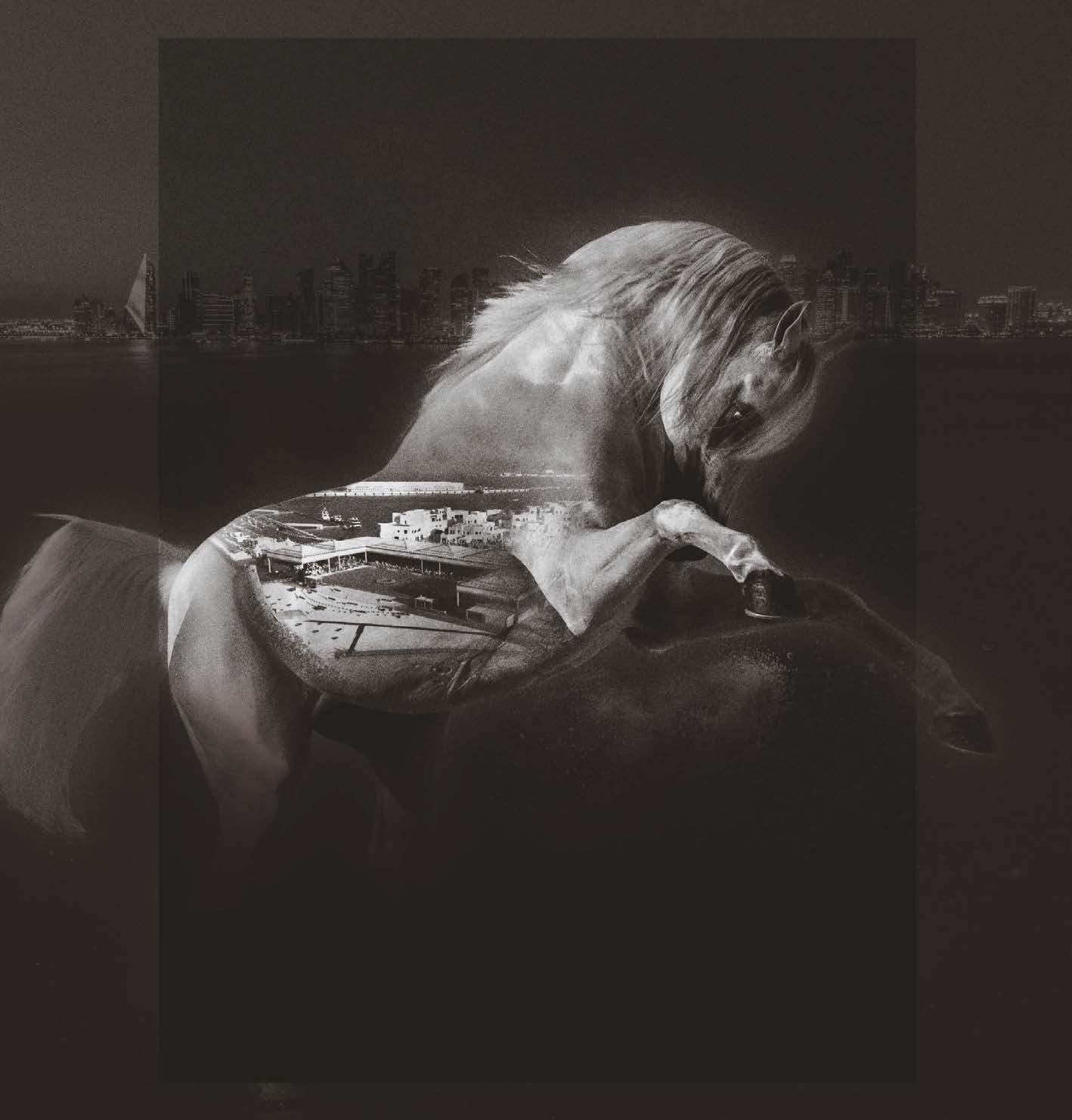
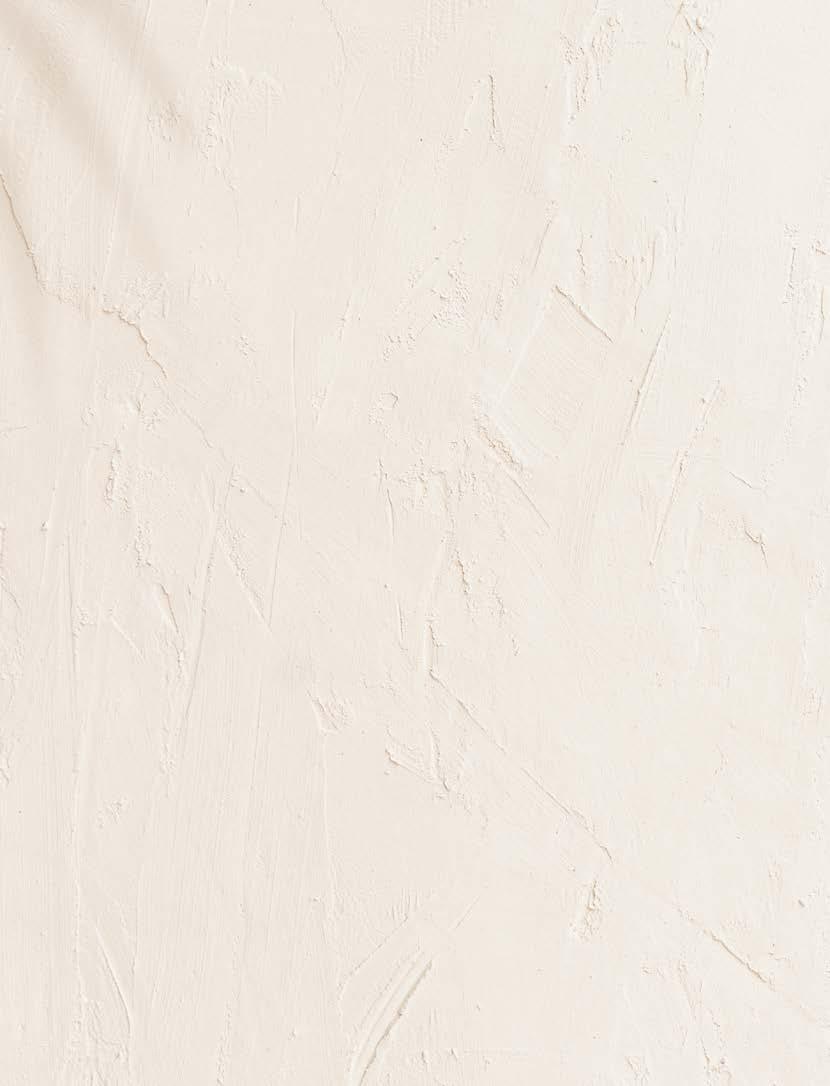
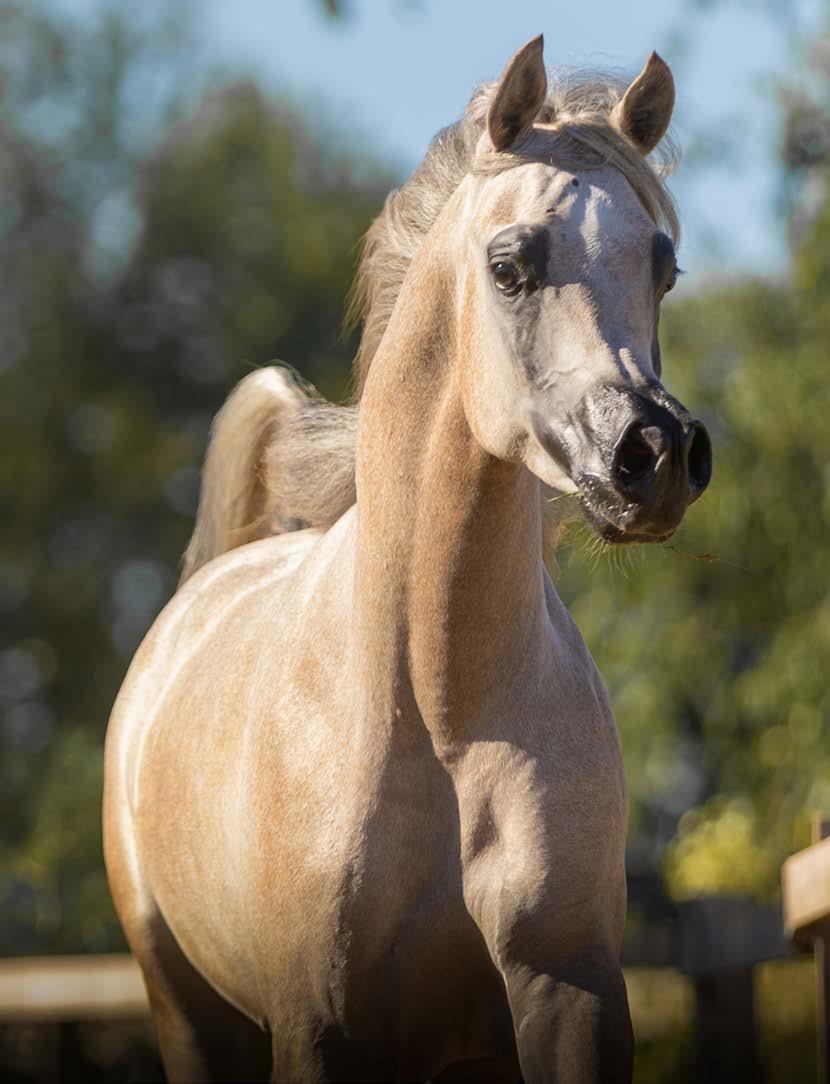
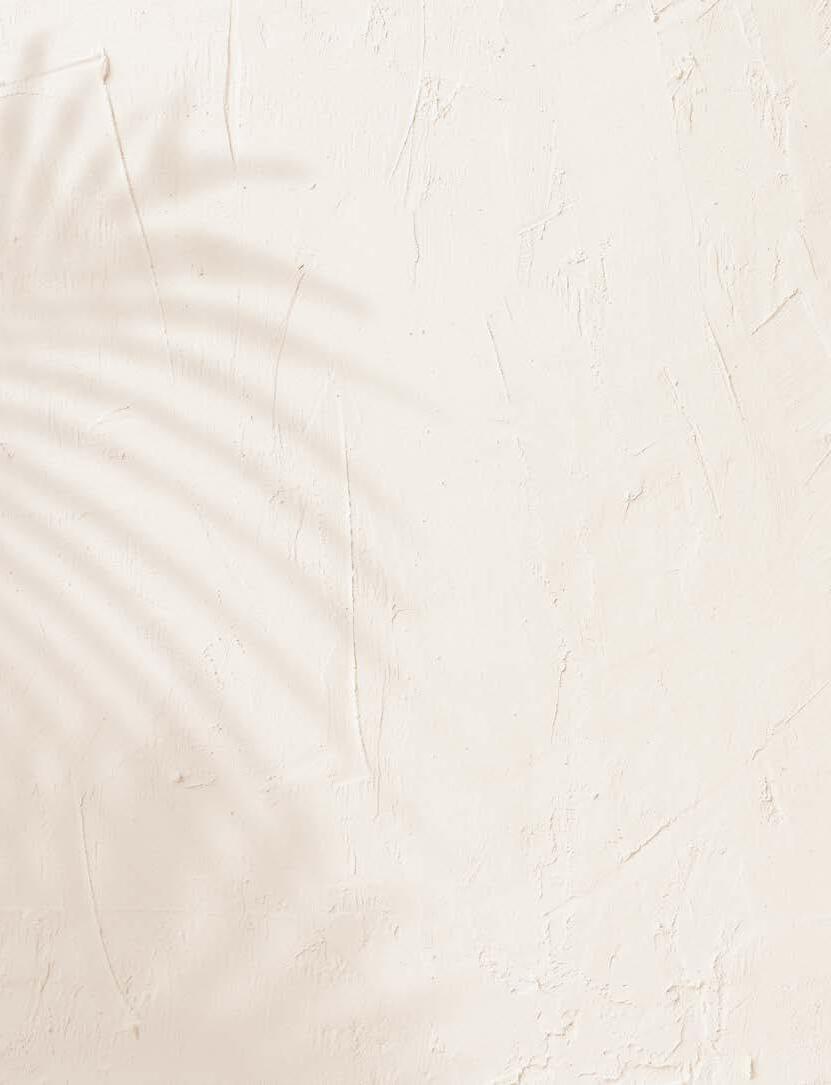
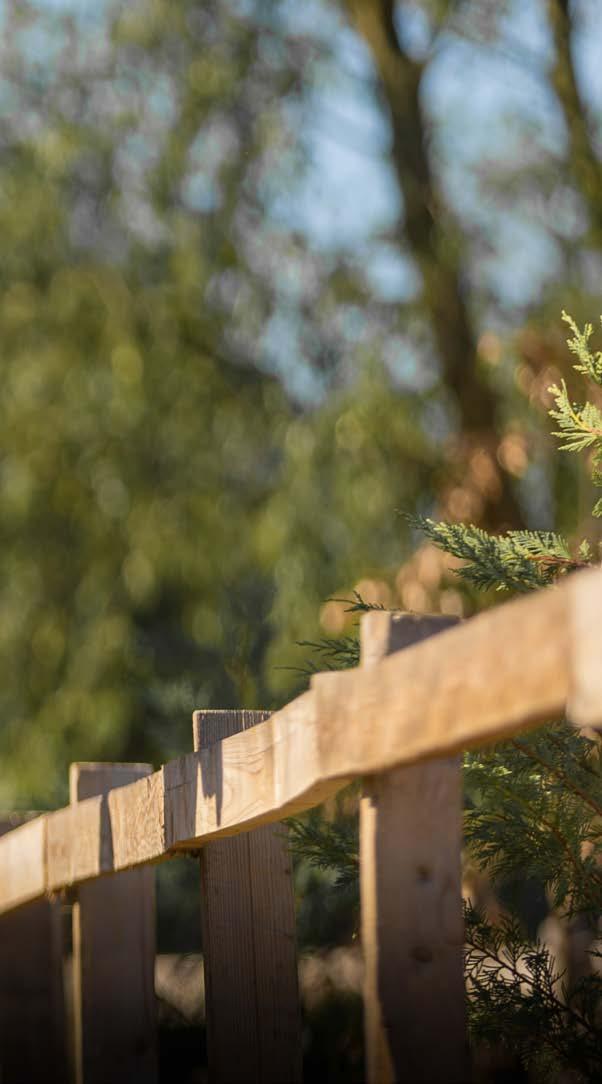
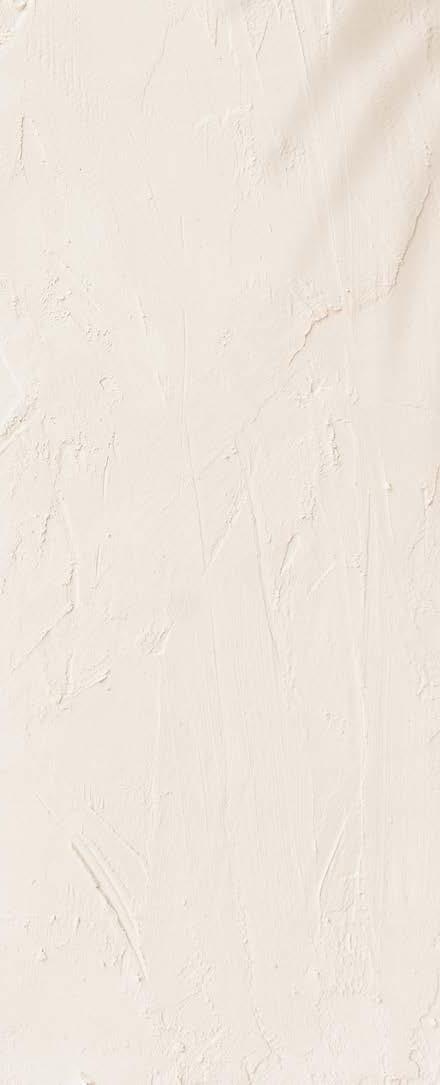
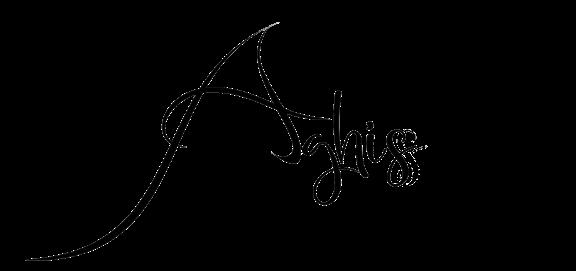
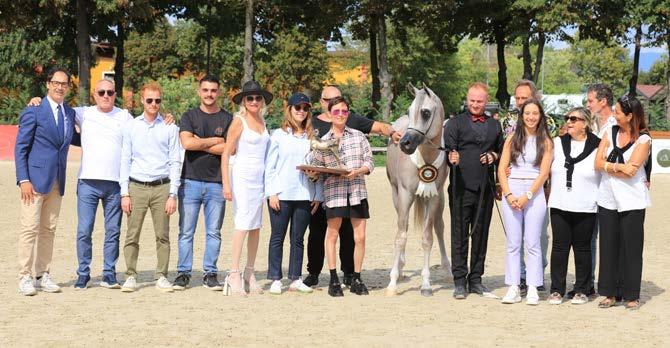
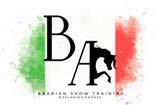
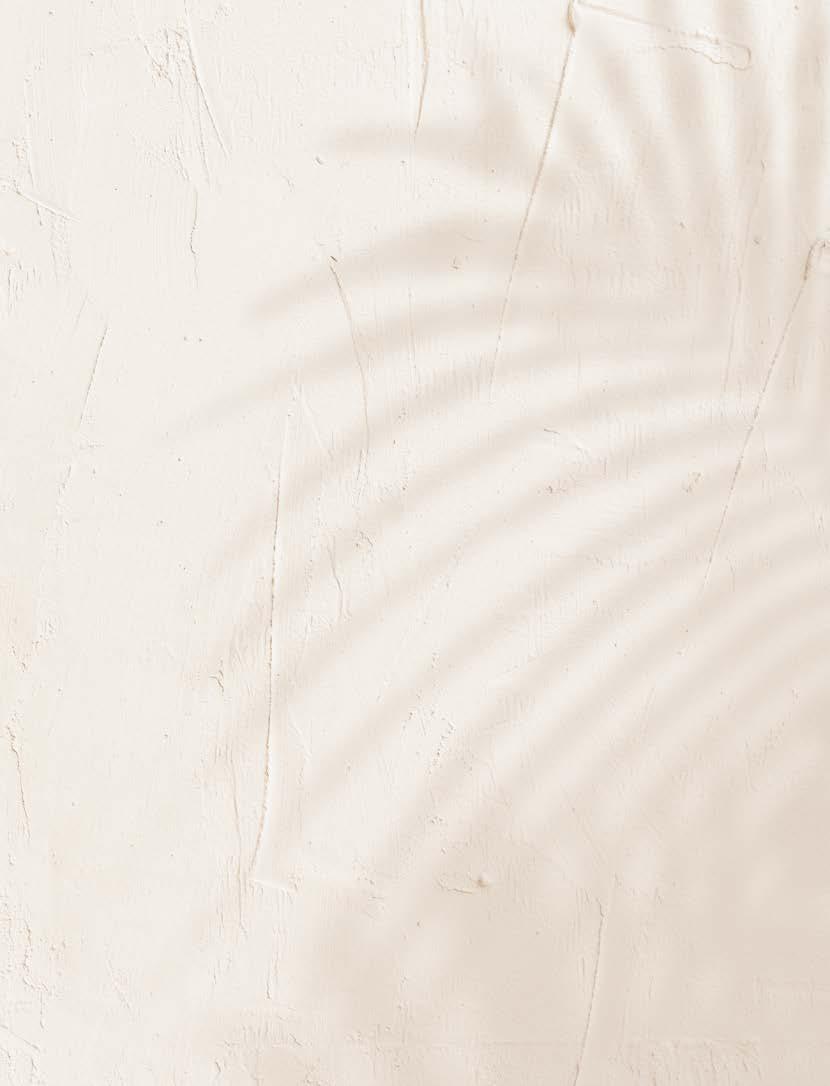
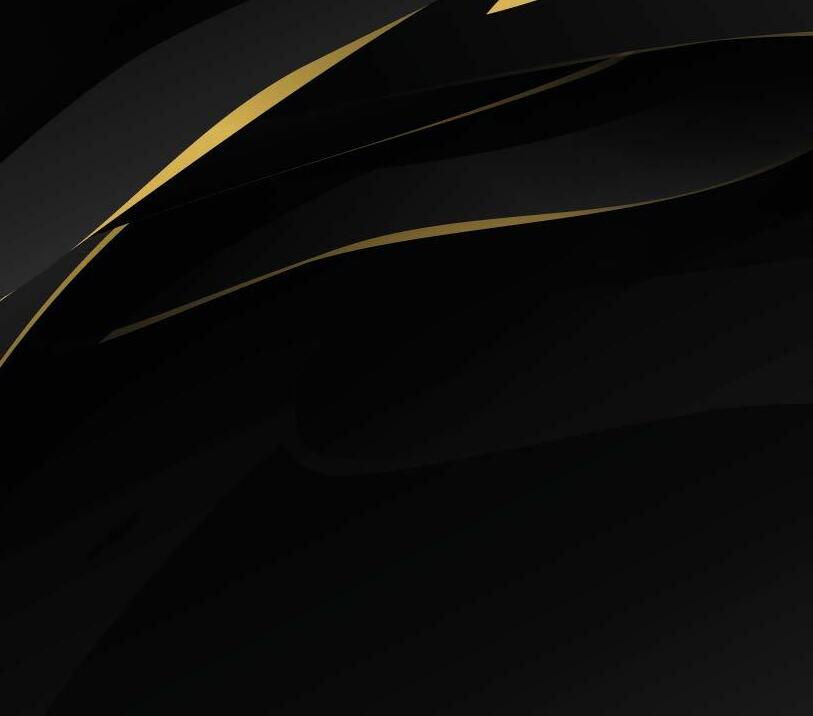
Top Contender European Championship with Andrea Boscarino Gold Champion Mares Italian National Championship 2025
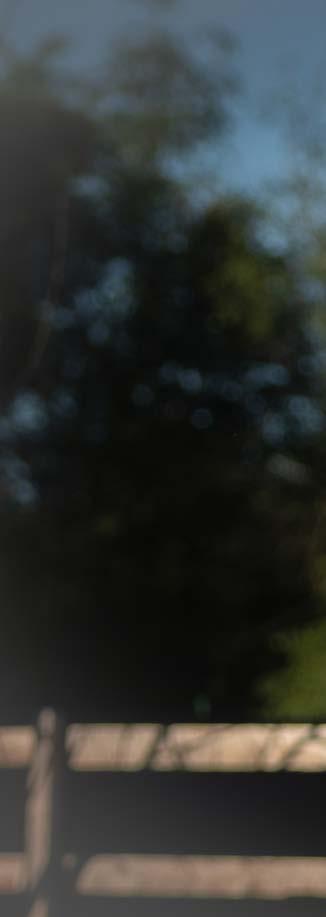
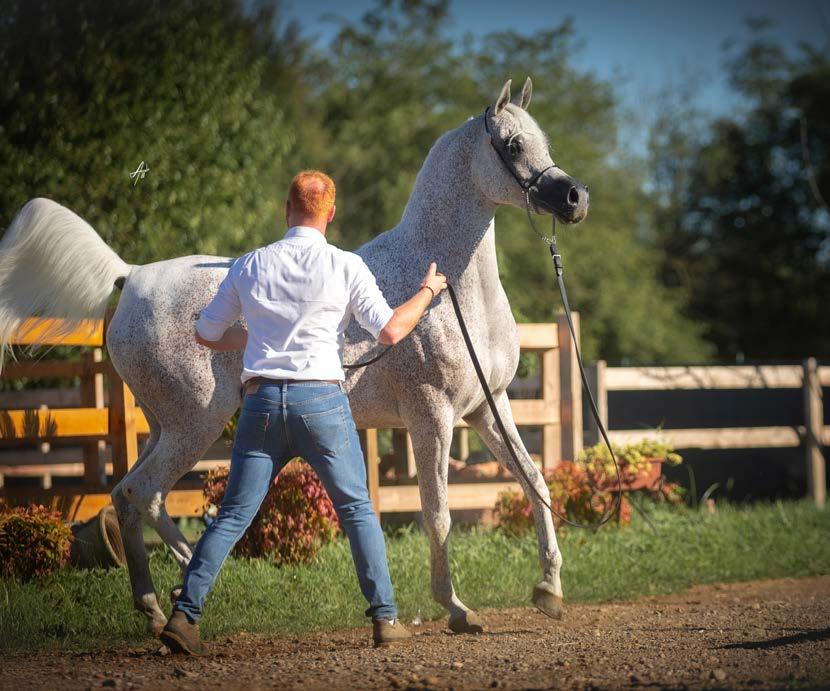
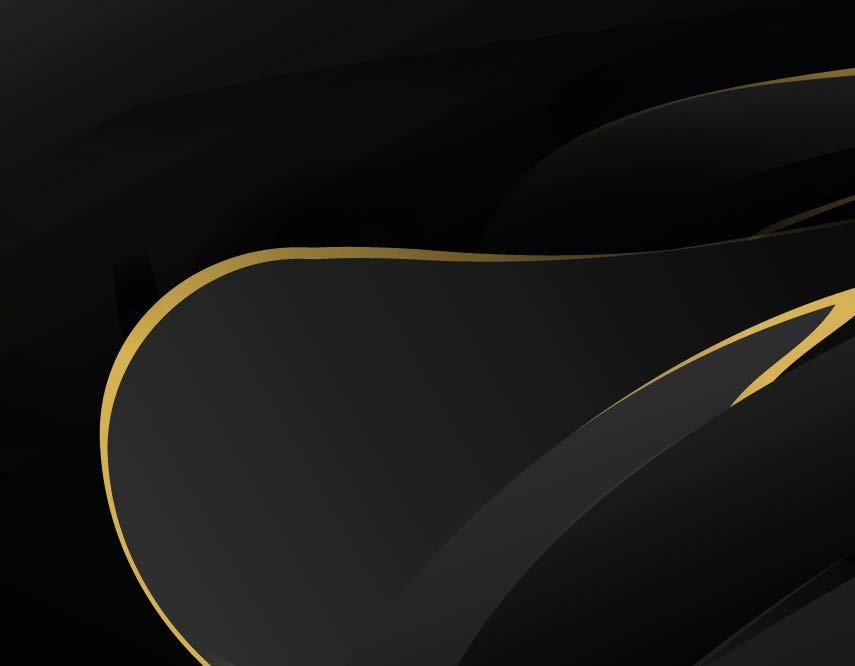
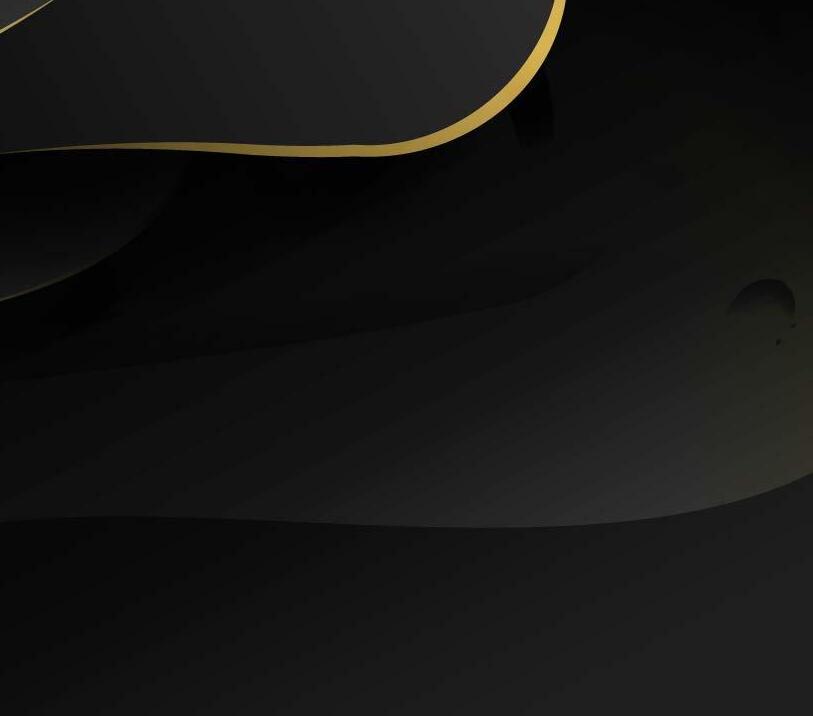
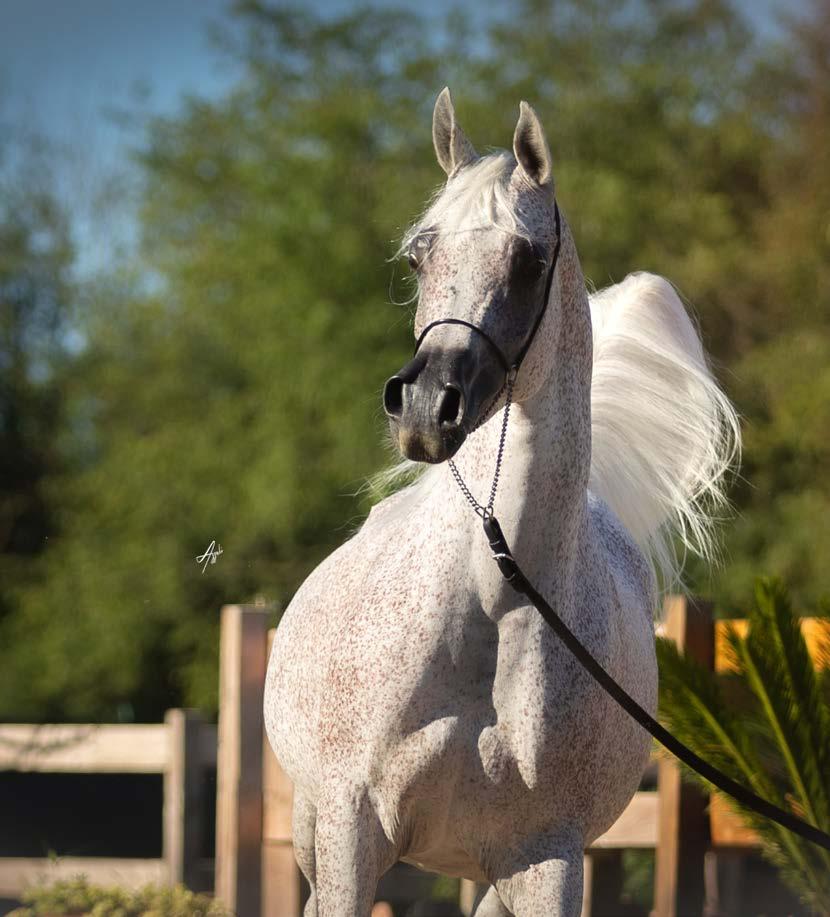
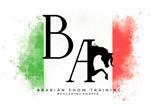

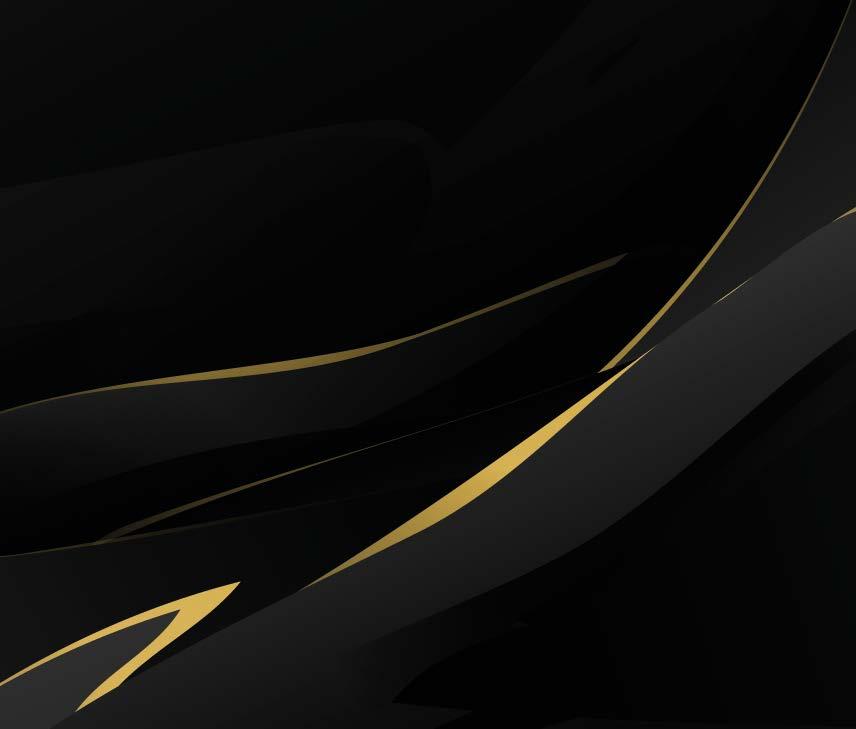
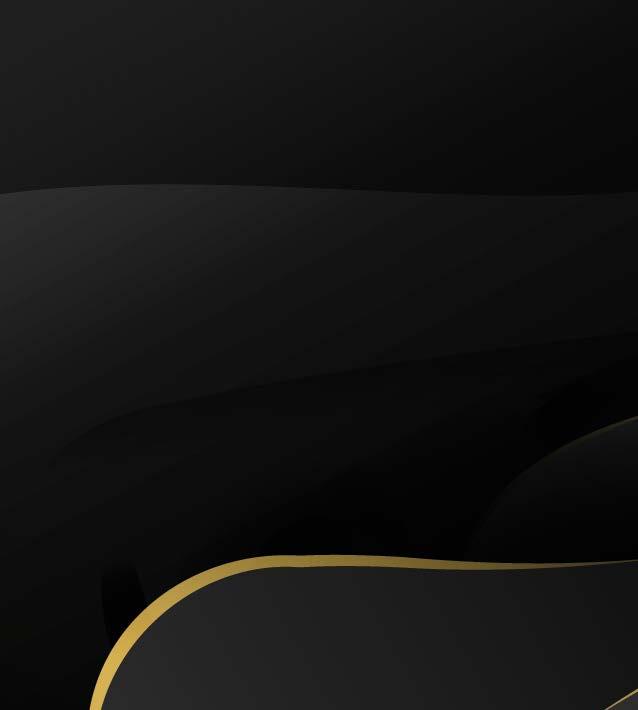
Gold Champion Jr Colts | Italian National Championship 2022
Gold Champion Jr Colts | Montefalco Arabian Summer Festival 2021
Gold Champion Yrlg Colts | Montefalco Arabian Summer Festival 2020


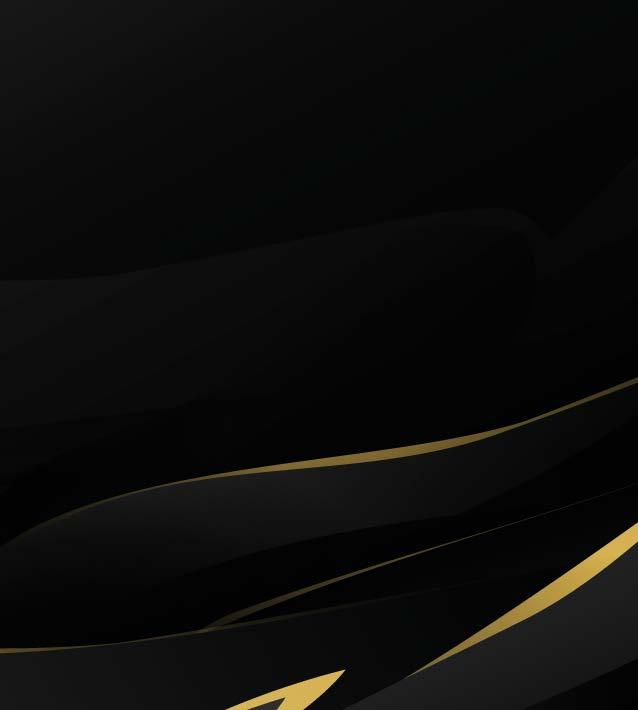
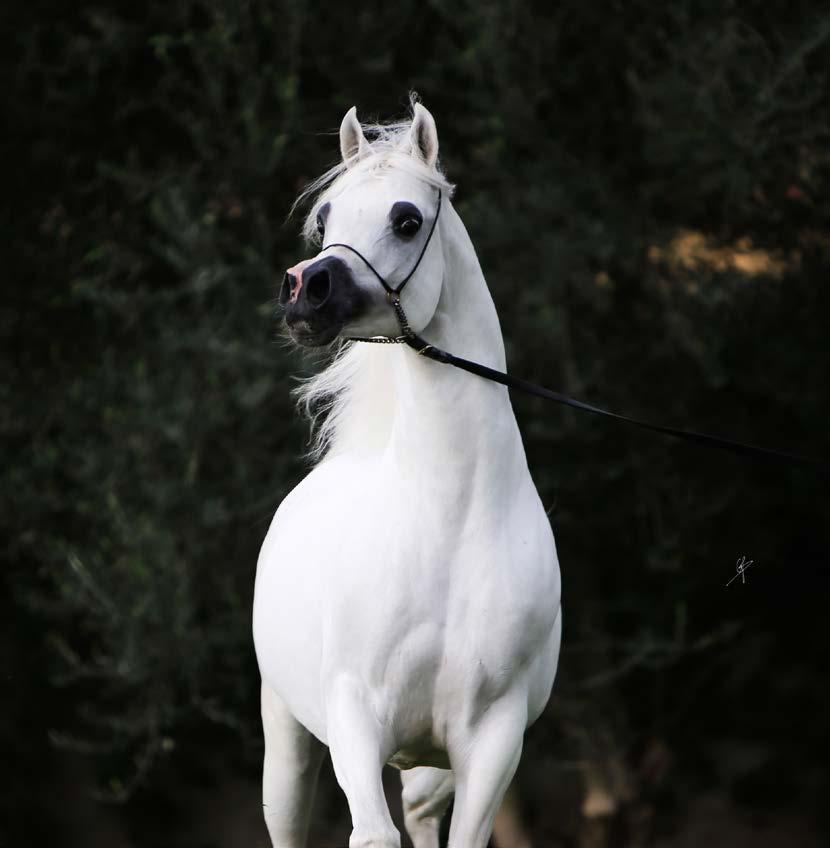

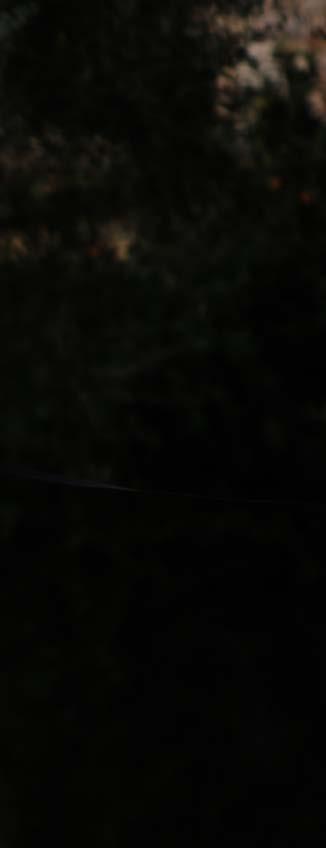
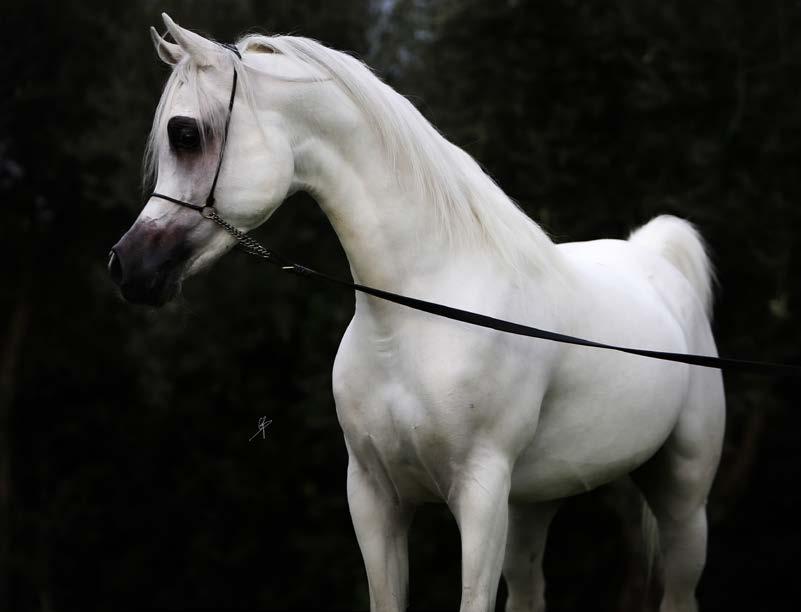

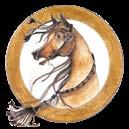
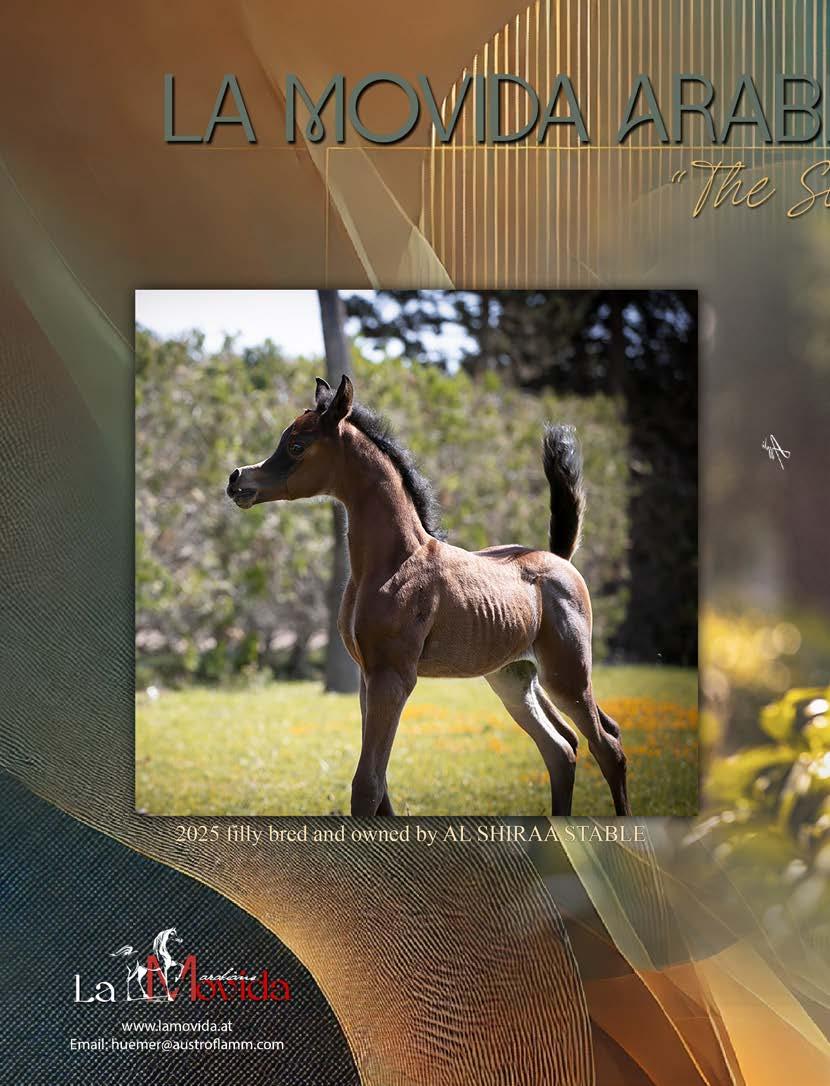
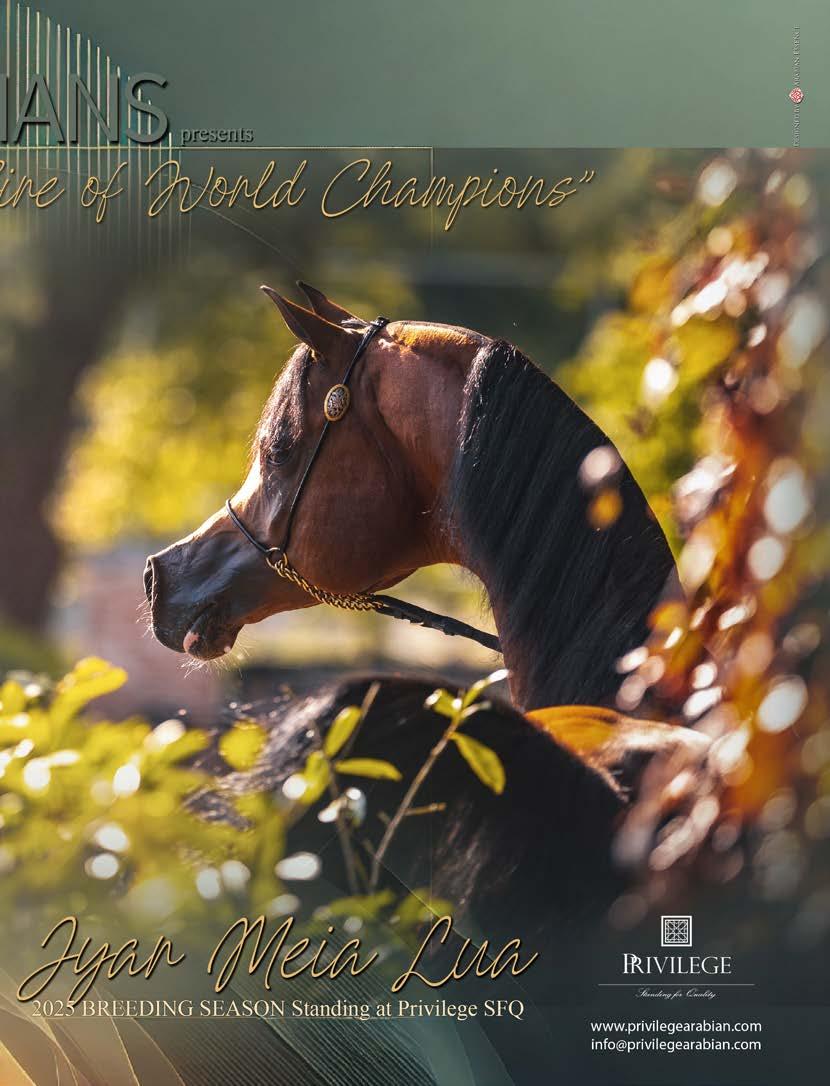
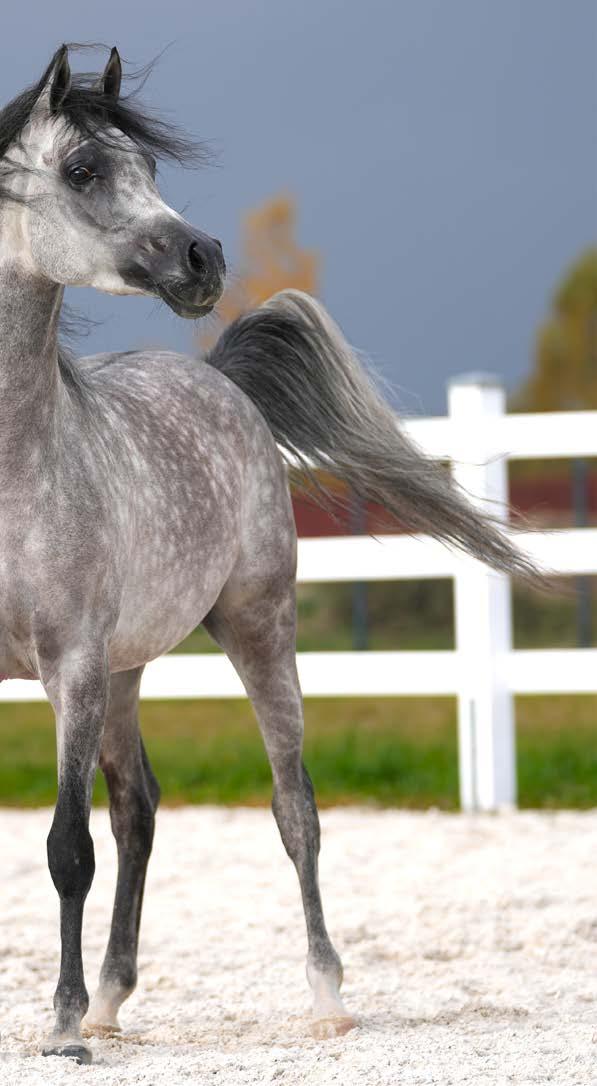
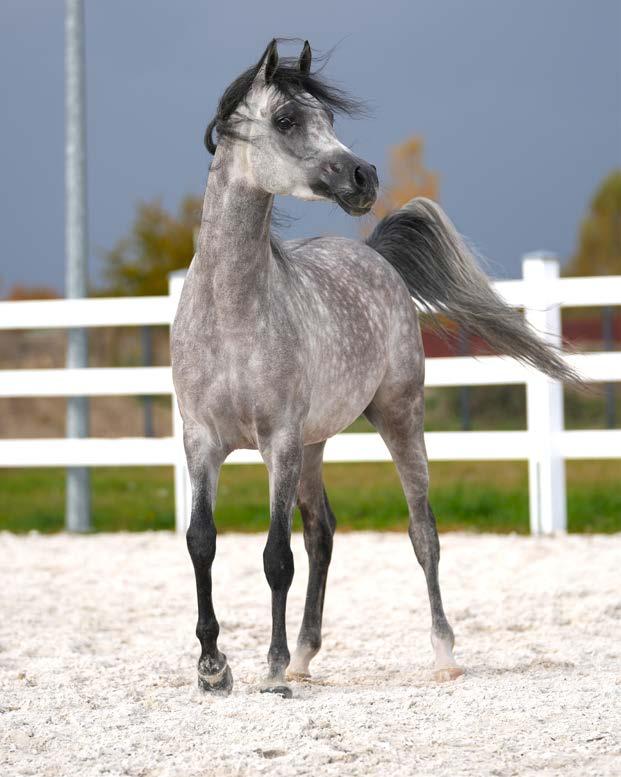
GOLD CHAMPION JUNIOR COLTS | ECAHO EUROPEAN CHAMPIONSHIP 2024
GOLD CHAMPION JUNIOR COLTS | POLISH NATIONAL AHS | PRIDE OF POLAND 2024
SILVER CHAMPION JUNIOR COLTS | 34th JUNIOR SPRING SHOW | BIALKA 2024
SILVER CHAMPION YEARLING COLTS | POLISH NATIONAL AHS | PRIDE OF POLAND 2024
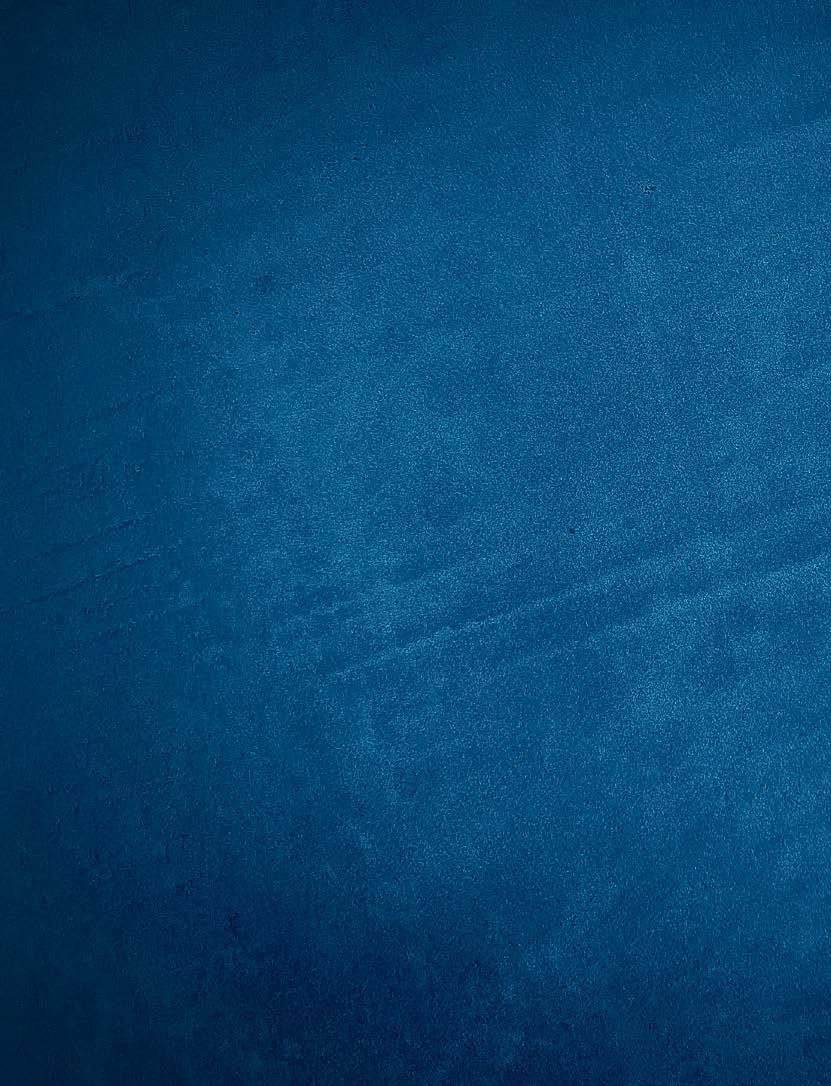
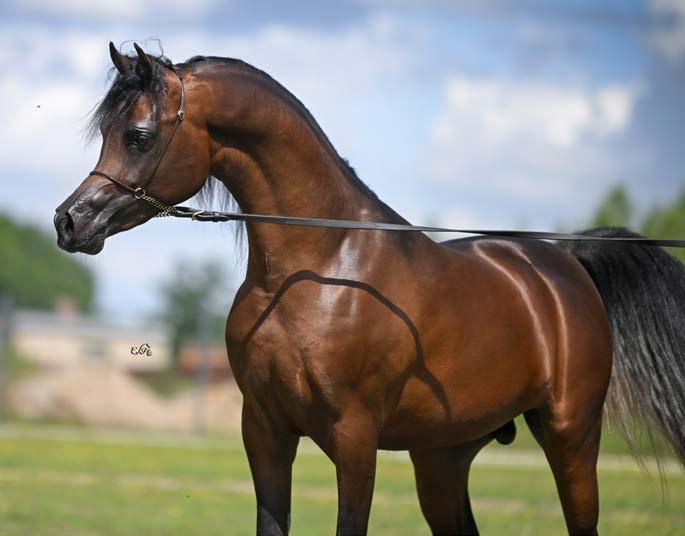
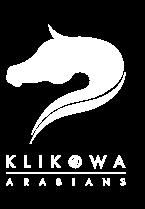
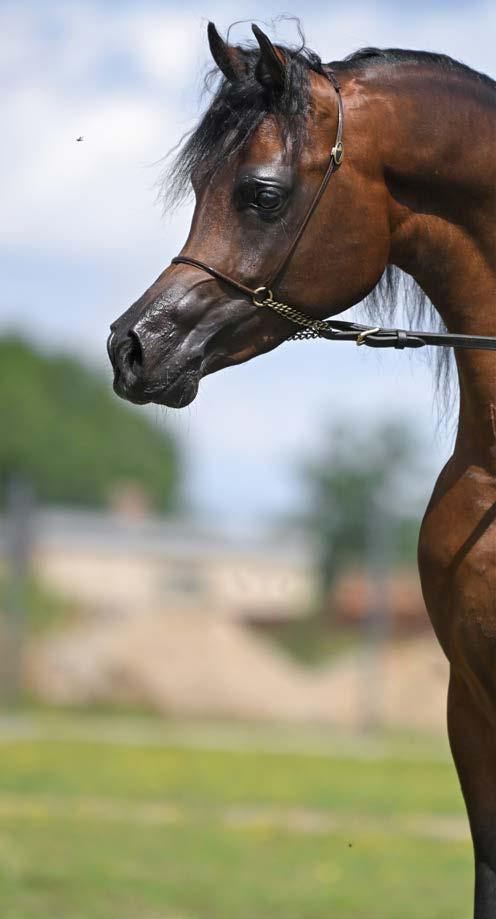
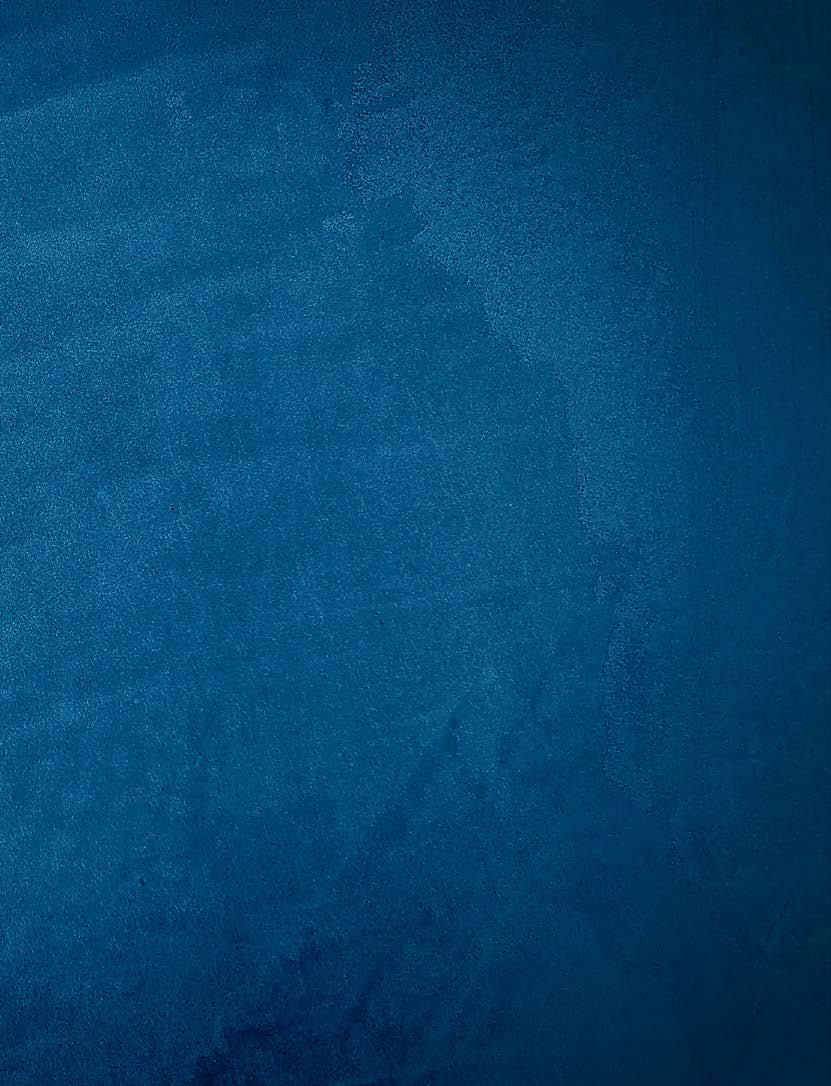
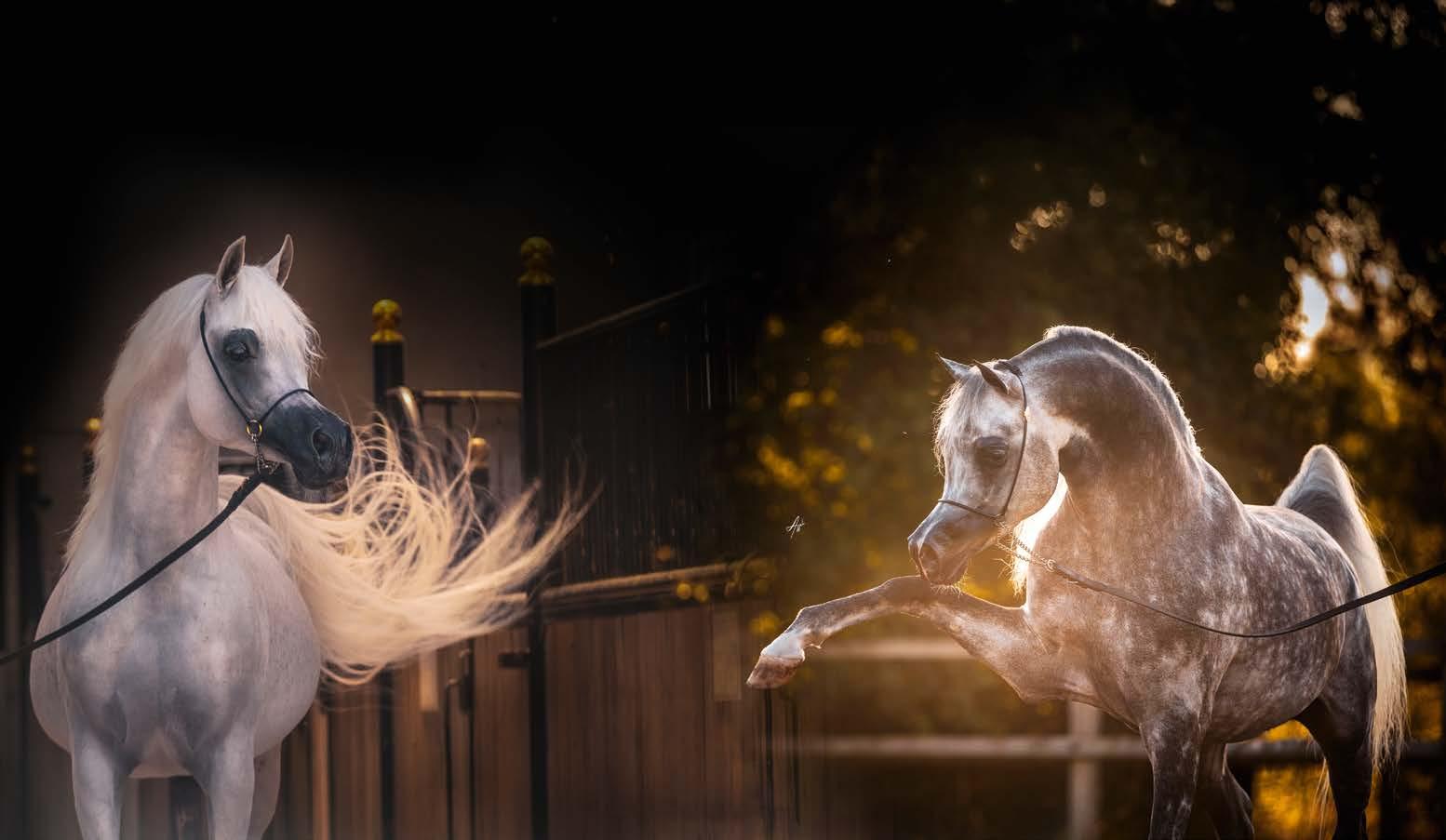

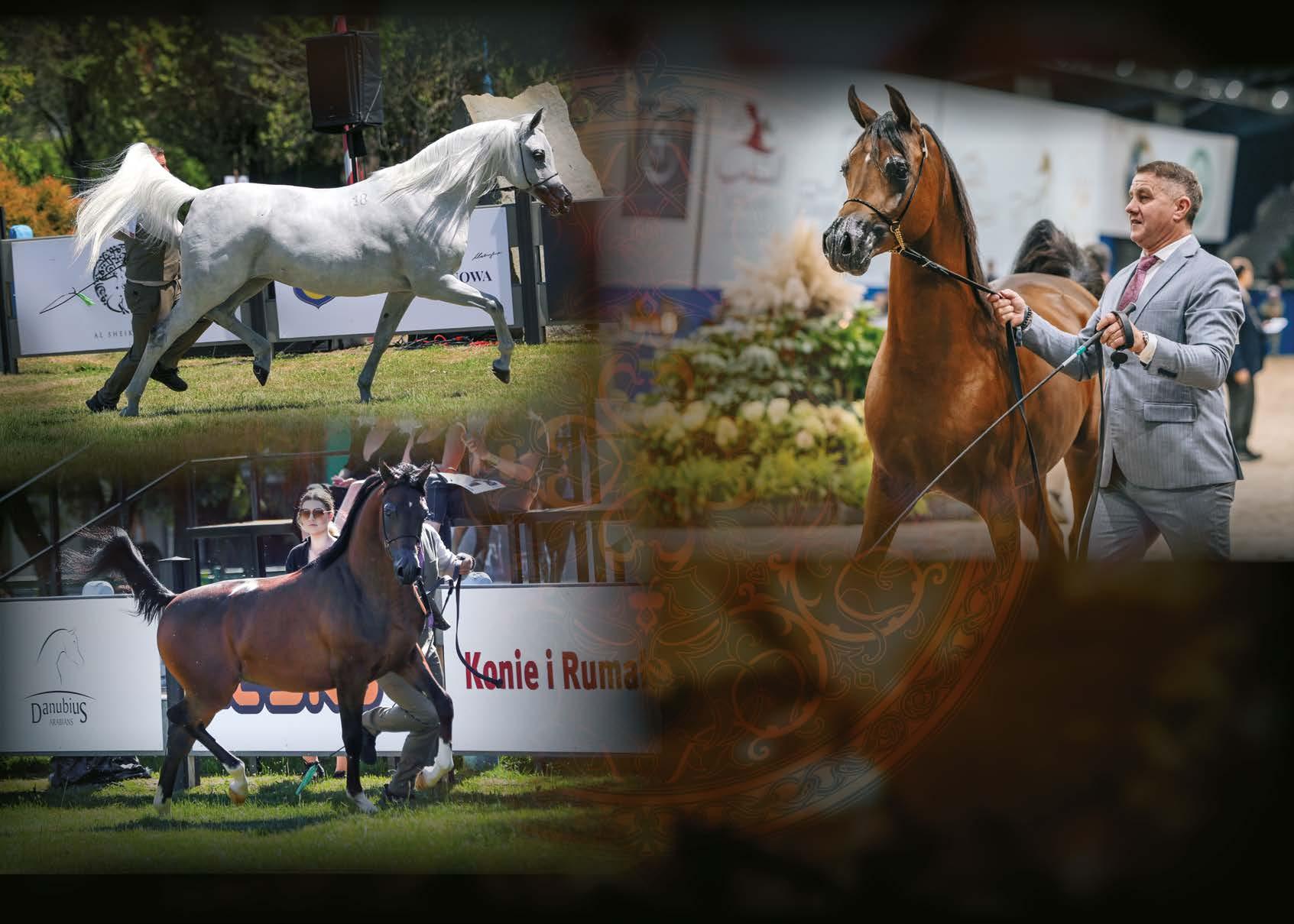



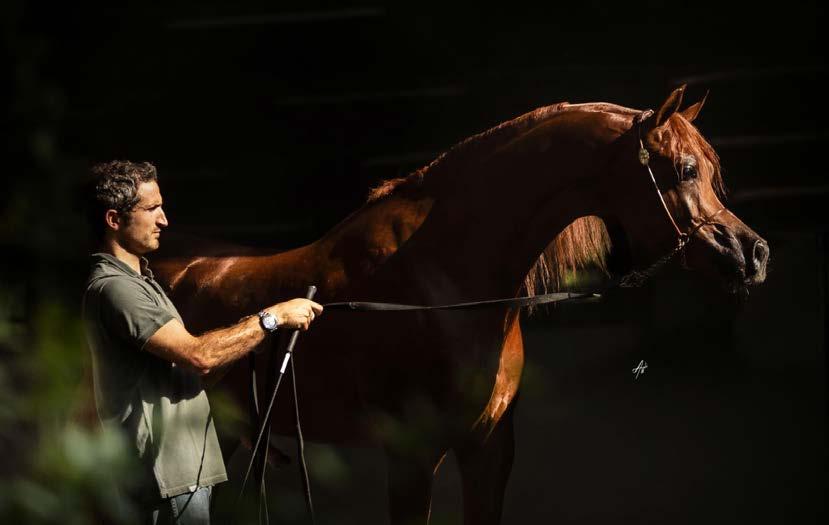

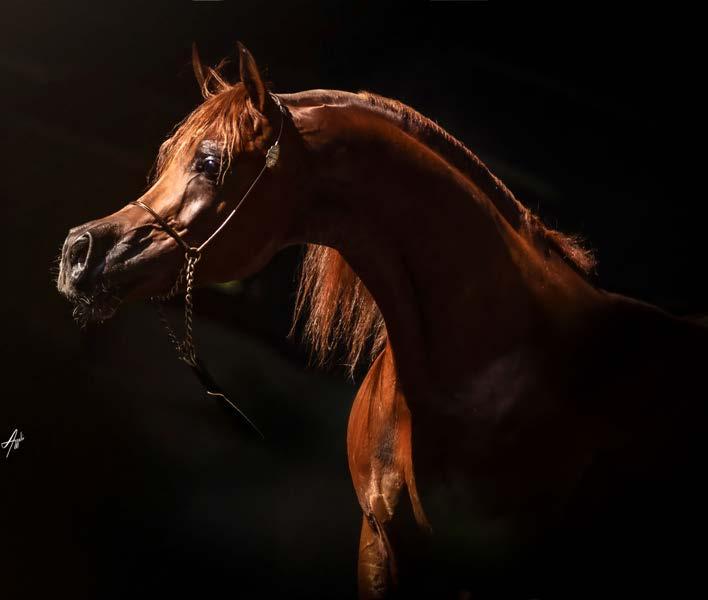

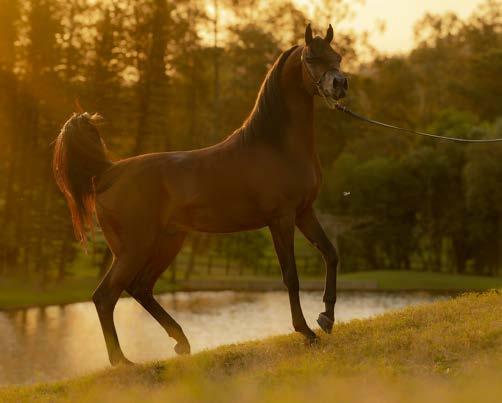
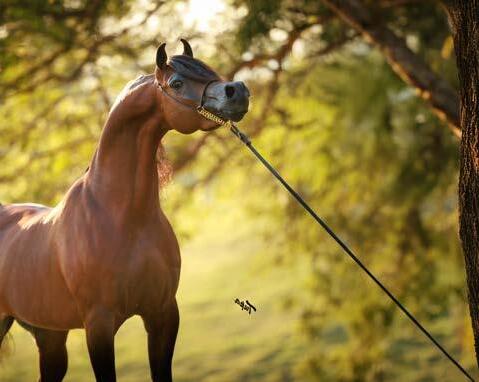
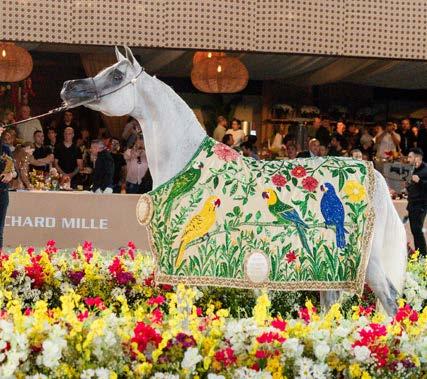
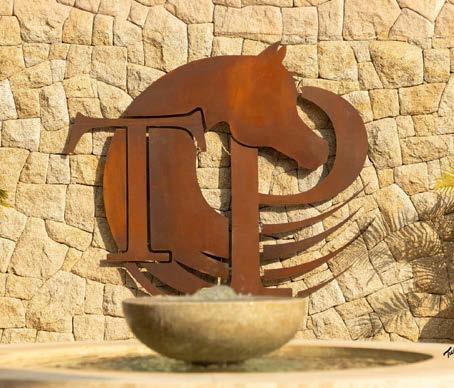
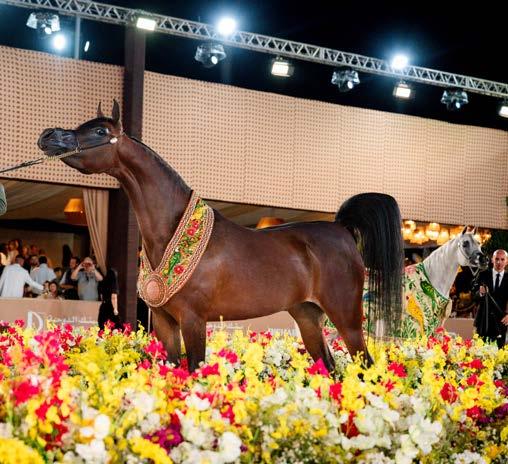
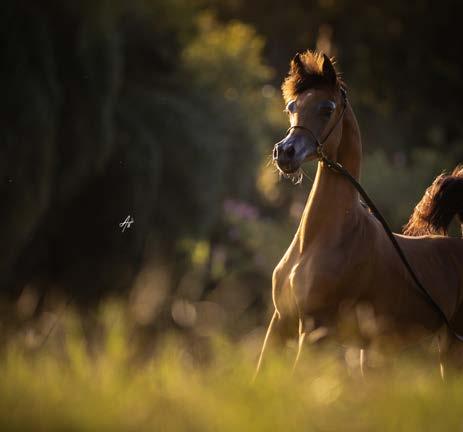
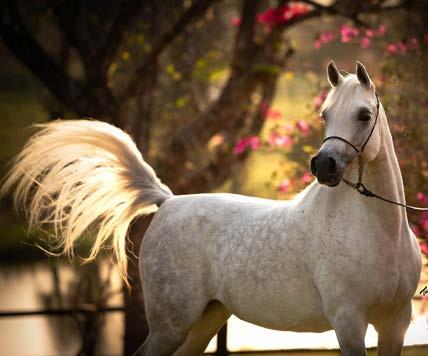
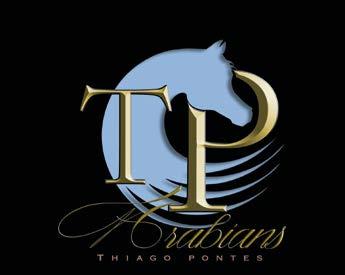
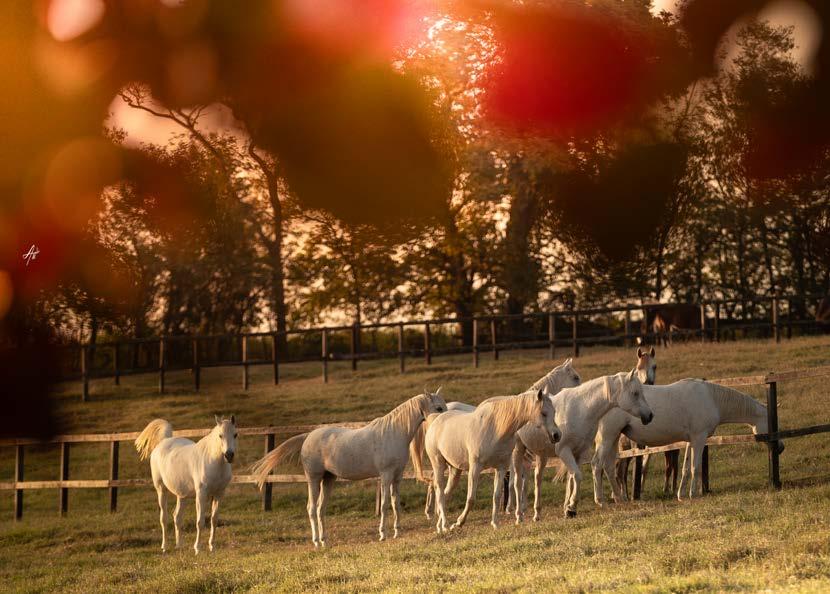
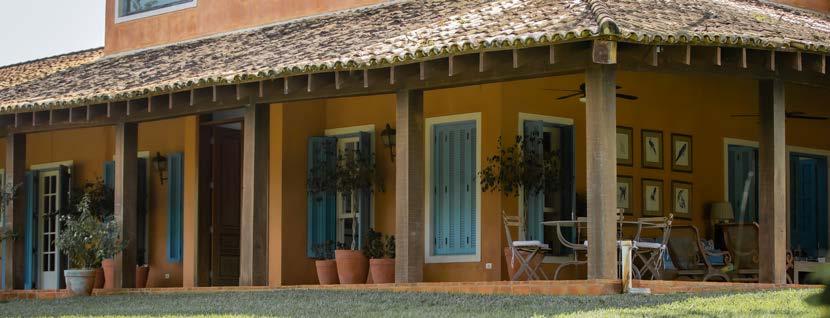
by Mario Braga
Some months ago I took the initiative to approach Thiago Pontes, owner of the famed TP Arabians, to talk about the possibility of me writing a piece on his farm and on his comeback to the Arabian horse scene after such a long gap of time.
My main interest in creating the text was indeed to report the amazing work done at TP Arabians in the present time but it seemed clear to me that the roots of his recent meteoric success was deeply linked to many events that took place before and in the course of his previous twenty-year absence.
Though it seems that I was in the right lead on that matter, I have to admit that spending the weekend with Thiago and Kamilla, learning their life story and watching them interact with each other, their horses and the farm´s daily activities, has opened a whole different perspective to me in regards to my respect and admiration to the legacy they created together and therefore to the course of this very article.
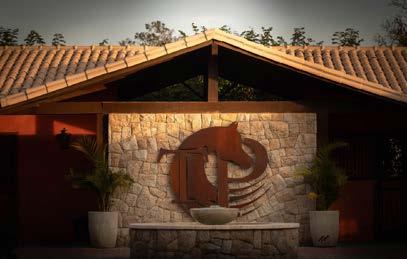
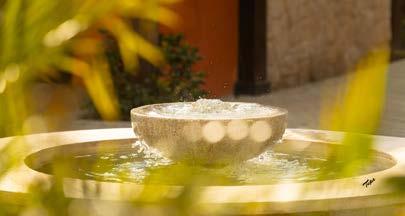
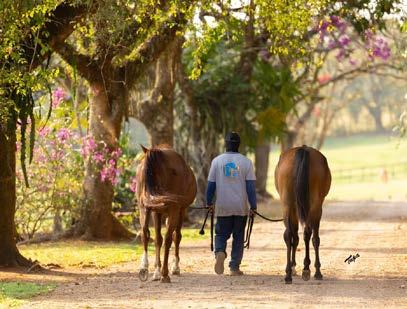
Thiago began his journey with Arabian Horses as a teenager, in 1991, when his father José Walter founded Haras Wanu and purchased their first three purebred mares namely An Malagueña, a daughter of An Malik, Jur Fashala, a daughter of the Straight Egyptian import Abbas Pasha with a filly at side and Jur Kamilla, a daughter of the iconic Prichal and a full sister to the legendary Jur Gleenchal, the first Brazilian born to be named Brazilian National Grand Champion Mare.
The first taste of competing at a horse show came in the same year, when the afore mentioned daughter of Jur Fashala, Jur Natalyn (by Bronnz), competed and placed well in the foal at side class at the Brazilian National Show. From that moment on, the show ring became a passion that Thiago would always carry with him.
The year of 1992 brought another National win, this time with the homebred HW Bransk, a son of Jur Kamilla and the National Champion AF Festival, who won his junior colt age class at the show.
According to Thiago, 1992 was also the year that his fancy for auctions has started. That was the year of the herd dispersal of the famous Haras Santa Gertrudes the home of the incomparable El Shaklan not to mention the world´s largest collection of Padron daughters and a fantastic group of mares and stallions. It was such a big herd that a total of five auctions had to be organized to accommodate all the sales. Thiago dreamed of buying many of the famous names in the sales list, that were also the dream of many breeders back in the days. There were some big players bidding in the sales and it was tough to be the final bidder at any given lot. But luckily one of the mares that Thiago had marked, Hal Sheeha NA (Hal Gibby x WN Shannon), was one the last lots of the last auction, allowing he and his family to purchase her.
Hal Sheeha NA came in foal to none other than El Shaklan, and that cross had already proven to be successful by producing two beautiful daughters, Shadra
NA and Samara NA. The resulting foal came in 1993 with the birth of the legendary mare HW Egyptian Art, a mare that was later purchased by Ailton Braga of Haras Carol and became 1997 Brazilian National Reserve Champion Mare, who was later sold to Al Zobair Stud in the UAE, where she established a strong family of champions that include the famous stallion, Sharif Al Zobair.
The period between the years of 1994 and 1999 brought a break from the show ring in the horse department. In the meantime, it represented a personal transition in many levels on Thiago´s life marking his passage from a teenager into adulthood. He started to work with his family, while entering business school and most importantly, in 1997, he met the person that would be his life companion and future wife, Kamilla.
A trait that surfaced in the following years in the young adult Thiago when it came to the horses was his disposition for venturing into risk taking. Having the support of his girlfriend Kamilla backing his love for the horses and the shows, and despite not having big financial resources, it was during this period that he bet on horses that were yet to be proven, using his incredible ability to foresee scenarios and, as he likes to say, with the eventual help of fate. It was no doubt a bumpy phase, but with some defining moments that would endorse Thiago´s incredible eye for quality horses and future champions.
That is how in 1999 he approached the great Polé Levy of Haras Capim Fino about purchasing his stallion Dyorchall HCF, a beautiful grey son of Don el Chall, that despite being named Brazilian National Top Ten Stallion that year, was among the group of horses whose bloodline´s purity was being questioned in the U.S., while never in Europe, taking down the market value of some truly outstanding animals. Using that valid argument, he was able to afford Dyorchall´s purchase and campaigned him impeccably in the following year
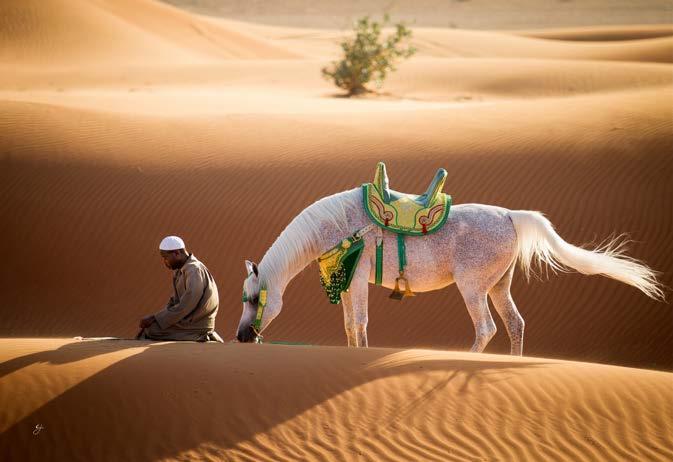
winning the National Champion Stallion title with him, against all the odds, leaving behind all the favorites contenders for the title. Dyorchall HCF was later exported to Europe where he served as a sire and won several shows.
Between the years 1999 and 2000 he also gained recognition by discovering the beautiful mare HP Talya, a daughter of the great Shahllenger with a similar dam line bloodline situation faced by Dyorchall HCF, to whom he campaigned to 2000 Brazilian National Top Ten Mare, before exporting her to Chile. The Khadraj NA daughter NNL Scandall Nashana was another success story. A mare that he bought and campaigned to 2000 Brazilian National Reserve Champion Mare title who he then resold for a six-digit figure to RA Aloha Arabians, the owners of Khadraj NA himself. That sale allowed him to buy a new group of horses that included the young stallion Fayd el Jamaal from Haras Meia Lua and a selected group of fine broodmares from different sources to breed to him.
It was around that time that the winds began to change in Thiago´s life. On the upside he and Kamilla finally got married in 2001, but a family fall out led him to leave the family business and start his newly wed life practically from scratch. Those were hardship days, and the horses they loved so much had to be sold. He and Kamilla held on to each other fighting and overcoming many battles together and hanging on until things gradually started to settle down again. But the pain of parting with the horses became a trauma for them, and for that reason the subject of Arabian horses stopped to exist overnight. It was never brought up.
Time went on and in 2003 Thiago was admitted in a trading company as an intern, a place that allowed him to prove his competence and gave him the possibility of growing professionally until 2019 when he became a partner in the firm. In the meantime, their sons Matheus and Nicholas were born, they were able to move to a beautiful house and life was taking its course. But the subject of horses seemed to be buried forever.
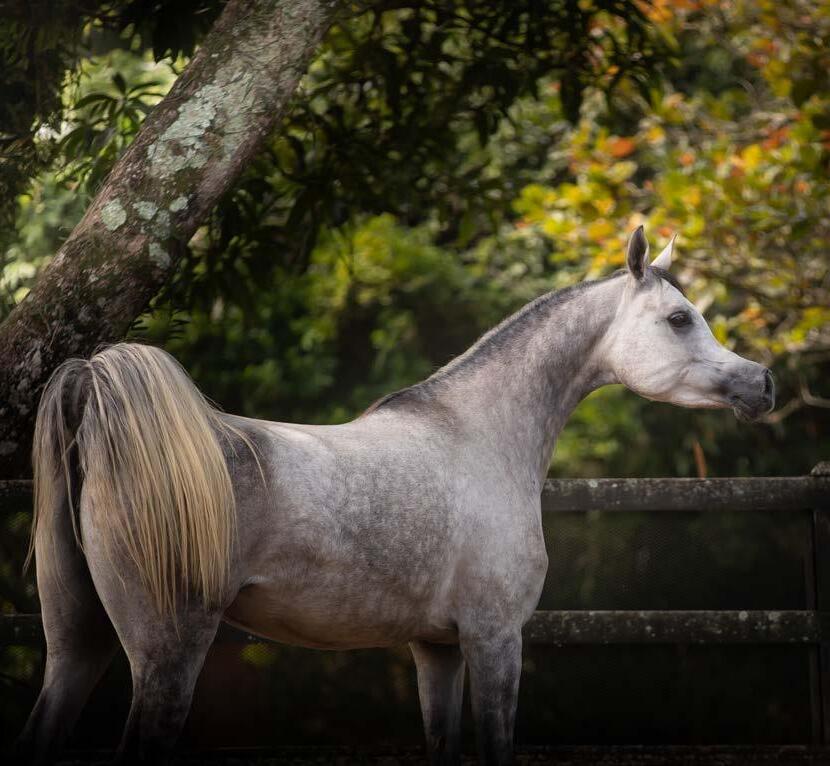
But then in 2020 the world went upside down with the covid pandemics, and so did their lives. Kamilla decided to move to her father-in-law´s farm with the kids, while Thiago stayed in São Paulo working, meeting them there every weekend. That farm was the former Haras Wanu, where it all started, so it was inevitable that the memories of the horses would find one way or another the emerge eventually.
According to Kamilla, one day she and her sons discovered a room full of trophies and magazines filled with pictures of their horses and them during their victories in the old shows. Her sons who were not born until 2004, and who have never had contact with horses before were so impressed to learn that her parents have been so successful in the past that they started asking Thiago to tell them stories of those times. It lit the flame back into his heart as well as in Kamilla´s. He started watching Youtube and Arabian Essence videos of more recent editions of the Brazilian National Shows, not to mention the classic Black Stallion movie too, several times!
He had kept an occasional contact with Luiz Rocco on the social medias, one of his friends from that time. The idea of having a horse once again was becoming stronger by the hour so he decided to contact Rocco to help him find an outstanding broodmare for him. That is how the beautiful grey mare Valentina HBNS (Pantheon MENS x Natasha el Kayn by Kayn el Fayd) came into their life in that same year of 2000. Interestingly her mother was a granddaughter of one of Thiago´s former stallions Fayd el Jamaal. Her arrival at the farm marks the new chapter into the Pontes family venture with their Arabian horses, the first step to what would become TP Arabians in the following years.
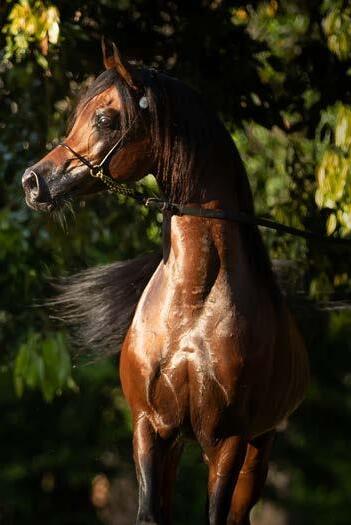
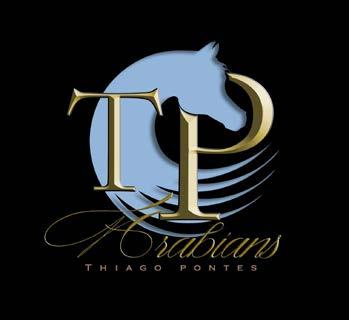
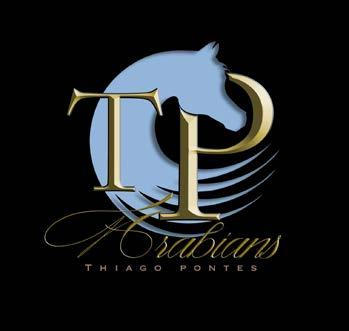
The first purchase led to the addition of two more mares, Ellusive Meia Lua (El Jahez WH x Elluzia Meia Lua by Enzo) and Shanel el Madan (Shael Dream Desert X Shah el Chall HSAN by Don el Chall). Together they set the basis for the launch of a formal breeding program.
The emotional impact of Valentina´s arrival at the farm was very strong among the whole family leading Thiago to pursue and purchase her father Pantheon Mens (FA El Shawan x JR Burgmany by Burman HVP) in the following November, in order to achieve similar results within his own foal crops. Later on, a half siter to Valentina, the beautiful bay ROA Aruanda (x Amagzonia Madsen by Magnum Psyche) was also purchased. Five years later the importance of this family at the farm keeps growing strong and to prove that, Thiago Pontes has purchased Alana HVP, the maternal sister to Pantheon (by El Tino) as well as his incredible mother, the Brazilian Aristocrat JR Burgmany herself.
The arrival of Ellusive Meia Lua represents all the reverence towards the breeding philosophy of Lenita Perroy that Thiago and Kamilla carried with them through all the years. A daughter of the Brazilian and U.S. National Champion Stallion El Jahez WH out of a granddaughter of the incomparable Elle Dorada she is a grey mare of incredible beauty and femininity.
Also, from the Haras Meia Lua breeding came the stallion Jytan Meia Lua, purchased from Haras Estanicia California, who is also a son of El Jahez WH out of Jyvara El Maktub, a daughter of RFI Maktub and the beautiful Jiullya el Jamaal. He traces, from both sides of his pedigree, to one of the best families developed by Lenita, the “J” family, initiated with the distinguished Bey Shah daughter NV Justa Dream who was the mother of the worldwide revered mare Jullye el Ludjin. From Jullyie came a number of internationally acclaimed horses such as Jullyen el Jamaal, Jyar Meia Lua, Julliusz de Wiec and his son El Jahez WH and
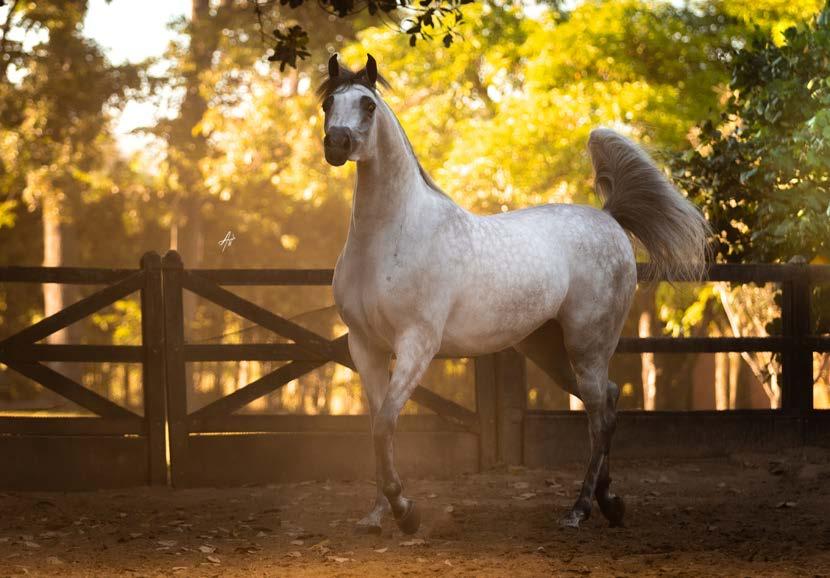
two full siblings by Jahez and Jyvara, both outstanding sires, the bay Jyvar Meia Lua and the grey Jytan Meia Lua. A full sister to Jyvara, the white beauty Jioya Meia Lua is now part of the broodmare band at TP Arabians as well as the beautiful daughter of Jyvar Meia Lua, Jyvadora EMV.
A look at both Jytan and Pantheon will clearly indicate that they are very distinct in type and yet they complement each other very well, both phenotypically and genotypically. Jytan is a tall grey with an exquisite head, long neck, elegant tail carriage and fluid movement while Pantheon is a balanced bay with a short back,
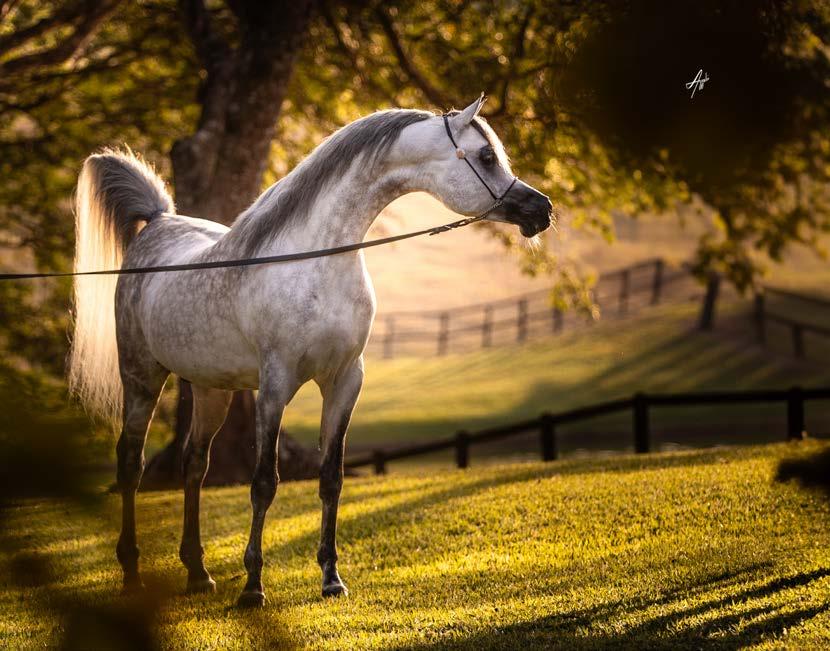
correct structure, straight legs and show attitude. Both of the stallions have produced several champion offspring to their credit. During the first couple of years Thiago worked with the idea of crossing part of the mares with Pantheon and part with Jytan, but ultimately the goal was to cross Pantheon to Jytan daughters and vice versa.
To that extent, despite the short time to put this idea to practice, some very nice babies were born by Jytan out of the grown Pantheon daughters, Valentina HBNS and ROA Aruanda, with special focus to Andreeva TPA a beautiful 2024 dark bay filly out of Valentina HBNS who I had the chance to see up close. She has a beautiful face and very pretty overall, summoning up and answering the expectations from this cross. She
was awarded with a third place in her yearling filly class at both the Brazilian Nationals and the GCAT Show.
Jytan Meia Lua is also the sire of the reigning Brazilian National Gold Champion Filly Livia JSZ (x Domitilla UB), bred and owned by Jorge Selume of Haras Santa Marta, who emerged victorious at one of the show´s toughest championships proving the quality and relevance of her breeding.
But before moving forward with some very important events that have been shaping the future of the farm, it is key to outline the process of how Thiago and Kamilla found the place of their dreams where finally the project of TP Arabians would be solidified and developed.
January 21st of 2023 is a landmark for Thiago and Kamilla Pontes. That is when they spent their first night at the farm that would become the official address for TP Arabian from that day on. A place that had been previously hosted the traditional Haras das Paineiras owned by Rodrigo Lorenzi, their close friend and partner on some of their horses.
The first time the Pontes couple and Rodrigo met was in 2020. They were still at Thiago´s family property sharing the facilities with his father and brother. It was important for them to have the family support with the new beginning. But as time went by it became evident that their dream involved having a farm of their own. They visited Rodrigo who had a beautiful facility not far from where their horses were. It was love at first sight for both! Rodrigo had mentioned that he was slowing down the breeding operation and that he might sell the farm after the pandemic was over.
The following three years served to solidify their friendship and Rodrigo Lorenzi´s assistance during that period was pivotal for them to make a smooth and successful transition to the new farm, amidst the normal problems and challenges of any change. The farm was officially acquired at the end of 2022.
It was also the time for them to make plans, to add some outstanding new horses to the herd, to picture themselves, their kids and the horses into the new scenery. There were some difficult choices as to let go some of the previous purchases to make room the new acquisitions.
Beyond the physical location, the new farm represented a big shift in Thiago and Kamilla´s orientation in regards to their horses. Though the show ring will always be a passion, now they were finally in love with the reality of developing their own breeding program.
The first one to move in was their pasture manager. Then the pasture mares came alongside the manager in charge of the stabled horses. Then the show horses arrived.
And then came Maximillion NA.


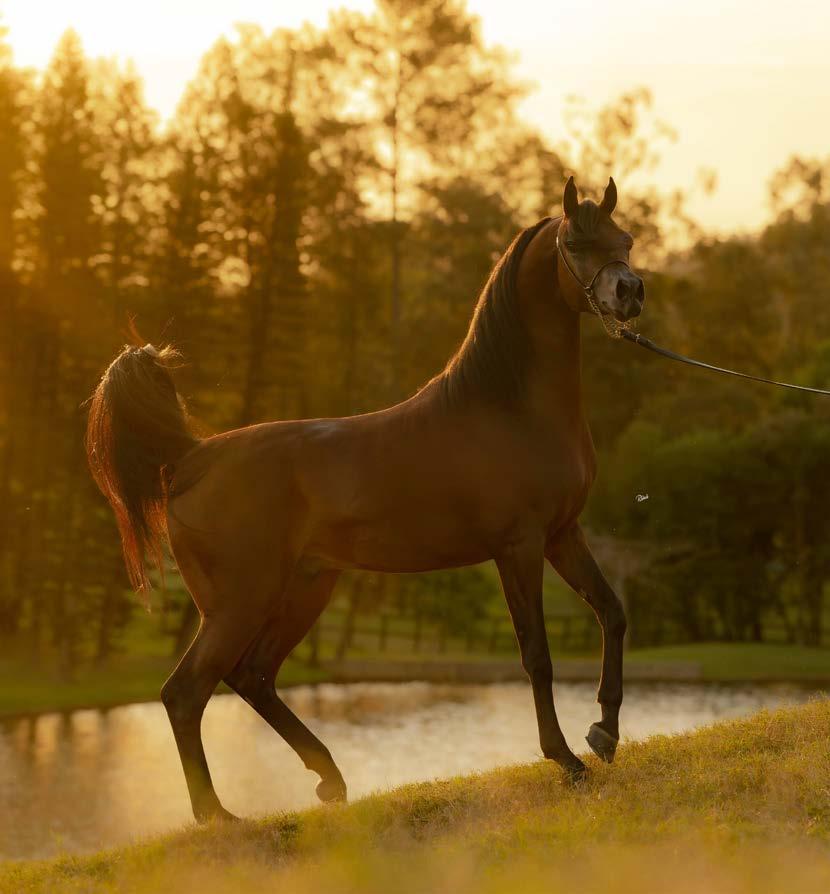
After watching the first babies by Maximillion NA excel at the Brazilian National just a few weeks ago makes me wonder how fate can sometimes play a big part in our history. And some things just happen at the right moment.
Maximillion´s arrival in Thiago´s and Kamilla´s life was unexpected. They were not specifically looking for a stallion when they received a call from Dejair Silvestre about a very special colt he had seen in Scottsdale, where he had just won the Junior Colt Class at the International Show, that was different from anything else out there. After some further exchange of information, based on their long trusting relationship with Dejair and on a strong gut feeling that he was the right horse for the program, the decision was made to purchase him.
He arrived in Brazil as a yearling in 2022, just in time to compete for the National Junior Colt title where he became Bronze Champion. A year later in 2023 he came back to claim the National Silver Colt Championship. And finally in 2024 he conquered the highest honor at Nationals winning the Gold Young Champion Stallion tittle. It was then time for him to start his hardest test yet, that of becoming an outstanding sire.
Maximillion NA is an impressive and beautiful bay stallion with an impeccable pedigree, being a son of Dominic M out of Makala NA, a true representative of the famed North Arabians breeding being a daughter of Ever After NA out of a Padron´s Psyche daughter who is out of the dazzling Bey Shah daughter WA Marlaina Lee.
The show credentials and his bloodlines were all pointing to a good path, but it was not until the first babies hit the ground in the end of 2024 that the confirmation was given. Maximillion´s babies not only had a tremendous quality but they were incredibly uniform in type, displaying the best traits inherited from their sire. Big well-placed eyes, short heads, upright necks and square balanced bodies topped with a look at me attitude and beautiful tail carriages.
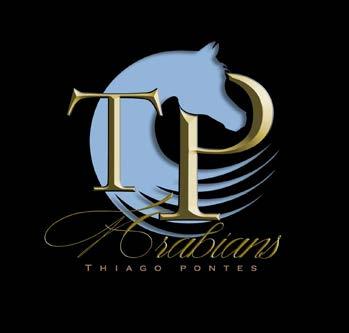
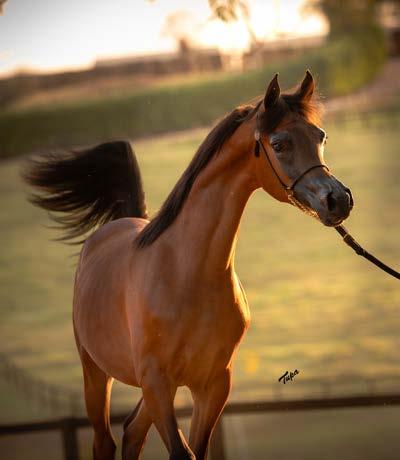
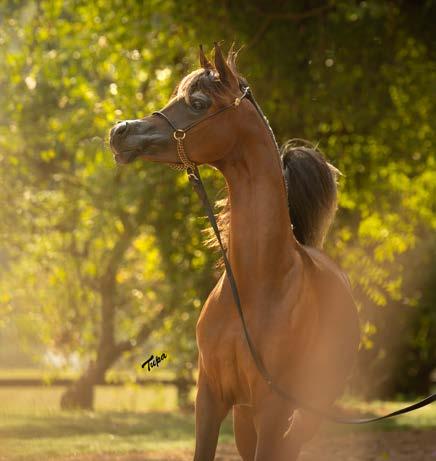
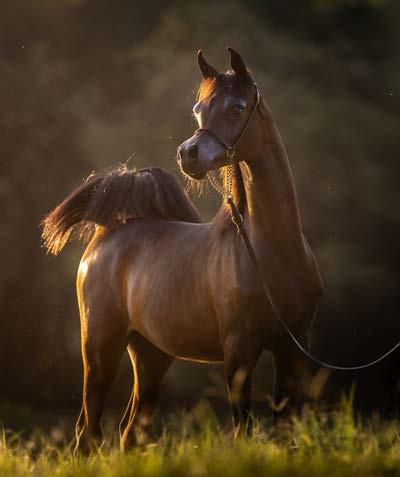
From his eight registered foals so far, three were shown and all have won ribbons at the 2025 Brazilian Nationals.
Astrid TPA (x Sweet Musique) was third in her junior filly class, whereas Achiles TPA (x Cherrie Yparadise JM) was second in his junior colt class and the amazing Aryna TPA (x Rhona Vul do Divino) conquered the Silver National Champion Junior Junior Filly title. Aryna TPA was one of the most talked about fillies at the show, with her amazing beauty and impeccable presentation.
The gut feeling was right. The handsome bay colt prevailed as the consummate show horse and as an accomplished upcoming sire, already at the first foal crop, stamping his type and making his mark within the building of the TPA brand.
But a stallion cannot make it alone when such a high elevated quality standard is pursued. To be able to assemble a group of outstanding broodmares and fillies to the herd is also key to achieve this goal. On that regard, Thiago and Kamilla have collected indeed a truly unique group during the last five years.
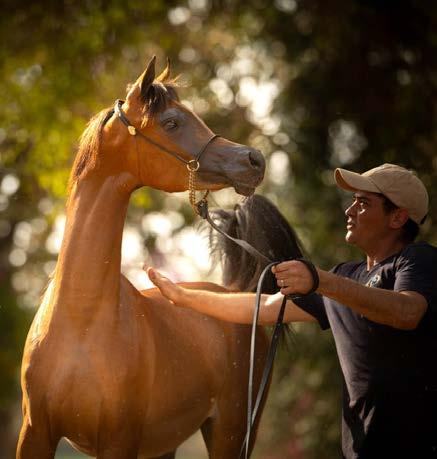
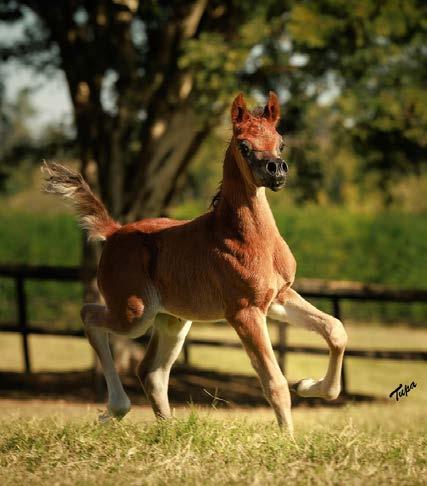
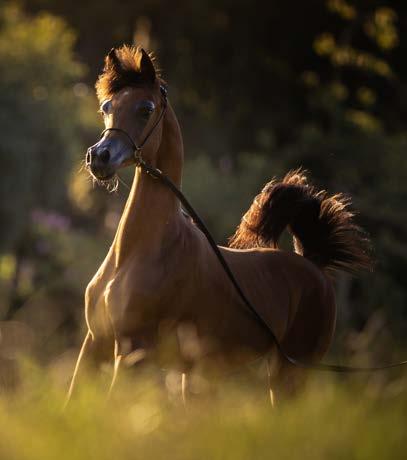
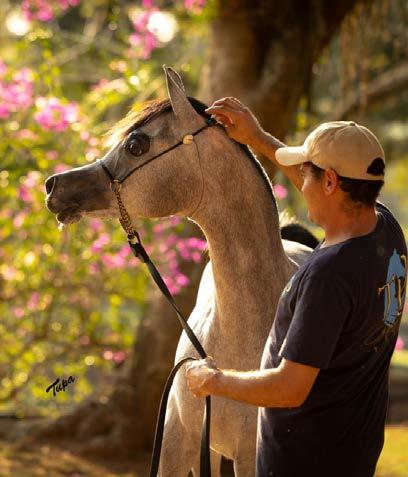
To list the entirety of the exquisite mare collection at TP Arabians would require a separate article. A fine selection of the best of the best acquired from great farms such as Haras Sahara, Haras Villa dos Pinheiros, Haras Aratinga and Haras Meia Lua just to name a few, are gracing their pastures in the present and producing the next generation of champions bred at the farm. Some of them were already mentioned above and some of these incredible individuals are hereby honored in the following lines.
Perhaps it would be wise to start with the mare that is on everyone´s thoughts after her absolute triumph at the latest GCAT edition in São Paulo. I am talking about the amazing Sephora K, a statuesque flea bitten grey of unique beauty who not only was named the Gold Champion Mare at the show but also was the highest scoring horse at the event. And to my own amazement, that was her first show ever!

A true testimony to the keen eye of Thiago and Kamilla who recognized her potential despite her never been shown before and also to her breeder, the renowned Murilo Kammer, of Haras Aratinga from where many worldwide famous horses such as the stallion Borsalino K and the World Champion Mare Robin K came from.
Sephora K is by the notable son of WH Justice, Parys K also bred by Haras Aratinga and out of a Sienna Carol, bred by the traditional Haras Carol, being a granddaughter of three icons of the breed, namely Khidar, El Nabila B and NV Gypsy Wind.

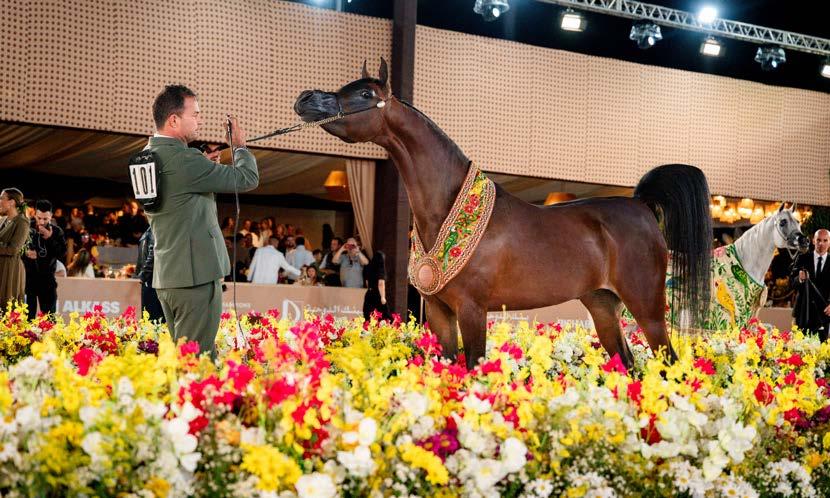
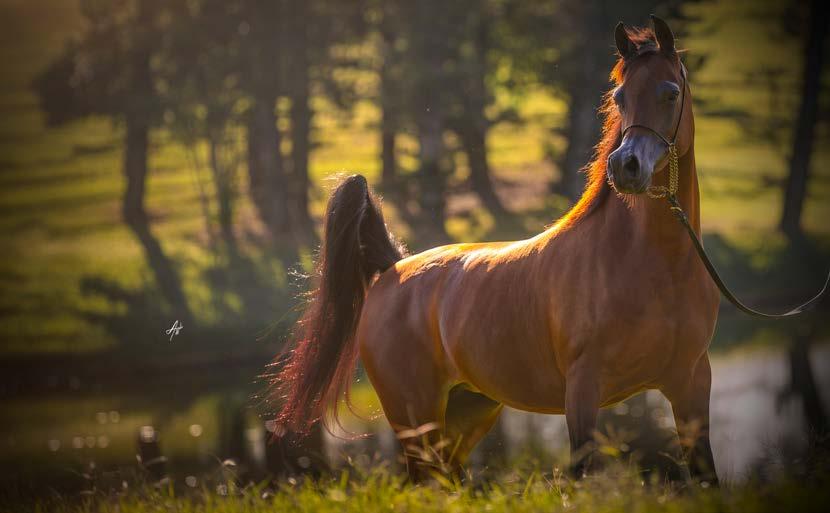
Preferida Rach is arguably the winningest mare in Brazilian Nationals history. She has virtually won every segment that a halter mare could win, starting with the junior filly championship, on to the filly, then the young mare and finally being crowned Gold Champion Senior Mare.
On top of that she is the mother of the reigning Scottsdale Grand Champion Stallion RFI Pavarotti, by RFI Unique, who was also crowned Brazilian National Gold Champion Junior Colt and Premium Cup Gold Champion at the Breeder´s Cup.
Bred by the traditional Rach Arabians, she is by the Brazilian National Champion Bandit SRA, a son of the immortal DA Valentino and the Chilean National Champion LL Albufera. Her mother is the Vulcano HVP daughter Persephone Rach, a mare that traces to one of the early foundation mares of the Saliba family, the imported Naborr daughter Peridot, the founder of their P line.
Though still very young and with the potential to still compete and win at the highest international level, according to Thiago, Preferida Rach´s show days are over. She more than earned her retirement and will spend the rest of her days with the broodmares at the farm’s pastures, producing beautiful foals.
Raniyah K is yet another superstar acquired from the breeding program of Haras Aratinga. Holder of a stellar pedigree, her father Nabucco K is a son of Ajman Moniscione out of a direct descendant of the aristocrat Bint Bey Shah.
Her mother, Rowena K, is a daughter of World Champion Stallion QR Marc out of the Brazilian National Champion Rayanna K, herself a daughter of Borsalino K and the U.S. National Champion Yearling Filly MFA Exoticaa, by the legendary Echo Magnificoo.
Before starting her breeding career, Raniyah K was named 2022 Brazilian National Bronze Champion Mare. She has produced a beautiful bay filly by Maximillion NA in 2025.
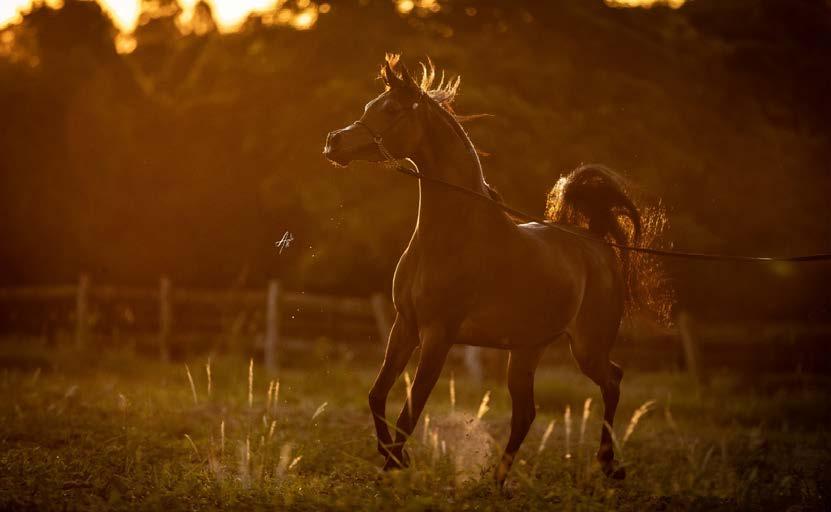
Carandá Lulikah is a living jewel in the making and the most recent addition to the TP broodmare band.
She is a daughter of the Brazilian National Gold Champion Stallion Bandit SRA, one of the most accomplished sons of DA Valentino in Brazil, and Sahara Latifa, a daughter of Sadeek Van Ryad who traces in direct tail female to the phenomenal Bey Shah daughter Cara Bay, one of the foundation mares of Haras Carandá, the breeder of Carandá Lulikah.
As a show mare, Carandá Lulikah started to stand out very early in her career winning a second place in her weanling class at the 2021 Brazilian Nationals, her showring debut. Since then, she won several championships, including a two year in a row victory at the International Show in Tatuí and the ultimate title: Brazilian Gold National Champion Young Mare. Most recently in the 2025 GCAT São Paulo, she was crowned Bronze Champion Mare. A very impressive show record for a mare that is only five years old.
Her pedigree is a successful blend of bloodlines, containing some of the most important stallions and mares around the world including DA Valentino and his sire Versace, as well as Ali Jamaal, Echo Magnificoo, Padrons Psyche, Bey Shah, Aswan, Khemosabi, Bask, Dalul and El Shaklan. Her female descendents are equally impressive, including the beautiful LL Albufera, the Polish mares Warsowia and JT Amazon, the revered Bey Shah daughters NV Tiara Bey and Cara Bay as well and the legenday Russian mare Palmira.
She belongs to the Mirage Sire Line and in her mother traces to the desert Mare Ferda, known for her beauty and sweetness, who was imported from Egypt to Crabett Park in 1891.
Monah HVP is a beautiful and rare grey daughter of Hariry Al Shaqab and the classic DA Vinci daughter Monalisa HVP, who has been purchased by Thiago even before the acquisition of Monah HVP herself. Monalisa is out of the famed Padrons Psyche, LC Psyche Heiress a
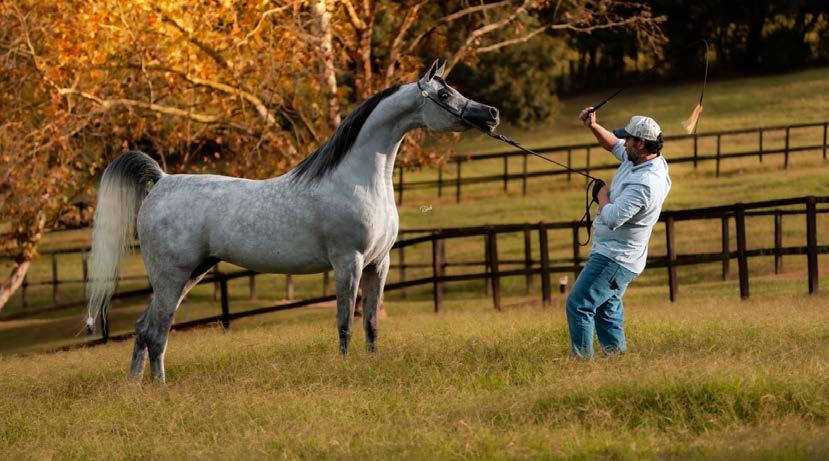
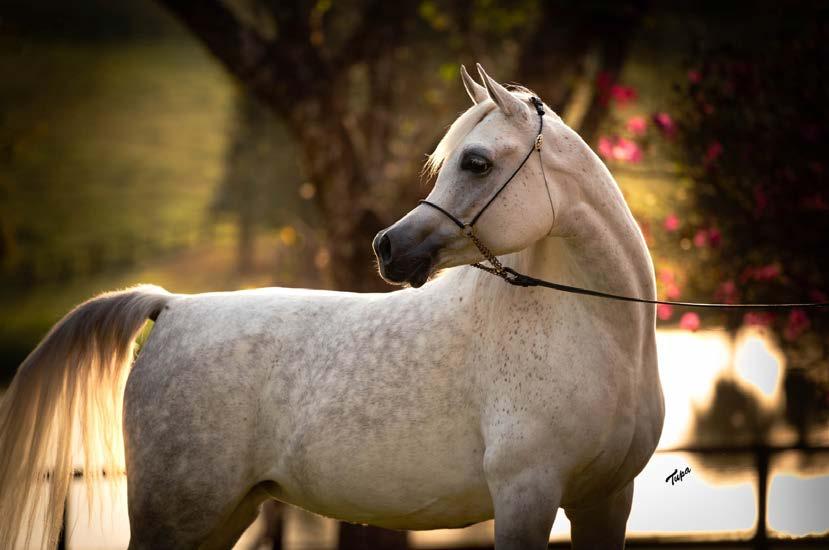
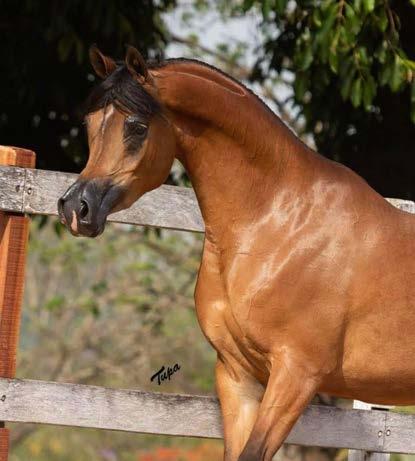
member of the distinguished family of the aristocrat NV Tiara Bey mother of another aristocrat, Jamaara FA, and the U.S. National Champion Yearling Colt Psytanium.
Monah HVP is part of an amazing collection of mares acquired by TP Arabians from Haras Villa dos Pinheiros, that also included her mother, the great aristocrat JR Burgmany and her daughter Alana HVP, and the young Jamaica HVP, a refined daughter of Fire Heart HVP.
She has just earned a National Top Ten Young Mare title at the latest Brazilian Nationals, ranking fourth overall.
Rhona Vul do Divino is an impressive bay daughter of Brazilian National Champion Stallion Vulcano HVP and Rhona Rach a daughter of one of the chief sires of Rach Arabians, Pavel Rach out of a daughter of the significant sire Delmar. She has been named Brazilian National Bronze Champion Young Mare before she earned this year´s Top Ten Senior Mare title.
She has produced one of the most beautiful fillies competing at the show this year by Maximillion NA, Aryna TPA named 2025 Brazilian National Silver Champion Junior Junior Filly. She is also the mother of Linda do Divino, a winning daughter of the stallion Jyvar Meia Lua, a full brother to Jytan.
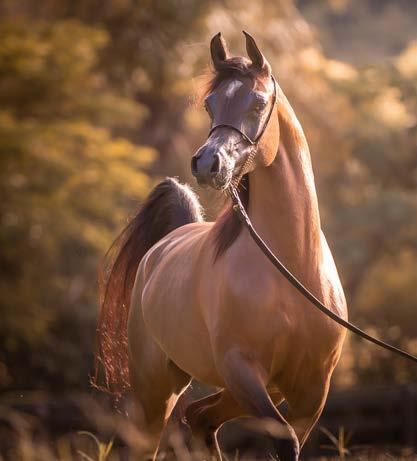
I had the pleasure of seeing Monah HVP and Rhona Vul do Divino twice; weeks before and during the 2025 Brazilian Nationals. Both mares are owned in partnership with Rodrigo Lorenzi of Haras das Paineiras.
Another jewel from the famous K brand of Haras Aratinga has also been incorporated to the broodmare band of TP Arabians. A testimony of the amazing work of master breeder Murilo Kammer.
The beautiful Aaliyah K is a rare daughter of Shiraz de Lafon, a noted son of Shanghai EA that produced very well in Brazil including the famed sire Talaal Serondela, exported to Al Khor Stud in Qatar where he served as the chief sire until his recent premature passing. Shiraz de Lafon´s mother is a daughter of the magnificent World Champion Khidar, a stallion that spent a several years in Brazil before being reexported, and out of a straight Russian daughter of Ponomarev.
Aaliyah´s mother, Annika, is a daughter of Magnum Chall HVP out of the ethereal Ardant Carol, a daughter of the great El Nabila B out of granddaughter of the U.S National Champion Futurity Filly Liberty Bey C, by Bey Shah. Ardant Carol is also the mother of the outstanding sire HDF Lugano, by FA El Shawan.

The 2025 Brazilian Nationals were a major success for Thiago and Kamilla Pontes for several reasons. It consolidated the quality of Maximillion NA as a sire as well as the TPA homebreds in general. It confirmed their bet on the young grey colt Ecstasy Arabco (TM Itaipu x Brunet Arabco), who was named 2025 Brazilian National Bronze Champion Junior Junior Colt and second place in his age class at the GCAT Show. And it proved that their belief in their show mares at the National Show was right and most importantly with the triumph with Sephora K as the Gold Champion Mare at the GCAT.
But most of all, as I saw the magnificent entrance of their stallion Emir Sahara into the Senior Stallion Finals night it felt as if that moment was the perfect translation of a grand finale in so many levels. As a consolidation of a family dream, the crowning of their life project, the reflection of making right decisions and the sealing on their partnership with Rodrigo Lorenzi.
Emir Sahara became the unanimous National Gold Senior Champion Stallion, masterfully presented by Fred Kunze, and righteously so. He reigned supreme that night.
Bred by Haras Sahara, the beautiful bay son of Emerald J and the Brazilian Gold National Champion Filly Sahara Daghira, Emir has been undefeated since his first appearance as a yearling at the Brazilian Nationals. He won the Gold again as a two-year-old and then after a period abroad he collected the tittle of U.S. Reserve National Champion Stallion, after winning the Gold Championship at the Las Vegas World Cup.
Though Emir Sahara is still very young and busy with a full showing schedule since he was a young colt, hence with a very limited breeding exposure, he has already proved his distinctive quality as a sire, with two outstanding foals, Bahyiah K in Brazil and Aria Benito in the United States. Bahyiah K, bred by Murilo Kammer, is a very refined bay filly whose mother comes from yet another legendary family, for her mother Bethesda K descends in direct tail female to the World Champion Mare Robin K and the legendary Bey Shah daughter NV Gypsy Wind.
Aria Benito has been a constant major winner at the GCAT circuit in North America. He was recently named Silver Champion Yearling Colt at the GCAT Americas in Denver and previously he had won the Bronze title in the GCAT Americas in Scottsdale. He is a typey and charismatic bay colt, and a look alike of his sire, bred and owned by Aria Prestige Partners.
It wasn´t clear for the breeders in Brazil whether or not he would stay abroad, but thankfully, Thiago, Kamilla and Rodrigo joined forces once again and purchased him from Haras Sahara at their final dispersal securing his stay in Brazil, and granting us the privilege of his presence and influence in the years to come.
It will be exciting to see the next foal crop comprised with the babies of Emir Sahara as well as of Jytan and Maximillion.
The future is just beginning at TP Arabians. It seems that the past and the present have made their part. The foundation is done, the work is set in progress and the timeless dreams have finally found their home. ■
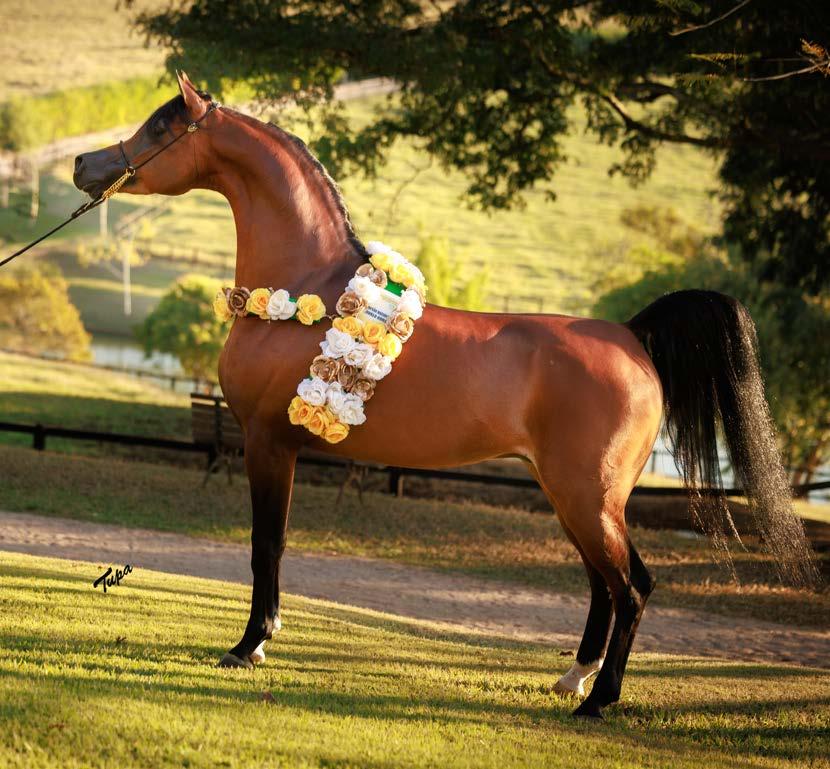
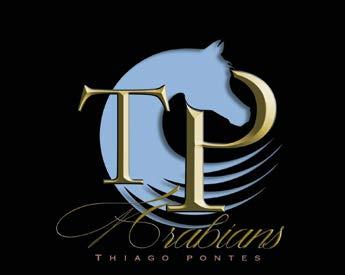

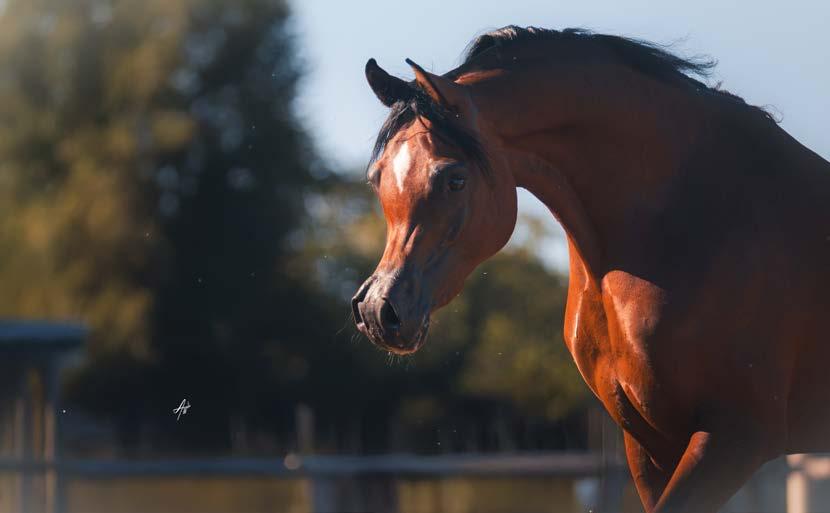
2023 Italian National Gold Champion Futurity Colt
2024 Unanimous Gold Champion Carmagnola Show
2024 Italian National Gold Champion Yearling Colts
Fresh and Frozen semen available Worldwide
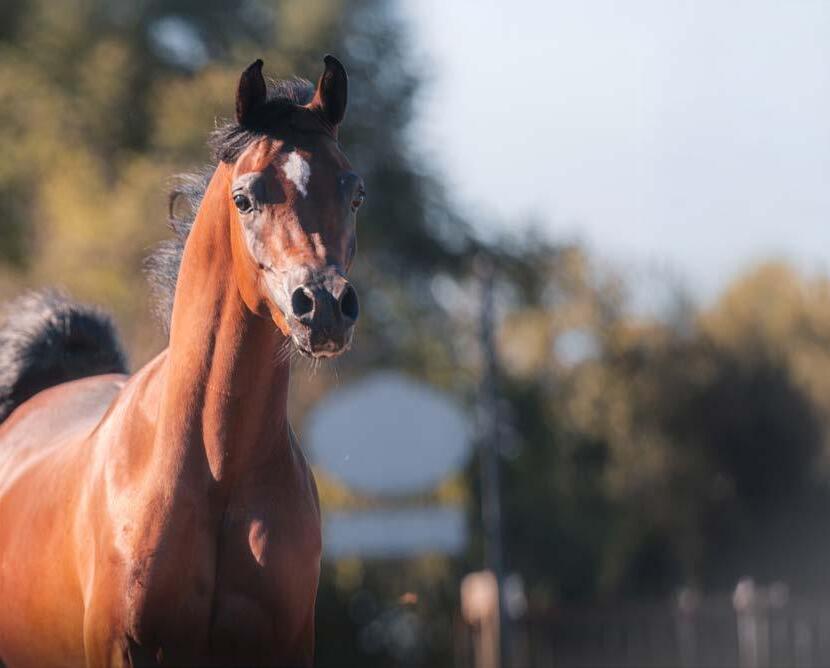
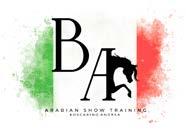
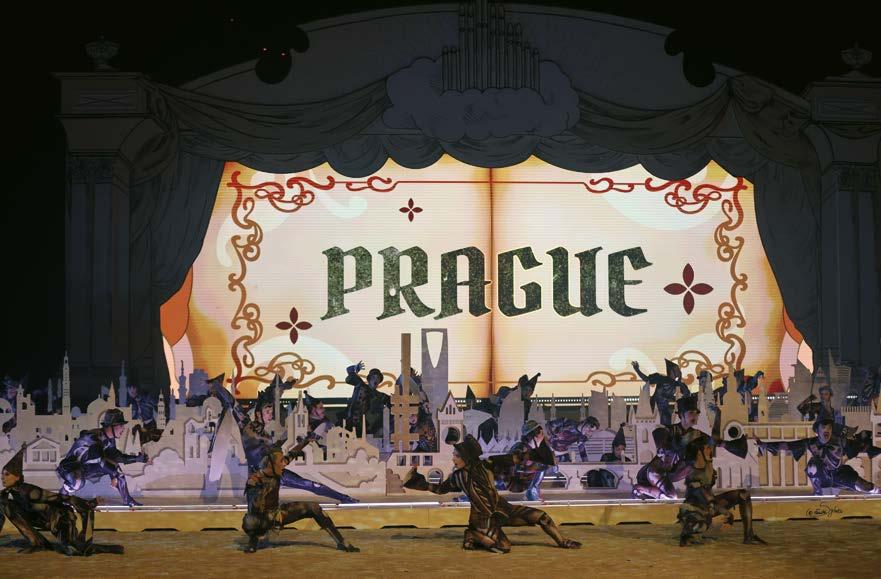
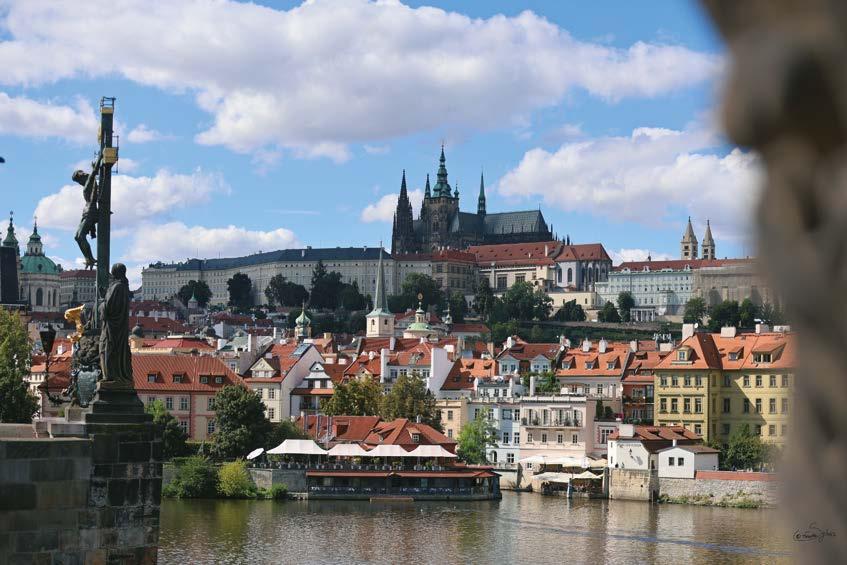

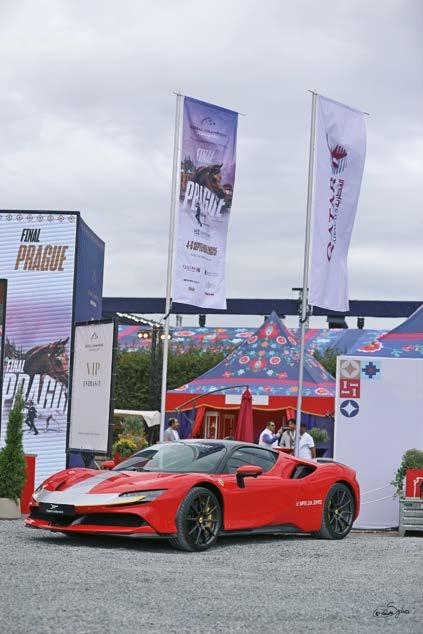
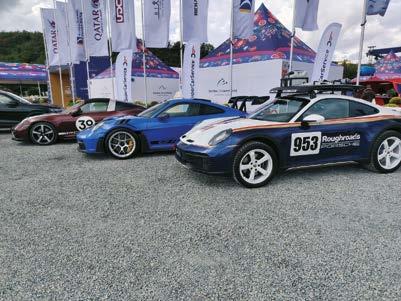
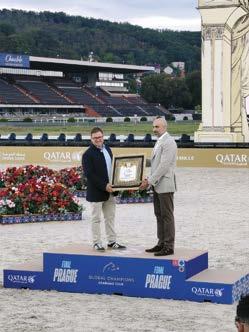
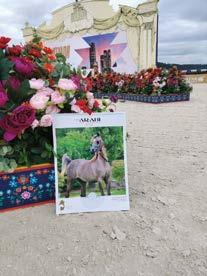
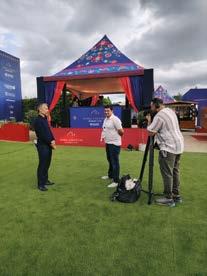

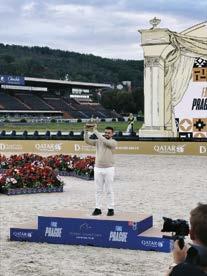
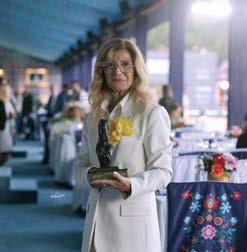
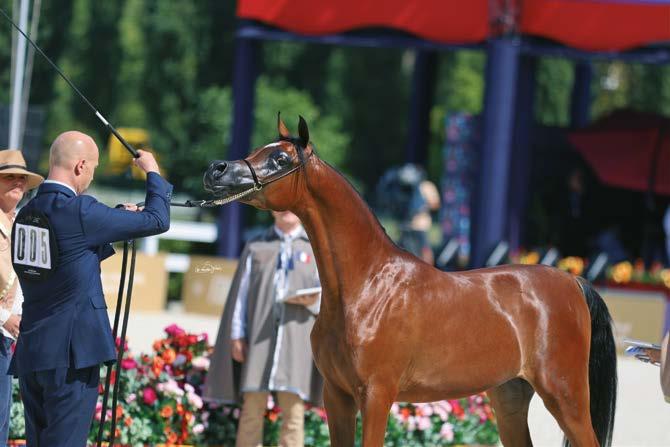
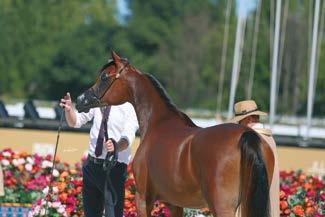
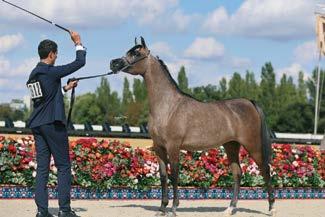
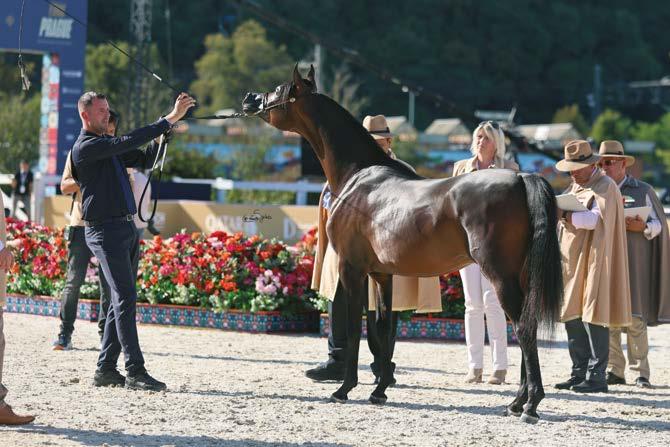
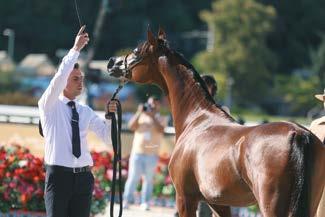
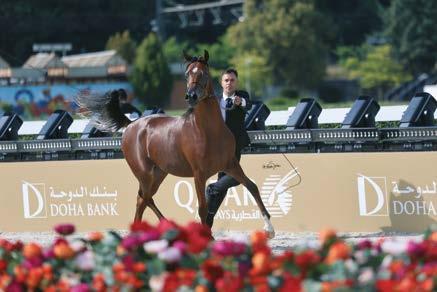
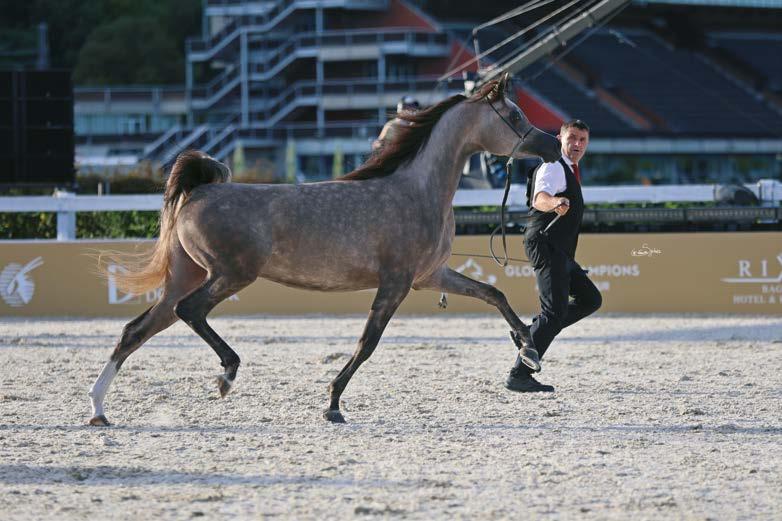
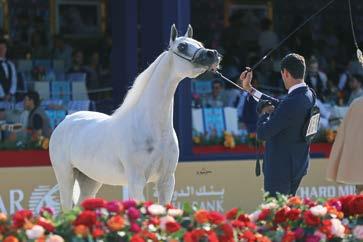
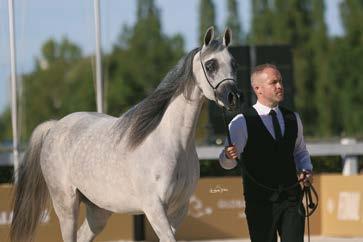
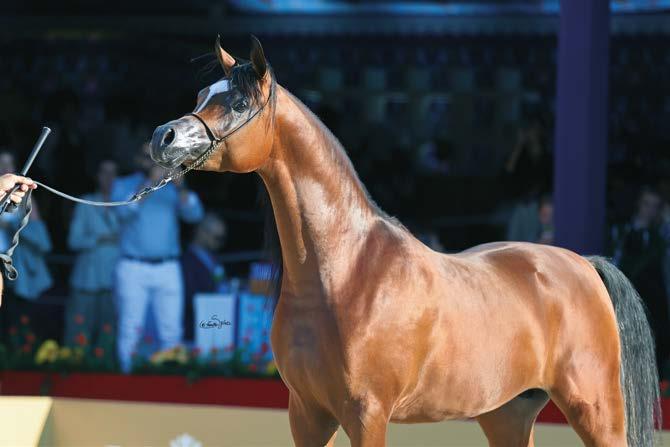
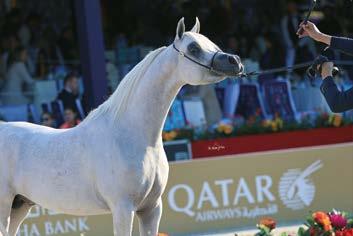
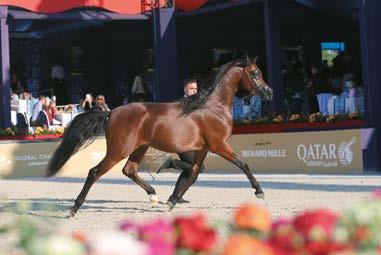

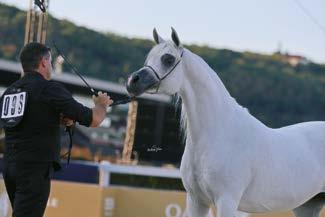
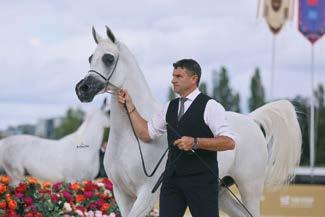
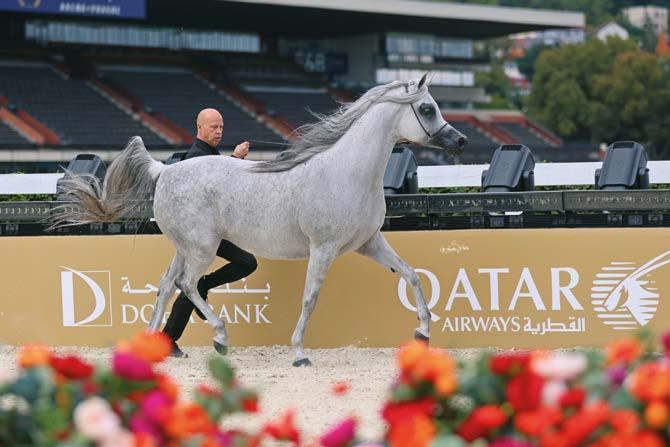
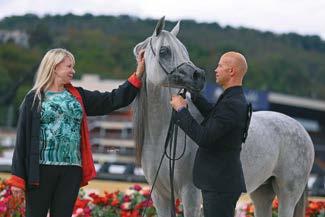
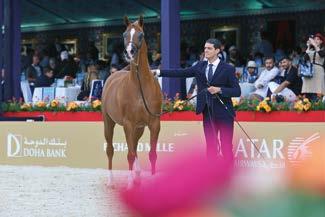
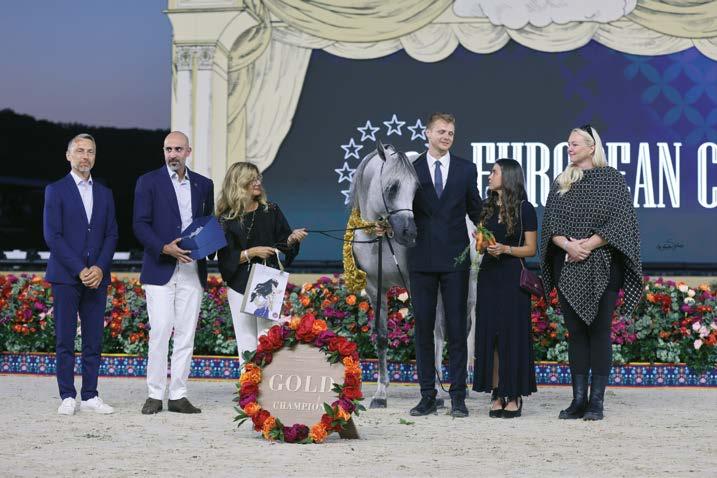
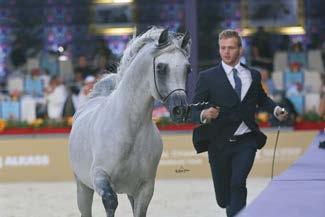
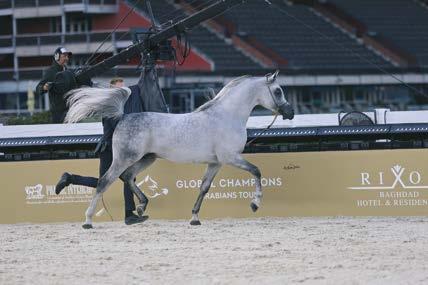
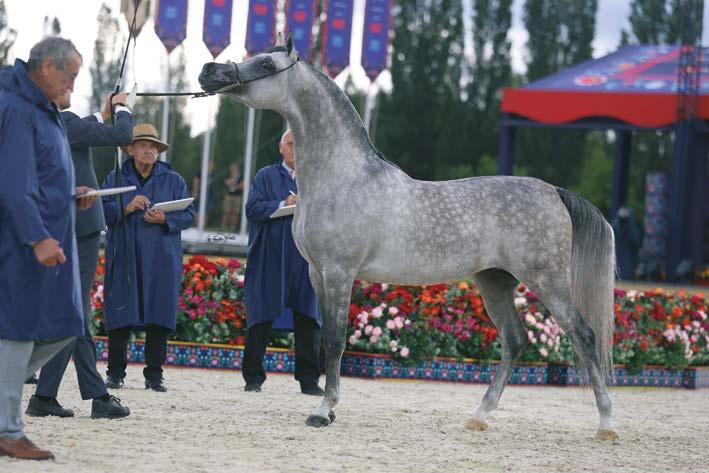
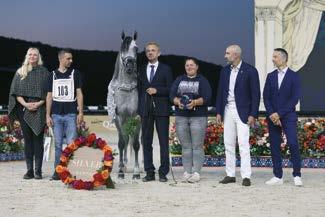
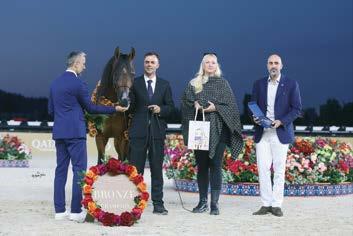

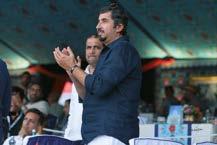
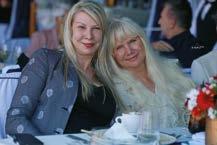
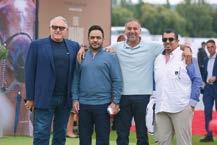
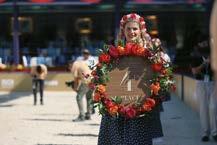
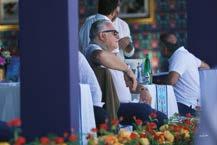
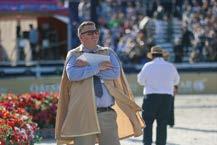
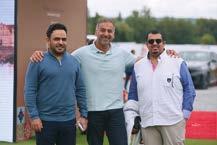
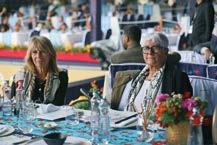
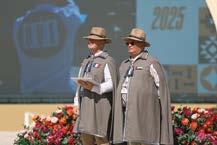
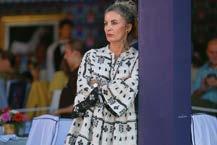

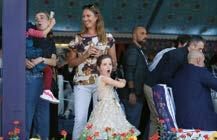
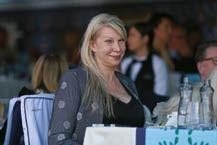
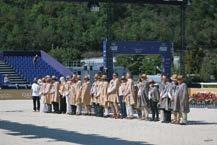
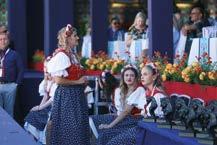

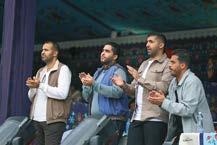
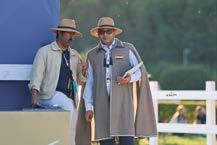
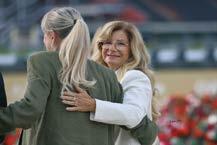
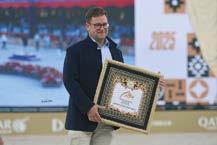
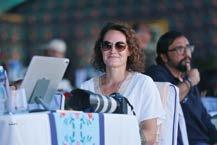
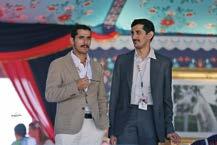
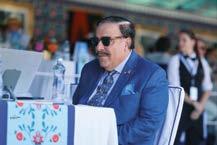
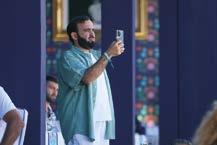
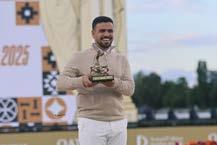
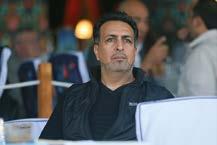
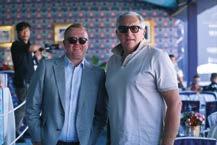
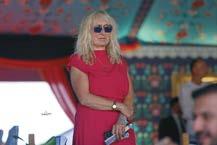
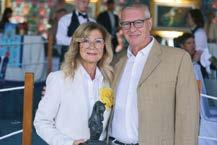
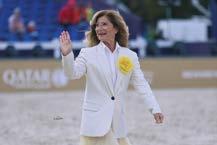
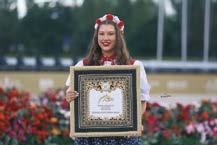

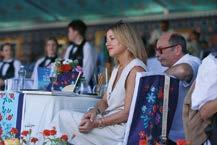
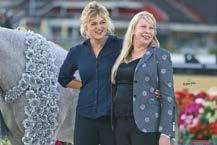
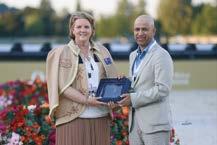
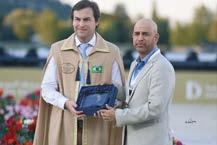
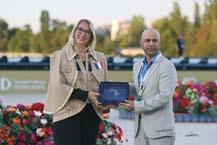
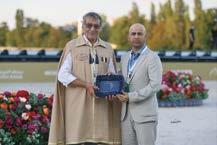
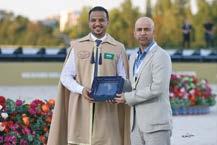
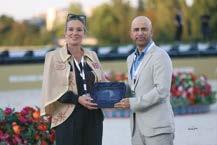
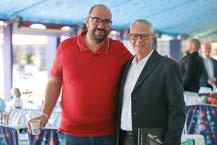
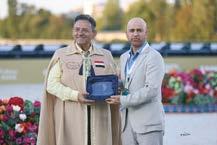
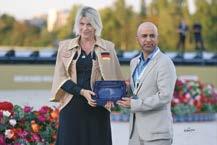
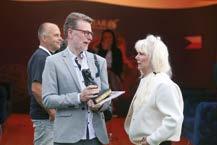
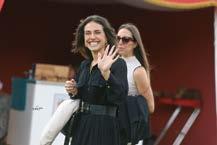
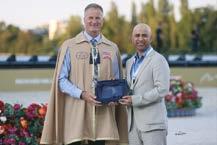
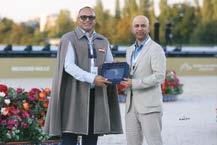
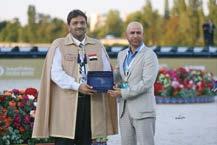
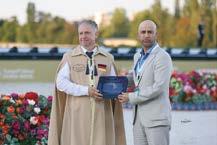
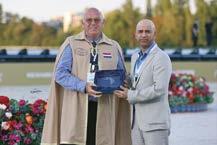
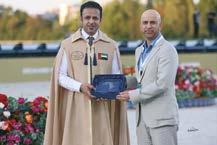
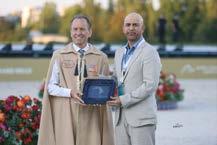
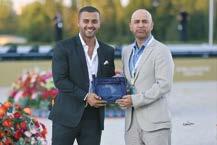
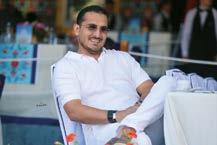
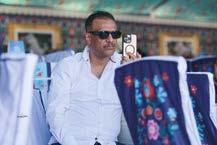
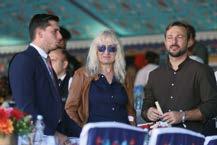
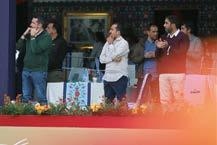
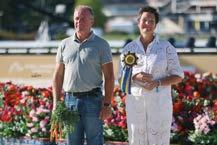
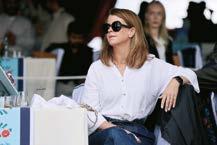
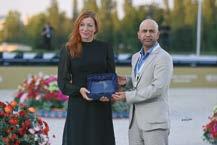
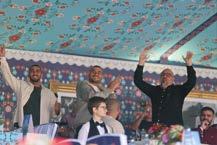
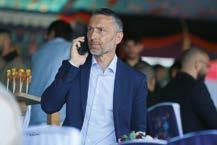

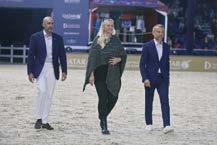
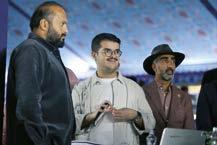
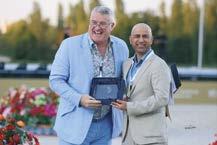
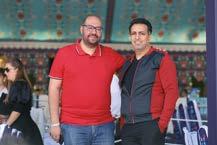
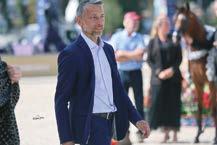
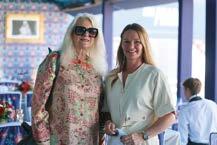
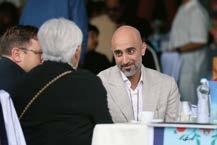
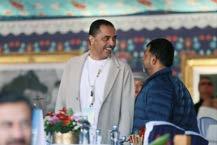
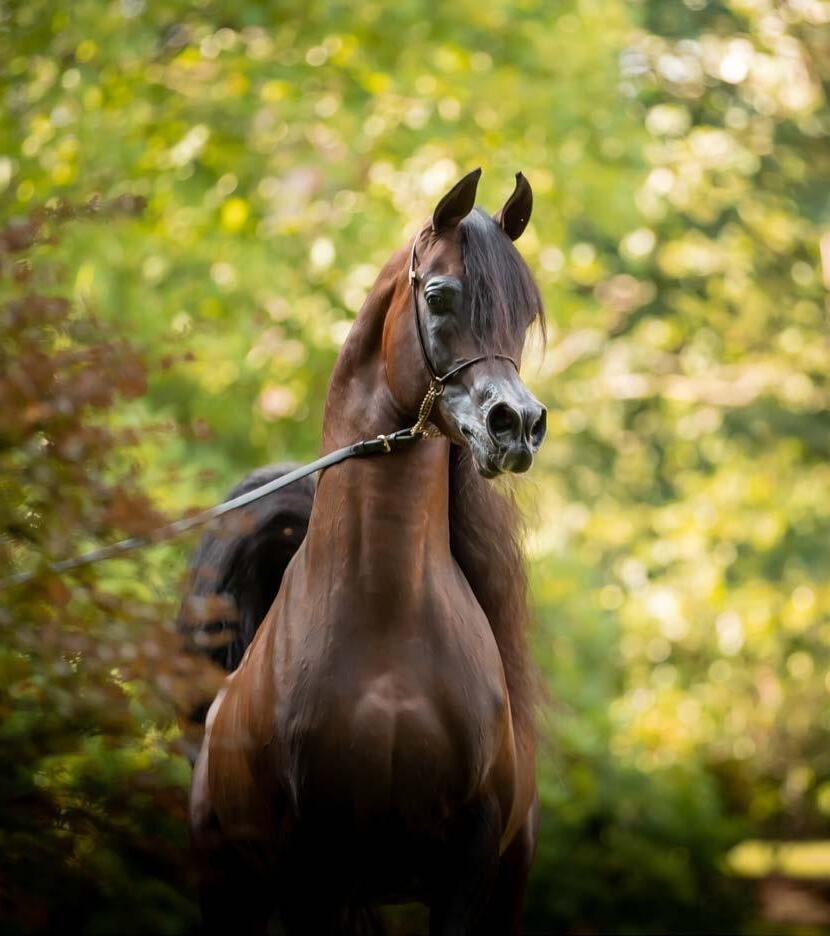
Jadem Arabians BVBA - Christine Jamar-Demeersseman
Berkensingel 24 - 2490 Balen - Belgium - info@christine-jamar.be - www.christine-jamar.be


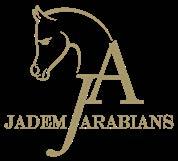
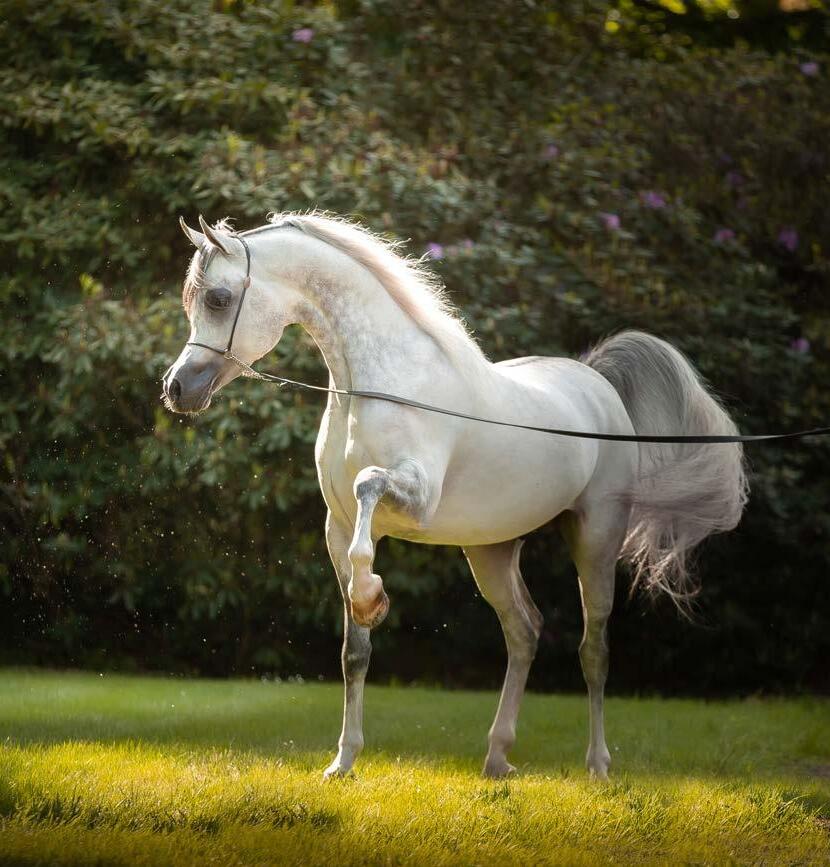


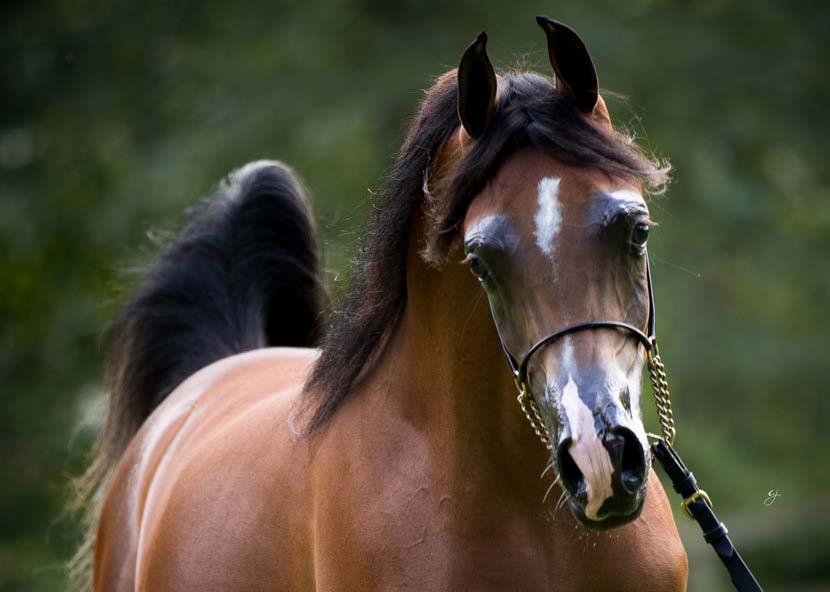
EXCALIBUR EA | MISSISSIPPI J

BREEDING SEASON 2025
photo by Richard Cunill
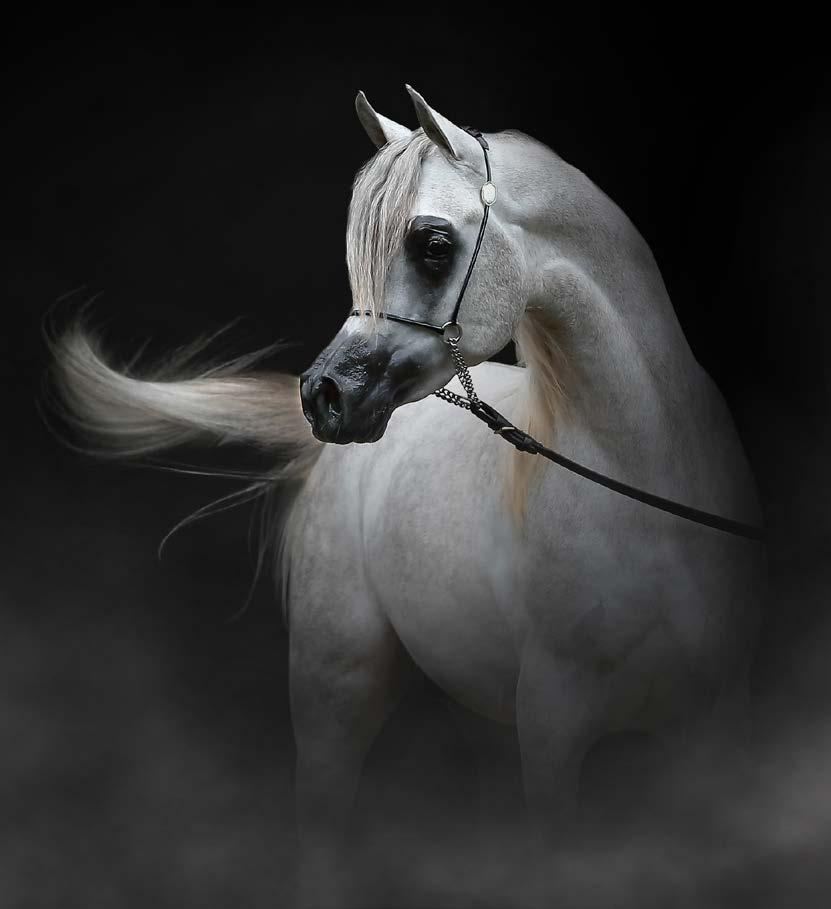



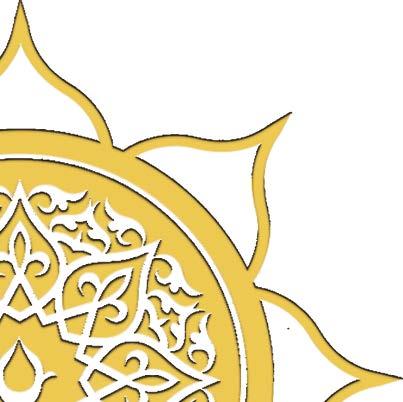
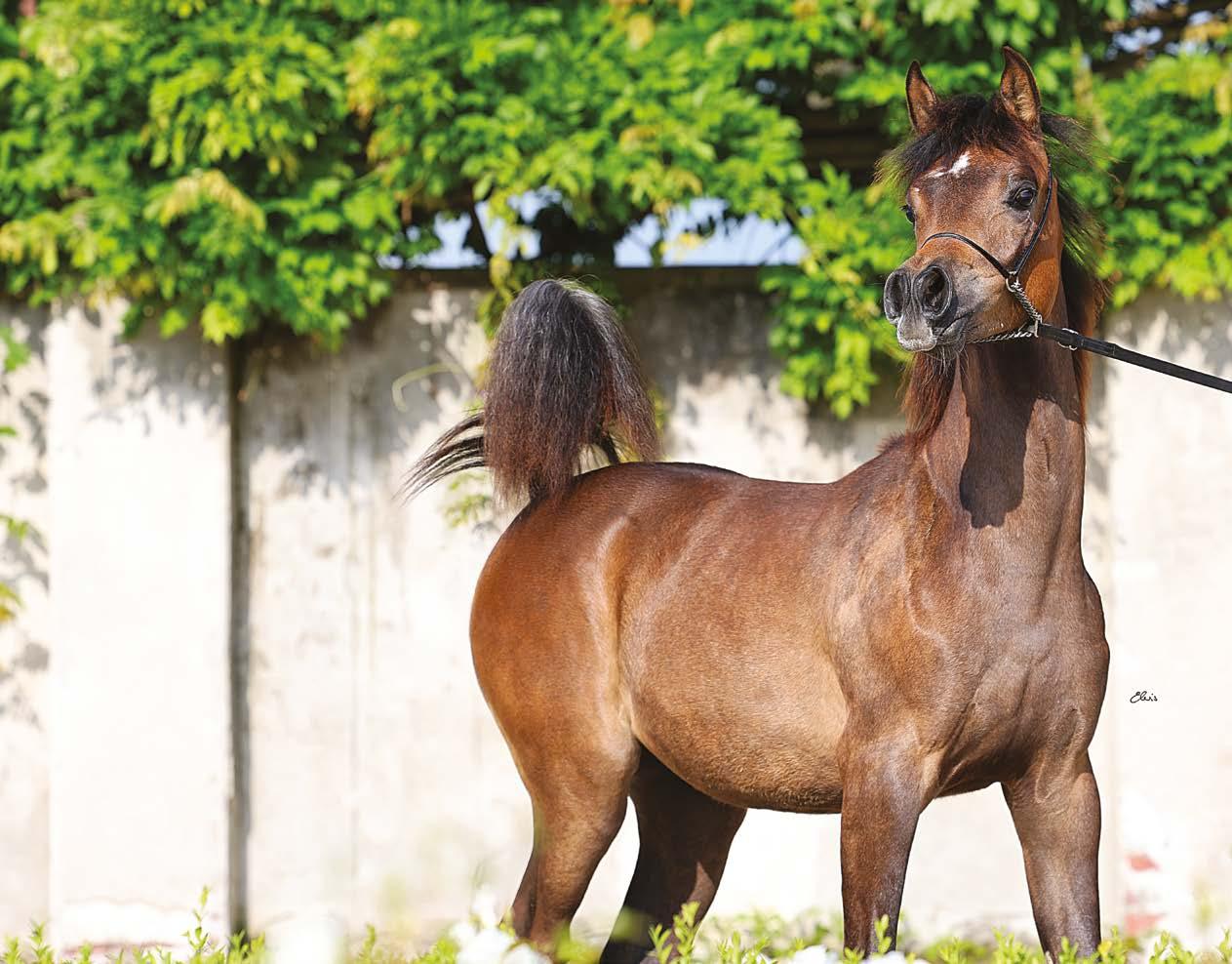
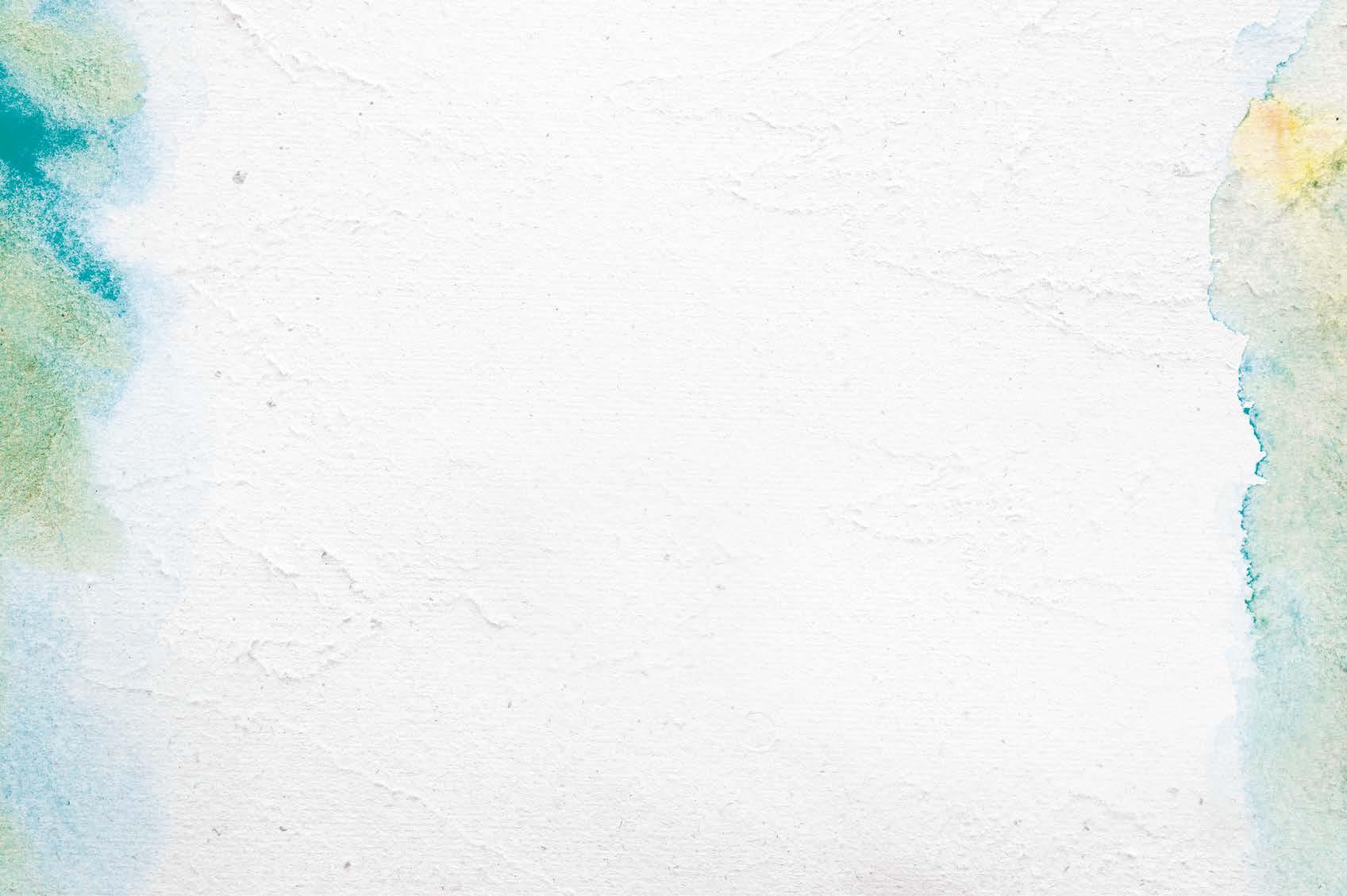


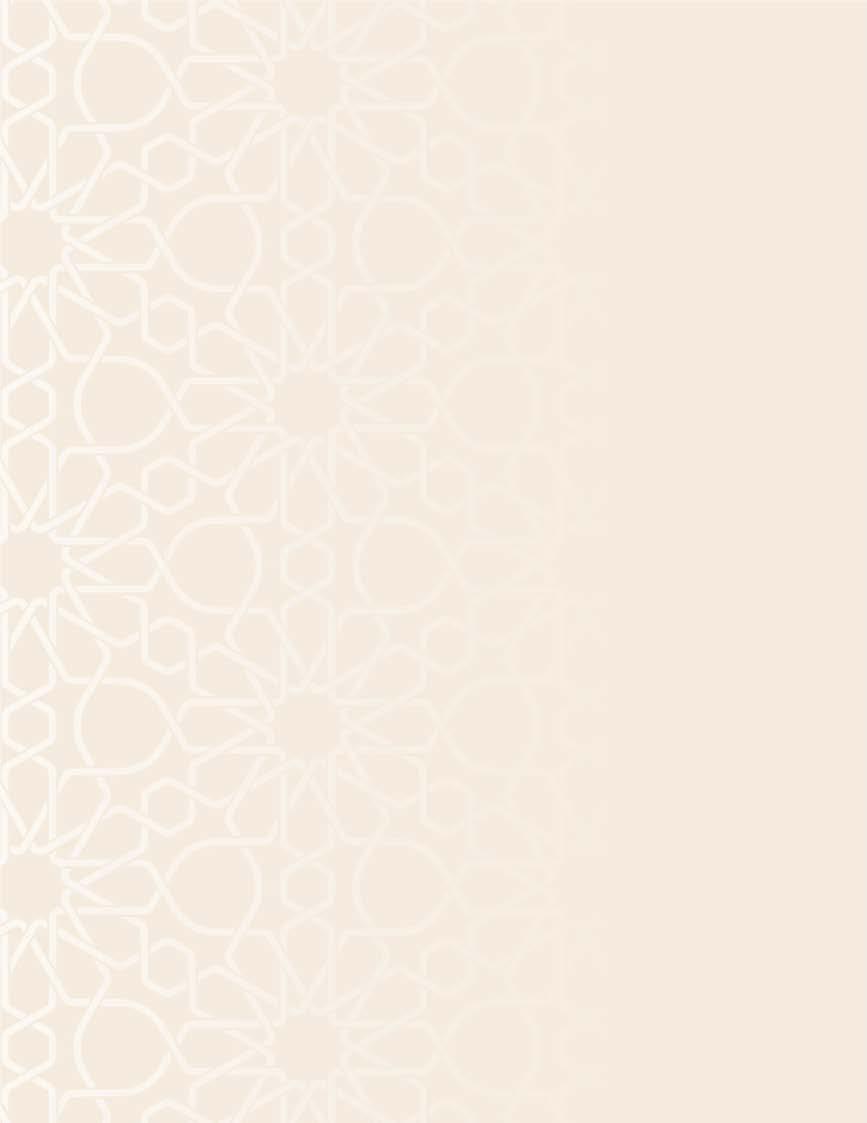
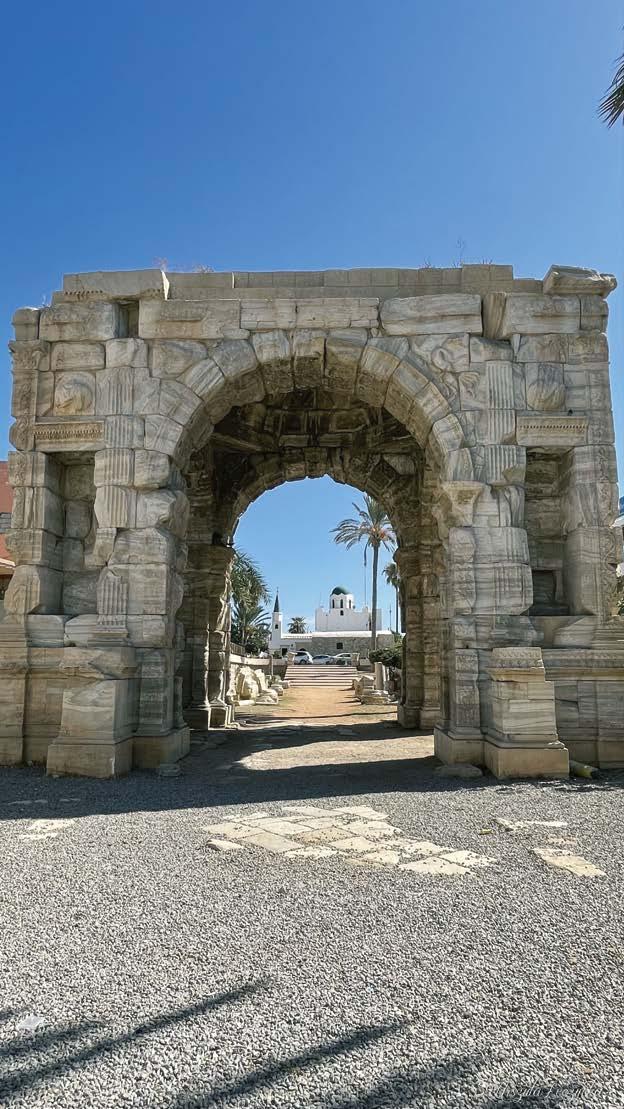
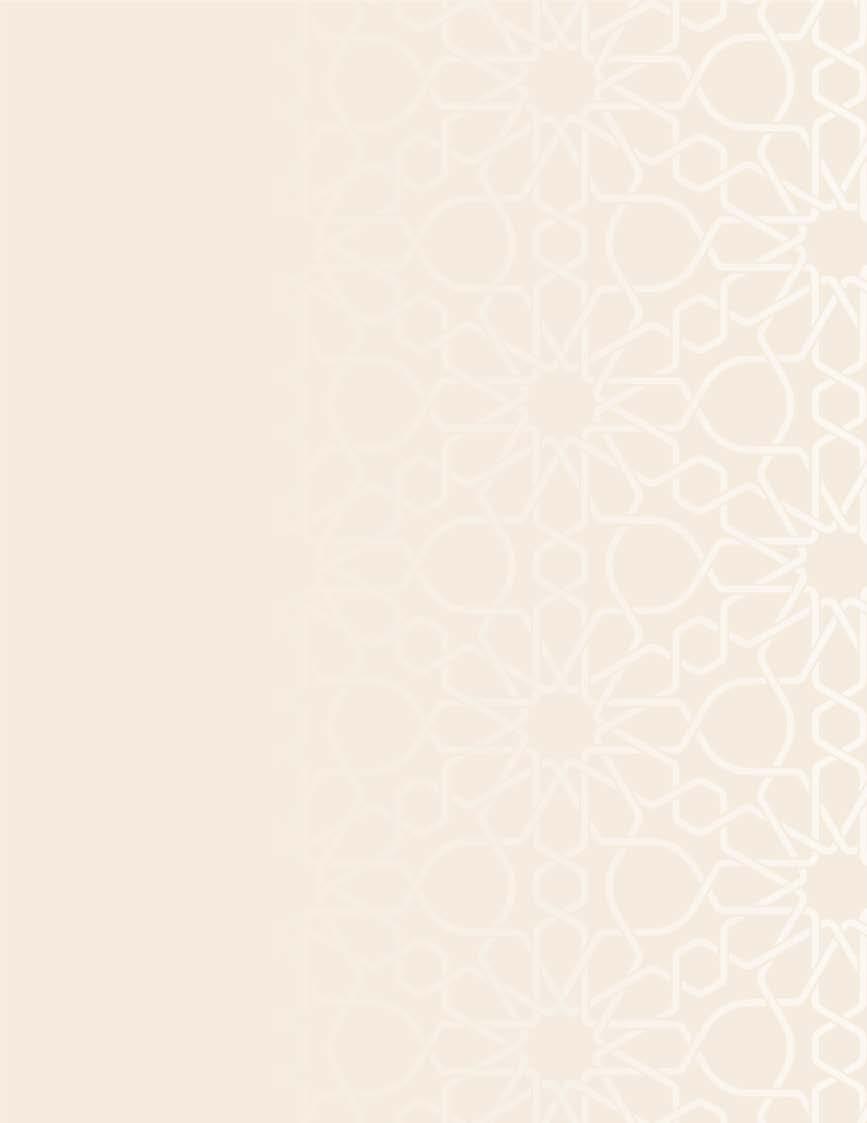

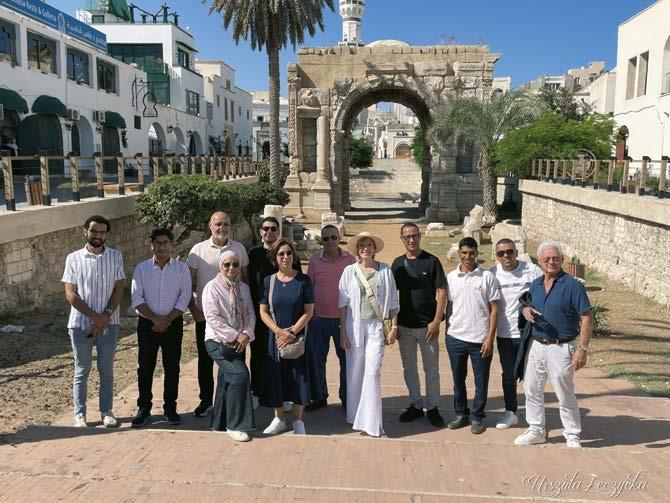


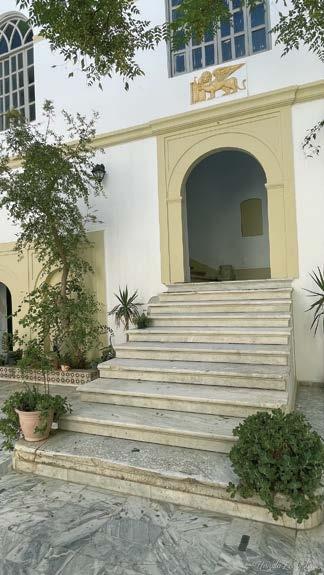
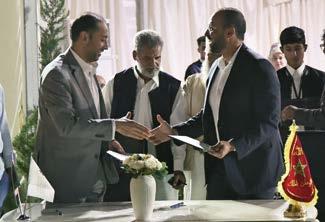
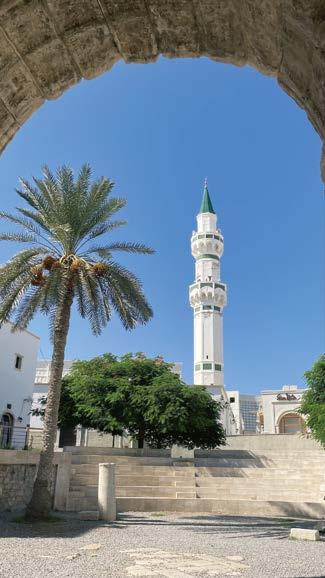



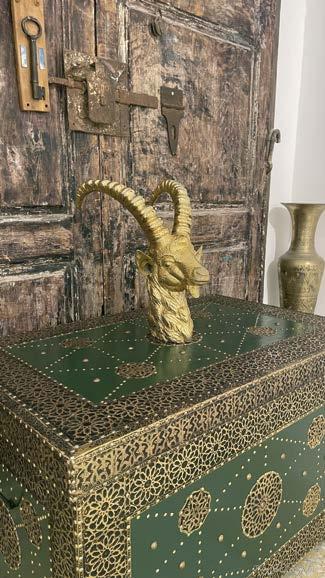
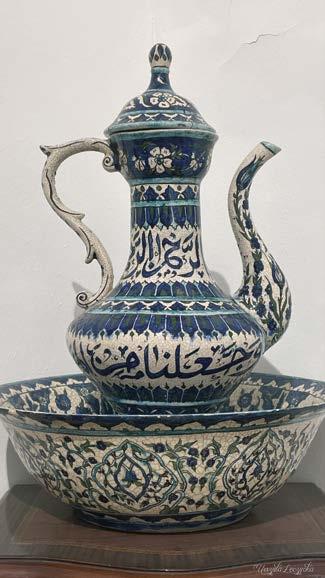

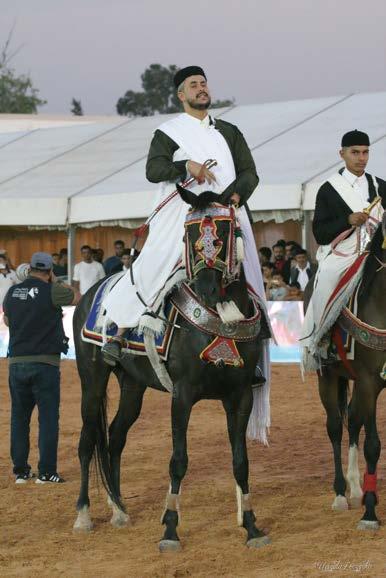

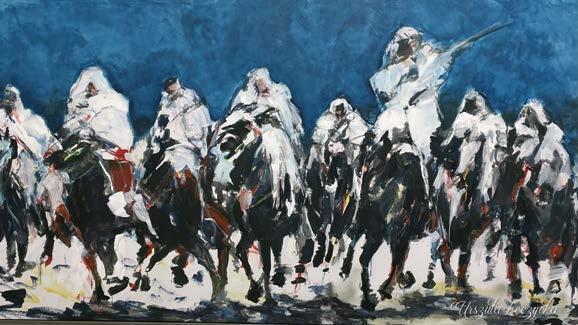



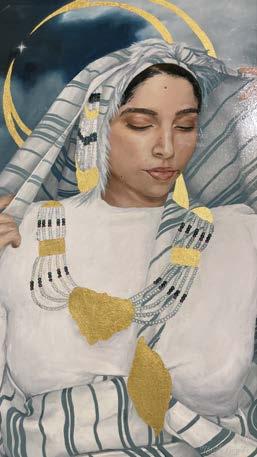
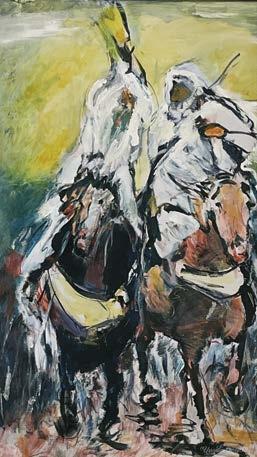
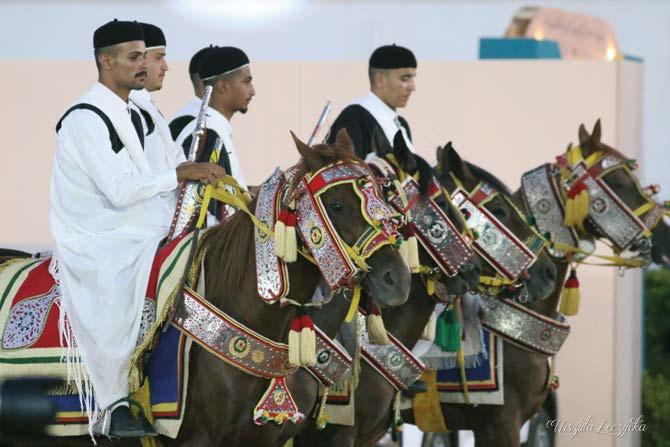

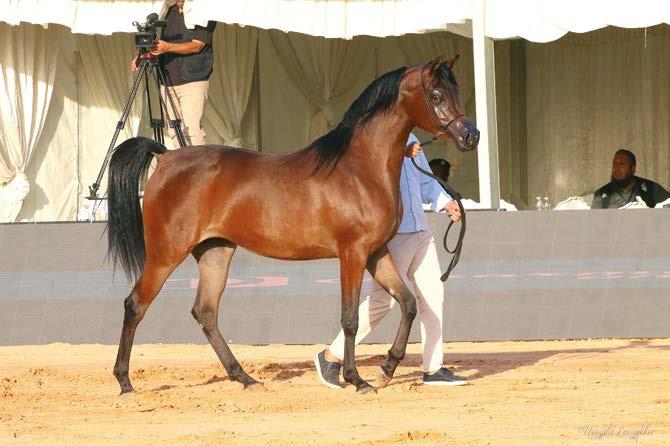
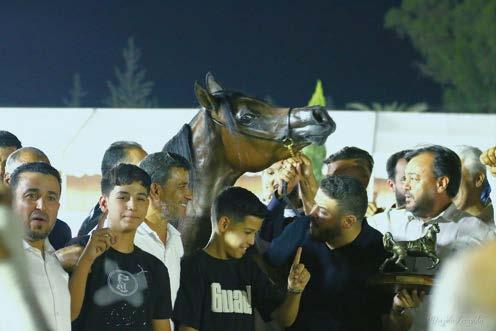



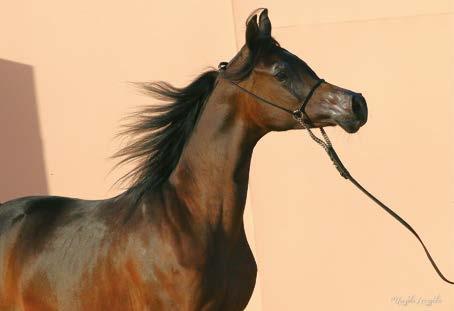
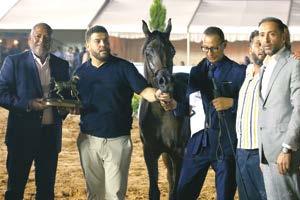
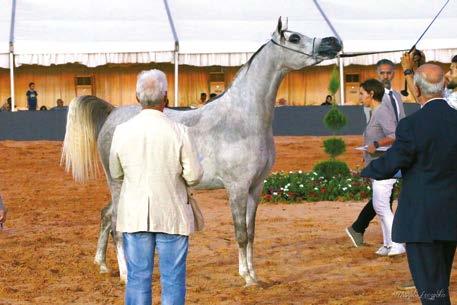
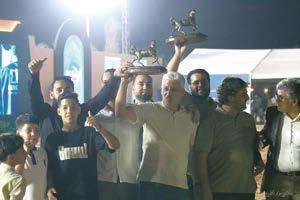

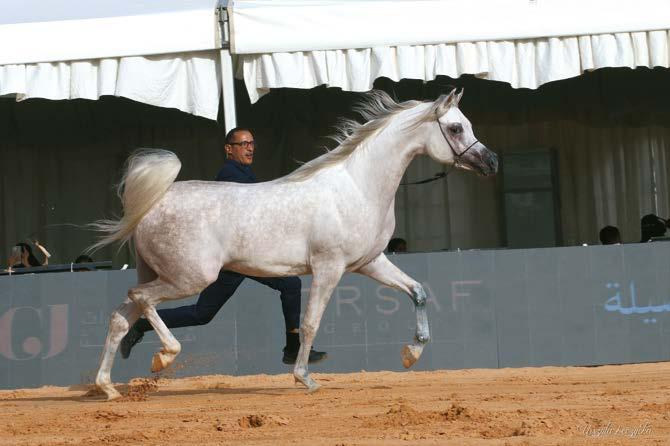
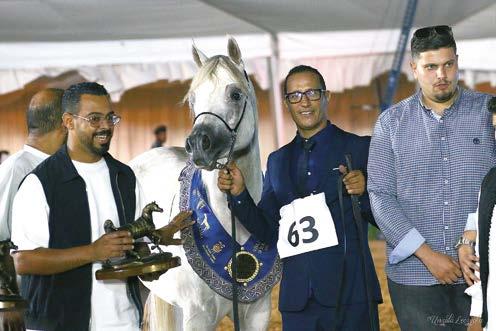



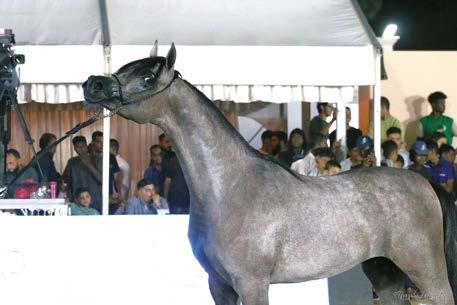
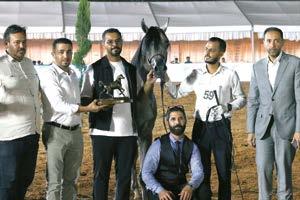
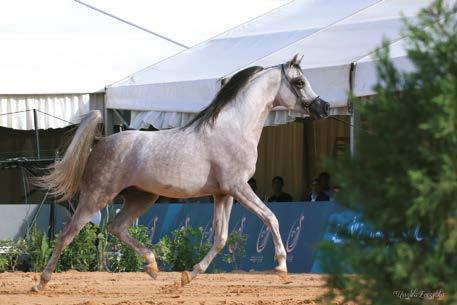
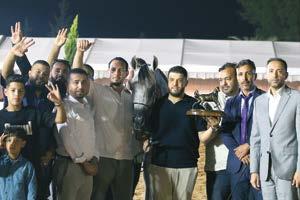

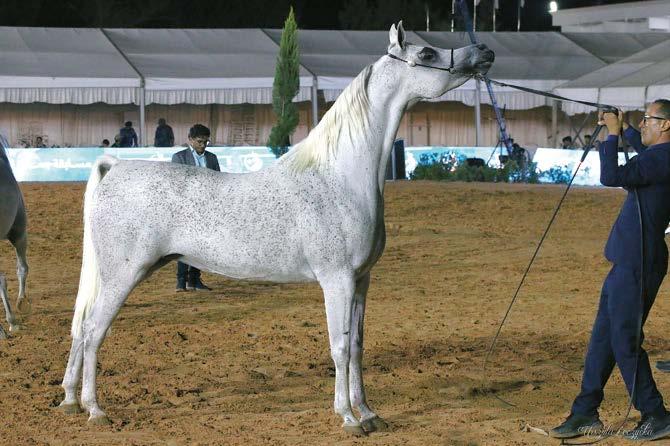
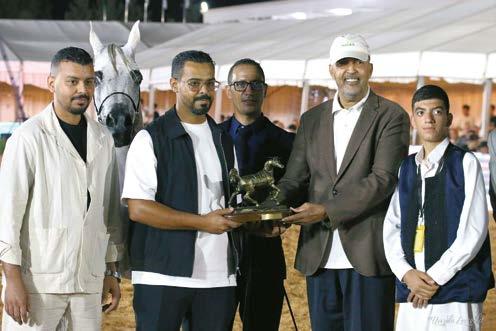



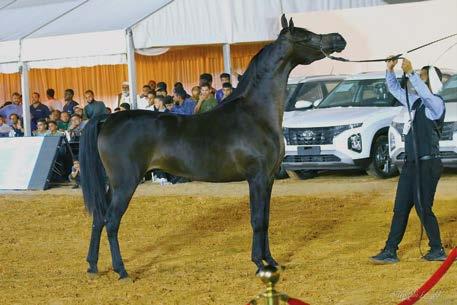
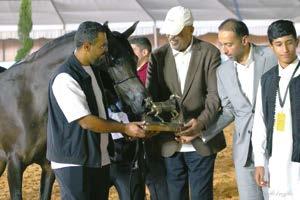
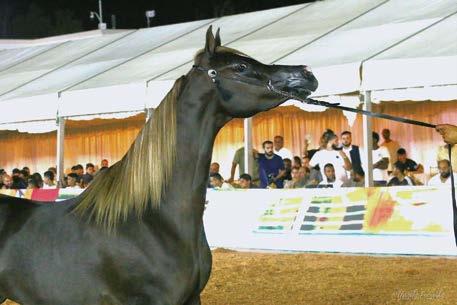
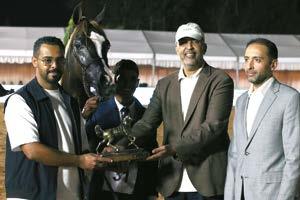

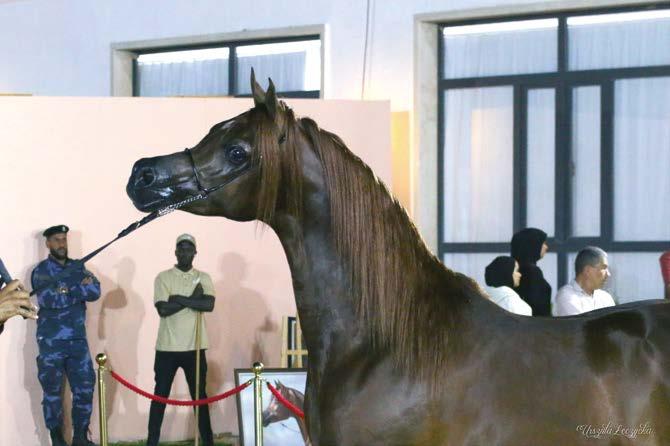
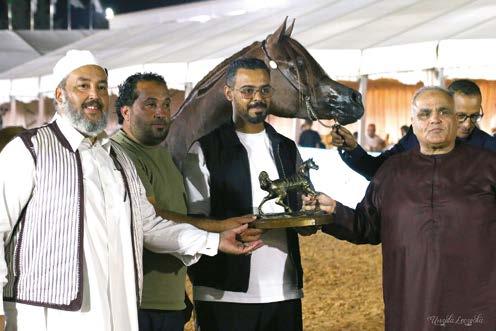



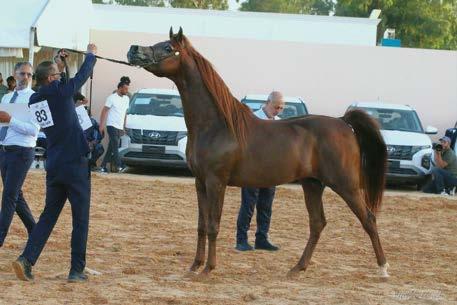
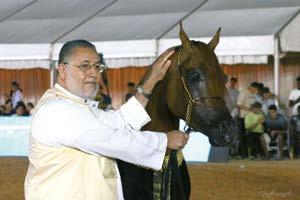
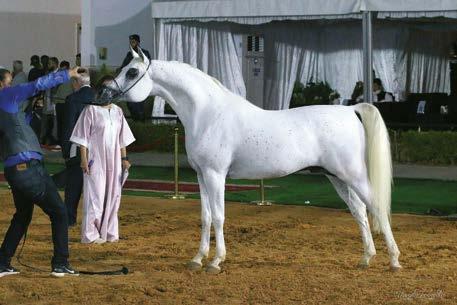
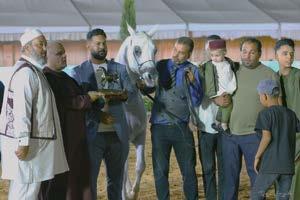

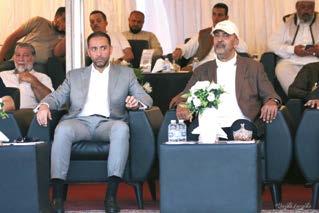
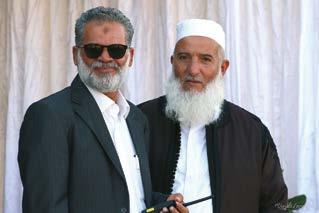
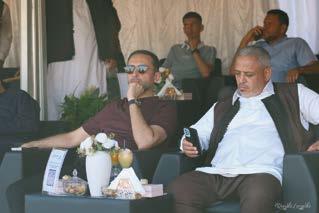
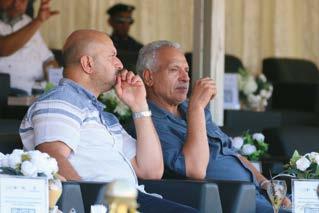
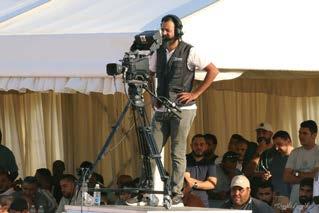
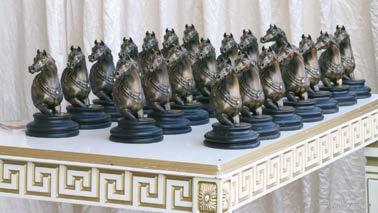
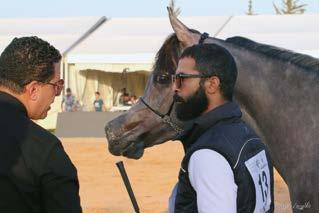
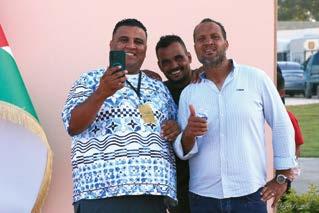



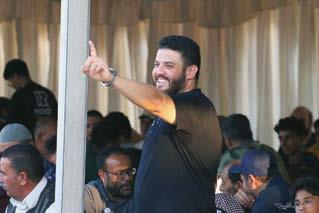
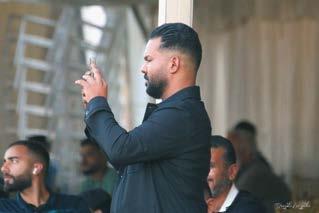
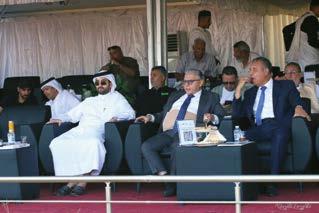
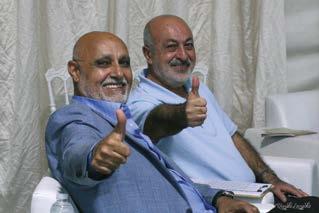
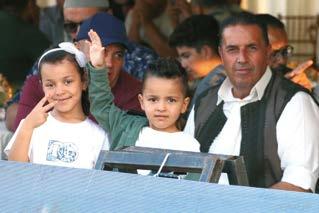
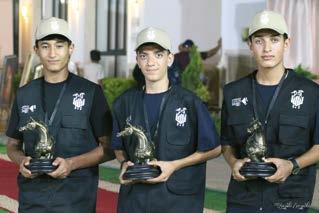
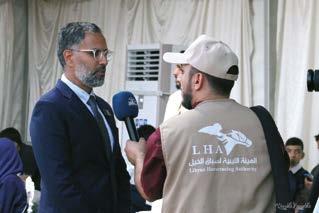
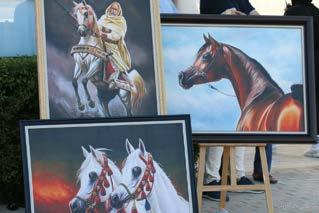

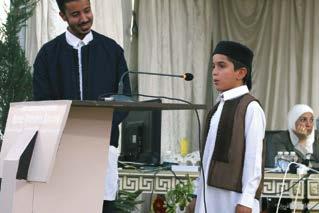
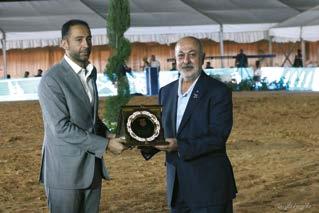
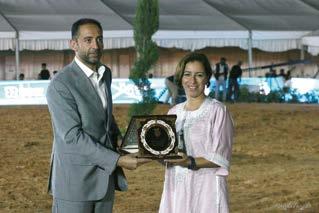
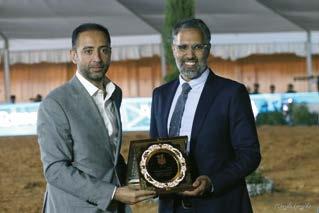
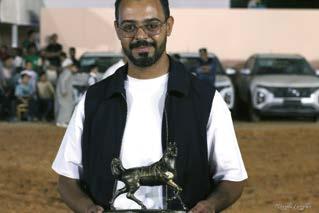
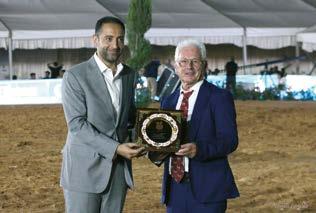
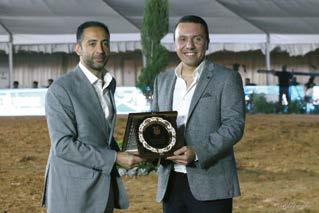
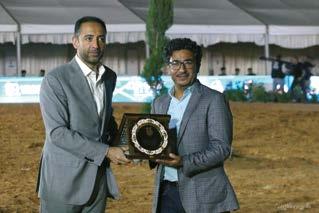



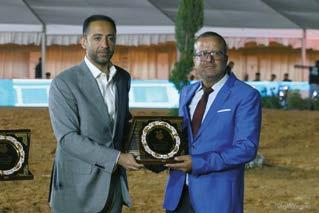
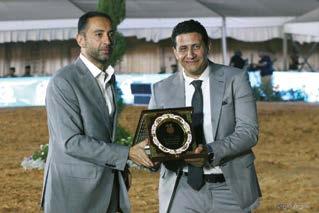
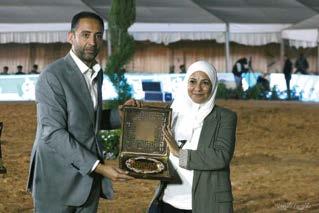
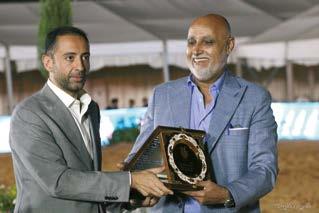
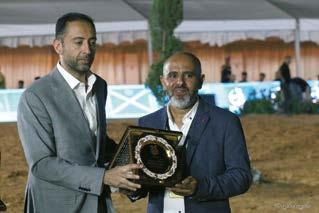
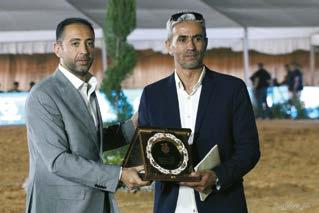
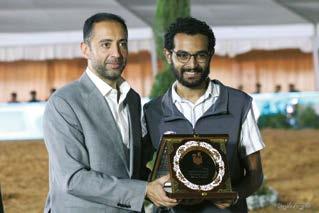
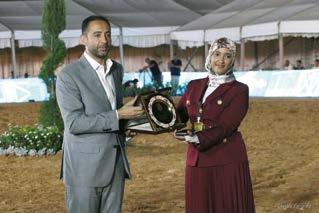

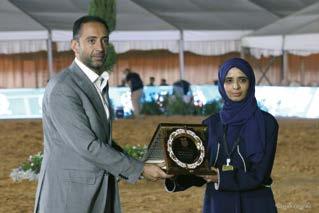
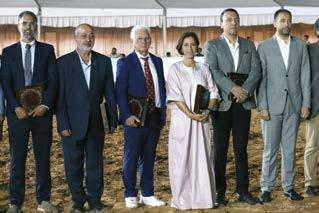
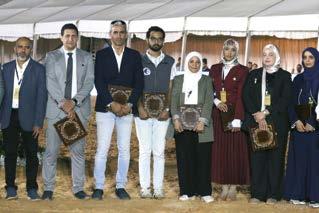
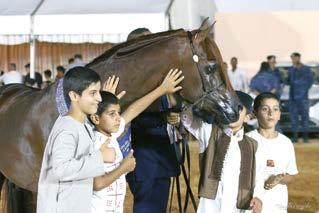
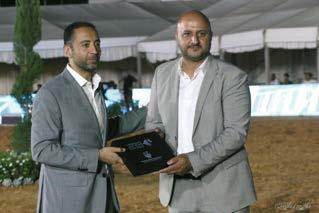
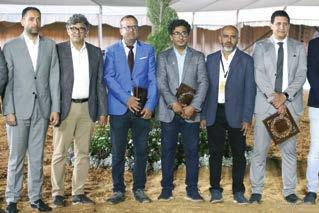
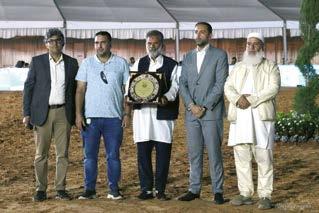
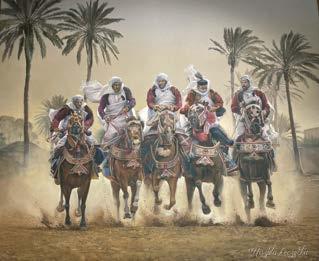



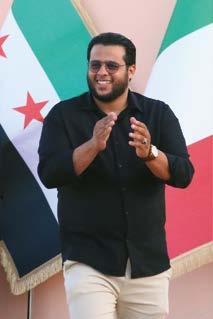
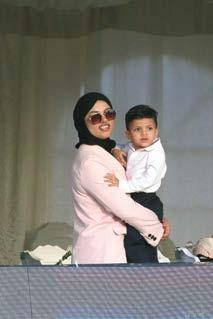
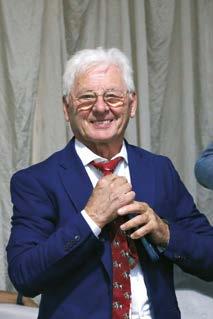
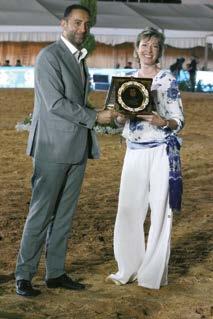
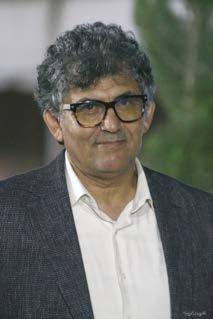
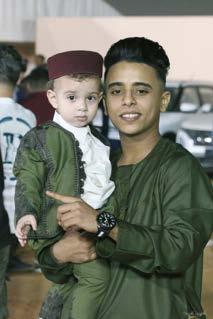
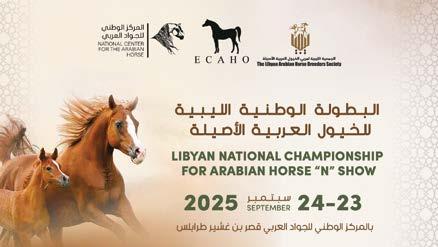


Over 270 experts ensure safety, comfort, and punctuality.
Custom cargo planes, climate-controlled boxes, and trained staff prioritize well-being. Low CO2 emissions, four ISO certifications, and 24/7 assistance guarantee quality. Also transporting exotic animals with veterinary support and personalized boxes.
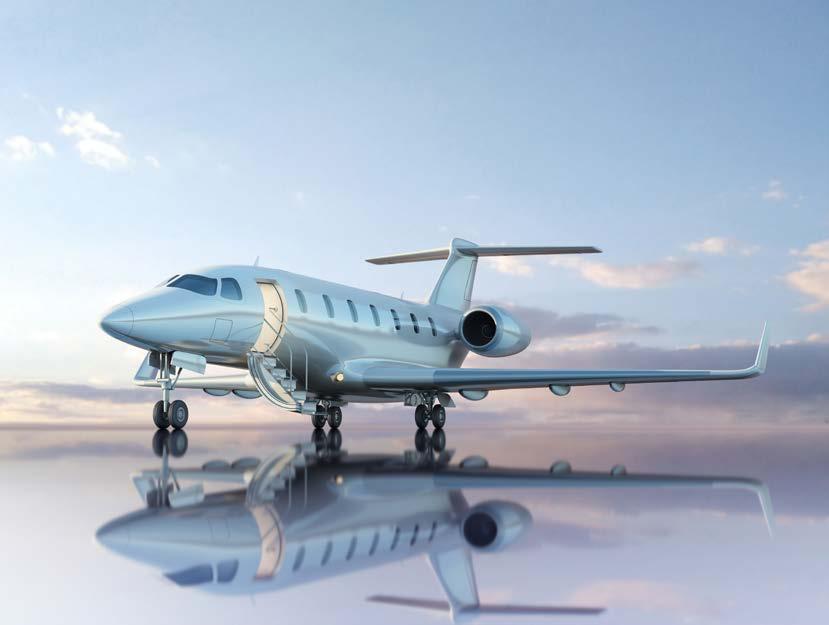







A new generation of decentralised technology, designed to convert computing power into tangible, verifiable value.
HashBurst is the first decentralised cloud infrastructure of its kind – purpose-built to convert computing power into on-chain value.
Through a proprietary protocol and secure deployment model, HashBurst enables strategic partners to activate computing capacity and participate in a trusted, globally distributed system – transparent, measurable, and aligned with the next era of digital infrastructure.
www.synapta.net
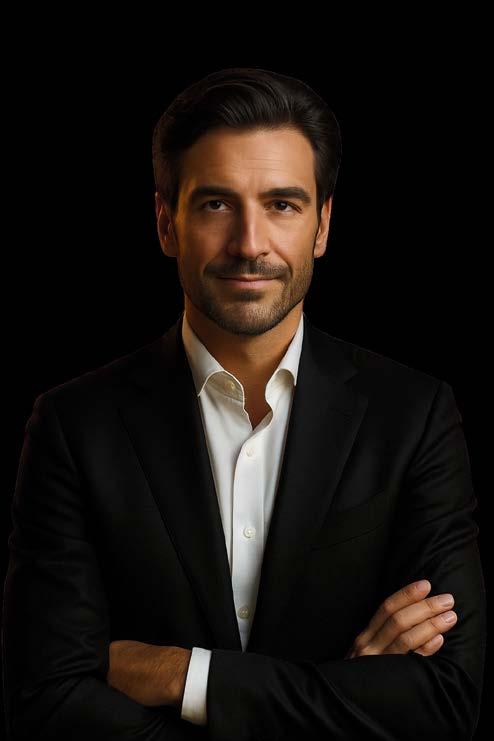

Property of: Neurallity SA - Gutschstrasse 19, 6313 Menzigen (CH)


An exclusive opportunity for Authorised Technology Partners to facilitate high-level acquisition of proprietary technology, designed to lead the next wave of digital infrastructure.
An exclusive opportunity for Authorised Technology Partners to facilitate high-level acquisition of proprietary technology, designed to lead the next wave of digital infrastructure.
Strategic licensing opportunities are now open
Scan the QR code to access HashBurst’s partnership gateway
Scan the QR code to access HashBurst’s gateway
Exclusive global distributor of HashBurst technology


The World of WAHO met at the Gulf, to talk about the past and future of the Arabian Horse.
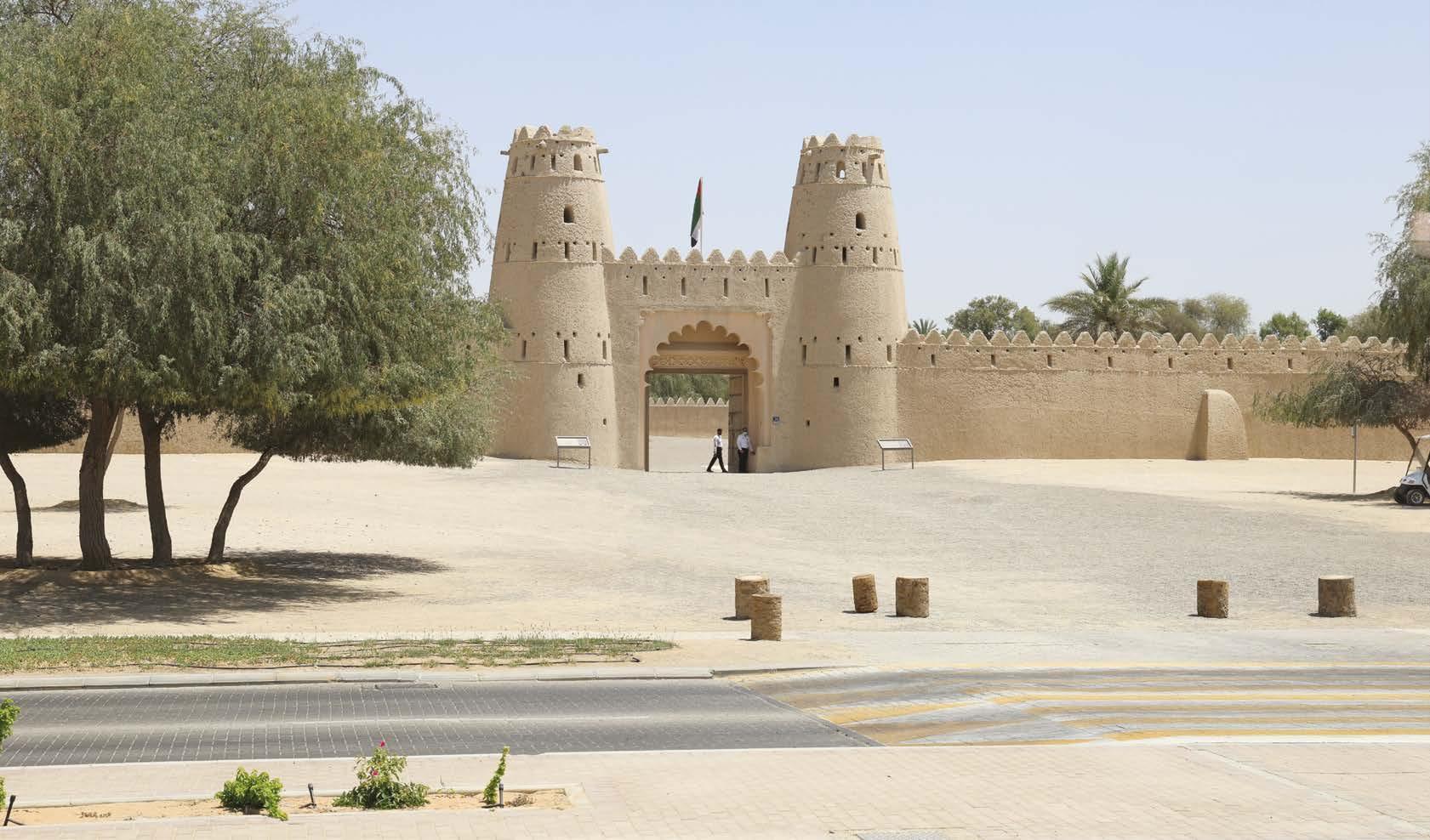
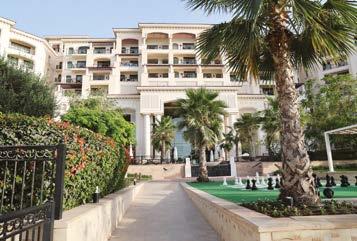
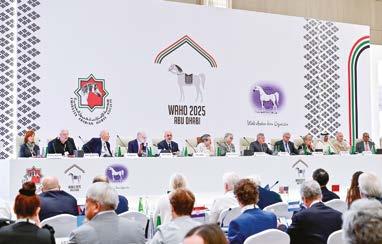
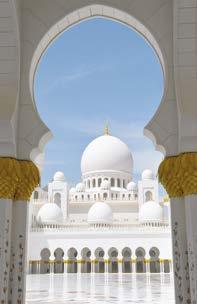
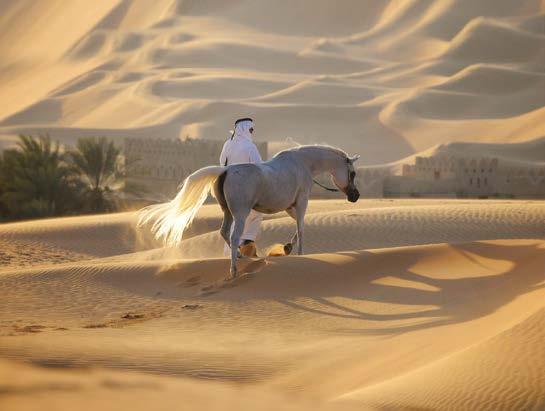


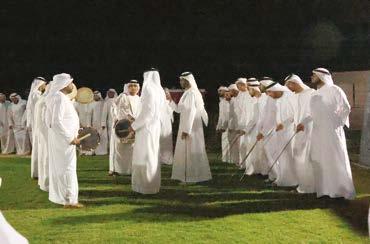
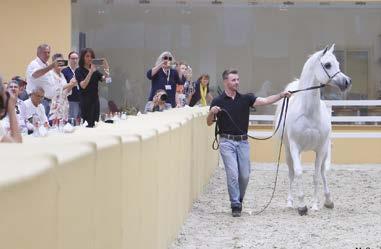
Regis Conference Hotel on Saadiyat Island
The World Arabian Horse Organization (WAHO), which is the only internationally recognized umbrella organization and custodian of the world’s purebred Arabian stud books for purebred Arabian horses, brought together registrars, delegates, experts, breeders, observers, and other Arabian horse enthusiasts at its meeting in April 2025. The venue for the WAHO world meeting, which takes place every two years in a different country, was this year in the luxurious St. Regis conference hotel on Saadiyat Island, in Abu Dhabi, the capital of the United Arab Emirates. A total of seven emirates have joined together to form the United Arab Emirates (UAE) on the Arabian Peninsula, whose capital is Abu Dhabi, ruled by the Al Nahyan family.
International WAHO General Meetings are multicultural events with sustainability. WAHO now has members in 86 countries. Over 300 delegates and observers from 56 countries enthusiastically accepted the invitation to the sun-kissed white sandy beaches and clear sea of the Gulf, where they enjoyed excellent cuisine and the country’s great hospitality. What most Arabian horse lovers don’t know is that anyone can participate in this event, which this time was free of charge thanks to the generosity of the host country. All you must do is fill out a form for WAHO membership, transfer a small amount to WAHO, and be registered as an observer at these conferences. For a total of 10 days, one can meet and exchange ideas with over 300 people from many countries, have breakfast together, listen to lectures, and meet for further discussions in small groups. Many participants have known each other for many years, and some come because they would otherwise never see their friends from other continents again. Real
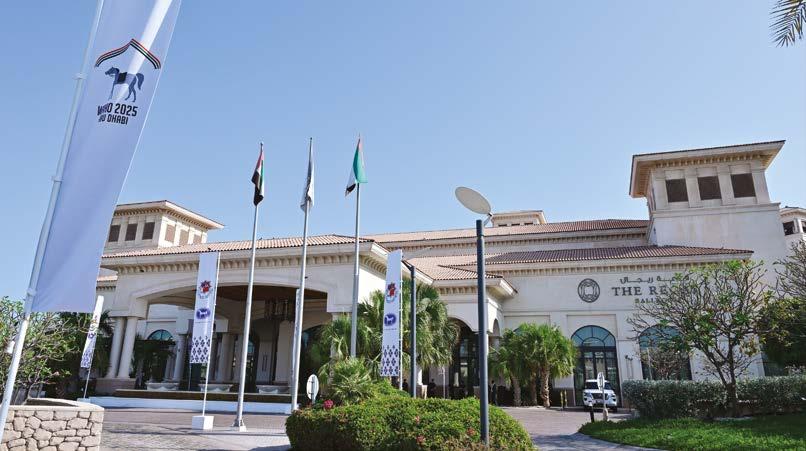
interpersonal communication has become a rare opportunity. At WAHO meetings, it’s different. There is also no competition between the participants, because the horses have stayed at home; the competition for the best takes place elsewhere.
The current worrying armed conflicts between the governments of some participating countries apparently had no influence on the mood. The focus was on Arabian horses as a common denominator and the people who all got along with each other. That alone was a political statement. In addition, the conference was a unique opportunity to discuss the problems of globalized markets regarding animal welfare, breeding strategies, registrations and exports of the member states and to come to decisions. The intensive seminars of the registrars, the WAHO Advisory Board, and finally the two-day conference were excellently organized, and a constructive and productive atmosphere prevailed at the WAHO World Conference.

The
The conference was held at the invitation and under the patronage of HH Sheikh Mansour bin Zayed Al Nahyan, UAE Vice President and Deputy Prime Minister of Abu Dhabi. HH Sheikh Mansour bin Zayed is a great horseman and has participated in many national and international competitions. He is also the founder and patron of the Sheikh Mansour Global Arabian Flat Racing Festival, which aims to promote the breeding of Arabians around the world as part of a traditional sport and as a performance test for Arabian horses. He inherited this passion from his father, the late HH Sheikh Zayed Bin Sultan Al Nahyan, who was the founder of the United Arab Emirates (UAE), the Emir of Abu Dhabi and, from 1971 to 2004, the first Ra’is, President of the UAE. The Emirates Arabian Horse Society (EAHS) was founded in 1985 to register Arabian horses in the Emirates. It is the guardian of the studbook and is committed to preserving the heritage of the various bloodlines of Arabian horses. His son HH Sheikh Mansour is the chairman of the EAHS.
The legendary Sheikh Zayed died in 2004. He was over eighty years old and left behind a legacy not only as the “Father of the Nation”, but also as the passionate advocate for the development of Arabian horse breeding in the Emirates. The principles and philosophy he introduced continue to this day. The internationally recognized quality of Arabian horses in the Emirates is fully supported by the Royal Family. They support all equestrian
After more than 300 guests from all over the world had spent three days exploring the highlights of Abu Dhabi, the General Meeting, the heart of the WAHO Conference, began on April 8, 2025, with the announcer saying: “This Conference offers a number of hopes and ambitions for the future and brings together an elite group of experts and specialists in the field of Arabian horses from all over the world. It is an honour that these events will be held under the patronage of His Highness Sheikh Mansour Bin Zayed Al Nahyan, UAE Vice President, Deputy Prime Minister, Chairman of the Presidential Court and Chairman of the Board of the Emirates Arabian Horse Society and with the guidance
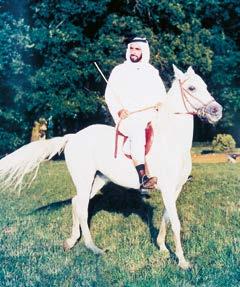

activities of the EAHS with generous prizes for every horse event. As early as 1996, a highly successful WAHO conference was held in Abu Dhabi.
This year’s generous hospitality and financing of the WAHO conference, included a free cultural and social program for all participants, as part of the EAHS’s effective policy and extensive support for Arabian horse breeding and the many private breeders now flourishing in the UAE. EAHS Director General, Mr. Mohamed Alharbi, is also a Consultant to the WAHO Executive Committee and led the team which ensured the successful planning and implementation of the conference.
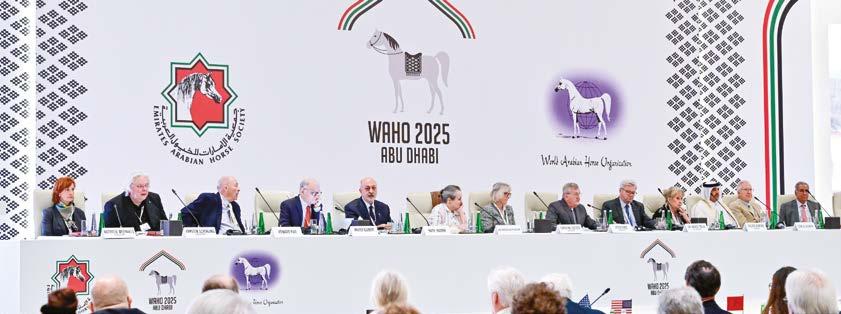
“Red List Catalogue”! W ho wo uld still buy them?
of Sheikh Zayed Bin Hamad Al Nahyan, Vice Chairman of the Emirates Arabian Horse Society, which reflects the commitment of the UAE to preserve the legacy of Arabian horses and to promote their status in the international arena. Now I shall leave you with this video”:
The following film vividly showed the journey that Arabian horses have made in the Emirates since the founding of the UAE.
Young breeders, however, often take that kind of labeling at face value. W hat is more, not all Blue List horses are Straight Eg yptians (just look at the offspring of Turfa, a foundation mare of both Blue List and Blue Star), and most of the Straight Eg yptians are not Blue List members – take El Zahraa in Cairo, still the cradle of the Straight Eg yptians, but only 25% of the horse s tock there are Blue List.
W hich is understandable, as the Ott famly put up their Blue List Catalogue in order to “ ... encourag e the preser vation and increased production of the type of Arabian horse originally found in the possession of the Bedouin tribes of Arabia ” (introduction to the Blue Arabian Horse Catalog by Mrs Jane Ott) So it was not just about, among others, Straight Eg yptians, but also about Syria and Saudi Arabia as countries of origin, as Eg ypt was a countr y impor ting Arabian horses, too. T he Eg yptian pashas had a par ticular liking for the horses from the Nejd area, the highlands of Saudi Arabia, whose offspring have today become a hype for the new breeders on the Gulf.
Famous r oot stock fr om El Zahraa State stud, Pyramid Society and Asil Club
T he Straight Eg yptian Nazeer (Mansour x Bint Samiha) emerg ed as the “stallion of the centur y ” in the state stud of El Zahraa He inf luenced Arabian breeding all over the World
“Throughout the generations the Arabian horse was a part of our identity and a powerful symbol of the unbreakable spirit. These majestic creatures have journeyed beside us through countless milestones carrying our traditions forward, connecting us with cultures near and far, to witness our journey and guided by the vision of His Highness Sheikh Zayed Bin Sultan Al Nahyan. The UAE has made its heartfelt mission to cherish and protect this treasured breed. It began back in 1996 with just 560 registered Arabian horses and has grown into a vibrant equestrian community today, our numbers have soared past 28,900. The UAE has nurtured this growth, developing state of the art facilities and strong global
partnerships. This has put UAE on the map, making the UAE the leading equestrian excellence in uniting horse lovers from around the world. And now as we gather for the 2025 WAHO Conference in Abu Dhabi we celebrate our journey and look ahead to new possibilities, where the legacy of the Arabian horse continues to thrive and it remains a source of inspiration for future generations”. The announcer (UAE) then continued at the conference: “The World Arabian Horse Organization, WAHO, represents a milestone in the field of preserving the legacy of these Arabian horses and continues to carry out coordination between countries to guarantee the improvement of this breed. It encourages disseminating awareness and knowledge in this field and promotes cooperation between all the different entities all over the world. We look forward to the work of this Conference, to push forward the efforts to preserve the Arabian horse and to promote further advancement and prosperity in this field and to direct the efforts exerted towards a brighter future for these horses, which are considered an integral part of our identity and our culture, the Arab culture”.
T he Straight Eg yptian Moniet El Nefous Family, the most impor tant Siglawy g roup in the El Zahraa Stud
Then we welcomed Sheikh Zayed Bin Hamad
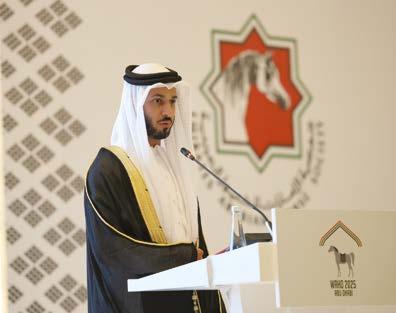
Al Nahyan, Vice President of the Emirates Arabian Horse Society.
H.E. Sheikh Zayed Bin Hamad Al Nahyan: “Ladies and gentlemen, distinguished guests, I would like to say, on my behalf and on behalf of Sheikh Mansour Bin Zayed Al Nahyan, Vice President, Deputy Prime Minister, the Head of the Presidential Court, and Chairman of the Board of the Emirates Arabian Horse Society based here in Abu Dhabi, that it is an honour to welcome you all in the UAE, and to express my thanks and
gratitude to host the WAHO 2025 Conference in Abu Dhabi. This international event gathers all the lovers of the Arabian horse from all over the world, to preserve this legacy and to promote their status on the international arena. God willing, the UAE has been able to support the wise leadership to really move forward and to preserve the Arabian horses and to provide an exemplary environment for the breeders and the owners of more than 26,000 Arabian horses here in our country, which is considered one of the most important countries for Arabian horses all over the world. This consecrates our commitment to preserve this exceptional legacy and to promote it in the international arena through this Conference.
Who would breed the ideal Arabian Horse?
We look forward to really moving forward between the countries and to promote the coordination and cooperation to preserve the Arabian horses and the legacy and to move forward to the next generations. We wish you all the success. May the peace of God be upon you all”. This was followed by two slide presentations providing in-depth information on the history and role of Arabian horses in the Emirates, presented here in a shortened version.
Quite hard for young breeders to still see through and understand all of that More experienced breeders, with their own breeding g oals fir mly established, take things in a more relaxed way - they know that labels come and g o. Still, org anizations that allot these “cer tificates”, and claim to have reasonable foundations for them, are much coveted. They are social networks, basically speaking, and have become many breeders’ ideological homes. T his ill-fated but attractive incentive towards “f locking behavior” does not necessarily result in better horses – as is easy to see not only in Straight Eg yptian breeding, but also in the extremely
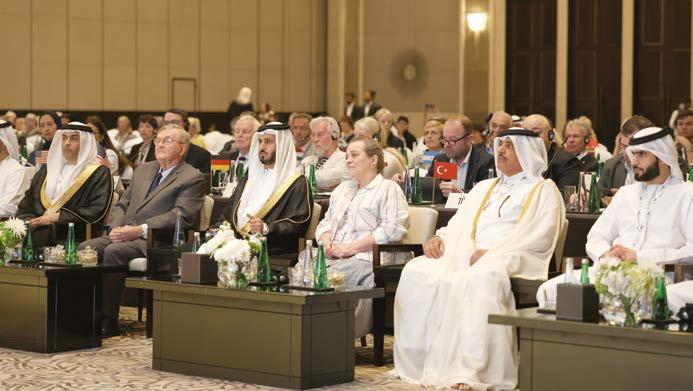
“Good morning, everyone, Sheikh Zayed bin Hamad Al Nahyan, Deputy Chairman of the EAHS, WAHO President, ladies and gentlemen, distinguished guests. I would like in the beginning to thank you for this great invitation to give you some of the information that has been brought to our attention about the horses in the United Arab Emirates. Had it not been for the queries of Sheikh Zayed Bin Hamad Al Nahyan about our Arabian horses we wouldn’t have really searched for that, to track the names and their strains, and we wouldn’t have read all the poetry about them. This is a collection of some of the information about the Arabians horses of the Al Nahyan family and some of the Sheikhs of the UAE. As you all know, Arabian horses used to be owned by the rulers and given as gifts, probably the most noble gift that they could give to each other. They were gifts from the Sheikhs of tribes in the era of the boom of the Pearl trade. They would say in the past, that someone who did not love horses and poetry, that there was a scepticism in his Arabism. They say that we are the sons of the desert, and we have a certain eye for the horses. These are some of the oldest verses because they go back to the end of the 18th century or the beginning of the 19th century that reflect the gifts amongst the rulers. Other documents concern, for example, a horse gifted to Sheikh Khalifa bin Shakhbout Al Nahyan who ruled Abu Dhabi between 1833 and 1845. Another document mentions that the ruler of Bahrain gifted 12 horses to Sheikh Zayed Al Khalifa in the year 1867. There are many documents that all mention the gifts between the rulers of the Gulf in the second half of the 19th century, such as one that mentions Sheikh
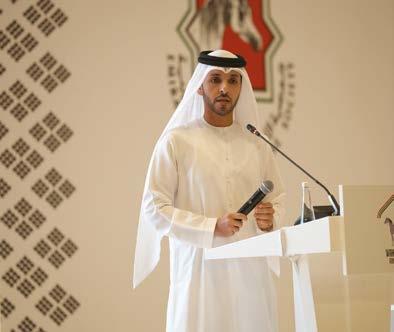
Zayed Al-Khalifa has given a horse to the Sultan of Muscat in the year 1888. Another shows the intentions of Sheikh Zayed Al Khalifa to give a horse or horses to the French Consulate back at the time. These were historical gifts that showed the interest of the Sheikhs, and they did follow up news of the horses and their foals.
In our interviews with elderly people for our history archives, we have heard many stories of the different names and strains of the horses, also the horses of the rulers of Dubai and other Emirates and tribes in the U.A.E. We have documents regarding Dubai and Ajman and Al Ain and Sharjah and all these areas in which the horses were gifted between the rulers and the Sheikhs of the tribes and the traders of pearl and the companions of the Sheikhs. We have gathered all the information, names and owners of horses starting from the 19th century until the middle of the 20th century.
We also have stories and documents about the link between the women and the horses; it is mentioned in our history that they were also horse riders. This is some of the information from the collection that we have in our archives, and I hope that I haven’t spoken too long and thank you very much indeed”.
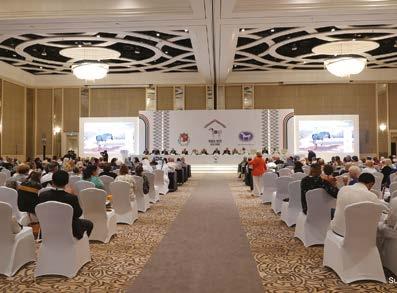

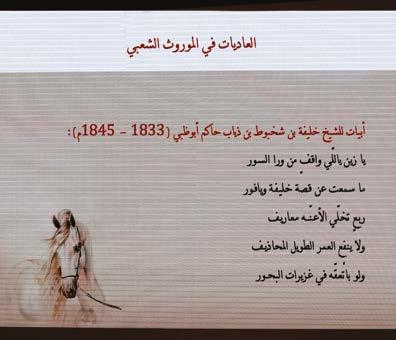
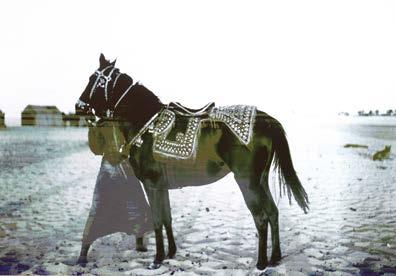

MR. MuHAMMAD AlI
“Peace be upon you. At the beginning I would like to extend my thanks to His Highness Sheikh Zayed Bin Hamad Al Nahyan and the Emirates Arabian Horse Society for hosting this World Conference and event that we have always been wishing to attend. The presentation that I am going to give is about the purebred Arabian horse, the desert bred horses, who are the grandsires and granddams of the Arabian horses now registered in WAHO. Since time immemorial there has been a connection between man and the Arabian horse. The Arabian horse was a companion to man, wherever they stayed or travelled and it was used in wars and for hunting. A gold bridle was discovered in the UAE, dating back to 3,000 BC, it was discovered in the Mleiha area in the Emirate of Sharjah in the tomb of one of the kings of the Arabian Peninsula who ruled that area before recorded history. The bridle was discovered in a cemetery, and this was one of their customs, that they would slaughter these animals close to the tombs of their people, so that these people could ride their horses in the afterlife. This is what they expected or believed and is documented through Arabic poetry. The horse was mentioned in the holy Koran, in the Surah Al-Adiyat.
Prophet Mohammed, peace be upon him, also said that the horses are a symbol of goodness at the day of judgement, so take care of them and their breed. Arabian horses were spread all over the countries through wars and conquering as recorded in manuscripts, poetry and history. This included details about veterinarians, breeding and horse riding. Ibn Al Arabi was a historian who documented these. We have also Ibn Al-Matar, his register mentions the qualities of the Arabian horse and how to master the art of horse riding.
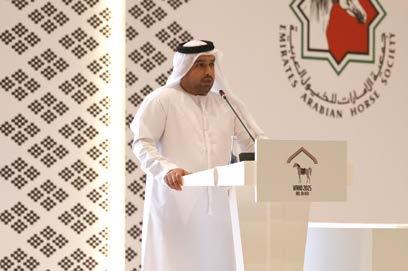
So, we know that Arabs and Muslims have dedicated great care to Arabian horses.
The Bedouins realised quite early that the Arabian Peninsula’s environment was a harsh environment and this has led to displacement or emigration of a lot of tribes northwards. This led to the movement of horses from one place to another, and led to acquisitions in a number of ways, including through wars or gifts from the Royal families or high-profile people. Since the beginning of Islam to the Abyssinian empire there was a registration of all Arabian horse’s strains, and their different types. After the Abyssinian empire they started recording these horses and mentioning their parents, and the importance of the mothers of the horses, the dam line. The legend of the five original strains may partly relate to the incident of the collapse of the great Ma’rib dam, it was reported and recorded in history, but it wasn’t a fact. Many historians and documents talk about this incident, but we look at these stories and narratives from a scientific perspective and now we talk about Al-Ashraf or the Nobles, and they have the early advantage of recording and documenting the history of Arabian horses.
We know that Sharifs of Mecca from the late 1500s to early 1600s created a register for horses, where they recorded the origins and pedigrees of all the horses in the area. This register as it was reported to us, is lost now,
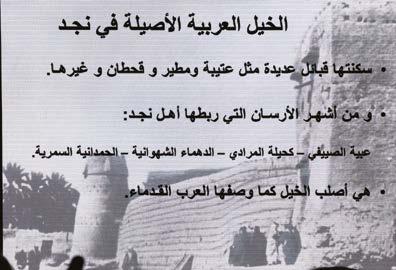
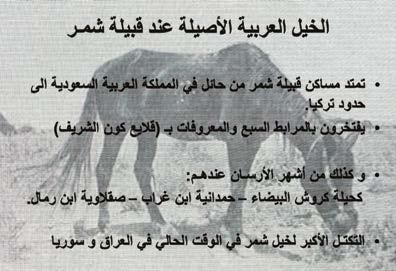
but many historians mention and confirm that it was recorded at that time. The Arabian horses of the Sharifs were at that time entrusted to the care of some Bedouin tribes and breeders, these tribes referred to the horses of the Sharifs as the “Daughters of Al-Qatana”. Historians knew that to have 10 horses was considered a viable horse breeding stable at that time, and they would breed from a colt that was 2 or 3 years old.
One of the most famous Arabian horse strains in the Arabian Peninsula was from the tribe of Shammar, this is a pure blood and ancient horse that was well known for its purity, courage and beauty. At that time many battles and wars were launched, and horses were taken as part of the spoils of wars.
From 1700 to 1910, the Seglawi Jedrani was a

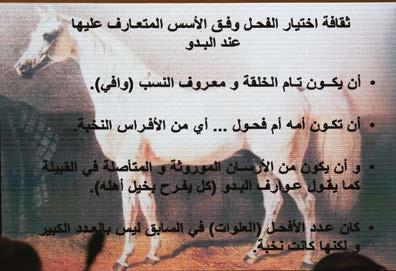
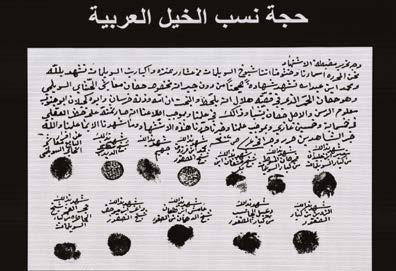
very famous Arabian strain, especially the Jedrani is known as one of the most elegant and famous horses in the Arabian Peninsula. Al Ayouf from the Sheikh of the Al-Jarba tribe was mentioned in a book called Tribes of the Euphrates. Also mentioned were the different horses of the different tribes, with their strains. Given that the North Arabian Peninsula was richer in horses than other areas it has diversity in its strains and categories.
The Anezah Tribe which is one of the most famous and populated tribes in the Arabian Peninsula and one of the biggest tribes to document all qualities and history of horses at that time. A lot of information was recorded through poetry, historical records and through story telling. in history. Many horses of various strains
were transported to Europe in the late 1700’s. It’s clear that we still have those strains now. It’s also mentioned that many of those horses were transferred through Syria and other levantine countries and this Anezah tribe was very well known and famous for its horses.
The pureblood Arabian horses in Najd included the Hamdani Simri strain and other strains that were well known in Najd. Some of them are extinct but thankfully we have a great part of them still in existence and still breeding. Najd Arabian horses, from the harsh environment of the Arabian Peninsula, contributed to making this Arabian horse one of the strongest and most powerful horses, well known for its power and vigour. The culture of foaling differs by tribe or by region. It was important to document the birth of the foals, as a standard for registering its history, pedigree and strain. Arabs would prefer horses that have long legs and specific qualities and beauty, and it must also have well known parents. So, every breeder would be very proud of having mares and foals and the Anezah tribe also gave greater meaning to these concepts. El Saklawi for example was a horse with a specialty and the Hamdani Simri was famous in all tribes. When the Bedouins inhabited the Arabian Peninsula the number of foals born was not as great as it is now, because of more scientific approaches to breed horses and take care of foals.
We know horses were well known for being, let’s say, vehicles in wars, where they would accompany warriors through long wars and battles, so that they would always take care of their foals and horses at an early stage to prepare them and to have the power to join those wars or battles. There are some common criteria in terms of breeding and pure blood. Sometimes the foals or mares would be sold at different horse markets and people would buy them without knowing their strain or dam line. If we suppose that they would take the foal or the mare and they did not know
the strain or ancestry of that horse, they would not use it for breeding. So, this is a very strict point that is considered when we talk about parentage verification - how to track back the parents of these foals. We have this document of breeding, which is a claim of parent lineage. Then we have war gains for example, when the victorious would take the horses and whatever they can as spoils of war. There are many examples from the 19th century for buying and selling a horse between tribes or individuals with witnesses attending the transaction. Thank you for your kind attention and listening.”
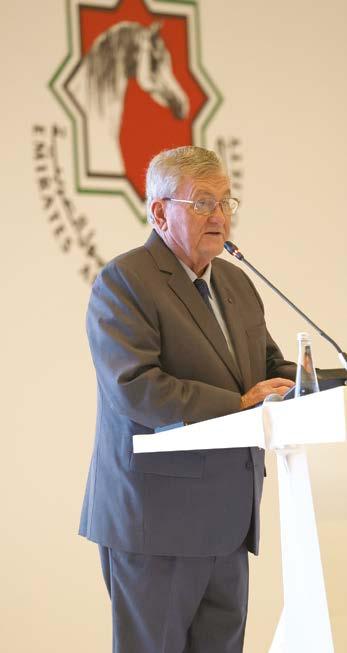
Australian breeder Mr. Peter Pond took over as president of WAHO more than 10 years ago from Dr. Hans Nagel, who retired for reasons of age. With his powerful opening speech, Pond set the tone right from the start and took a stand on the opportunities and challenges facing a multicultural, international non-profit organization today. He not only addressed the situation of the organization’s members, but also included the situation of Arabian horses and presented results from the FEI and World Horse Welfare Research Project. Here are excerpts from the speech.
““I always remind the Meeting in this opening speech that WAHO is a totally non-political organization. WAHO was founded on our members’ respect for each other, on mutual cooperation and friendship between individuals, between countries and across cultures, histories and languages. We often call ourselves the unique family of WAHO and I really do believe that is true, because our strength as an organization lies in the continuity, good will and mutual respect for all of our members. Whether those of us gathered here today are registrars, administrators, breeders, owners, competitive or pleasure riders, we all share the same common interest: our beautiful breed, the Arabian horse. All the same, I cannot ignore the fact that there are many of our members living in an age of instability, political unrest and turmoil, and it is clear that many have been very badly affected. I am sure we all wish that these conflicts will be resolved and that everyone affected can return to peace and stability. These conflicts have not only caused much human suffering but have also had a detrimental effect on the Arabian horses in those countries. Yet it is very apparent to me that there are many Delegates and Observers here with us today from some of those affected countries. For that strong commitment to WAHO, I both thank and applaud them. This year WAHO is celebrating 55 years since it
was founded as a Registered Charity in the United Kingdom and I am sure you will all agree that this is a most significant achievement. Normally in this opening speech I would take you for a walk down memory lane, to remind you of WAHO’s main achievements over the decades. I will not be doing that today, as the agenda for this Meeting is very full and we only have two days to get through it all. If you are interested, you can find a detailed summary of our history, titled ‘What is WAHO’, on our website. At the same time, I do feel it’s vital to remind ourselves that the WAHO Definition, which has been in effect since 1974 remains absolutely central to our organization. Personally, I had the opportunity to be there when that Definition was endorsed in Malmo in Sweden in 1974, I was at that WAHO Conference. The WAHO Definition has proved its worth over and over again. I think it is worth quoting it one more time as I can assure you that we have no intention of ever moving away from its wording.
The WAHO Definition reads as follows
“A purebred Arabian horse is one which
appears in any purebred Arabian stud book or register listed by WAHO as acceptable.”
Those few words are deceptively simple, but of the utmost importance, removing all the historical disagreements between countries on what horses they did or did not accept. It is easy for everyone to understand and for all our Member Registries to implement. Basically, if a Purebred horse is in one of our accepted Stud Books under the Definition, it is accepted by every Member of WAHO. As a result, most people now cannot remember the time when horses were refused registration based on their pedigrees, their physical appearance or even for political reasons. Today it is hard to imagine the frustration and distress that this caused their owners and the distrust and annoyance it caused between countries. All that was banished by the creation of WAHO, by the WAHO Definition and above all by all of our member countries, which is all of you, working harmoniously together under the WAHO umbrella. Long may that continue.”
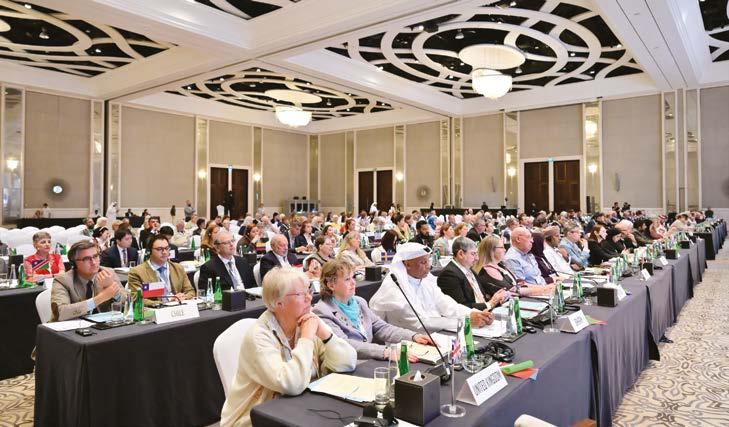
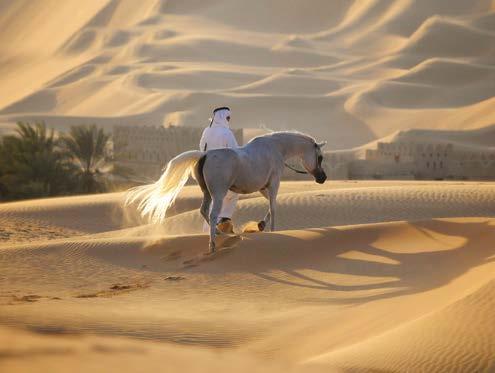

Peter Pond presented key findings from the FEI and World Horse Welfare research project:
“I am going to read you a small piece which is about a new initiative by World Horse Welfare, the FEI and others and this is called “A Good Life for Horses” and is to be followed by another new one on which research has just started “A Good Life for Breeding Horses”. To summarise, our aim should be to ensure that our horses have a good life, one in which their overall experience of their own life, when taken across their lifetime is a substantially positive one. This covers their physical environment, nutrition, health, behavioural interactions and mental state. Through considering positive as well as negative impacts, it is also our duty to provide the horses in our care with a species appropriate life, centred around their 3 essential needs: friends, forage and freedom. What does that involve?
Friends: Horses are highly social animals and as such socialisation with other horses is a vital part of their day to day life, so providing opportunities for physical contact is important for their welfare and mental wellbeing. Ideally, they should be able to be turned out together to build social bonds through behaviours such as mutual grooming, playing and having fun, if this is not possible then making sure horses can see other horses when turned out or in their stable is an option.
Forage: Horses are predominantly grazers and forage which can include grass, hay, haylage as well as alfalfa, chaff and grass replacers, and all of this is vital for their digestion and can help reduce instances of colic and gastric ulcers. Forage also prolongs eating time which is important for horses’ mental wellbeing as they have a behavioural need to spend most of their time eating. Horses that do not have their behavioural needs met because they are fed a low forage, high sugar and starch diet are more likely to display unwanted behaviours.
Freedom: Freedom of movement is important for horses physical and mental wellbeing. Horses evolved to live on large home ranges and will move 10-20 km per day when given the opportunity. Although this is of course not possible in most domestic environments there are many ways to provide them with opportunities to move, including herd turnout as just mentioned, or riding and groundwork, which also encourage movement. But this is not normally within the horse’s control. Freedom does not just mean freedom to move, it also means freedom of choice, this is an important element in maintaining equine welfare and wellbeing. For our stallions and broodmares perhaps, it is time we returned to more natural breeding practices and give them the chance to exhibit all the natural behaviours that are so vital to them.”
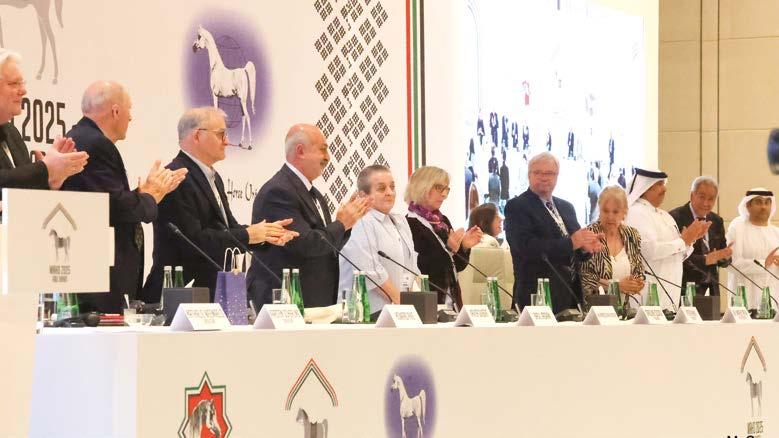

Afterwards, everyone in the Assembly session observed a minute's silence in memory of the WAHO members who had passed away in the last two years. However, it was not all sad news on the agenda; there were also positive topics, such as the rising membership numbers and the ever-increasing international interest in breeding purebred Arabian horses around the world. The WAHO office commented:
"The People's Republic of China was welcomed as a full Registering Authority Member of WAHO after publication of their first stud book. Applying Member Ukraine has nearly finished its first stud book, despite obvious difficulties, and upon its publication will automatically become a full Registering Authority Member of WAHO. Zimbabwe was approved as caretaker Registry for the Arabian horses in Botswana Bolivia was approved as caretaker Registry for the Arabian horses in Paraguay Kazakhstan was approved as caretaker registry for Arabian horses in Uzbekistan.
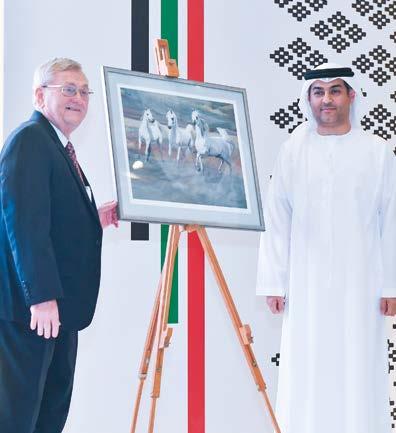
It was formally announced that the Netherlands has already been approved as caretaker registry for Arabian horses in Greece and Malta and is working towards obtaining permission from the Irish authorities to become the caretaker registry for Arabians in that country as well. (Before Brexit, Arabians in these three countries were historically always registered by the Arab Horse Society in the UK).
All of this must be organised, administered and managed by the WAHO.
In this respect, the WAHO conference is a helpful platform for informing, coordinating and further educating the national associations. The results from the WAHO statistics are also worth mentioning. Foal births have risen sharply in some Arabian countries. In Saudi Arabia, well over 6,000 foals are born each year, and in Egypt, more than 2,000 foals are born each year.
In addition, there are breeding associations with growing numbers of foals from countries, also in SE Asia, where Arabian horses have only been bred for a few years. In the USA and Europe, where Arabian breeding has flourished over the last hundred years, breeding has declined sharply. In those countries, global financial crises and the rising maintenance costs for horses in relation to a polarising market value are having the greatest impact. Reproduction in Western Europe has fallen by an average of 25%, as my colleague Gudrun Waiditschka writes. However, in Germany, reproduction has declined by 66%. The situation is probably similar in Italy and Belgium, although this is not apparent from the statistics as some of the large breeding establishments there belong to the ruling families of the Arabian Peninsula. Overall, the shift towards the ‘countries of origin’ is clear. There, Arabian horses are part of the cultural identity and inspire young and old across all social classes.
This was followed by the always interesting reports from the Delegates representing the 56 WAHO Registering Authority Member countries present at the Conference. These Stud Book authorities are each responsible for the management, coordination and administration of their own national stud book for Arabian breeding, all of which come under the WAHO Definition. In many countries, breeders have free access to the stud book and can carry out administrative tasks and registrations online (e-government). However, in some countries, paper is still used. Beyond that, there are very different national initiatives and activities involving horses in each country. Some countries mainly promote and breed Arabians for the racetracks, while others focus on endurance, racing or show business. Some take great care to integrate children and young people into equestrian sports with Arabian horses and organise events for this purpose. It would go beyond the scope of this article to report on individual countries. We recommend reading the new WAHO booklet ‘2025 WAHO Conference, Abu Dhabi, United Arab Emirates’, which provides a verbatim account of the entire conference. Another item on the conference agenda was the surprising resignation of Dr Marek Trela (Poland) from the WAHO Board for personal reasons. He had been an active member of the Board for 21 years and also held the office of Vice President. HRH Princess Alia al Hussein of Jordan, who has been a WAHO board member for many years, was elected Vice President. This was a very popular choice.Two minor amendments to the WAHO Constitution were passed. One on finance allowed for a future levy on exported horses, as part of WAHO's fees. The other allowed for the WAHO EC to formally approve any major changes to
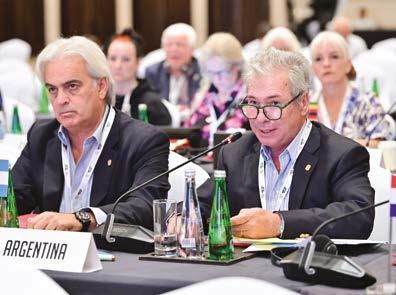
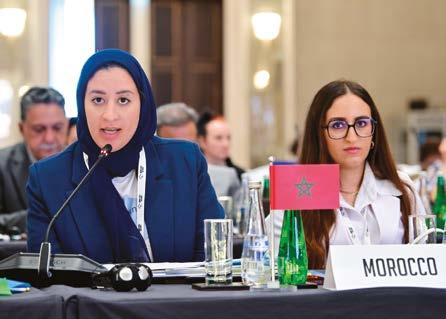
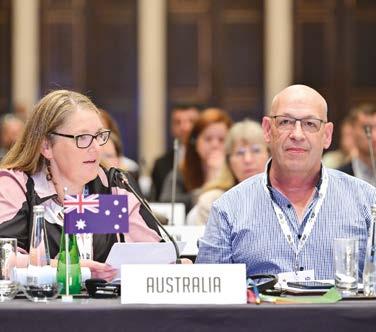


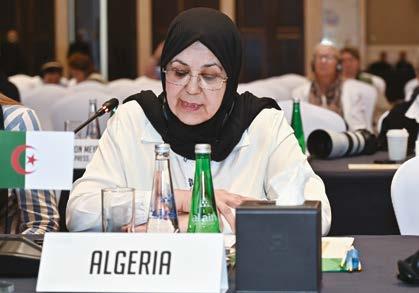

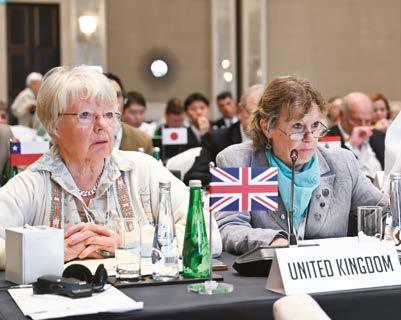
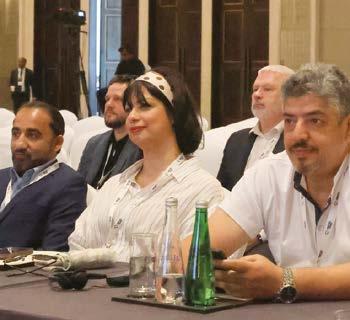
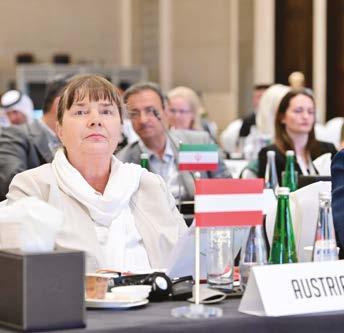
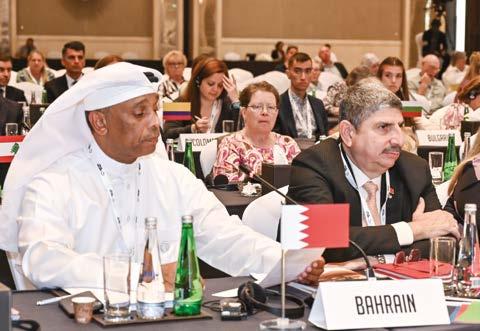

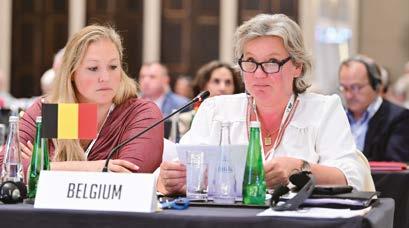
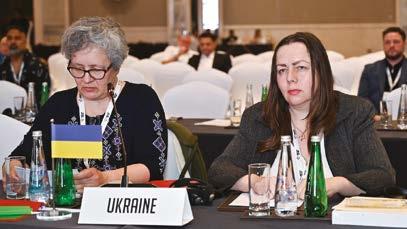
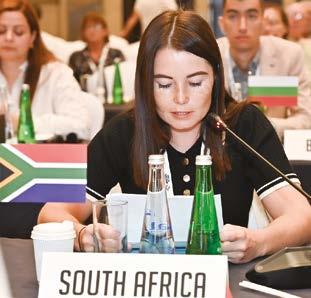
the structure of a Registry Member's governing authority and personnel. The finances were also reported on in detail. The Treasurer's report, held by WAHO treasurer Mrs Caroline Sussex, included adopting the 2024 WAHO accounts and a notification of various membership fee increases from January 2026. To date, the main income has come from the annual Membership fees and Foal Levies of the Registering Authority Member countries, as well as subscriptions from the Associate Members and Individual Members. In future, there will also be a small levy on each exported horse.Five nominations had been received for the election of up to two new Consultants to the WAHO EC. Only one of them, Dr Mohamed Machmoum from Morocco, was successful with over 50% of the votes cast.
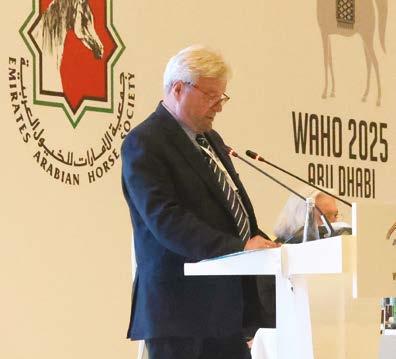
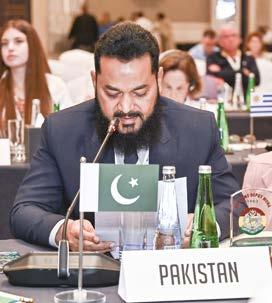
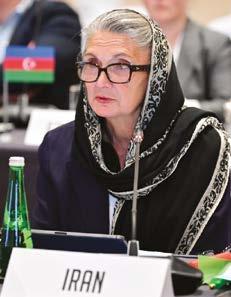

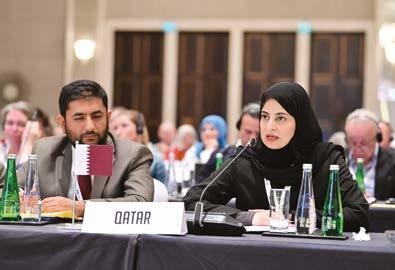
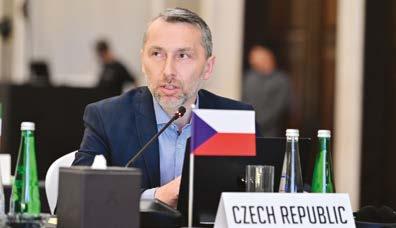
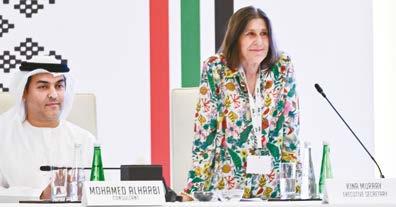
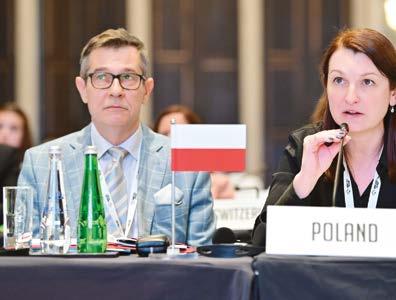
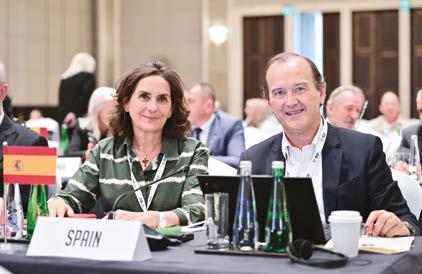
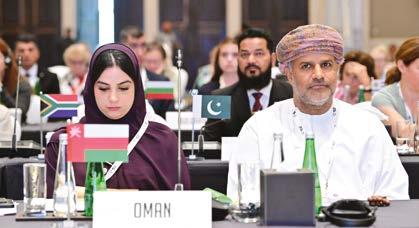
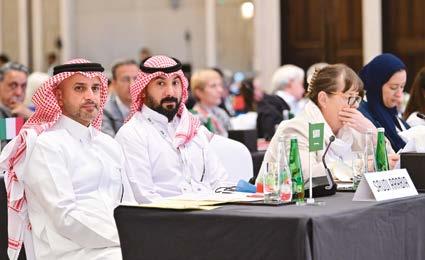
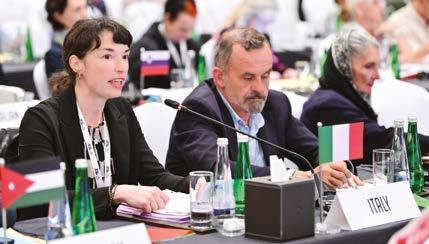
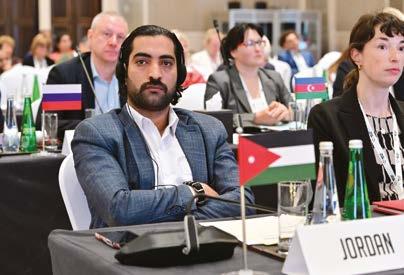


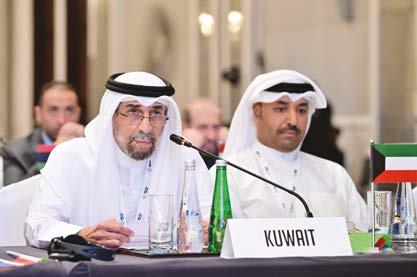


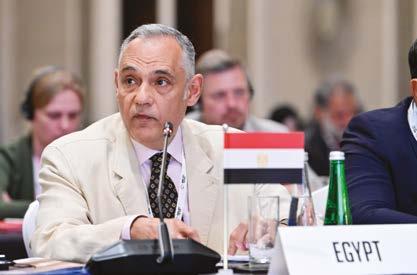

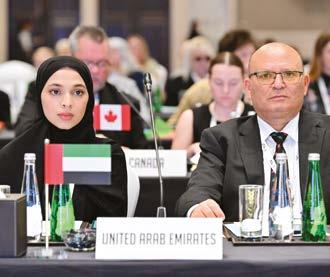
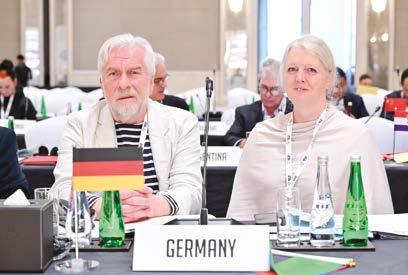
All major decisions are voted for by the delegates. They each have three coloured flags, red, green and blue, so that results can quickly and easily recorded.
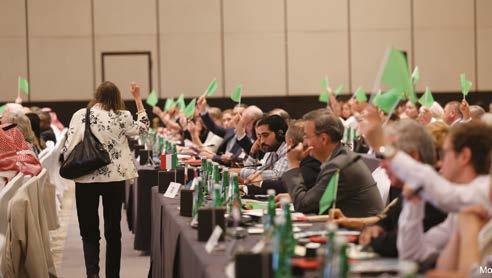

xavier Guibert from France is Chairman of the World Registrars Meeting and moderates this core topic at WAHO World Conferences.
He then took the floor to inform the Assembly of the results of the Registrars Meeting and, in some cases, to put them to the vote. Almost 100 delegates from 55 countries around the world took part in the meeting. Essentially, some of the WAHO rules were updated, most of which were minor changes.
1. Export certificates: WAHO does not issue export certificates to owners or breeders; they are only passed on from stud book to stud book.
2. Rule 4: Previously, the rule stated that ‘employees of the registration authorities may not be owners or breeders of Arabian horses in order to avoid conflicts of interest’. However, many countries said that it was impossible to prohibit this. It was decided to delete this sentence from the WAHO rules.
3. ‘For animal welfare reasons, WAHO strongly recommends that fillies should be older than 36 months before their first breeding attempt, regardless of the breeding method used.’ This was discussed, but the Executive Committee decided not to make any changes. WAHO has issued a general recommendation not to breed with fillies under the age of three. Unfortunately, there are countries where the covering of fillies from 24 months of age is permitted.
4. Italy proposed the creation of an export certificate specifically for exported embryos. The idea is that the form should indicate the donor mare with the embryo approval issued by the studbook, including the identification of the recipient mare with UElN. The buyer, seller and breeder of the embryos should also be specified in detail. The proposal was accepted.
5. Each registrar or representative of a studbook
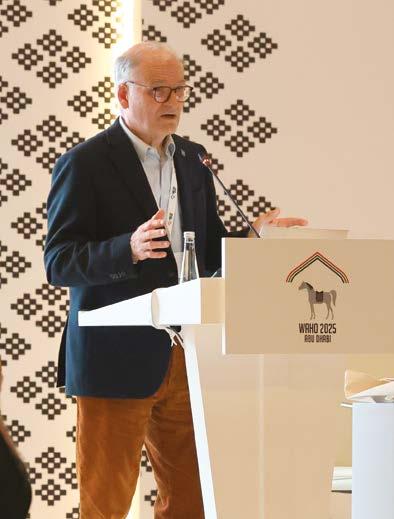
was asked to provide information about their most recent studbook or online database. Some only have PDF files on their websites, some are truly ‘online’ and are updated daily or weekly, some are accessible to everyone, others only to members and breeders. Xavier Guibert expressed the hope that “in the near future, all studbooks will be online and we will form a comprehensive “WAHO database”.
6. Each registrar was asked to indicate how they communicate information about WAHO rules and the availability of tests for genetic defects (CA/SCID/lFS) to breeders. The results showed that mandatory testing is only required in six countries; in most countries, testing is offered but not mandatory. Some enter the results into the database, others do not. In most cases, the results are forwarded to the database and the stallion owner, but it is up to the owners to decide whether they want to publish this information online.

7. The next item concerned communication with WAHO and between studbooks. In summary, all registrars confirmed excellent communication with WAHO and unanimously thanked Executive Secretary Katrina Murray.
8. Bahrain raised the issue of the true age of young horses in racing and at shows. How can the age of young horses be verified if the stated date of birth cannot be trusted? The conclusion was that there is no other solution than “the control method practised by our ancestors 100 years ago, whereby they registered the foaling dates, calculated the provisional date of birth and contacted the breeder to ask them to report the birth within a month.”
9. Finally, Natalie Meredith read out a disturbing letter from the British Horseracing Authority on the subject of genetic doping. This is a new risk whereby the DNA of a thoroughbred could be injected into the DNA of a purebred Arabian.
WAHO RulE 19 Embryo Transfer
WAHO Rule 19 deserves its own paragraph. The basic principle is: ‘Each Registering Authority Member has the authority to allow or not allow the use of Embryo Transfer within their area.’ However, after more than 20 years of embryo transfer (ET), the euphoria has disappeared and some negative side effects are slowly dominating breeding activities. In the Netherlands, almost 50% of registered foals are ETs. In Belgium, the figure is 30%, with most of the foals being from migrant mares registered in the country. In contrast, 10 countries still do not allow ET. In Poland, the recipient mare must be an Arabian mare. This is a step that is recommended for imitation. The main criticism of the ET method is the epigenetic influence on the Arabian horse
vERy STRONG REcOMMENDATION:
breed by the recipient mare. But breeders also criticise the creeping inbreeding depression spread by the ‘Privileged Sire Syndrome’, the enormously high costs of assisted reproductive technology (ART) and the loss of nature’s influence on the psyche and quality of life of Arabian horses. (See the talk on this topic at the conference.)
The WAHO was aware of the problem and the following rule was proposed for voting in order to reduce the number of embryo transfers per mare per year: “It is a binding WAHO rule that each donor mare is limited to the production of one foal per year by embryo transfer, with this foal being carried by a recipient mare. The donor mare may also give birth to a naturally carried foal in the same year. In the case of naturally carried twin foals, both are eligible for registration.” A lengthy discussion ensued. Finally, a vote was taken to gather the opinion of each country. Fifty-two countries were present. Nineteen countries were in favour of limiting mares to only one ET per year plus the carrying of a naturally conceived foal. Thirty country representatives voted in favour of a strong recommendation, but not a rule. One country voted against any restriction. There were also 2 abstentions. Although the decision was relatively close, the proposal could not be implemented because some representatives of the assembly stated that they could not legally enforce it in their country. As a result, the board decided to adopt a very strong recommendation instead of a rule. The duly updated and agreed WAHO rules were then passed as a whole by vote of the Delegates on the General Assembly.
In order to protect the welfare of Arabian mares, it is a very strong WAHO recommendation that each donor mare is limited to producing one foal per year by Embryo Transfer, that foal to be carried by a recipient mare. That donor mare may also give birth to a naturally carried foal in the same year. In the case of naturally carried twin foals, both will be eligible for registration. For the purpose of this recommendation, a year consists of a period of 12 consecutive months.
In April 2025 His Highness Sheikh Mansour bin Zayed Al Nahyan, Vice President of the United Arab Emirates and Chairman of the Board of the Emirates Arabian Horse Society (EAHS) hosted the WAHO Conference in Abu Dhabi including organised visits to several places of cultural and historical interest. There were almost 300 delegates, attendees and WAHO Council members. The excursions and visits were well organised in comfortable coaches, with wonderful lunches and dinners every day. A feast in so many ways. Whether you have visited the Emirates before, or this was your first time, we were to discover that beyond the glittering skylines and luxury shopping lies a rich history stitched together with ancient traditions and bold ideas. We started on Saadiyat Island, the cultural heart of Abu Dhabi. At its centre, the louvre Abu Dhabi is as much a work of art as the treasures it houses. French architect – Jean Nouvel – was directly
“No man can live this life and emerge unchanged. He will carry, however faint, the imprint of the desert, the brand which marks the nomad; and he will have within him the yearning to return... For this cruel land can cast a spell which no temperate clime can match “.
(Wilfred Thesiger)
inspired by the UAE’s native architecture, and the spectacular silvery ‘floating’ dome’s intricate pattern serves as the source of the museum’s ‘Rain of light’ and gives an amazing effect of shade and light. Our group were lucky enough to have an extremely knowledgeable guide, who managed to impart history and its relevance in an interesting and enthusiastic manner. There was only time for an ‘express tour’, but it has whetted the appetite to return and see more. The museum has a fantastic collection of works that presents stories of creativity from the beginning of recorded history. There are 12 Chapters with more than 600 artworks and artefacts that span history, artists, civilisation and cultures. Something for everyone, and especially WAHO members, as there were several horses depicted in paintings, sculptures
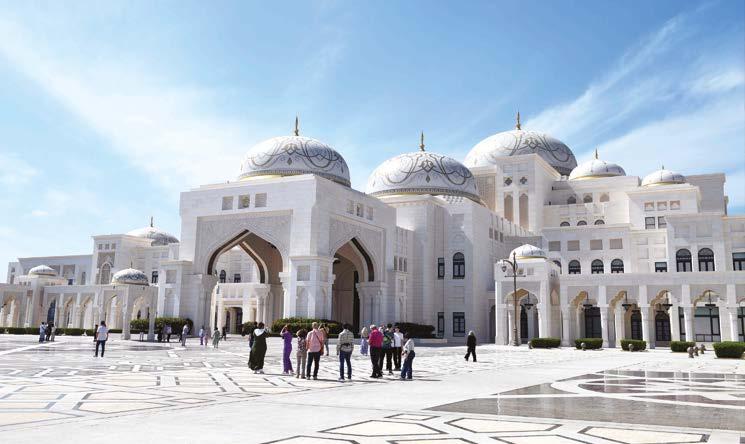

and models, through all the ages.
From there, the Abrahamic Family House invites you to pause. Three houses of worship — a mosque, a church, and a synagogue — stand side by side, joined by gardens in the sky. It’s peaceful, purposeful, and quietly profound. The three houses of worship are designed of equal stature, size and materiality to eliminate any sense of hierarchy. The Mosque is oriented towards Mecca, the Church towards the East and the Synagogue towards Jerusalem. Not far away, cranes and scaffolding signal the future: the falcon-winged Zayed National Museums designed by Norman Foster + Partners as a memorial to the late Zayed bin Sultan Al Nahyan, the founding father and first president of the UAE. His love of falcons inspired the towers to be shaped like their wings. It is due to open in December 2025.
The striking forms of the Guggenheim Abu Dhabi and Natural History Museum can also be seen as they near completion, and imminent openings. Each museum will further showcase Saadiyat’s cultural offerings.
The Sheikh Zayed Grand Mosque is one of the UAE’s most recognisable modern landmarks. The late founder of the UAE, Sheikh Zayed bin Sultan Al Nahyan aspired to build a mosque personifying the moderation of Islam. Its 82 domes rise above courtyards inlaid with hundreds of thousands of different types of mosaic marble pieces from Italy, India, Greece, and China. Bringing together cultures around the world through its aesthetic features and architectural designs.
If the mosque is about vision, Qasr Al Hosn is about roots. Built in the late 1700s as a watchtower, it grew into a fortress and family seat, standing witness to Abu Dhabi’s transformation from fishing village to thriving capital. Today it’s part of a complex that includes a cultural foundation with workshops, performances, and exhibitions.
Nestled in the heart of Abu Dhabi, Qasr Al Watan,
also known as the Presidential Palace, stands as an iconic symbol of the city. This magnificent palace not only serves as a working presidential
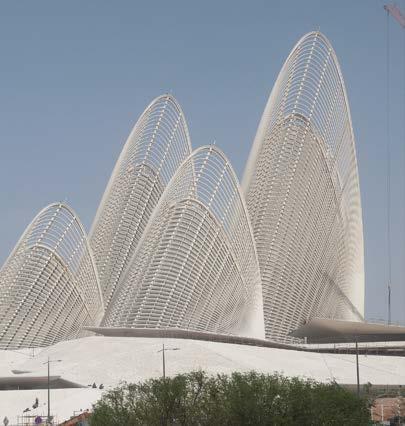
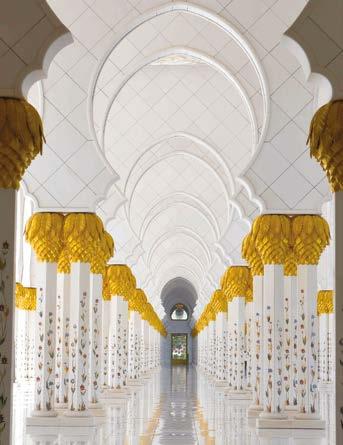
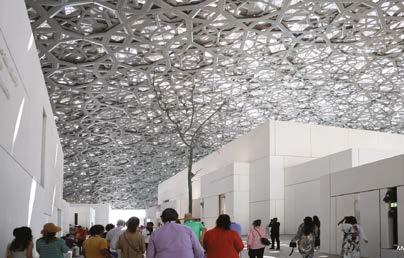
The Louvre Museum, Abu Dhabi – the amazing dome creates a ‘rain of light’
residence, still used for official state functions.
Under its 37‑metre central dome, you can browse gilded manuscripts, ornate carpets, and an entire hall dedicated to diplomatic gifts, providing insights into Arab cultural heritage, history, and the principles of Emirati governance.
Many of us spent a full day in Sharjah ‘The Pearl in the Gulf’. The Museum of Islamic Civilization takes a scholarly yet dazzling approach, bringing together more than 5,000 artefacts: miniature paintings, ancient coins, celestial globes. Each gallery is a doorway into another chapter of the Islamic world’s vast contributions to art, science, and faith. A stunning mosaic in the central atrium replicates the night sky and zodiac ecliptic, adding to the museum's immersive experience.
Later our group went to the large and well‑ equipped equestrian centre to see Arabian horses competing at the 26th Sharjah International Arabian Horse Festival. It was an interesting evening watching impressive Arabian horses competing for the championship awards, in all the Showing classes.
The desert road to Al Ain delivers a different tempo. This is the UAE’s green heart, where oases cool the air and history lies in layers.
The Al Ain Museum is the oldest museum in the UAE, established in 1969 under the leadership of Sheikh Zayed bin Sultan Al Nahyan, founder of the UAE and affectionately known as Father of the Nation. It charts the history of Al Ain from the
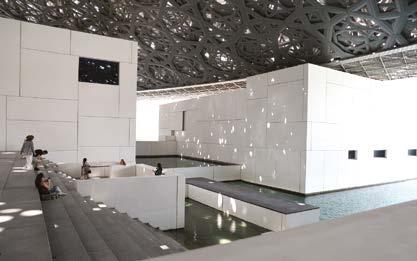
or places.
Stone Age through to the foundation of the UAE in 1971.
The picturesque Sultan Fort, also known as the Eastern Fort, is a well preserved mud brick structure with towers at three of the corners, lying within the grounds of the museum.
Sheikh Zayed bin Khalifa ordered the construction of the Al Jahili Fort in 1891 as a stronghold to control the Bedouin tribes of the area, protect the palm farmers of the oasis, and serve as his summer residence. In 1955, it served as a base for the Trucial Oman Scouts. It was used to distribute first aid, basic medicine and items such as disinfectants to remote villages around Al Ain through camel patrols. Besides the stunning mudbrick architecture, Al Jahili Fort has an informative display and video on the fort’s restoration and a fascinating photography exhibition of the British explorer Wilfred Thesiger’s journeys across the Empty Quarter in the 1940s. His photographs of the Bedouins and the desert are spectacular. What makes Thesiger’s legacy so impactful is his ability to not only conquer the desert physically but also to immerse himself in the cultural fabric of the Bedouins, who were his guides, and who have called this region home for centuries. His writings preserve their way of life, offering a powerful window into a culture that is increasingly threatened by modernization and outside influences. The exhibition also underscores the importance of conservation efforts in the

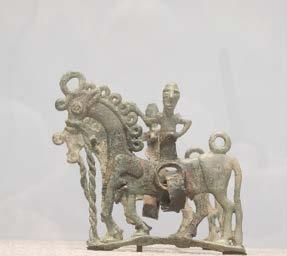
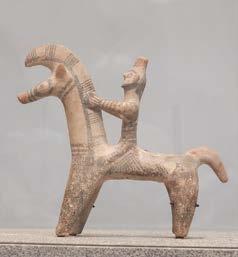
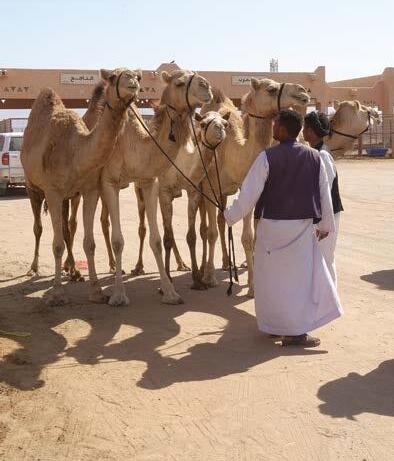
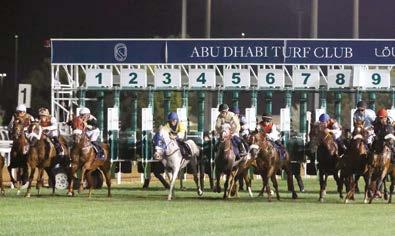
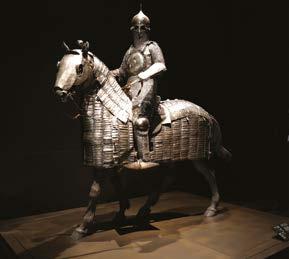
Empty Quarter. With climate change and rapid urbanization impacting the Arabian Peninsula, Thesiger’s reflections on the delicate balance between humanity and nature are as relevant today as they were when he first set foot in the desert. His legacy serves as a call to preserve the natural beauty of this region and the traditional ways of life that are so deeply intertwined with the landscape.
Tucked away in the heart of the desert, Al Ain Oasis is one of the UAE’s hidden treasures. With over 147,000 date palm trees of 100 different types, it is more than just a lush escape—it’s a living, breathing piece of history. The secret behind oasis’s green life is its ancient irrigation system, known as the “falaj”. This system, believed to be over 3,000 years old, uses a clever network of underground and surface channels to carry water from distant underground sources, mountain aquifers, or wells to the date palm groves and farms. Located in the city of Al Ain, the oasis covers nearly 1,200 hectares. Walking through the shaded paths feels like stepping into a different time. The air is cooler, the light softer, and the rhythm of life slower. It’s hard to believe you’re still in the middle of a desert, when the only sounds you hear are birds chirping, water flowing through the falaj, and the soft rustling of palm leaves.
Al Ain Camel Market has been in existence for over a hundred years. Not just a place for commerce – it is a meeting point of cultures, a
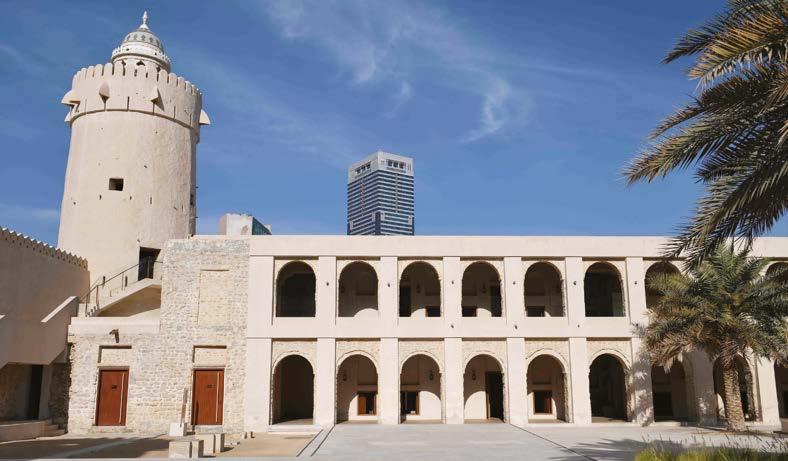
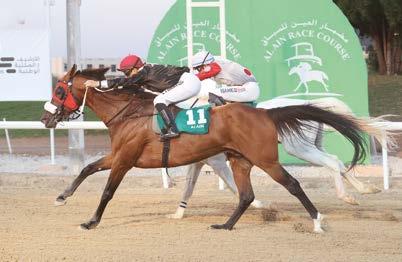
celebration of the heritage of the UAE, and a testament to the deep-rooted connection between humans and these magnificent creatures. You can witness the diversity of camel breeds on display. Camels are highly valued and bred for various purposes, resulting in a range of distinctive breeds, each with its own unique characteristics and qualities. We went to watch the sunset on Jebel Hafeet.
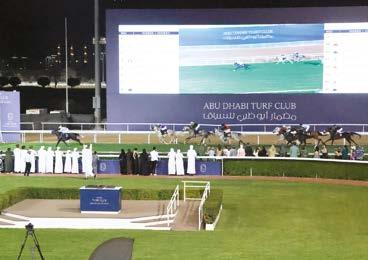
This is Abu Dhabi’s highest peak at 1249 metres. On one side you get incredible views of the lush garden city of Al Ain, and on the other into the borders of Oman. The evening, we were there was a little misty, which gave a slightly mystical effect to the views. Jebel Hafeet means ‘empty mountain’ in Arabic, but in fact that is far from true. Geologists date the mountain to being several million years old. Many significant fossils
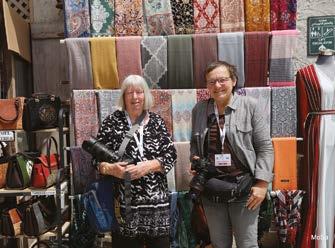

Al Ain Oasis – a UNESCO World Heritage site, showing the ancient falaj system of irrigation.
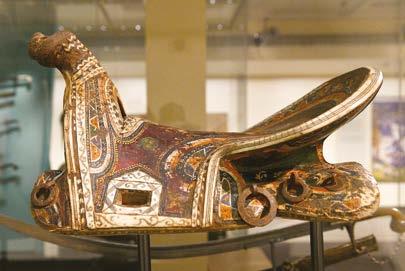
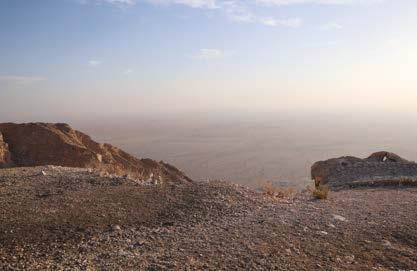
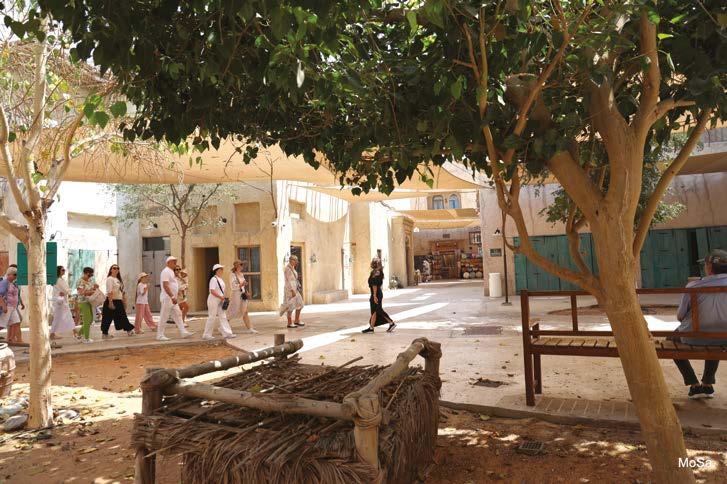
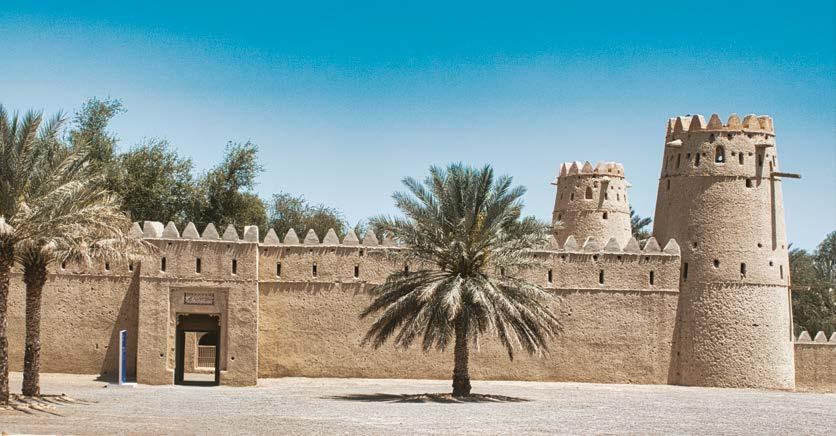
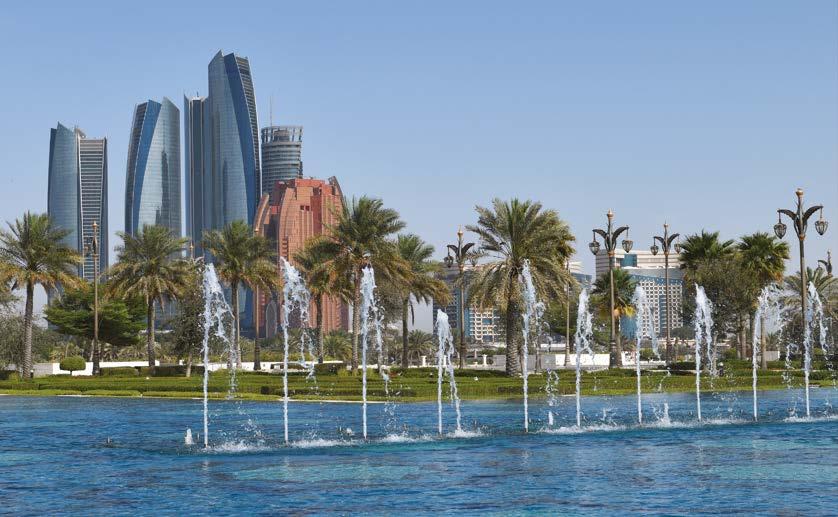
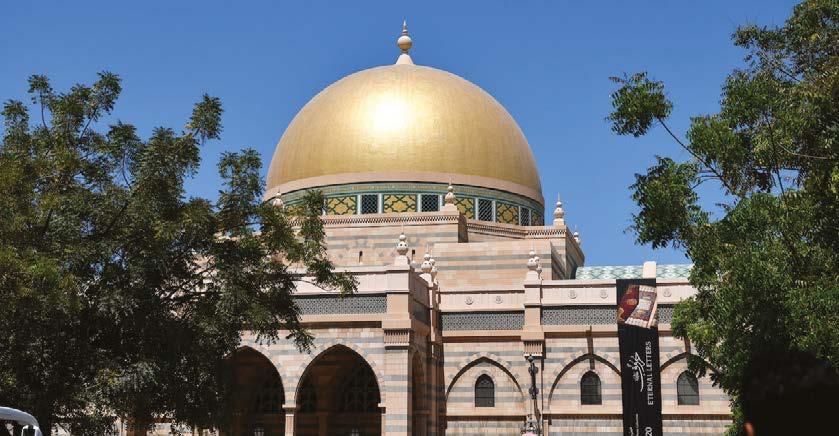
have been found, and over 500 tombs already discovered. Sites have been uncovered from 8000 years ago, so this mountain holds the secrets of the UAE’s long-term history jigsaw. Definitely a place for a longer visit.
After a day in and around Al Ain, the drive to Dubai is a culture shock to the senses. Driving along the coast road from Abu Dhabi, you suddenly arrive in a city that is made up of ultramodern buildings, edifices, almost like sculptures of imagination and design. Alongside is the overhead rail system.
To pull up outside Al Seef Souk is where old Dubai meets new. Creek views with traditional dhows, waterfront souks and market vibes. The scent of spices, and perfumes known or unrecognisable. Colourful and intriguing, the shaded alleys remind one of the city’s earlier times, although unfortunately few of the original buildings still exist.
From the hectic city scene, we were driven to the Dubai Royal Stud. In very comfortable surroundings we were treated to a fine display of well-bred Arabian show horses. This was followed by an excellent
dinner before we returned to Abu Dhabi.
As well as watching the showing classes in Sharjah, there was an opportunity to experience three different race meetings. We visited Dubai, Al Ain and then the season’s final evening meeting on the Abu Dhabi racetrack. There are over 200 races each year in the UAE, and with fields of up to 15 horses, there are many opportunities for different ages and abilities to compete.
A visit to Al Reef Stables, belonging to HH Sheikh Tahnoon Bin Zayed al Nahyan was very interesting.
A peaceful yard full of seemingly content and beautiful racehorses. We were then treated to an informal parade of some of their star performers.
I’m sure all the WAHO members lucky enough to visit Abu Dhabi, enjoyed what we learnt, what we experienced and the wonderful hospitality we were shown.
From oasis shade to skyline shine, the Emirates will leave you with a head full of stories, a camera full of memories, and a heart convinced there’s always more to discover.
By Susan Carden and Monika Savier
peter pond: It now gives me great pleasure to introduce this wonderful lady, Monika Savier. I think most of you know her already, she was originally from Germany, has been based in Italy since 1985. In addition to running her own stud farm there, where she has been breeding Arabian horses for almost 40 years, she also works as an equestrian journalist for various Arabian magazines and has also covered many WAHO Conferences. Together with Dr. Hans Nagel she has published several articles and books. In her talk today, ‘Female choice and the impact of assisted reproduction technology on the lives of stallions and mares’, she draws not only on scientific research, but also on her own observations of the equine behaviour of her Arabian stallions and mares.
When we talk about horses today, we reveal not only something about the nature of the animals and their breeding, but also about the society in which they live. This talk is about the loss of natural reproduction in Arabian horse breeding. The influence of modern reproductive technologies affects breeders and horses all over the world. In this respect to discuss the issue at the WAHO conference in Abu Dhabi was a fantastic opportunity to highlight the problems. It is a reminder to fellow breeders that Arabian horse breeding should also meet sustainability requirements to preserve health and diversity for the future. Horses can’t talk. So, I try to speak for them and confront the natural reproduction and the effects of “assisted reproduction technologies” (ART) and breeding methods also from the perspective of our horses. The contrast between the original natural processes of reproduction, from which this
noble breed has emerged, with the widespread use of today’s reproductive technologies, and address a few problems that we already have in breeding or that are on the horizon. I do not want to paint a picture of a romantic loser, but rather use this report to remind you that we should not carelessly and out of commercial interest turn natural reproduction into a case for veterinary medicine. Of course, reproduction technology can be a great help in special cases, but as an industry it has greatly increased the costs of breeding and in some contexts it is counterproductive. Some ware along the line, the mental and physical welfare of the horses themselves has been almost totally forgotten. For the last 100 years, the world has been changing rapidly, the consequence of this is that modern assisted reproductive technologies can now determine the course of our horses’ lives. Horse breeding has become more expensive but not necessarily more successful. No more
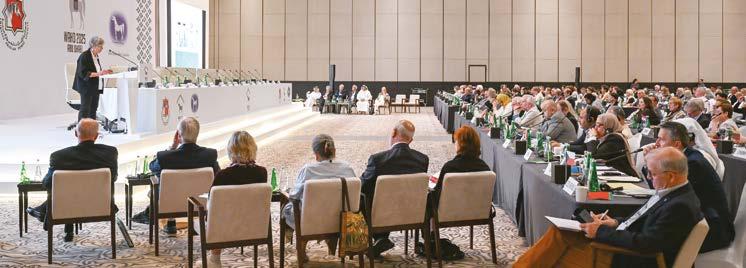

‘horses of the century’ have been born in recent years, despite science and modern technologies for improving breeding. Instead, our breed’s gene pool has narrowed considerably. What also falls by the wayside is the natural contact between stallions and mares, their communication and their libido. And that has its side effects. lifestyle, prosperity and self-interest have fundamentally changed the way we deal with the horses entrusted to us in recent years. Just a generation ago, responsible horse breeders would have retired a stallion that had low fertility and taken him out of breeding. Or a mare with a noble pedigree who does not want to accept her foal. Today, these cases are a welcome challenge for ‘assisted reproductive technology’ (A.R.T.) And thus, these genetic problems are now spread around the world.
Surprisingly, modern reproduction technology is taken for granted. A ‘shifting baseline’ has taken place in some countries whereas in others, resistance is growing in the interests of the horses and the question of economic sense. When I watch the vets at my stud freeze the semen, and straws containing billions of sperm are suspended in nitrogen containers, I wonder how the Arabian horse has managed to successfully spread from the Arabian Peninsula across the continents for thousands of years, healthy and lively, without ultrasound, swab tests and hormone administration. The decision to allow artificial insemination and embryo transfer has been left to individual
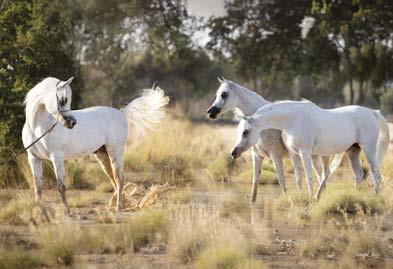
countries to decide. There are mandatory rules which have been in place for many years, stating that foals produced by any form of invitro fertilization, gene editing or cloning cannot be registered in a WAHO approved stud book. They are difficult for the Registries to police. By readjusting a few important parameters in the rules and regulations, we can initiate changes. Today, there are many owners of Arabian horses who do not know the real world of their animals, neither their social behaviour nor their communication with each other. The character of their horses, a truly important element, is unknown to many. They are investors. Their horses are kept in large training stables to be trained and mated. For these owners, the horses are often little more than collector’s items. They trust their experts, veterinarians and trainers, and usually leave the breeding decisions to them.
Experienced breeders know that by artificially interfering with reproduction, they are depriving the horses of an important part of their lives: the desire and joy of sexual communication. Who does not know from breeding practice in the past that mares did not show heat at all in front of certain stallions, although the veterinarian measured a 4 cm large follicle? Meanwhile, reproduction has become an expensive problem area. In veterinary medicine, the background of these behaviours is rarely reflected upon, because the pharmaceutical industry, the food
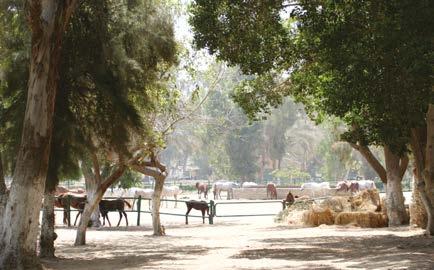
industry and reproduction technology take care of the problems themselves. Artificial hormones in every phase of the heat or as accompaniment and ‘protection’ of the pregnancy are standard today. Most veterinarians follow a protocol without considering the situation and condition of the mare individually and including it in the treatment.
The most common current husbandry conditions for stallions and mares, which require strict separation, stallion quarantine, and controlled breedings, can be traced back in many countries to national laws for the prevention of infectious diseases, a price we have to pay for the globalisation of reproduction, i.e. the shipment of semen.
Much has changed in the behavioural psychology of horses, and the reality at stud farms today shows that not only do breeders suffer from the cost explosion caused by artificial reproduction, but that stallions and mares have also had to change and adapt their lives immensely. So how do we make their lives better, from a horse’s point of view?
Just a reminder: if you are male and want to breed, you have to be nice! In principle, it has always been about one thing, at least for stallions: showing yourself, courting, convincing the mare... and finally breeding. This is what makes the stallion charming and peaceful, quite unlike his reputation. In practice, he tries to get along well with everyone, as he never knows when an opportunity to breed a mare might arise.
yet to be able to behave in this way, he needs a minimum of behavioural options, exercise, hopefully the chance of turn-out on the pastures and at least an opportunity to see, smell and touch his mares.
In biology, there is the scientifically proven term ‘female choice’. This term refers to a mating system whose most important characteristic is the fact that in the animal world, the male must work for the mating. He has to perform. For example, he can sing particularly beautifully, or present himself in bright colours, perform dances or bring gifts - in every species, the male has his specific advertising behaviour to keep his competitors in check. He has to impress the female and convince her that he is ‘the one’. The competitors are always the other male animals, which have to be defeated.
Stallions show their charisma and athletic bodies, accompanied by a lot of shouting, to be heard by the mare. They have to advertise themselves to be able to have sex, because females are choosy in nature, setting high demands and conditions.
“Female Choice says that the reproductive strategies of the sexes are completely different. Simply put: ‘Males go for quantity and try to mate with as many females as possible. Females, on the other hand, go for quality and only mate with the best male. This is because reproduction is much more costly, time-consuming and long-term for them. So, the male must gather many around him, and the female must fend off many. One of
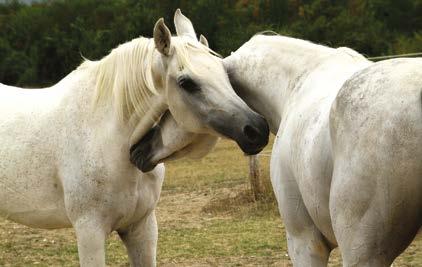
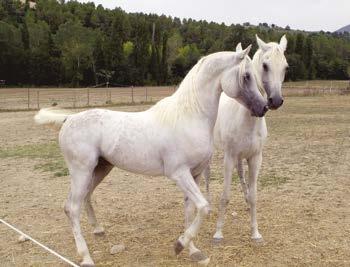
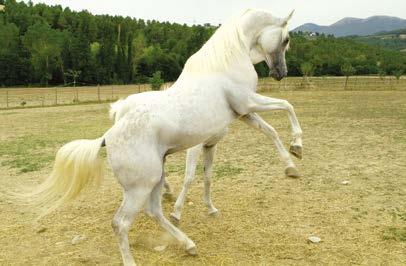

the most important characteristics is that most males in nature rarely or never find a mate,’” writes biologist Meike Stoverock.
Charles Darwin once wrote: “he who conquers, mates,” and the conqueror had to be not only strong but also intelligent to be able to take on the evolutionary challenges. Darwin called this principle “sexual selection.”
If a mare is to produce a good stallion, she must have a dominant role in the herd, intelligence, pride and composure to produce a confident son. A normal foal, raised with a submissive mother, is unlikely to feel any desire to fight for the role of a leading mare or stud stallion. Experienced breeders know that a timid mother produces timid foals, but a dominant lead mare imprints this character to her foals, which is passed on for generations and, for example, creates the best conditions for a future racehorse. Trainers look for horses whose social behaviour in the herd shows the mentality of ‘better dead than second’. They are looking for those that will not let themselves be overtaken by the others on the racetrack, and will always fight their way to the front, even when the situation is difficult. Even if some behavioural scientists assume that the stallion is the leader of the mare herd, observations of wild horses have repeatedly shown that the stallion has to fight for entry and his leadership role in the mare herd at the beginning of the mares’ heat period until the lead mare accepts him. Only then can it be said that he is the boss in the reproductive area, while the

lead mare continues to take care of the important decisions in the general herd life. This includes the vital search for food and the early warning system of the mares with foals in front of a predator on the horizon. When stallions break out of the paddock, they don’t run away, but can be found in the mare stable. If the mare herd breaks out, it may well be that they are on the move for better pastures. There is a fine balance between the mating behaviour of the sexes, and even if the stallion is finally allowed to mate with the mares after a long courtship and with a great deal of posturing, he still has to fight for each individual mare. In doing so, he has to be careful and inventive, because every mare is different and the mating act itself requires the stallion to recognise whether the mare is really ready, from a hormonal point of view, to let him mount her without fighting him off and potentially causing him serious injury. This ‘biological weakness’ forces the stallion to use his intelligence and charm to woo the mare, to convince her to succeed. This is an important aspect of his social behaviour and part of his behavioural code. Today, for so many of our horses, the stallion no longer has to be charming to be able to breed, and the mare no longer has any decisionmaking power over the stallions. In fact, today’s stallions are sometimes rather difficult, even dangerous. They may no longer know natural limits,, they lack the education from the mares and the realisation that they have to submit
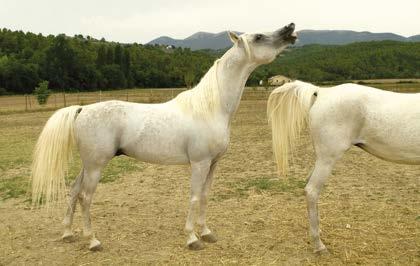
to certain conditions in order to succeed. As a result, they can develop not only health problems but also stable vices which are signs of severe mental stress. Instead of being able to advertise themselves, they wait for the vet with the artificial vagina. No self-promotion, no competitors, just delivering semen. The stallion may be famous, but sad.
The principle of Female Choice is also fast disappearing in today’s horse breeding. This had previously defined their reproductive cycles, able to decide at least to some extent whether or not to accept the advances of a particular stallion. But now the breeder decides, and the vet does his job and inseminates the mare. She probably never even gets to see a stallion - she no longer has a choice.
These mares also suffer a loss of power and image in the herd. Some have low libido and reduced fertility. Or, if they do become pregnant, they have miscarriages, or when the foal is born, their maternal instincts no longer exist, they produce little milk or even reject the foal completely.
It has taken a long time for horse breeding to reach this present point of extensive denaturalisation of the reproduction process. So, what was the trigger?
One of the technical innovations of the 20th century had a particularly significant impact on breeding and ultimately on the living environment of horses – Frozen Semen and as a result, Artificial Insemination. At first only used locally,
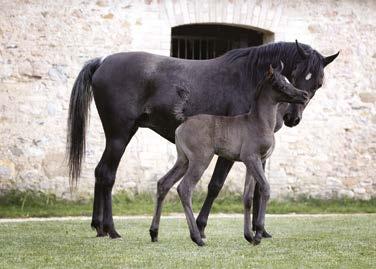
before too long the ability to chill or freeze semen and ship it worldwide was developed. Arabian horses became part of globalised markets. Semen could be bought and sold online via social media. Freezing, and unlimited storage in liquid nitrogen without an expiry date made it possible to send it across all continents. Now the semen came to the mares. This was certainly an advantage in connection with risky horse transport and an enormous gain for the stallion owners, who were now able to sell many more breedings.
With the increasing use of A.I.(Artificial Insemination), an existential disadvantage for colts born of those breedings arose. From then on, they lost value everywhere. Before the widespread use of transported semen, we looked for interesting stallions that fitted into our breeding concept. We went to shows or visited them at their home stables. We took their temperament into consideration, and how they would complement our mares. Their sons could usually be bought for a reasonable price.
But with unlimited access to the semen of champions, mare owners choose to breed to those sires, rather than buy their sons. Which in some cases also led to the market being saturated with their colts, so the breeder would discover that their market value was below their production costs. Unlike the breeders of Thoroughbred racehorses - their rules forbid anything other than natural covering, for very good reason.
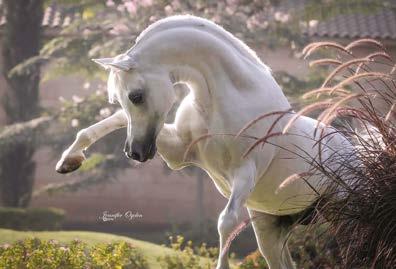

While on the race track and in endurance sports, breeding selection is largely based on the athletic performance of mares and stallions, the selection of show horses and certain bloodlines is left to their own markets. On the catwalk of Arabian horse shows, we find perfect beauty, sometimes bordering on the, because the functionality of the animals is subordinate to it. These winners share the market of good mares, because their stud fees are too expensive to experiment.
less fashionable stallions are often overlooked, so as a result, we also risk a reduction in stallion quality, because as the great breeders said before the turn of the century: ‘you need 50 young stallions to be able to select 2-3 top stallions that will advance breeding’.
As a result, the gene pool of our current horse breeding has narrowed. A look at a modern pedigree often shows a high degree of inbreeding, but far too rarely with a strategic breeding concept. Inbreeding is a tool to successfully implement our idea of breed type, which today means beauty, functionality and brand homogeneity. Inbreeding can also be used to successfully suppress bad genes. However, not everything that meets an ideal of beauty is also healthy for the development of the breed. Therefore, inbreeding should only be used up to a certain percentage and according to scientific criteria.
How did the already quite high level of inbreeding in Arabian horses come about?
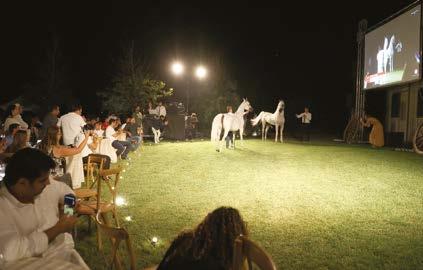
The genetic makeup of champions, whether on the racetrack or at an ECAHO show, is highly coveted and expensive. Using them in breeding is a status symbol for many. In addition, there is the hope of being able to repeat this success with their own mares. But it’s not that easy, because genetics is a broad field. Sons and daughters or siblings each have a very different genetic makeup, although parallels and similarities are often recognisable. The semen of champions is now used everywhere. More than 1000 foals sired in his lifetime is not uncommon for outstanding champions due to artificial insemination and the shipment of frozen semen. Unlike in nature, these winning chromosomes spread all over the world. Many stallions, on the other hand, are hardly used at all. When the champions’ offspring are then mated with each other to consolidate the famous characteristics, the so-called popular-sire effect arises. Genetic defects can now become dominant
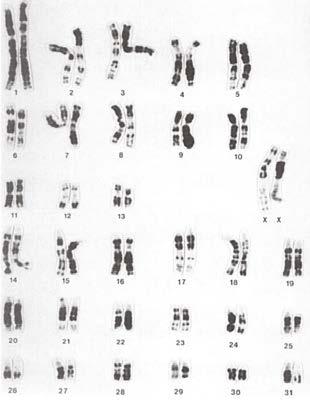
Nature has packed a second set of chromosomes into each working cell
and homozygous, causing diseases that can be passed on genetically. you could match two beautiful, perfect looking show champions, neither of which show any physical or genetic defects, and yet their offspring can have a lack of type for the show ring and inherit both conformational issues and genetic disorders. Why is that?
luckily, nature has packed a second set of chromosomes into each working cell. This is how a functioning organism can develop from two blueprints of life, even if there are disorders on one set of chromosomes. One of the chromosomes must be free of defects to ensure health. However, this life-saving heterozygosity could be lost through repeated inbreeding. If, unfortunately, two equally defective chromosomes meet due to mating, we have bred a homozygosity with regard to these genes. In nature, these horses will probably become ill and thus be eliminated from reproduction by natural selection. Other genes are suppressed, some lines die out due to old age or because they are often considered unpopular, and healthy genetic diversity is slowly lost. When the inbreeding level rises to a dangerous level, this can result in both genetic disorders and physical defects. Fortunately, genetic testing is now widely available. Through education and dissemination of information, WAHO and our breed societies actively encourage testing both stallions and broodmares, with the simple slogan “To prevent affected foals, test before you breed”.

The next revolution in reproduction technology was the invention of embryo transfer (ET). Within the past 25 years or so, Embryo Transfer as a method of breeding has become commonplace practice in many countries. In the earlier years, breeders considered that ET would be helpful in certain rare cases, for example, for an exceptional mare with a medical indication that prevented her from carrying a foal to term herself. Gradually the popular concept crept in that if stallions could produce multiple foals in a year, then why couldn’t mares do the same. Valuable mares could carry on with their show or ridden careers while the recipient mare got on with the business of carrying and raising her ET foal. Then breeders realised that they could produce several foals from one mare in one year out of several recipient mares, and thus in theory sell more foals more quickly, as after all, time costs money in the breeding business. Only a small percentage of those multiple ET foals born in the same year will be top quality, which leads to welfare issues for the others.
‘Only rare things have added value,’ said the economist Karl Marx 150 years ago. Producing several siblings in the same year from the same parents makes the foals part of a series and also trivialises the pedigree. What we need is quality, not quantity!
And have we thought enough about the welfare of both the donor and recipient mares during this time? Creating an embryo transfer foal is not that easy. Various veterinary procedures are
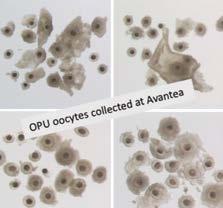
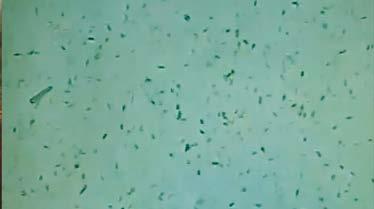
Todays’ A.R.T: Assisted Reproduction Technology –endless possibilities
required, hormones are used to synchronize the donor and recipient mares, with regular internal ultrasound scans. Then, sometimes 2-3 or more flushings of the uterus are necessary to retrieve a single viable embryo. There is also a health risk for the dam’s uterus and future fertility. It takes a lot of time, a lot of work, a lot of hormone injections and high veterinary costs for each successful ET pregnancy. Essentially, to be blunt about it, the donor mares are impregnated, most often using A.I., and then aborted. Mares used in this way can become depressed and even dangerous.
I know this is something that has been much discussed by WAHO and its Member countries, ever since the introduction and widespread availability of ET, including the deliberations at this Conference arising from welfare concerns for donor mares who have multiple foals per mare per year produced by this method. Added to that are the complications for Registries, when frozen embryos are sold, exported and stored, waiting to be implanted at some future date into the recipient mares.
I will now touch briefly on epi-genetics, which involves genetic control influenced by factors other than the horse’s DNA sequence. Epigenetic changes, which can be developmental or environmental, can switch genes on or off and are required for normal development and health. In this case I am referring to the influence of the mares on the foals they give birth to and raise. A natural daughter or son of the two parents is

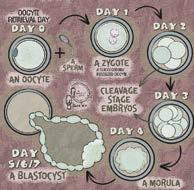
the so-called A foal. It is the foal that was carried by its own mother. This foal not only carries her DNA, but also her charisma, her character, her movements and everything that the foal receives in utero from the mother mare, who carries it for 11 months, caring for it and educating it for further months until weaning, thus consolidating all these heritable traits.
you could say that an ET foal, i.e. the B or C foal from the same year, has three parents - the genetic sire and dam and the unrelated recipient mare. These foals will be heavily influenced by the mare that actually carries and gives birth to them, in just the same that way foal A is. Many recipient mares are not even Arabians, which can affect the in-utero growth of the foal, this in turn affects their eventual adult height, their limbs in particular, and their movement. The behaviour and temperament of the recipient mare also has a strong influence. Various clinical studies have clearly shown that these epi-genetic changes in humans and animals can be and are passed on to the next generations. I think this is something that would benefit from further research in our Arabians.
Regardless of which artificial method is used to produce the embryo, the greatest risk of changing the Arabian horse breed gradually but fundamentally is the effect of epi-genetics on the development of the foal through recipient mares of a different breed, character and body size. However, the adoption of the A.R.T. method for the reproduction of our horses was not yet
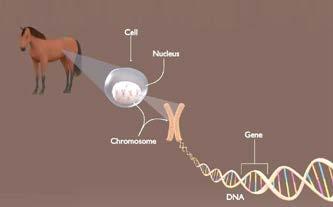
complete. The next step was the development of in-vitro reproduction, which also makes use of embryo transfer and is therefore also subject to all the possible risks and side effects, as previously mentioned. For good reasons, the registration of foals produced by any form of in-vitro reproduction is not permitted by WAHO, and all Registries have been asked to add a declaration to foal registration application forms stating this method was not used.
In brief, In-vitro reproduction involves removing the oocyte (egg) from the donor mare and placing it in a glass dish in a laboratory. There, the egg to be fertilised is brought together with the sperm. This can either be by ICSI (Intracytoplasmic Sperm Injection) which involves manually selecting a spermatozoon under a microscope and injecting it into the oocyte with a fine needle; or by IVF (in vitro fertilisation). This method involves ovum pickup, which is the collection of multiple oocytes from the donor mare, which is not a pleasant procedure for her, incubating them with sperm and allowing natural fertilisation to occur without human intervention. Once at the required growth stage, the resulting embryo can then be implanted in a recipient mare, or frozen and stored until it is needed.
Live embryos are then frozen and float by the hundreds in the nitrogen containers of large laboratories or specialised stud farms. Many
embryos are full siblings, as the expensive and complex methods are only worthwhile if several embryos can be produced at the same time. This in turn significantly increases the risk of inbreeding. In most cases, these embryos are sold at auctions, most likely without declaring the method used to produce them, possibly exported and then used in the recipient mares with all the risks of epi-genetic influence, as already described.
We should ask ourselves what consequences follow from the findings outlined above? How can we better control selection? What tradeoffs could be made between A.R.T. and the life quality of horses?
Today, after thousands of years, it seems that we have somehow neglected the most important natural reproduction behaviours of our horses, leading to an irresolvable conflict with profit-orientated reproduction technology. Sexual selection by the choosy mares was both the tool and the origin of evolutionary adaptation. It is the adjusting screw that determines the success, health and survival of individuals and species.
The common denominator across all the differences should be our care and support of the horses and the realisation that they only need assisted reproduction in rare cases. This makes it all the more important to honour and preserve healthy Arabian horse breeding in all its natural diversity and sustainability.
I would like to thank especially Massimo Rubei, Veterinarian, Katrina Murray, WAHO-Executive Secretary, Saria Almarzook, Geneticist and Maike Stoverock, Biologist, for their stimulating support.
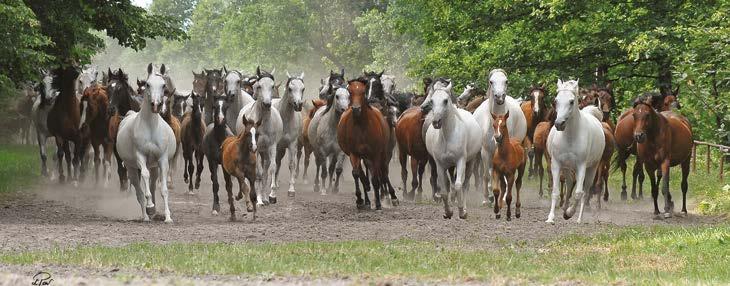
Insights into how Arabian breeding has changed.
EMMA MAXWEll
Peter Pond: We are now going to move to our second speaker, who also needs little introduction to this Conference and the Arabian horse community and that is Emma Maxwell. Emma grew up in a horse-breeding family which bred Arabian horses as a business until 2002. Lodge Farm bred several halter world champions plus some stakes race-winning Arabians and many ridden champions. The Maxwell family had a holistic view of the ideal Arabian as one which combined external beauty with athleticism and trainability. Emma was the halter trainer of their own horses and showed extensively in Europe and the Middle East, also for many other clients. She also squeezed in some amateur racing with horses trained at home. She still does some hands-on work teaching weanlings how to do things safely but is now a consultant, photographer, and judge. Please welcome Emma to the stage.
The original Arabian horse emerged from the desert heat of the Arabian Peninsula, and over many centuries reached all the continents represented here today. Over these years, his uses have changed with the culture of the times. Today I would like to briefly examine some directions of travel. I am going to show you some famous horses from the era WAHO began in and then look at some of the ways our breeding goals have changed. I will look at some theories about selection pressures that we did not realise existed!
For such an ancient breed, 1970, the year of WAHO’s birth is just the blink of an eye away, but just looking at famous horses of that era, shows a snapshot of what mattered to breeders then and how much has changed. In 1970 the USA was by far the largest registry, with approximately 10,000 foals a year. This total peaked in 1985 at 30,000.
In 1970 there was a large array of competitions you could take part in, so I begin with a horse who deserves to be in any lecture, about the Arabian:
The 1970 US National Champion Aramus! (1) A horse who still captures imaginations today. like most stallions of his time, his halter win was
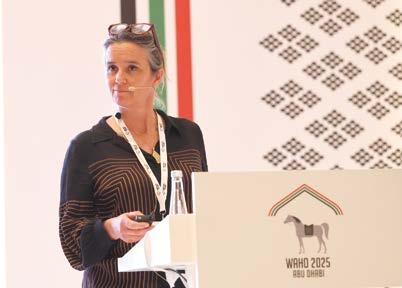
just one of his awards and he took a National Championships in Formal Driving and Top Ten in Park.
The Scottsdale Champion Stallion in 1970 was Orzel, also bred in Poland. He was more famous as the 1967 US National Champion Racehorse and had fun in ‘retirement’ winning a National Championship in ladies Sidesaddle classes with owner Ed Tweed’s granddaughter on board. On the track, I slipped a year to include another legend. This is the 1971 US Racehorse of the year Sambor (Czort -Sabellina), because like Orzel he is still a force in modern race and endurance pedigrees. Sambor also competed under saddle and at halter, making all three of these stallions multi-talented at any level. While imported horses were stunning North America at horse shows with huge numbers of entries, with professional training. Europe was a little sleepier. There were no international shows, many countries had their own original bloodline marque, and the exchange of bloodlines was just about to start in earnest, partly thanks to WAHO. WAHO founding member Holland was a busier exception, collecting a large array of Arabians from several different countries. Breeding stock was inspected at a “Keuringen” judged by professional horse people. Not every horse passed and some failed to obtain a Breeding license. A detailed description of each stallion, including its poor features, was published.
The largest show in Europe - as it would remain
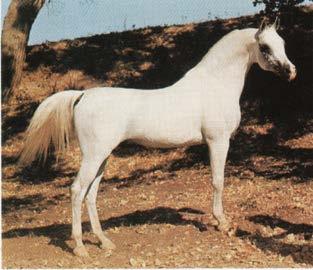
for four more decades was the British National Championships, which peaked at around 2000 entries in 1986. The Winning mare of that year was Sheer Magic of all Crabbet lines, who was then exported to Australia.
Russia occasionally presented horses at the Moscow Exhibition, and my example is the 1971 winner Neposeda. (2) Two of Neposeda’s sons were used at Tersk and every one of her daughters bred at least one breeding stallion. The foundation of WAHO significantly boosted the world’s ability to exchange bloodlines and Neposeda is a wonderful example of this, she had sixteen grandsons used in worldwide breeding programs Russia, the USA, Poland, Holland the UK, Germany, France and Italy. Poland of course also held inspections, but not publicly, and hosted its first National championships in 1979, where the inaugural stallion prize was won by Eukaliptus who needs no introduction as sire of significance in Poland and beyond.
Germany did not hold Arabian-specific shows in the early 1970’s and only started their famous stallion licensing later in the decade. For these early years, the 100-day performance testing was mandatory for stallions who wanted to stand at stud, and Arabians were tested the same as any other sport breed. Several Arabians finished in the top placings in the early 1980’s, all of them Straight Egyptian. The horses of this era were admirable in their versatility, especially in the USA, where it was used as a USP - a Unique Selling Point in their promotion to potential horse buyers. Versatility requires two things as a base standard: Sanity and Soundness.
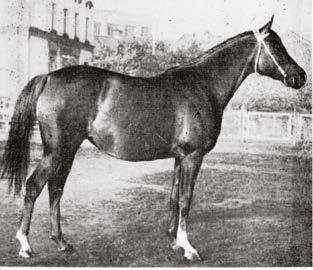
Add on trainability and athletic ability based on structurally effective conformation and the world was full of useful Arabian horses. The ones who rose to the very top had the fairy glitter of prettiness and charisma sprinkled over the top, but those extras were the extras, not the focus.
Another stepping-stone to the future was set in 1970 with the start of the Pyramid Society, the brainchild of Douglas Marshall of Texas, one of several American breeders dedicated to the Arabian horses bred in Egypt. The Pyramid Society promoted the breeding of straight Egyptian horses worldwide and I think have both met and then exceeded their goals, thanks to the ever-growing passion for the Egyptian horse in the Middle East. Douglas Marshall’s import Morafic (3) is now on the sideline of a very large proportion of show champions, whether Egyptian or not.
It’s easier to summarise 1970’s Arabian by bloodline, rather than by what they competed at. Images demonstrate that different countries used to favour different phenotypes. It’s probably also fair to say that the national variety of ridden horse, influenced what Arabian breeders selected for in the Arabians. This is not to disparage any of these creations, merely to acknowledge that in horse breeding, we allow more hidden influences to silently steer us than we like to think, which is one of my themes for today.
For example, Spanish breeders were more accepting of the larger crested neck than other nations’ breeders, and of course, a crest is not an impediment to performance and comfort of ride,
indeed, it can add to it.
The UK’s horses were centered around the famous, mainly chestnut horses of early breeder and Arabian propagandist lady Wentworth who also expected them to be functional. In the UK the Arabians borrowed some ideas from the English hunter. The owner of a grand country house would be expected to provide a horse, both safe and fun, for his weekend guests to borrow on the hunting field and thus in England the judge still rides every horse to assess his manner for a stranger all the way up to gallop.
Poland - as seen from those exports to the USA mentioned earlier - bred horses which were expected to be tested on the racetrack, plus be recognizably Arabian and have always specialised in a very quality, dry skinned horse.
Russian horses raced even younger and were faster maturing and were already comprised of other nations bloodlines, rather than original imports, being a recipe of Crabbet, Polish. French and Egyptian lines but developed a trademark powerful movement with gaily carried tail.
America was already falling in love with a longer legged, higher stepping, higher necked horse, in a style reminiscent of the American created breeds like the Saddlebred, which they created using their original bloodlines plus Crabbet and Polish lines.
The creation of the ‘Straight Egyptian brand’ never looked back and is the only ‘straight’ bloodline definition to maintain its’ cachet in modern times, where most bloodlines are put into the blender and homogenized.
France took a different strategy - specialisation -and created its own marque of Arabian racehorse mixing its original Arabian imports with Tunisian blood. In fact, they were in front of the field as specialisation became the norm, taking over from versatility. Their run from the front established them as the foundation of racing Arabians. With purity now defined and stamped by WAHO, and competition slowly becoming more international - with the first International Championships held in Paris in the late 1970’s, most breeders started to follow the French example and specialise in horses that could win a specific competition and
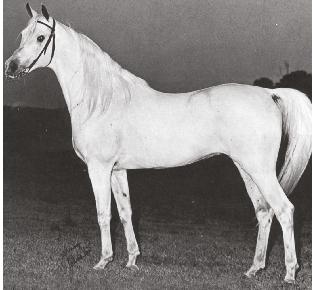
not several of them. The Arabian splintered from the seventies all-rounder into different looks and pedigrees, chosen to excel at their end use.
The last legendary halter and racing champion was the stallion Drug, (4) who should also appear in every talk about Arabian horses! He is Pictured here in Abu Dhabi at the Royal Stables and who lived with Al Asayl stables into his 30’s.
Now the Arabians are split into different types and pedigrees specialised for shows, racing, straight Egyptians, original Arabians, such as the Bahraini and Dirab horses, American saddle horses, endurance horses etc. It should not be forgotten that the majority are or should be pleasure horses. Shipped and frozen semen accelerated specialistion, by allowing every breeder of means, to use any horse they wanted, that stood on any continent. Advertising became even more important to which sires were chosen, which I will touch on below.
Artificial insemination was pioneered in Russia, with the first documented example back in 1901. It only became mainstream when it was permitted by the largest world registry, the US in 1990.
A very significant effect of this, was the market effect of making an even larger number of colt foals a by-product which would never be used for breeding and designed to be useful as geldings - sadly at roughly the same time the market also moved on from valuing exceptionally versatile horses!
Historically y chromosome bottlenecks appear
to be common in domesticated horse breeding, way before the days of artificial insemination, with dramatic shifts male gene frequency binds recorded several across all equine breeds
Show horses have been undergoing one since the turn of the century. Just as an example from the show world - since the father and son World Championships of Gazal Al Shaqab and Marwan Al Shaqab in 2001, 50% of the World Gold Champions have been from the Gazal branch of the Nazeer sire line, and almost 90% have a y chromosome from Nazeer. Racing had a similarly timed explosion of use of the Saudi bred sire Amer.
Unlimited embryo transfer was permitted by 2002 and was more or less copied around the world. The most foals from one dam that I could find - by oldfashioned way -was Mammona born in 1939 with 18 foals (which explains her shape in all the existing photos!)
The number of foals now born with embryo transfer to mares still living is probably going to creep on up. Now in the lead, in the USA is RP Miss Surprise with 36 foals and in the UAE, FT Shaella with 33 foals.
Frozen semen of stallions used after their death is another thing that did not exist in 1970, although some thought ahead and stored semen. The oldest stallion to sire a foal after the turn of the century was Aswan born in 1958. Russia also used Moment, Muscat and Mashuk. The USA and Brazil have used Ruminaja Ali,(6) Ansata Halim Shah,(7) Imperial Madheen, El Shaklan Bey Shah and Padron. Far in front is the US racehorse Burning Sand born in 1986 who has had 56 foals registered in the US since 2020 when he would have been 34 and counting! He is sire of 2x Horse of the year in the USA, Diamond Gem AA.
To cover all the changes in the Racing Arabian since 1970 would not be possible here. In 1970 the USA, France, Poland, Russia, and Egypt, had some races for domestic horses only. Arabian racing has exploded from those roots. It was immediately popular in the Middle East and has been generously sponsored and supported by many in the Gulf.
By 1998 the International Federation of Arabian
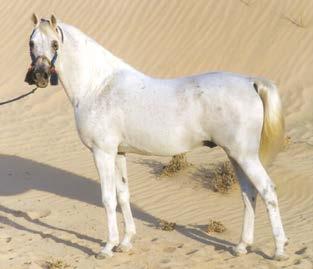
Horse Racing Authorities IFAHR was established to coordinate Arabian Horse racing world-wide. In 1998 it recorded 2767 races in 16 different countries and around 47 million euros of prize money, of which 37 million was spent in Turkey. By 2024 there were 8906 races listed in thirty-four countries and a total of 175 million euros in prize money. The top four countries for prize money in 2024 - all with over 30 million euros up for grabs were, the UAE, Qatar, Turkey and France.
While foundation endurance rides like the Tevis Cup in California with its incredibly complex terrain, still exist, endurance riding changed dramatically when new competitors preferred to run on flat terrain at high speed. The FEI records over 7 thousand runners per year, with the largest number of 1 thousand +, in the UAE, closely followed by France. These horses took part in 784 events, although this data cannot tell you how many of these horses are purebred Arabian. looking at the images of old show horses compared to modern ones we can pick out several significant shifts in style. The way of posing, the style of photography and the build of the horse itself.
The way of posing - I am not going to cover in depth here - but will merely point out that if you require a horse to stand completely still at a peak of tension …it is much easier to do if you start with a horse that is more naturally tense. This builds in a section pressure for high anxiety horses. Anxious horses with more cortisol are more prone to colic or laminitis, so it is the hidden horse breeding
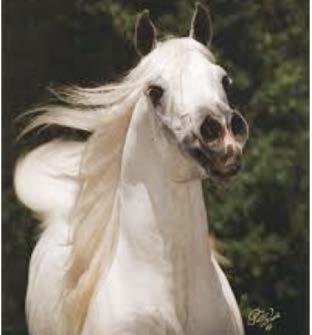
selection pressure, I approve of least!
It’s also illuminating to take a historical detour to look at the changing fashion in photography and see what effects it might have on breeding. The relaxed conformation shot slowly morphed into a classic era in the 1970’s and eighties of a more posed conformation shot of which I have found two examples of the same horse - the legendary Ansata Ibn Halima. (8) you can see that in almost all the classic shots - there was tendency to tip the picture, his hind legs are much nearer the bottom of the page than the front. This made the topline more level, the shoulder better laid back and the neck higher set but compared to some of the ‘enhancements’ used today, it is a very simple tool for improving the look of your horse. It took me some years to start wondering whether the show-type Arabians we chose to breed with, were being selected for photogenicity and on balance I do think that this has been an unacknowledged selection pressure. The conformation and functionality that went with the typical 1970’s show champion, was slowly superseded by how a horse looked in a picture. This went with the ‘discovery’ of the three-quarter view photo. It’s a great shot that was very popular for years - and still is! It shows the face and ears of the horse and the tail set. It doesn’t really give you a clear enough idea of the conformation which as
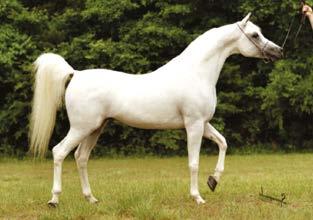
a photographer (and owner) is sometimes the best solution to the shoot! Straight in the shoulder, back at the knee, long in the back! All of these can things be improved from standing the cameraman nearer the front!
What the horse does require for these shots is a well-turned ear, a prominent eye bone structure, an upright neck with a decent throat and a flat croup to tail set. All these features have been strongly visible in American bloodlines for years. I think plausibly because stallions who looked good in advertising bred more mares than stallions who were less eyecatching in two dimensions, regardless of their 3-D conformational features. The things that required attention but didn’t get it were all those features people could not quite see in the 3/4 view shots …. straightish shoulders, poorly conformed front legs - shallow bodies… all these things undoubtedly became more prevalent. The other direction photos moved in was Animation. I immediately loved the famous cover shot by Polly Knoll - also of Ruminaja Ali, (6) galloping towards. It spawned another photography revolution in the “Animation” shoot.
Apply both above lessons to the trotting photo and horses who carry their necks higher coming towards you, get the shot with the ‘pop’. The horse with a relaxed back who carries his head down and arched …. doesn’t always work so well at this angle. I think preferring photos of a horse moving anatomically in a less comfortable way has affected what we breed for, which is a serious unintended consequence. I see a lot more show Arabians now trot with their heads a little too high and backs a bit tense and their hocks not fully engaged.
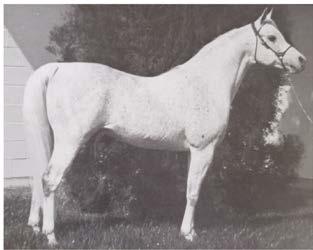
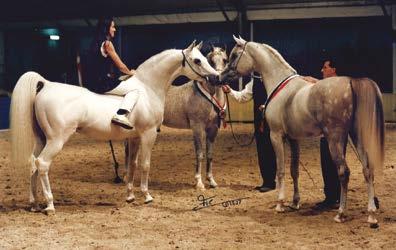
The other thing that ‘makes’ a picture-perfect photo is a wonderful hair do! A horse with a lovely long forelock and mane is so much easier to photograph than one with a few wisps, it catches the light and has become a shorthand for “type”. Hair care is now almost a full-time job at a trainer’s yard, keeping those tresses protected in plaits and wraps, but some bloodlines just don’t seem to be as “hairy. Once again … I have noticed those bloodlines decline in popularity and wondered to myself whether the fact that they are less “Barbie” in their photographs has contributed to their decline. I hope not.
What the horse is doing in a photo has also got progressively more animated until no stallion worth breeding to does not have a picture striking out with his front legs. Stallions used to be able to stand next to each other in arena politely…. here’s an image from a 1997 European Championships of the male Senior and junior champions. Gips, Elart and ZT Shakfantasy (10). all three nose to nose - and as an extra bonus I am sitting on Elart. It is partly handling fashions that have changed - but looking at the behaviour of younger colts in the ring- I think we are possibly actually selecting for ‘strikers’. Is this a good idea? For a Pleasure horse? Again, genetic selection can drift in strange directions if we keep relying on 2 dimensional images for selection. For those breeders who do go to see their intended in the flesh, you can guarantee the horse will be presented teased up to a mare. The first stallion I was ever shown this way, was Ali Jamaal, back in the eighties. My parents I walked away feeling slightly shortchanged, as we felt we had not really
seen the horse, in our opinion almost All stallions looked half decent with a mare under their nose! Since then, the stallion teasing a mare look has spread like wildfire and is almost the only way any breeder will show you his stallions- a habit which I am not convinced increases your chances of picking the best one. Better to be very boring and watch it walk and assess how each piece of conformation works with all the others. My final point is to say that photography has rather lost its magic power to paint a thousand words. A vast number of photos are now ‘enhanced” and every year the proportion increases. The features that observers agree have dramatically altered in show horses are heads and legs. The head choices in my opinion, are based not necessarily on their association with breed type but on psychological short cuts. Firstly, if a dish is good, a huge dish must be much be better. The dish was present, but sufficiently unusual in original imports that lady Anne Blunt made a sketch of Sherifa’s head to discuss it. Fast forward to today and every show Arabian has a much larger dish than this, and any extreme ones are dutifully liked by vast numbers of people in Instagram.
Secondly, it seems hard to avoid the conclusion that the primary driver in our fascination with dished heads is a biological phenomenon called neoteny. Neoteny describes animals that mature retaining their juvenile characteristics. (Foal shot) While it does occur naturally in evolution it has been accelerated in many domesticated breeds, with the most research looking at neoteny in dogs. Originally selecting juvenile features in dogs may have been

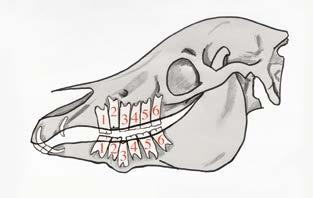
part of the domestication process and concerned almost entirely with behaviour; with puppies exhibiting less aggression than adults. This preference for juvenile features in domesticated mammals is not only a tool for their domestication but an expression of a wiredin human attraction to infant mammals (think of kittens, puppies and baby goats!), an attraction designed to help us cope with our own dependents. Foals generally have a much more pronounced dish than adults and where horses have become a leisure activity, not a necessity, we have allowed fancy to take over from analysis in our selection processes and favoured the most foal-like heads. It’s not a short leap to connect this with the liking for the gangling longer-legged horses as well! Is there a reason we should think carefully about head selection? yes. It has a strong effect on the teeth of the horse. Dentists have noticed that shortening the head and reducing the size of the jaw over a relatively small number of generations has unfortunate implications, citing both Arabians and Miniature horses as the most problematic. Every head must fit the same number of teeth as the longer, larger-headed ancestors… and the lack of room in short Arabian heads leads to complex dental problems as the teeth are forced to erupt wherever they have space to do so, sideways, behind each other, or not at all. (11). (12)
Secondly, there was concern about the occurrence of over and undershot jaws in horses with shorter heads. If the top and bottom jaws shorten at slightly different rates… the teeth no longer meet at the end - resulting in an under or overshot jaw, plus hooks further back. Modern Arabians need regular dentistry to make sure their teeth are not causing problems.
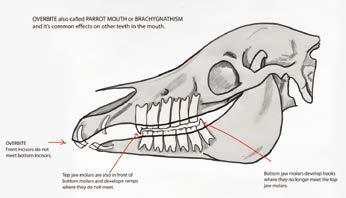
Moving onto legs. The primary reason for disliking longer, finer legs - is of course predisposition to lameness. Producing unsound horses is a welfare issue, primarily unfair to the horses whose soundness is compromised and is likely to experience an earlier onset of permanent lameness later in life. Secondly, there is nothing more depressing to the horse owner than the expense and disappointment of a horse who cannot be kept sound.
My last topic is data, and to encourage the WAHO registries to make all information on foals born available free online for the use of all breeders. Now, it is currently impossible to assess the total number of foals a stallion has, unless he only bred foals in studbooks which are up to date online - and you go and count them all. Therefore, assessing which is the most successful stallion in any division, depends not on statistical evidence, but on who shouts the loudest. I cannot even tell you which Arabian stallion has had the largest number of foals. It might still be Magnum Psyche with 1367 foals. But he might have been overtaken. I don’t know. As an Arabian racehorse it might be Dahess with around 720. But it might not!
Data. We need it! AI is coming and given enough quality data it can be very useful. It can compute so many more equations than we can and see patterns that we cannot. Of course, it needs to be asked the right questions, but the first step is the correct data and hopefully this is something the next chapter of WAHo can achieve.
With many thanks to kina Murray, Deidre Hyde, Zuzana Slavikova. Betty finke. claudia Dijkstra, Sharon Meyers, Natalie Sweet, Julie koch and the Arabian Jockey club for assisting me with last minute queries!
After visiting the racetracks in Al Ain and Dubai, around 200 guests accepted the invitation of H.H. Sheikh Mohammed Bin Rashid Al Maktoum, Ruler of the Emirate of Dubai, Vice-President and Prime Minister of the U.A.E. to visit the world-famous state stud farm Dubai Arabian Horse Stud, which advertises itself with the immodest slogan “Born to lead—Bred to Excel.”
True to this claim, after leaving the famous Dubai skyline far behind, we guests were warmly welcomed to the beautiful facility in the desert. In the large hall, whose walls were lined with cups and trophies from victorious show events, veterinarian Federico Jordan and his team presented six mare families with their
offspring. His comments were educational and informative. They also gave less experienced visitors the opportunity to recognize Dubai Stud’s breeding goal across two to three generations of offspring. Sixty-one mares and their foals, many of them world-renowned show horses, were presented to us in a natural way. As the icing on the cake of the mare presentation, the two world-famous stallions FA El Rasheem and his son D Seraj entered the ring together at the end of the show. With over 600 offspring, FA El Rasheem is an extremely prolific show horse producer.
At the end of the day, the team and horses from Dubai Stud received a standing ovation and the guests were treated to an exquisite dinner.

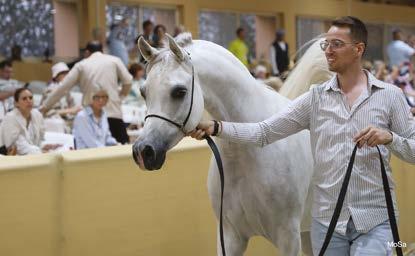
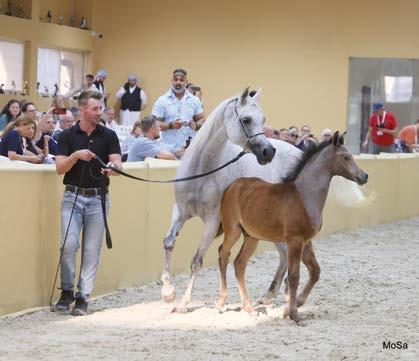
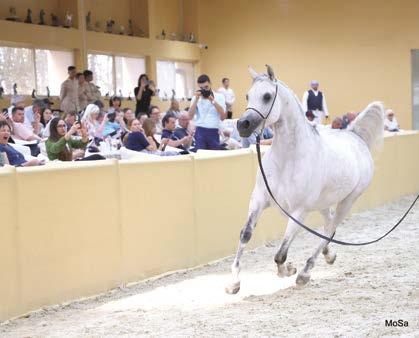



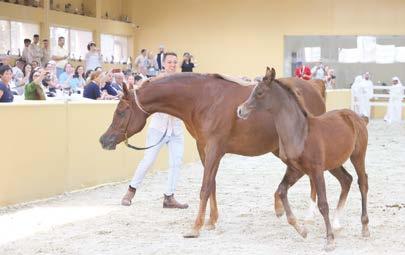
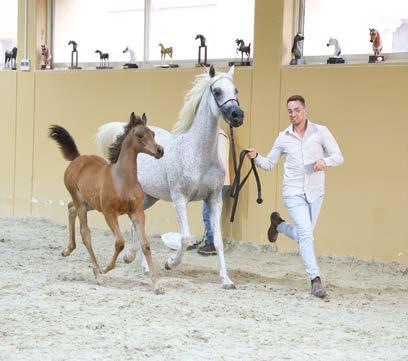
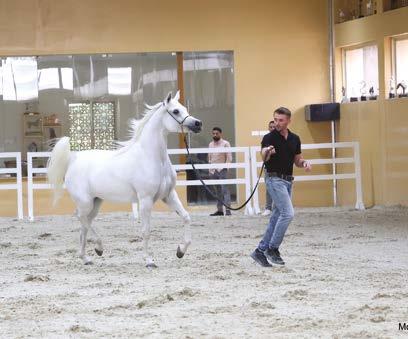
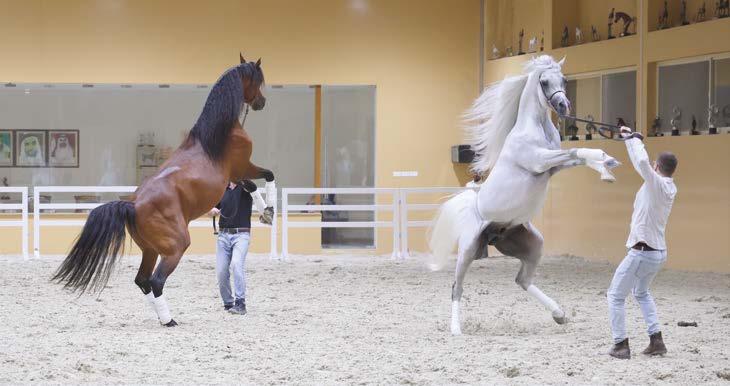
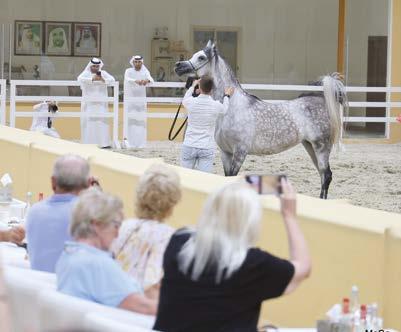
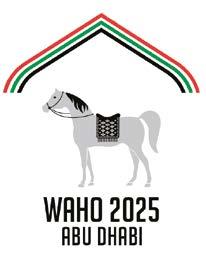
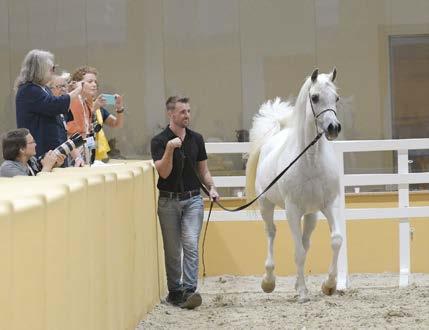
Publisher:
TuTTo ARABi magazine
Alim Editrice s.n.c Milano
Simone leo, info@tuttoarabi.it
Text: Monika Savier, savier@arabi-egiziani.it
Editing: Susan Carden, GB
Digital Artwork: Mario Brunetti, brunetti@emaki.it
Thanks to all the photographers for the use of their images.
The conference was held at the invitation and under the patronage of HH Sheikh Mansour bin Zayed Al Nahyan,UAE Vice President and Deputy Prime Minister of Abu Dhabi.
Sincere thanks also go to EAHS Director General, Mr. Mohamed Alharbi, Ms Katrina Murrey and the whole WAHO Office team.
Italy 2025

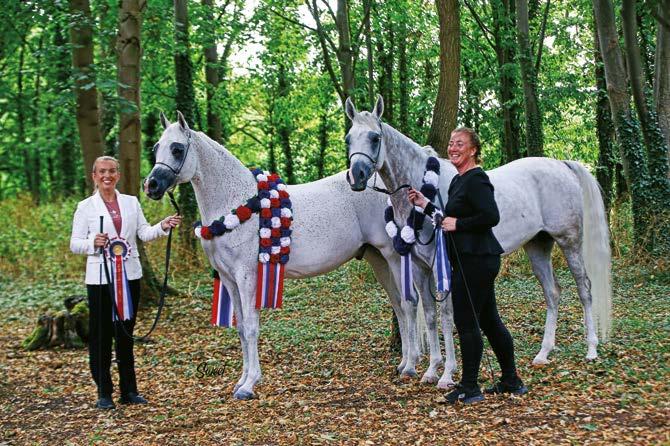

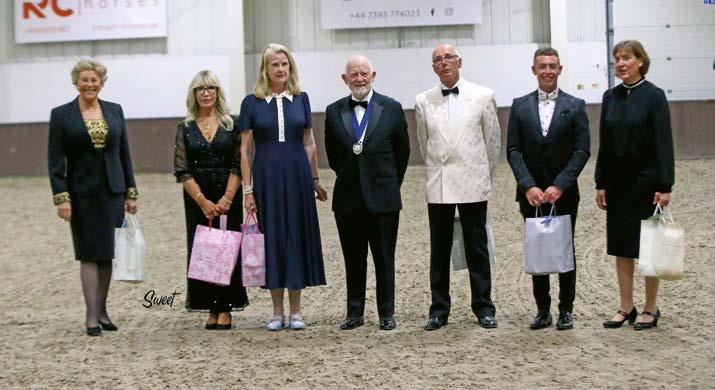
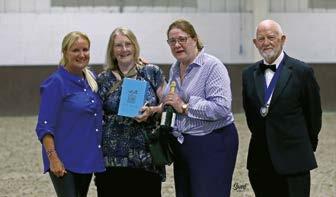
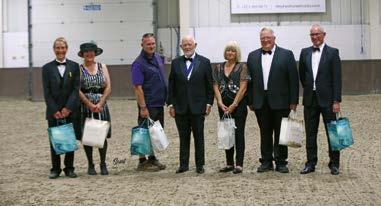
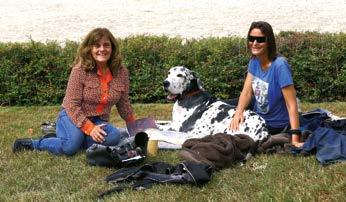
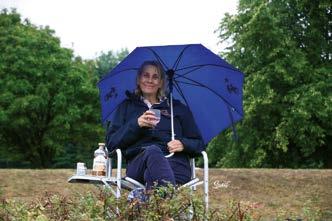

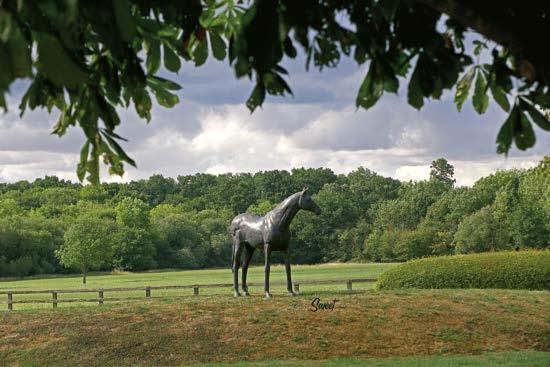
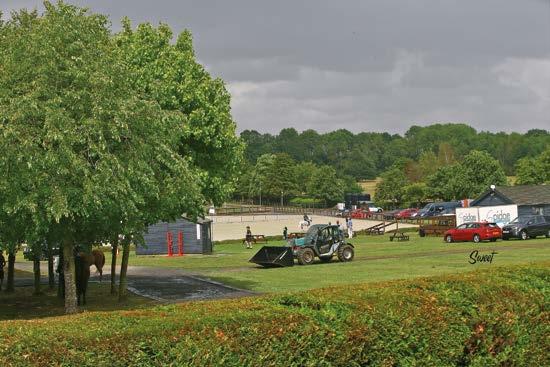
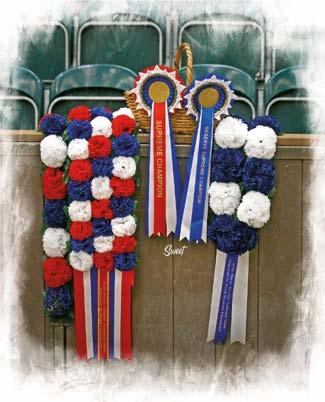
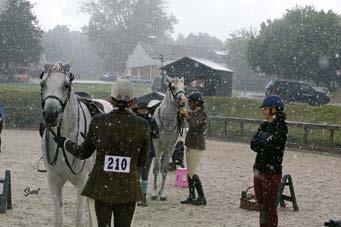
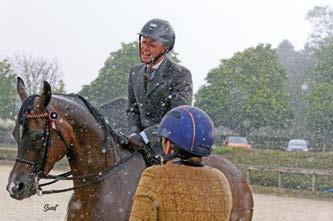

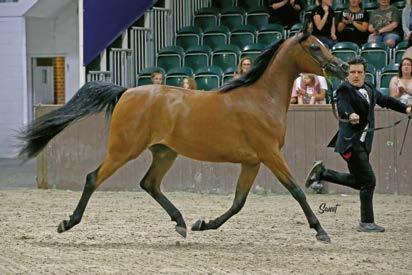
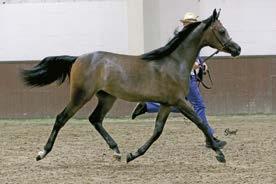
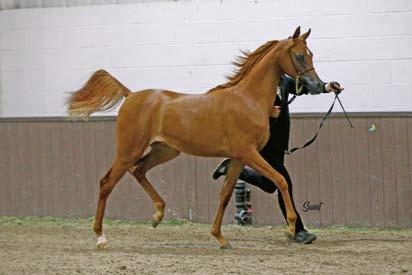
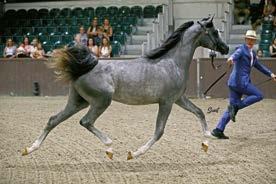

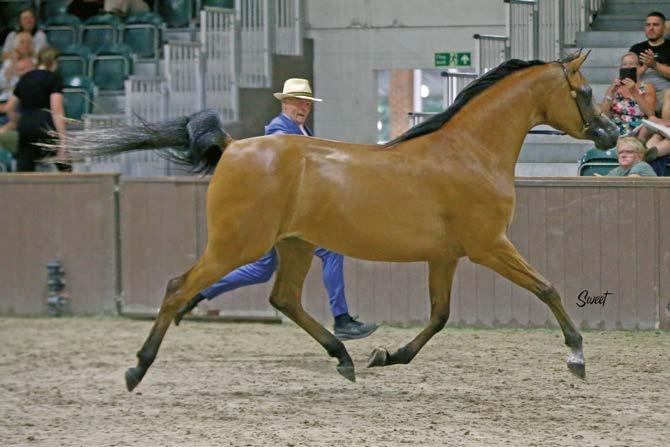
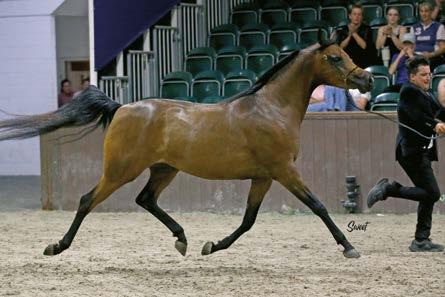

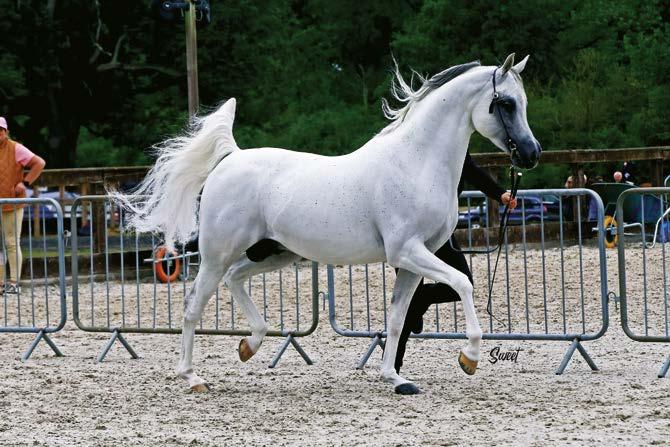
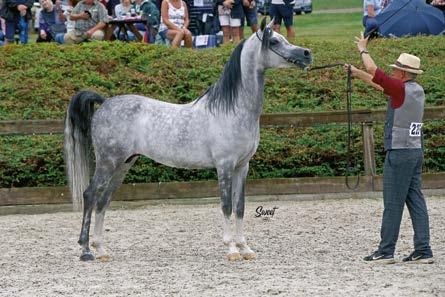

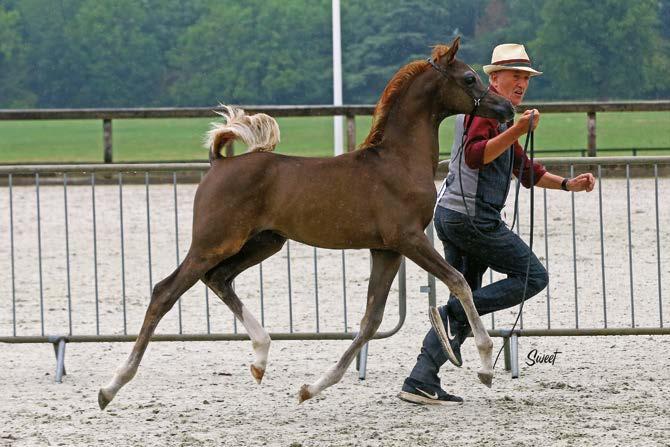
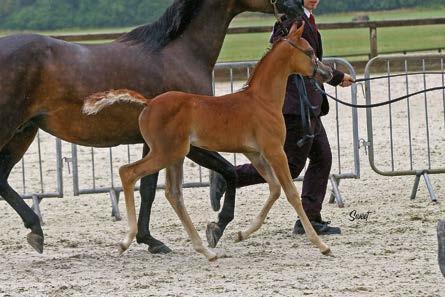

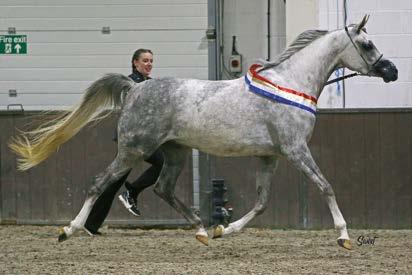
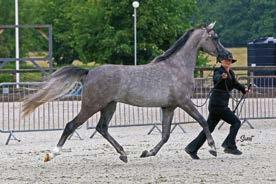
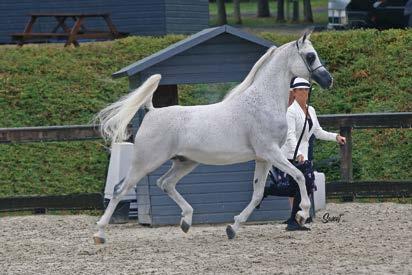
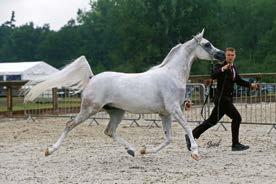

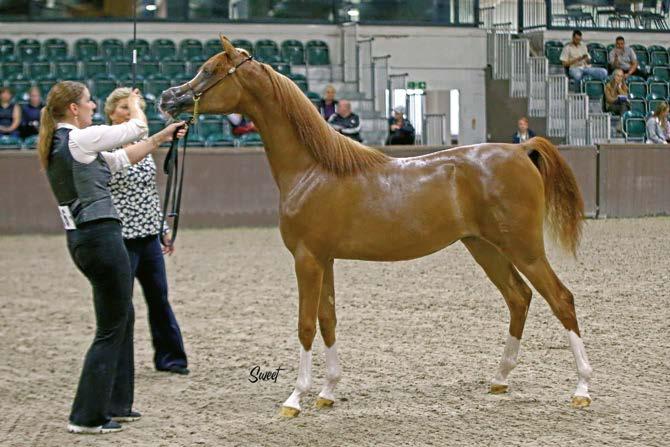
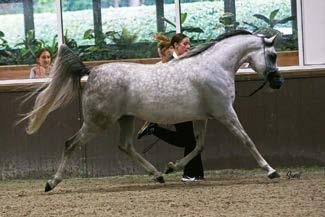
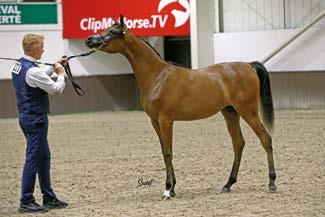

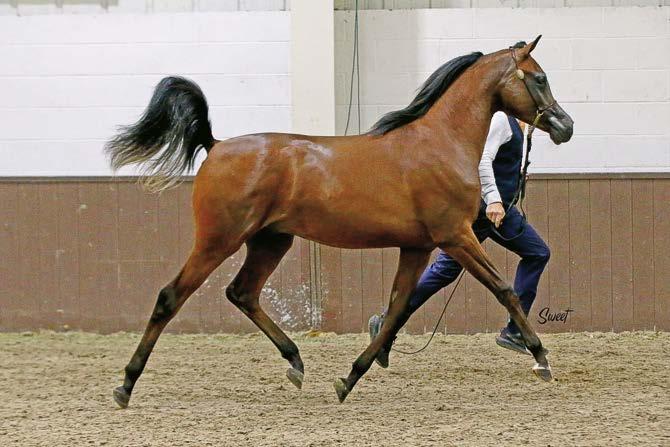
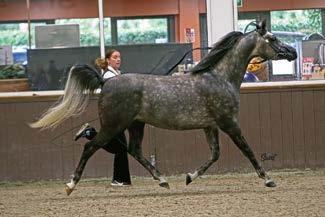


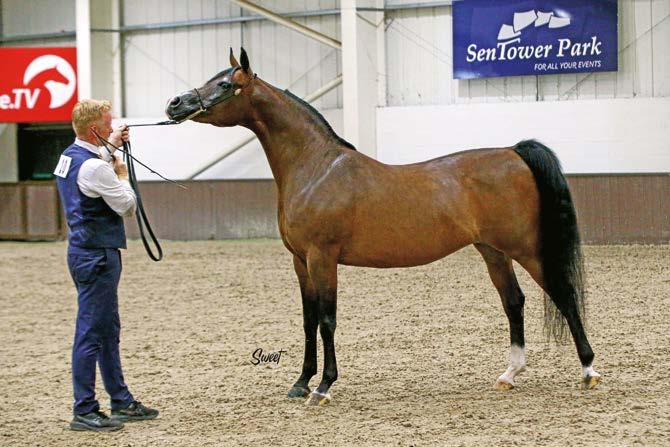
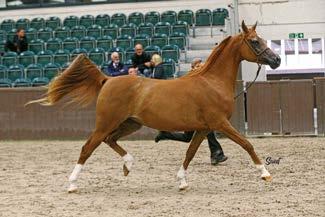
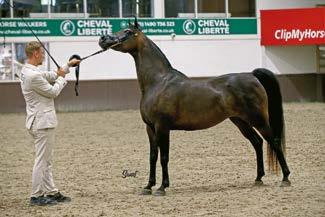

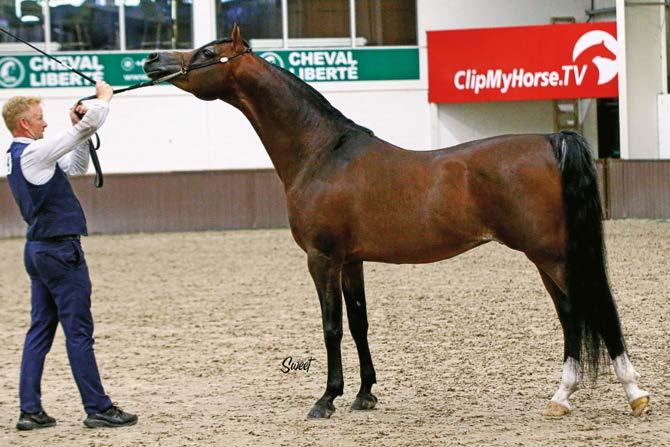
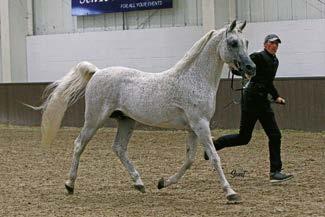
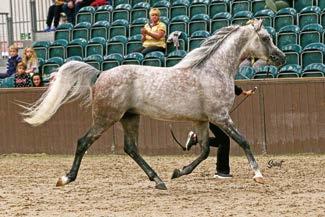

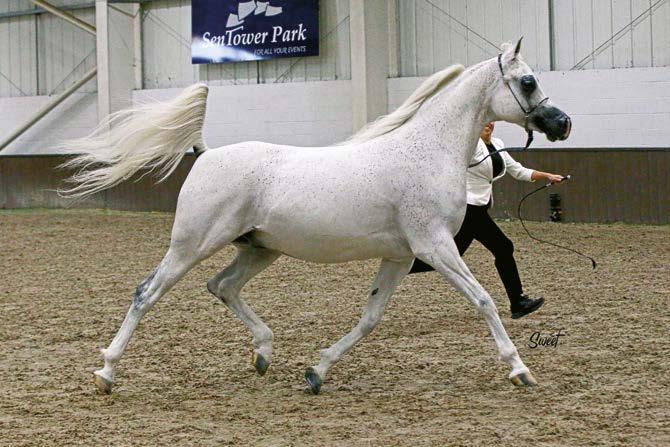
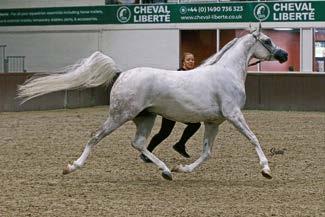
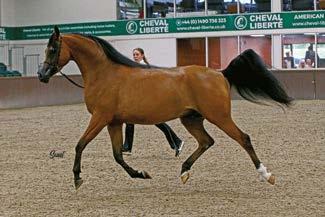

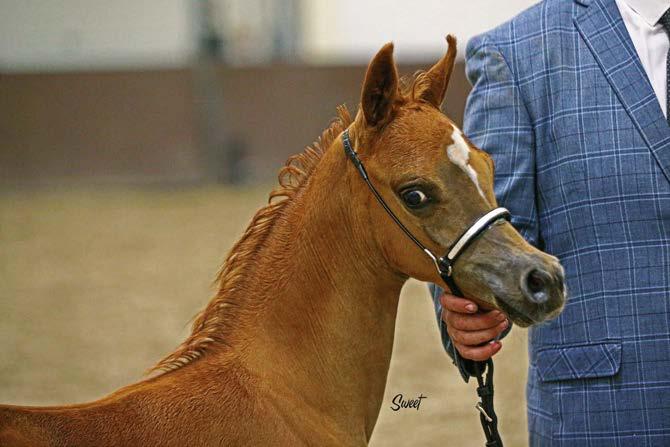
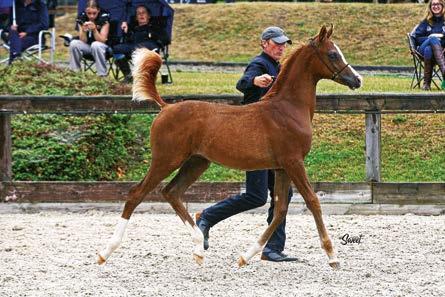

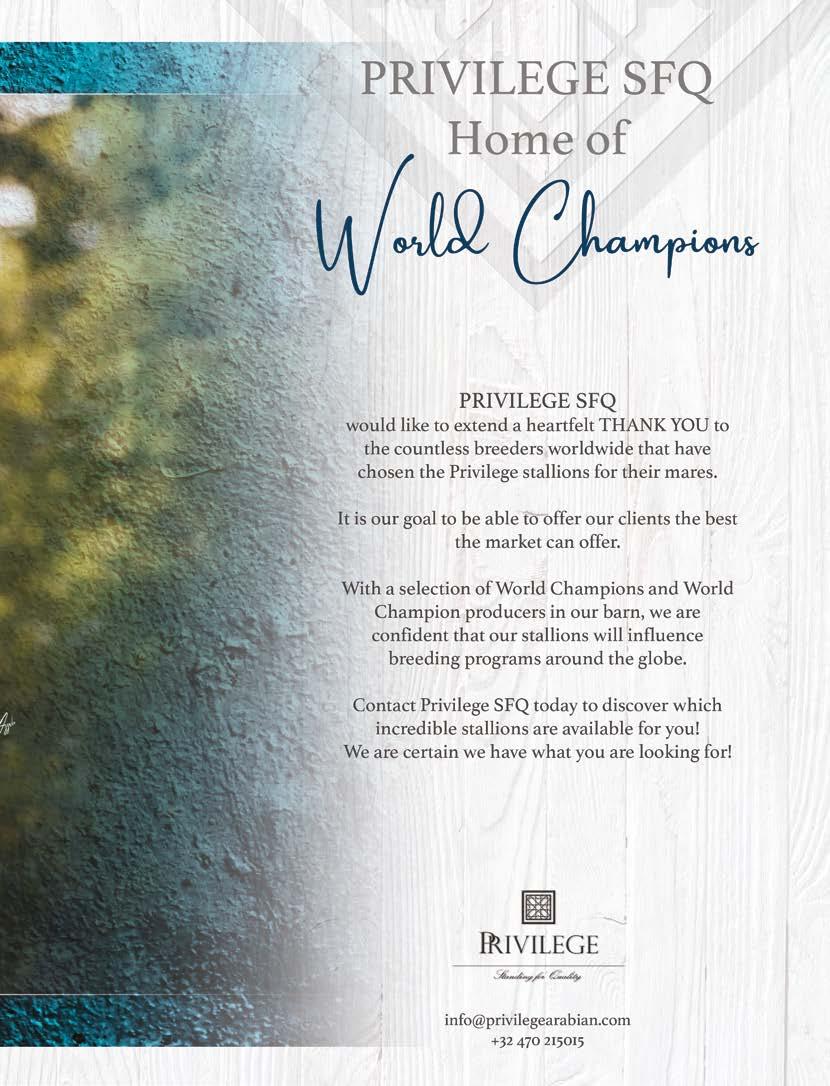




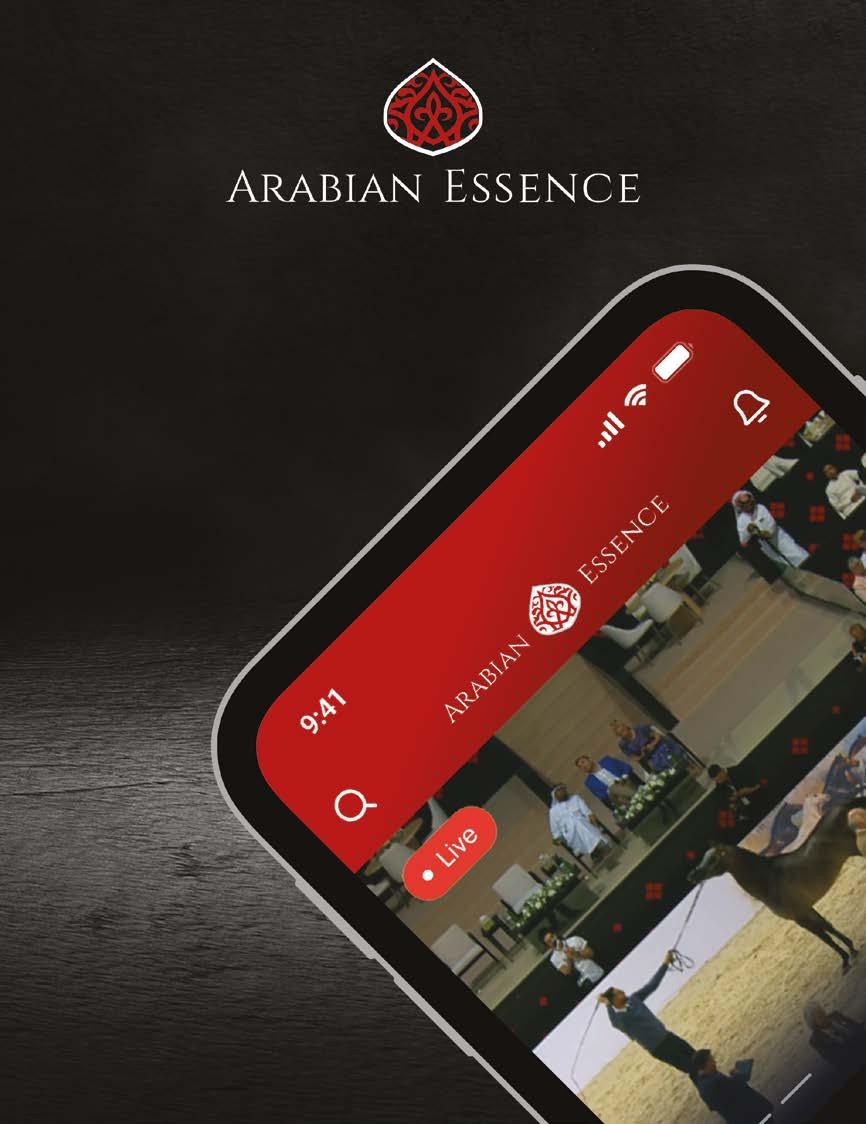
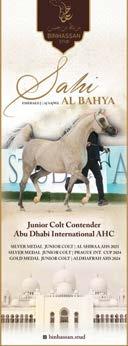
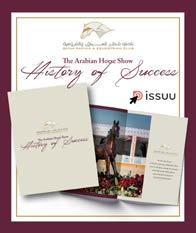
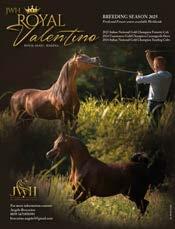
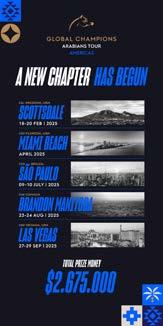
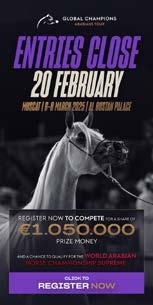



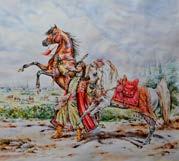
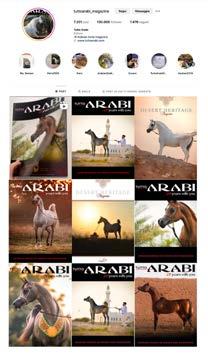
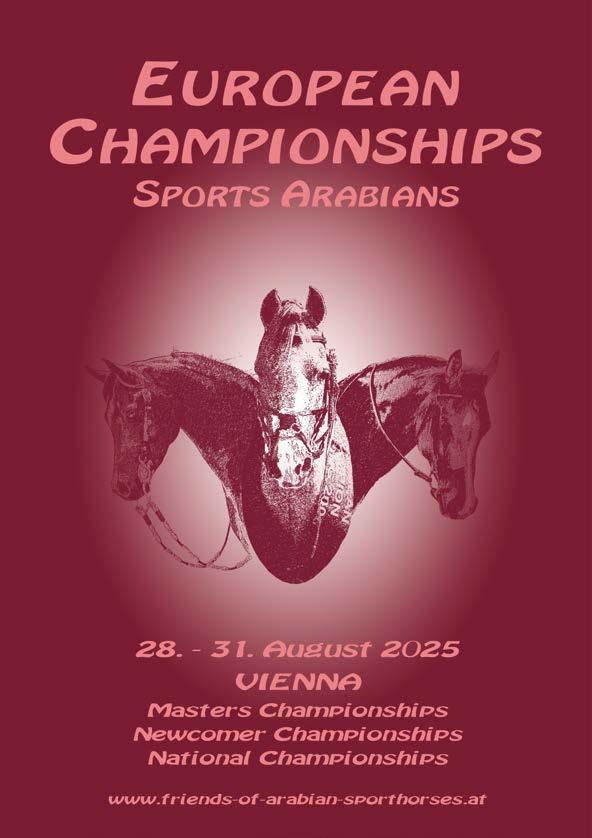
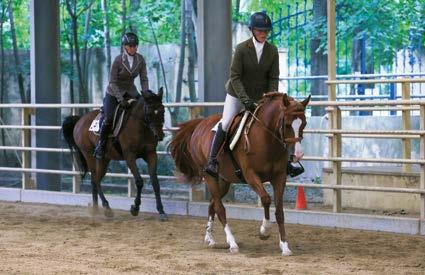
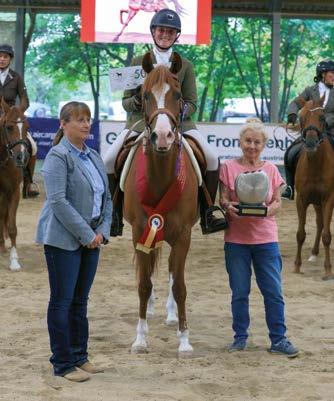

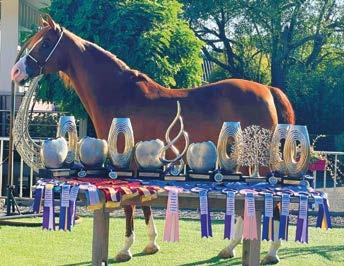
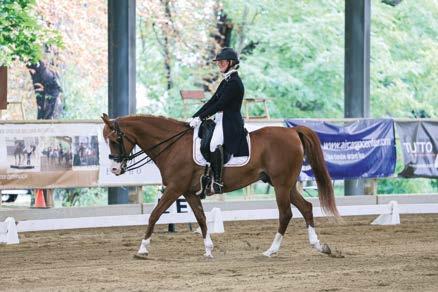
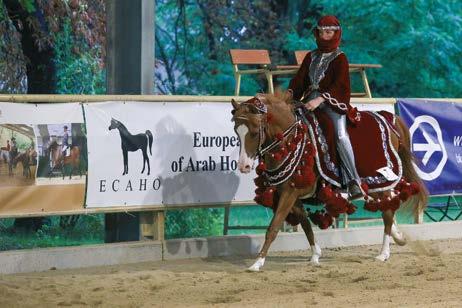
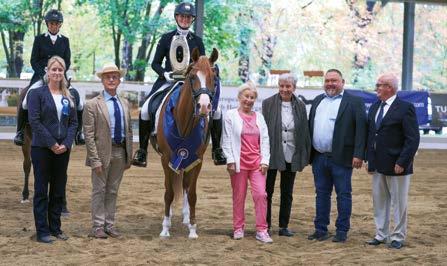

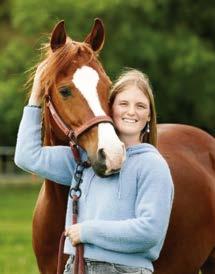
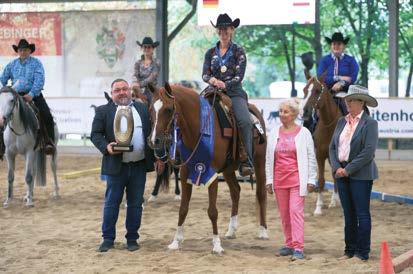
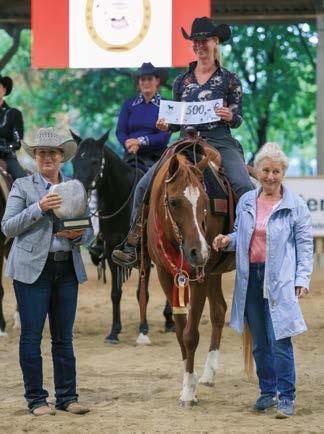
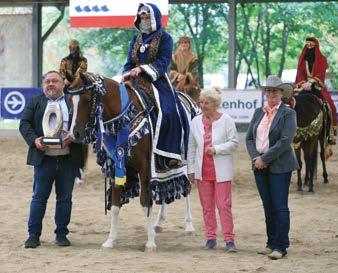
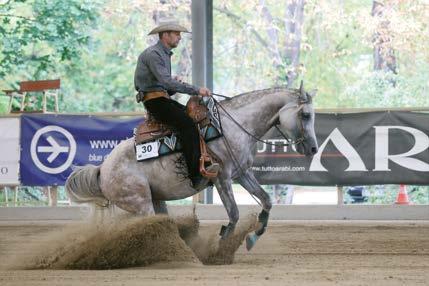
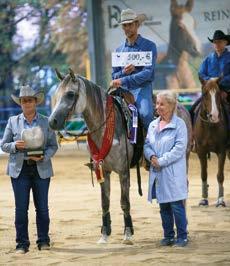
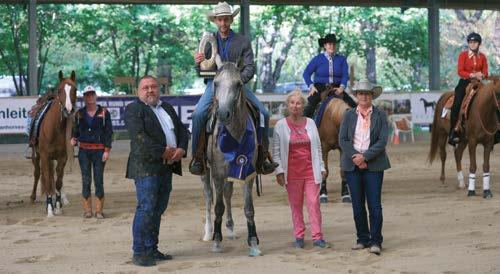
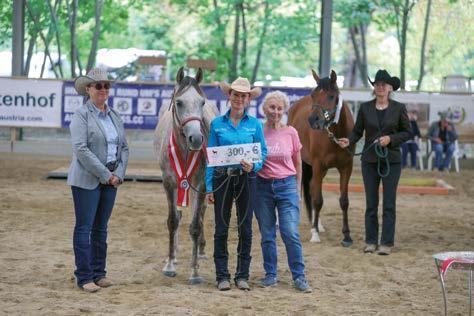
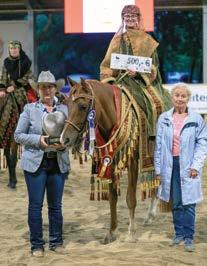
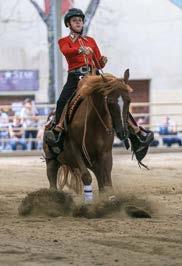
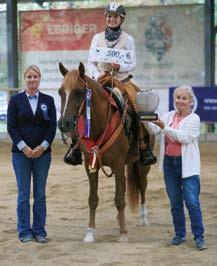
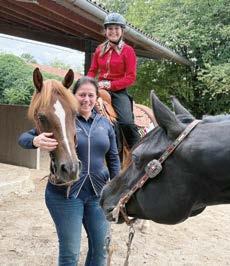
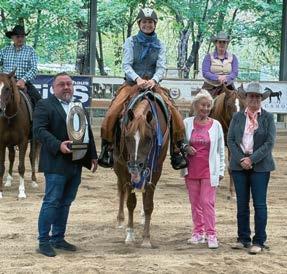
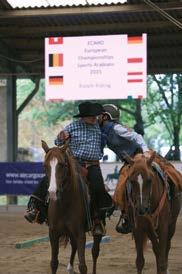
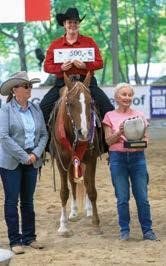
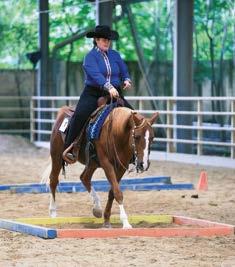
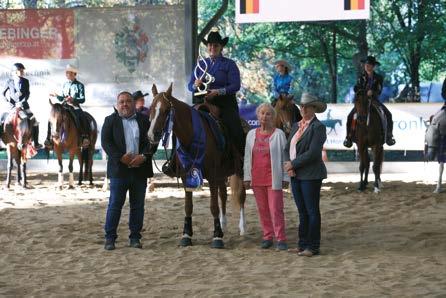
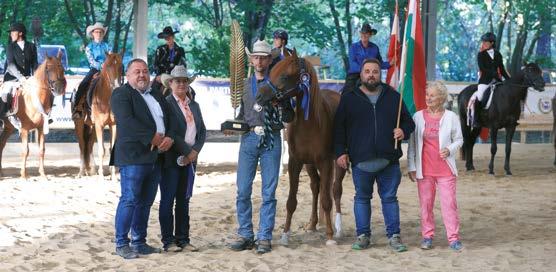
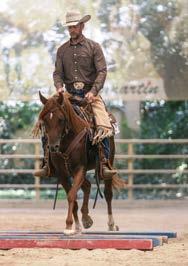
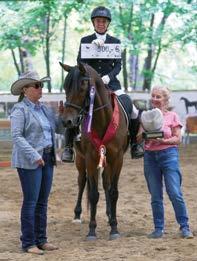
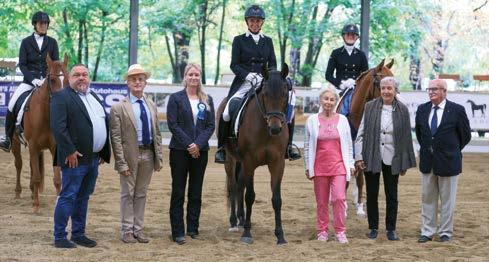
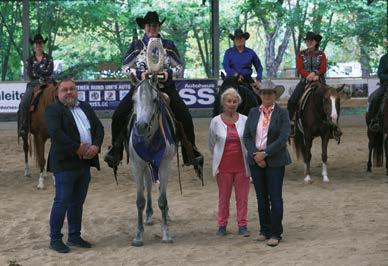
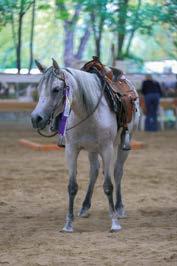
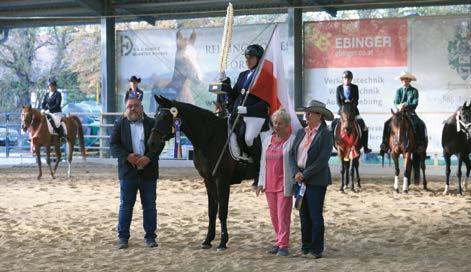
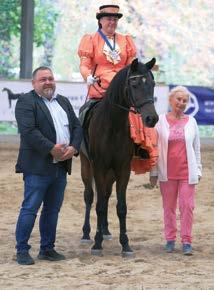
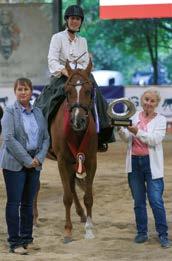
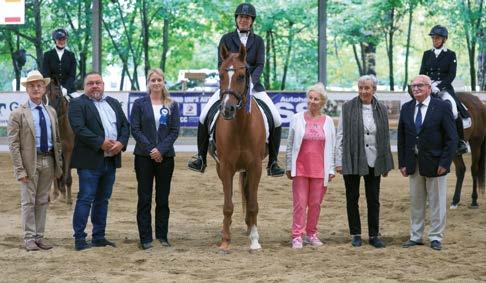
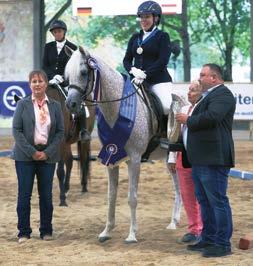
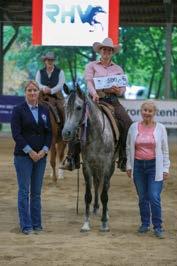
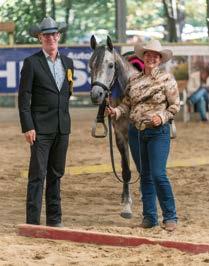
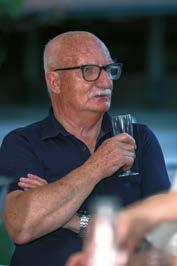
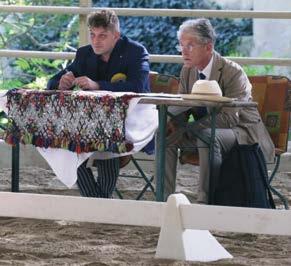
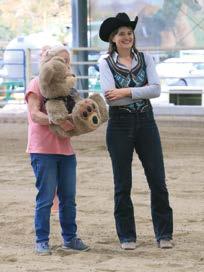
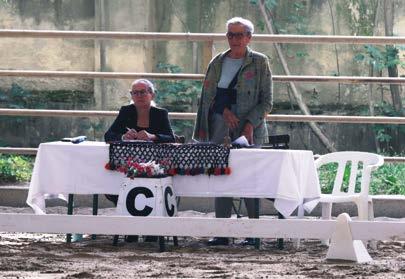
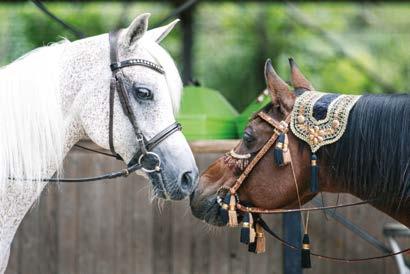
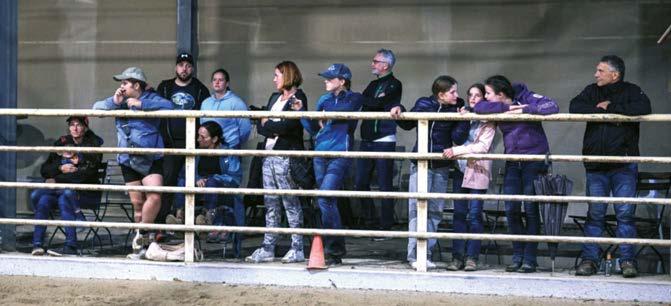
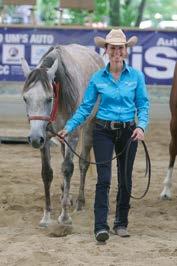
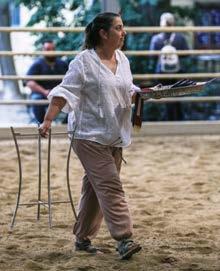
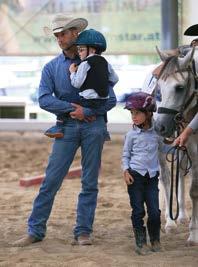
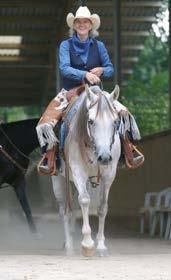
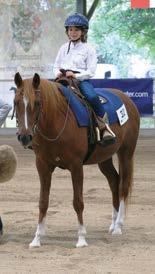

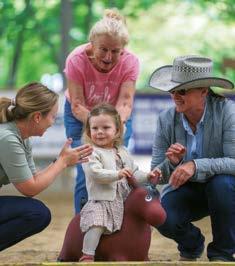
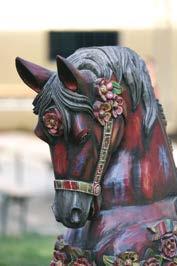
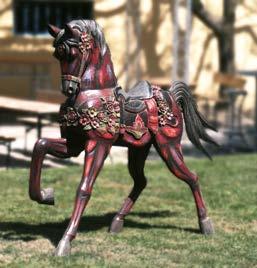
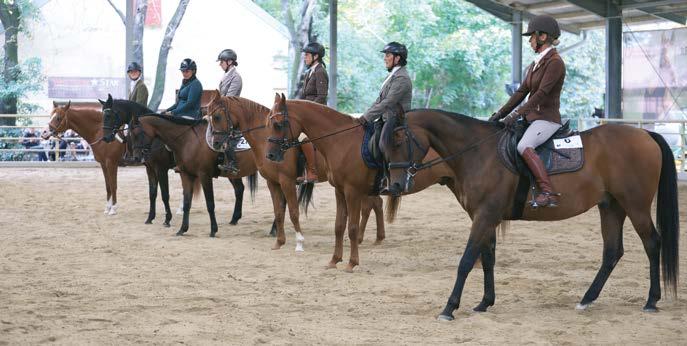
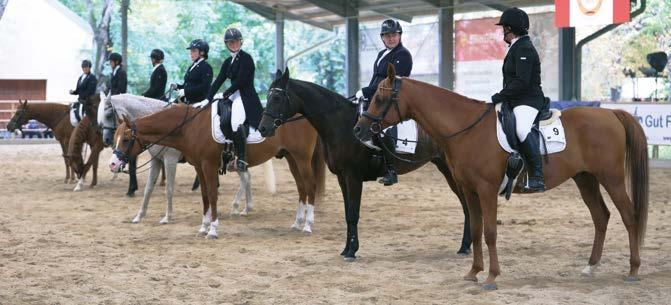
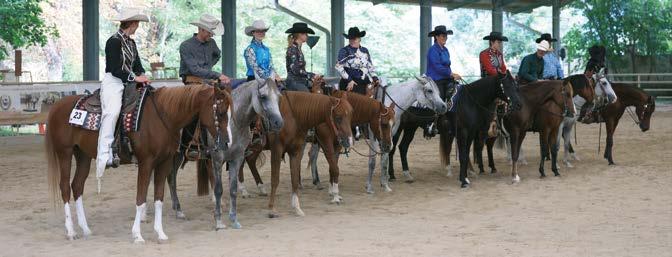
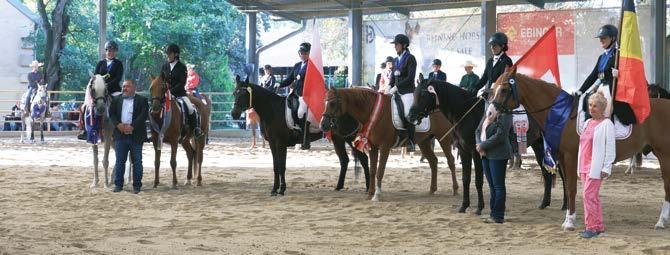
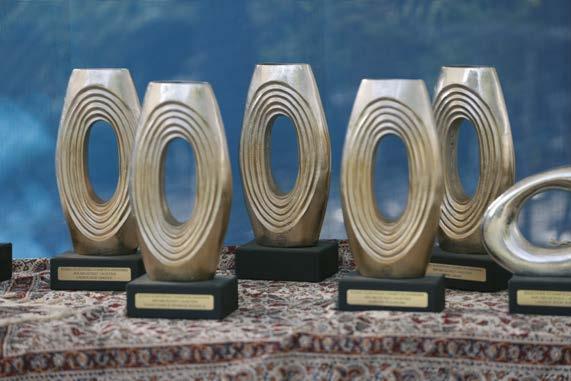
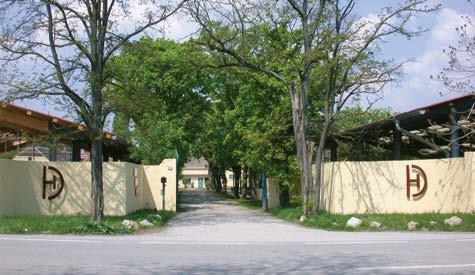
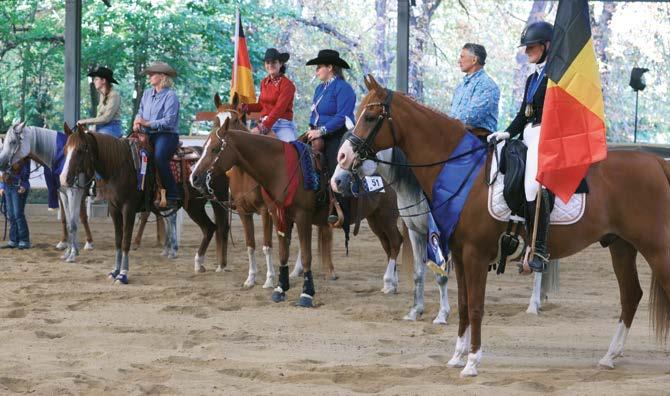


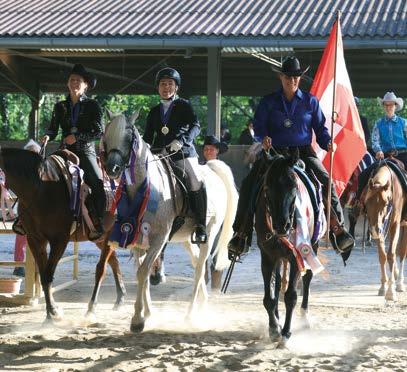
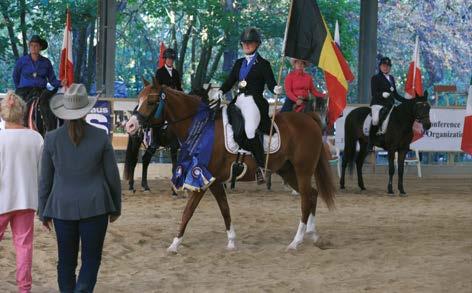
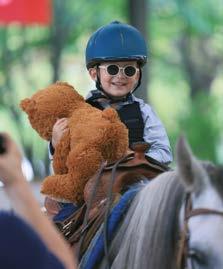
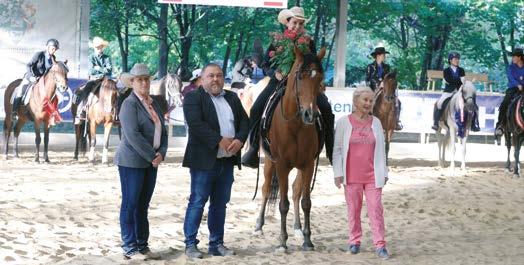
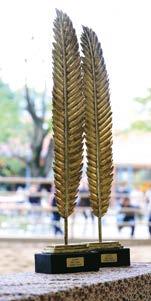
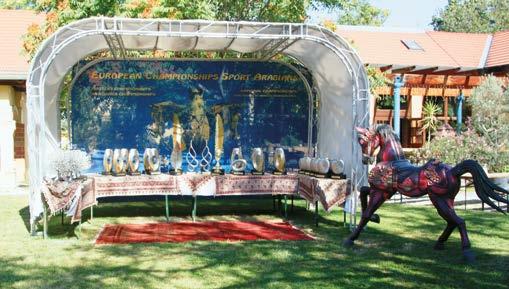
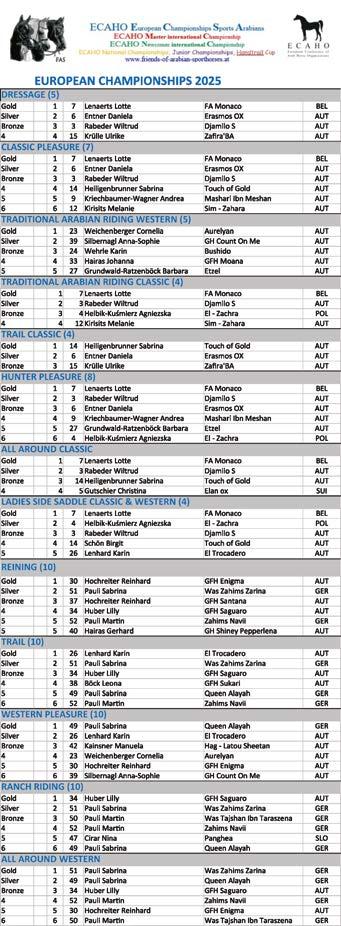
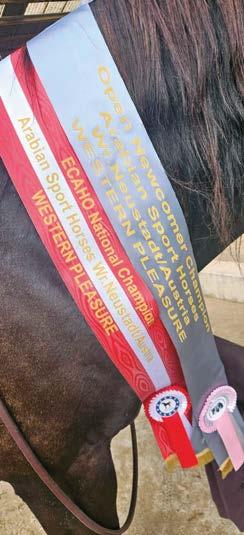
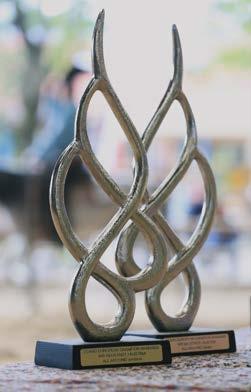
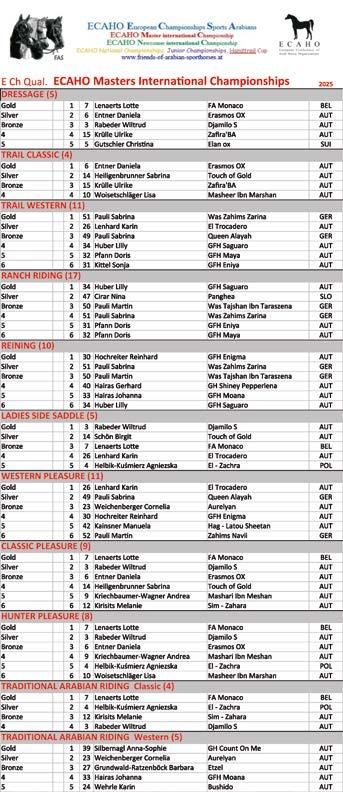
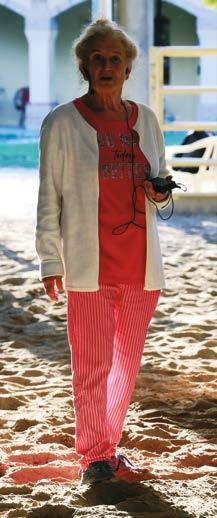
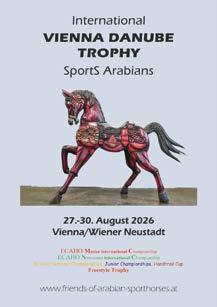


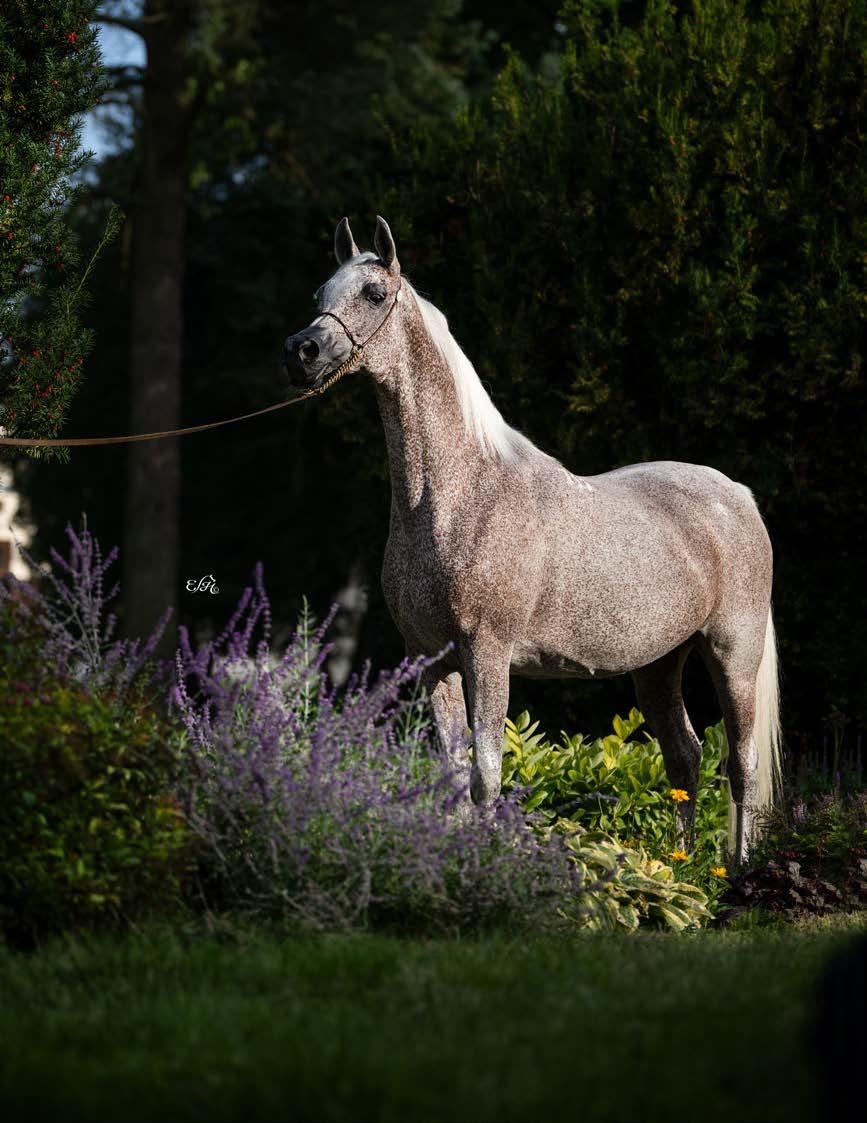
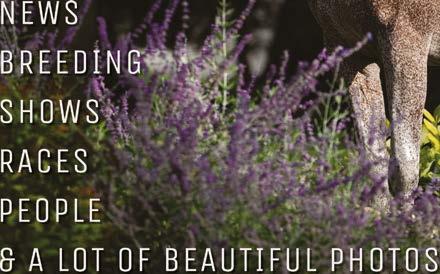

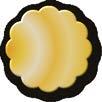


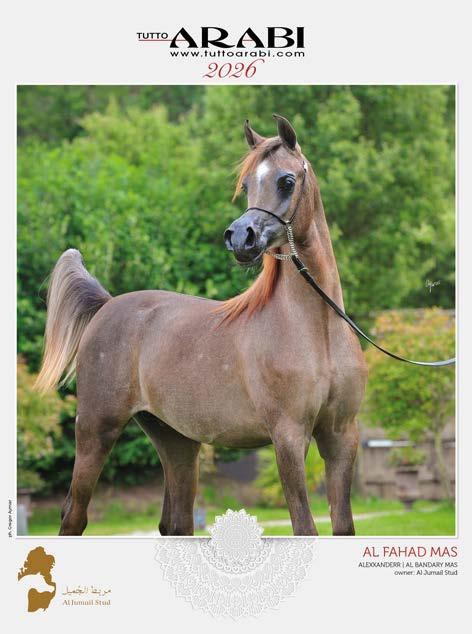

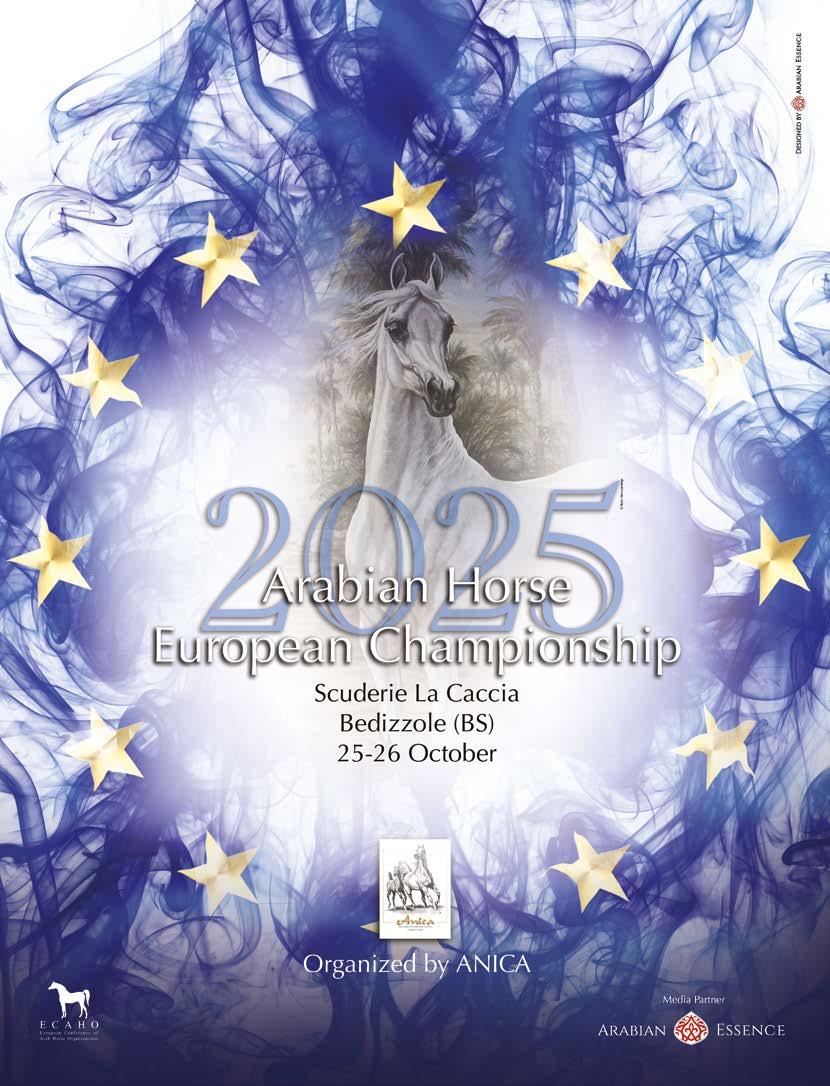
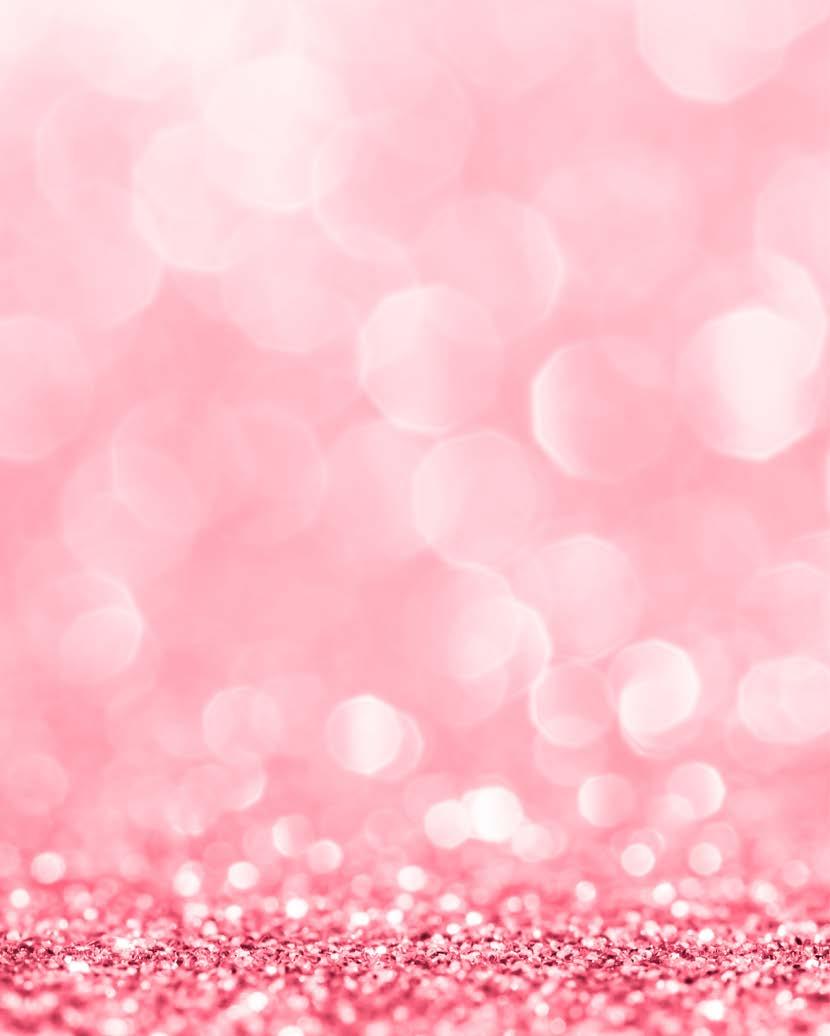
‘Let’s inspire hope and transform it into action.’
Jane Goodall (1934-2025)
I would like to use this opportunity to thank and congratulate all the people who participated in the project and inspired others by sharing their personal stories.
After interviewing more than 100 women about what it means to be a woman in today’s Arabian horse world, the project has come to an end.
I hope it has inspired Hope for the future of us all, not just women.
Don’t stop planting the seeds of Hope everywhere; they will sprout at the right moment and bring Hope wherever it is needed most.
Giorgia Mauri

joinus.wewomen@gmail.com @we_women_project Follow us!

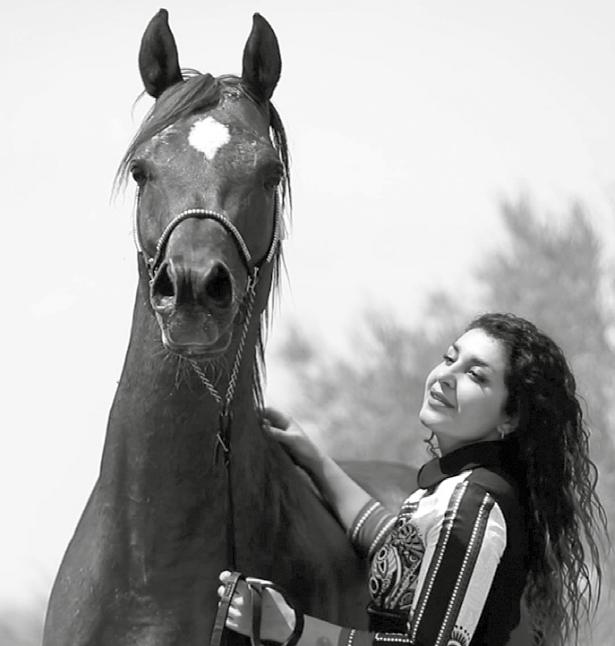
I am Parisa Aminaei and i was born in Sep. 1994 in Kerman, Iran.
I studied Veterinary Pathology; I work as a horse pension manager in addition to be Arab and Caspian horse trainer and breeder.
I began to ride when i was 13. I got familiar with Arab horses during a show held in a club.
After years of trying to be in Arab horse society, I am in such conditions which means success to me. Unfortunatly, the horse world in my country is mostly musculine in which women have to try much more

than men to prove their capabilities.
I have to be more patient and never give up learning and experiencing because my job needs much knowledge and expertise. In addition, breeding and training horse for competitions is a time consuming job.
I have worked as a riding master for kids and ladies for sometimes in my city. They told me they are inspired by the way i have done my job and they want to be like me in future which was very valuable to me.
IF I WANT TO SAY AN ABSTRACT OF WHAT I HAVE LEARNED DURING THESE TOUGH YEARS TO YOUNG LADIES: GO ON, NEVER GIVE UP, YOU ARE STRONGER THAN WHAT YOU THINK

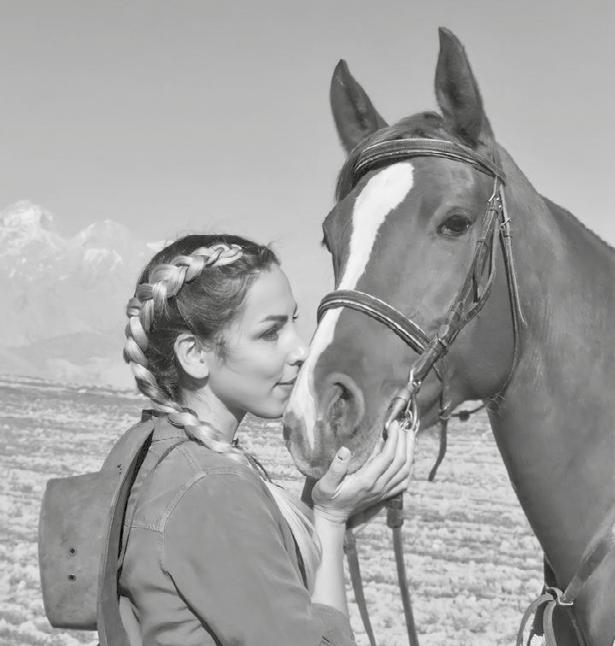
I am 38 years old, a Kurdish girl from Kermanshah, West Iran. I’ve always had a great interest in sports since childhood and have been active in various sports, but horseback riding was the only sport that captivated me deeply, and I entered the world of horseback riding in 2002.
I started with native horses and got acquainted with the world of Arabian horses after getting married. My husband is an Arabian horse breeder, and together we produce sport Arabian horses in our collection. This collaboration not only increased my knowledge and experience but also intensified my love and passion for this beautiful breed.
I have participated in numerous endurance competitions at the CEI and FEI levels and have

never seen any obstacles as a woman in my way. I firmly believe that with effort and perseverance, people can overcome all barriers. This mindset has helped me continue toward my goals and overcome challenges.
To pursue your dreams in this field, you need perseverance, empathy, and a willingness to learn. Stability and a love for horses are vital. Accepting challenges and being open to new experiences can set you apart!
I am a riding instructor, and I believe my experiences can inspire the next generation. I hope to successfully encourage many girls to pursue their dreams in the world of Arabian horses or any field they are passionate about.
TO ALL YOUNG WOMEN: TRUST YOURSELF AND PURSUE YOUR PASSION! DON’T FEAR CHALLENGES; THEY ARE THE STEPPING STONES TO SUCCESS. EMBRACE YOUR UNIQUENESS AND PAVE YOUR OWN PATH - YOUR VOICE MATTERS, AND YOU CAN MAKE A DIFFERENCE!

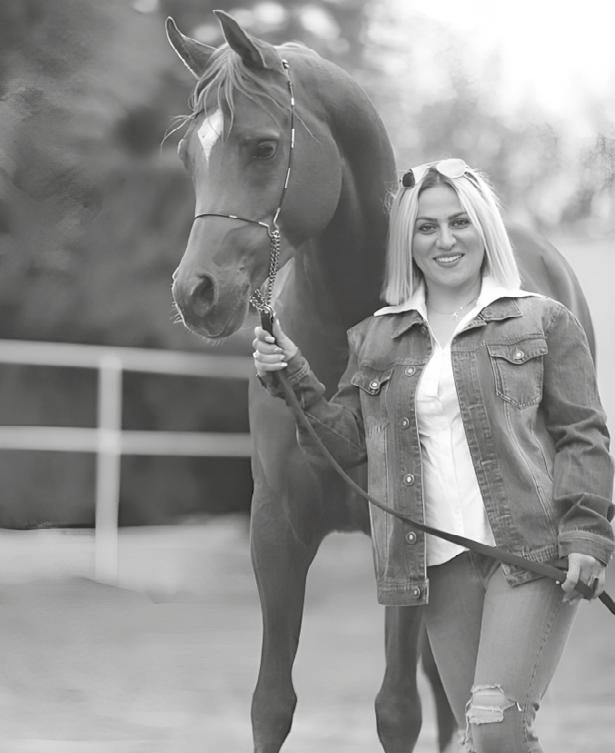
I am an Iranian residing in Tehran. I am passionate about Arabian beauty horses and work in the breeding and production of these magnificent horses.
After meeting my husband, Farzad Shams, who has been a rider since the age of four, we decided to enter the world of Arabian beauty horses.
Today, being a woman in the Arabian horse industry means that, due to their keen and delicate perspective, women can bring greater precision to the breeding process, achieving outstanding results and making a strong presence in competitions.
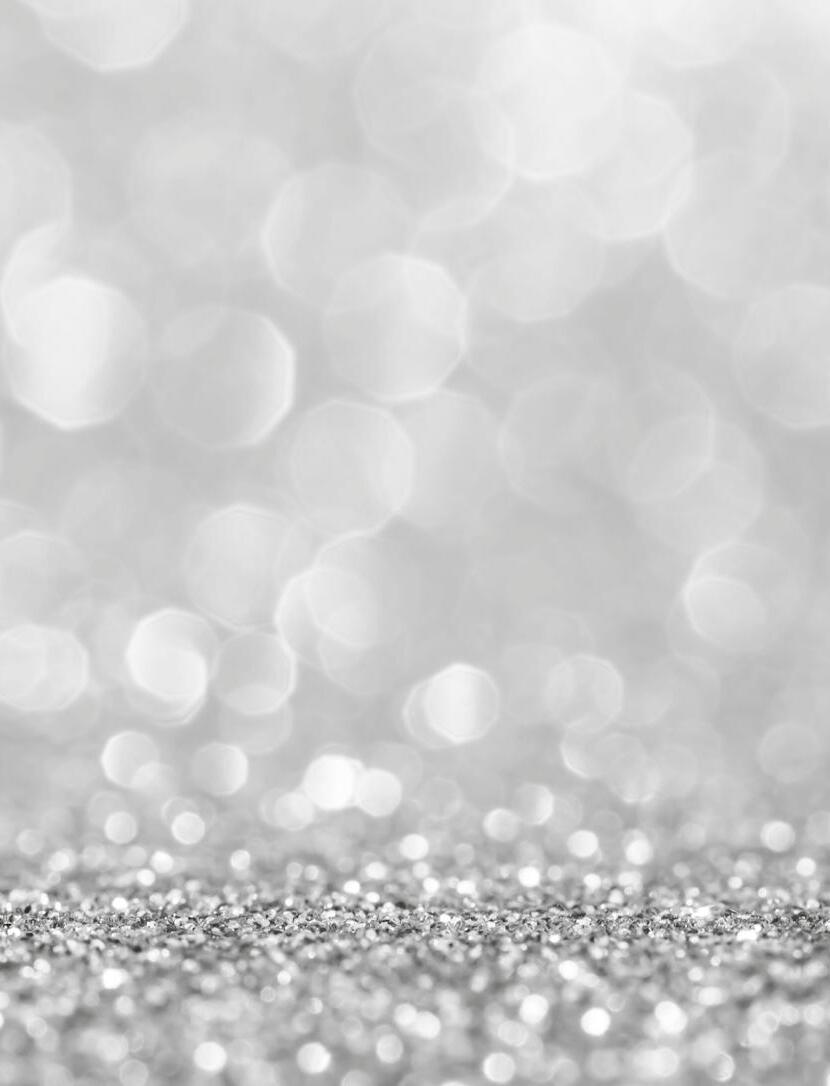
Entering this industry comes with many challenges, but one must overcome them through research, keen attention to detail in making the right choices, and staying up to date with breeding practices.
First and foremost, we must love the project we start, stay committed to it, and never stop striving. No obstacle should be seen as a barrier to achieving our dreams.
I feel that once you enter the world of horses, you can write your own life story and proudly showcase it with confidence. Others will undoubtedly be inspired and encouraged.
THE GIRLS OF MY HOMELAND MUST BE ABLE TO RECOGNIZE THEIR ABILITIES IN EVERY FIELD AND PURSUE THEIR DREAMS. MAY GENDER DIFFERENCES NEVER BECOME AN OBSTACLE IN THEIR PATH. WISHING FOR BEAUTIFUL DAYS AHEAD FOR OUR COUNTRY, IRAN.

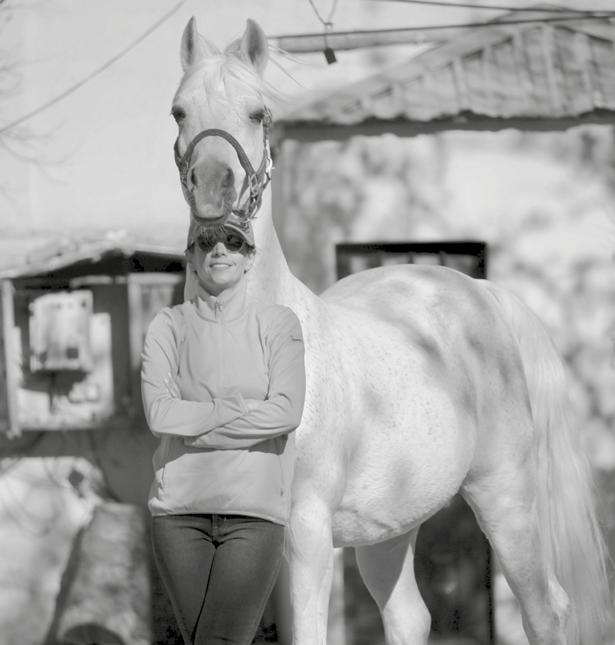
I am from Iran and work as a riding instructor and trainer of Arabian horses.
I was introduced to the world of horses by a horse breeder named Louis Firouz.
There are many obstacles and problems for
women in Iran, particularly in this field, where it is difficult to find a good sponsor. Women can be among the best Arabian horse trainers thanks to their patience.
They must be patient, motivated, persistent and determined as a warrior to reach their goals.

THEY MUST ALSO LOVE AND BE INTERESTED IN HORSES, AND SHOW THEMSELVES IN THE ARENAS.
AND MOST IMPORTANT, THEY MUST LEARN THAT A HORSES CAN BE THEIR BEST FRIENDS AND EDUCATE THEM WITH LOVE.

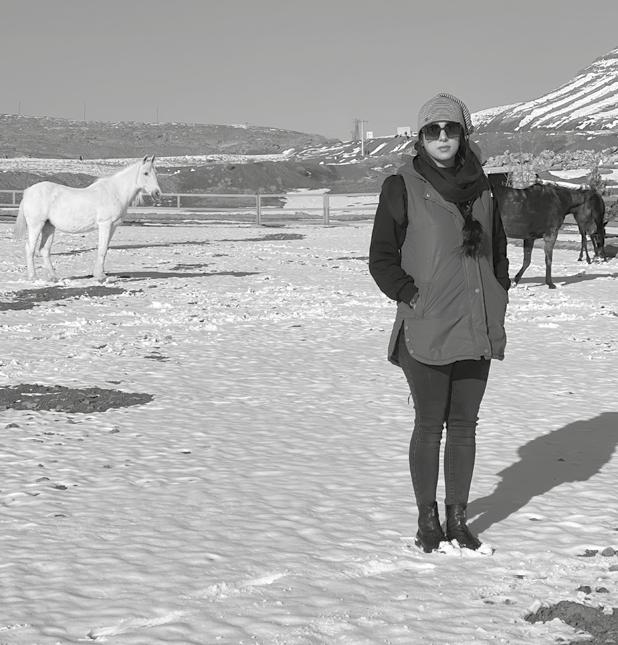
I was born in Iran and, as well as being a horse trainer, I am also a photographer specialising in horse photography.
My love for horses began in childhood and, once I could finally purchase my first Arabian horse, I became involved in various disciplines related to Arabian horses, such as endurance riding and showing. I show my own horses in halter shows.
Throughout history, Iranian women have faced many challenges, but nowadays they have overcome these difficulties and many have become highly successful.
I am one of the lucky ones, as my husband has encouraged me to achieve my goals.
My love for the Arabian horse is stronger than ever.
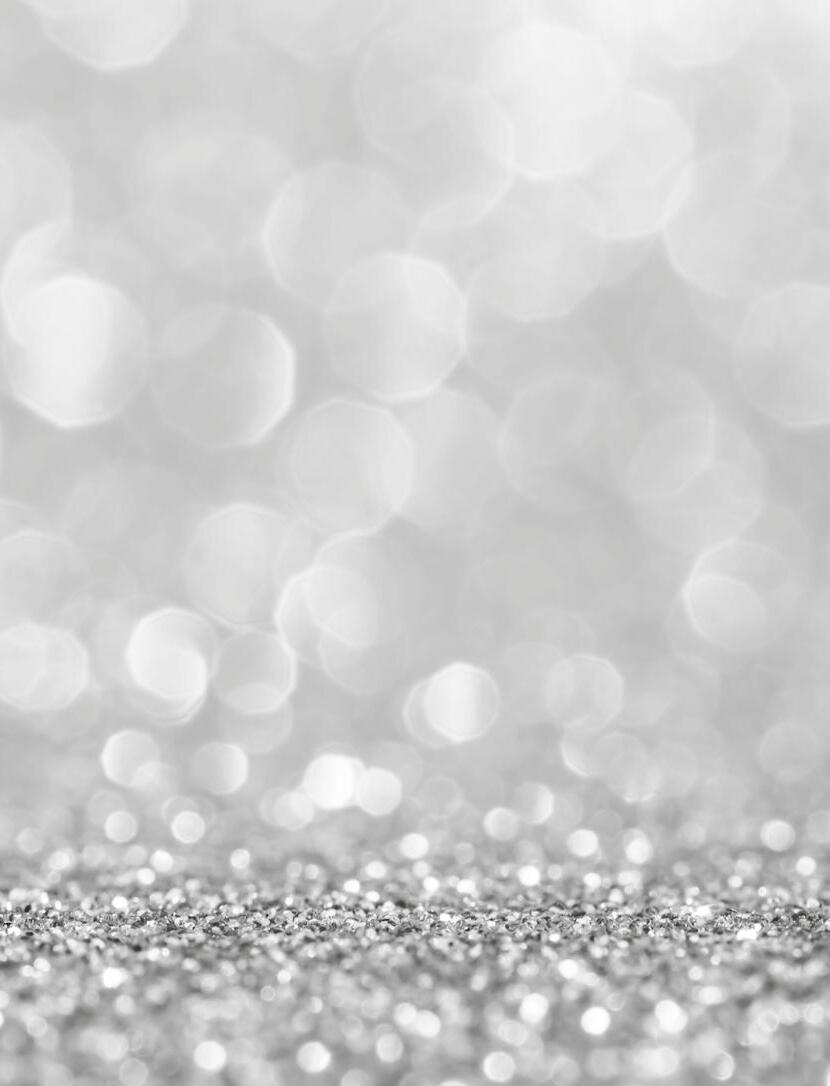
MY MESSAGE TO FUTURE GENERATIONS IS THAT, ALTHOUGH THE PATH TO SUCCESS IS FULL OF IMPEDIMENTS, YOU MUST NEVER LOSE FAITH IN MAKING YOUR DREAMS COME TRUE. THE WORLD OF ARABIAN HORSES IS THE MOST FULFILLING, OFFERING NEW EXPERIENCES AND THE JOY OF SHARING OUR LIVES WITH THESE WONDERFUL ANIMALS.
Margot Chazel
Sunny Sassudelli
Chiara Carrer
Antonia Bautista
Jennifer Dhombre
Kamila Kozlowska
Anna Maria Raffa
Jennifer Von Dahn
Urszula Łęczycka
Kathleen Ohlsson
Ally Nelson
Mindy Peters
Rosangela Brugali
Elena Vignato
Cristiane Durante Guardia
Talitha Bakker
Desiré Faraone
Sandra Platzeck
Raquel Jacovas
Adriana & Alessandra Moura
Magdalena Muraszko-Kowalska
Helena Jodie Byrne
Manuela Lucini
Christie Metz
Dana Russo
Patrycja Makowska
Mary Hellen Chavez
Dulce Rosas
Flávia Torres
Kasia Dolińska-Witkowska
Elisa Grassi
Raquel Sorvilo
Yassmin Atieh
Nadia Boersch
Paola Marinangeli

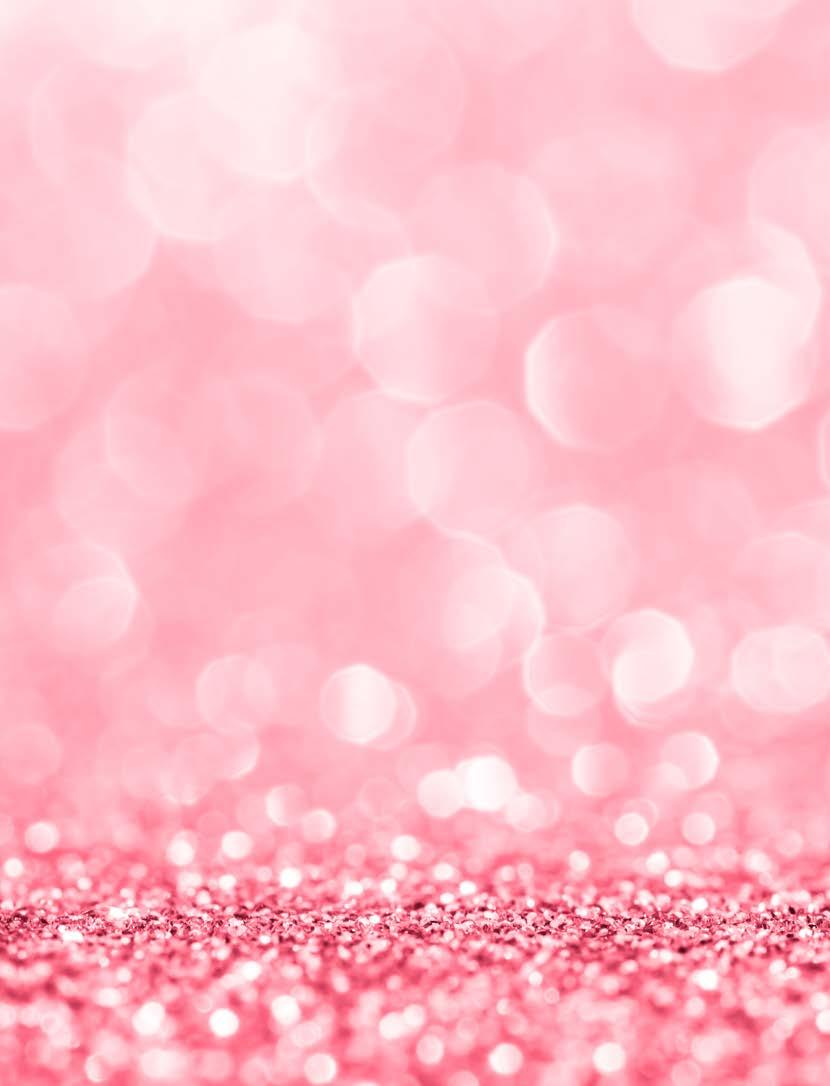
Sandra Zänglein
Lisa Brown
Anna Scarpa
Judith Forbis
Taryl O’Shea
Beth Ellen Hunziker
Judith Wich-Wenning
Martine Van Hee
Nabila Al Ali
Eileen Verdieck
Samantha Mattocks
Laurelle Anderson
Diana Cantey
Claudia Brugman
Lætitia-Marie De Belsunze D’Arenberg
Olivia Strauch
Verena Heiss
Vivian Tucci Alves Fonseca
Ewa Imielska-Hebda
Ilona Bax
Saria Almarzook
Barbara Morali
Deirdre Hyde
Johanna Ullström
Laura Mascagna
Dominika Pawłowska
Kelly Delen
Nancy De Lustoza Barros
Pamela Moell
Michaela Weidner
Camila Gama
Evelyn Schweizer
Luciana Fasano
Marcia Cristina Pereira Bortolotto
Lina Ismer
Giovanna Rosicarelli
Rita Montalbano
Bettina Von Kameke
Claudia Orsi
Kerstin Wisniowski
Serenella Zerbini
Alessia D’Onza
Catherine Noël
Bernie Leadon Bolger
Al Sayyida Dhabia Sami Al Busaidi
Greta Binini
Cindy Kemper Bistodeau
Marion Richmond
Alexandra Lebedeva
Costanza Laliscia
Marzia Alinovi, Simona Eva, Mirjam Boschini & Valentina Luppi
Mary Leila Gharagozlou
Shery Amir Aslani
Hilda Benjamin
Shirin Salartash
Homeira Shahbpour
Taj Gol Ghamkhar
Negin Ehsani
Golnaz Moradi Fard
Sama Safari
Juan Alaie
Kimia Ghasemi
Parisa Aminaei
Avat Eydari
Elahe Asgari
Saiedeh Rezaei
Zeynab Darbahaniha
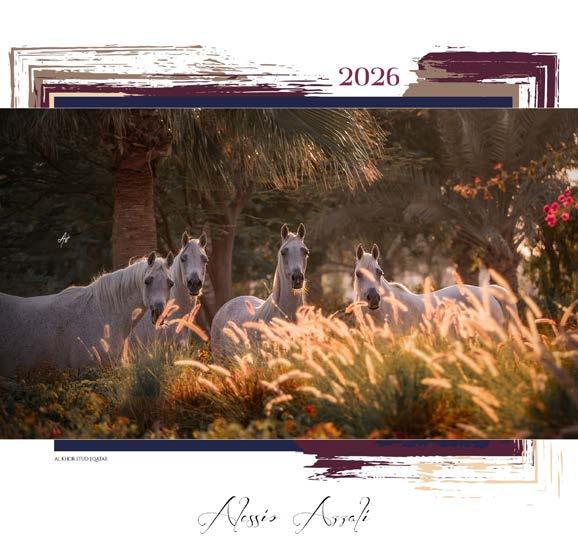
info@tuttoarabi.it


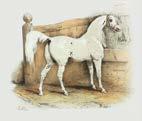
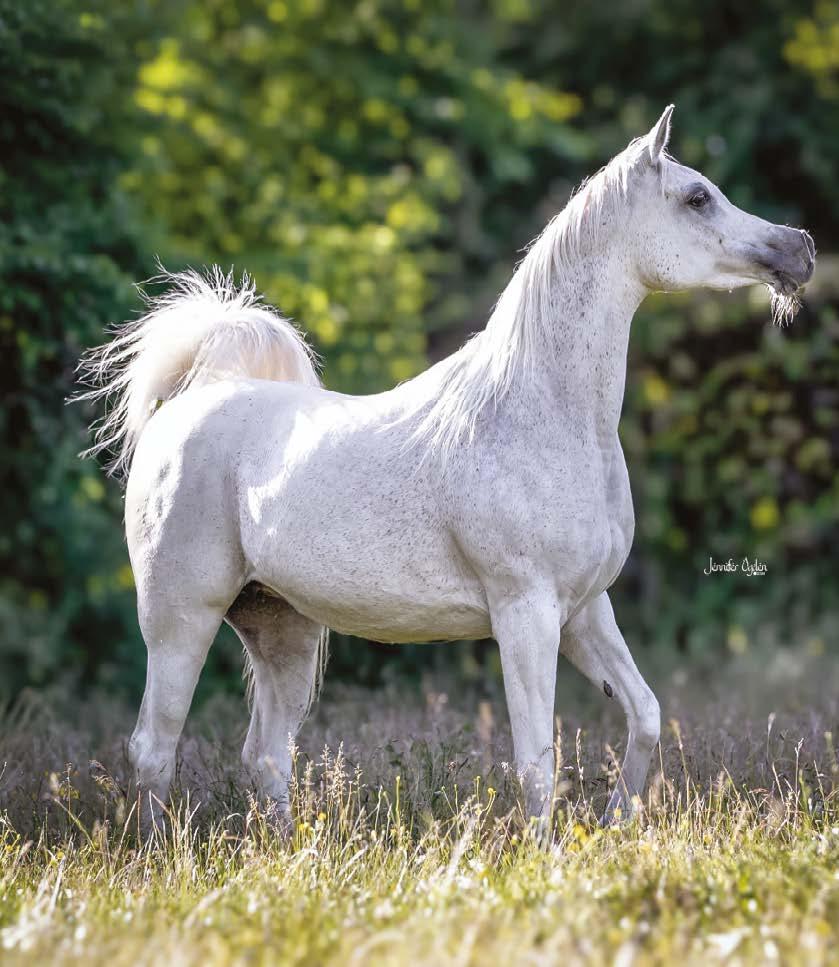




At our stud, we proudly uphold traditions of Arabian horse breeding. We do not do any embryo transfers. Every foal is an A-foal, carried by their biological mother and raised in the healthiest, most nurturing environment in Italy.
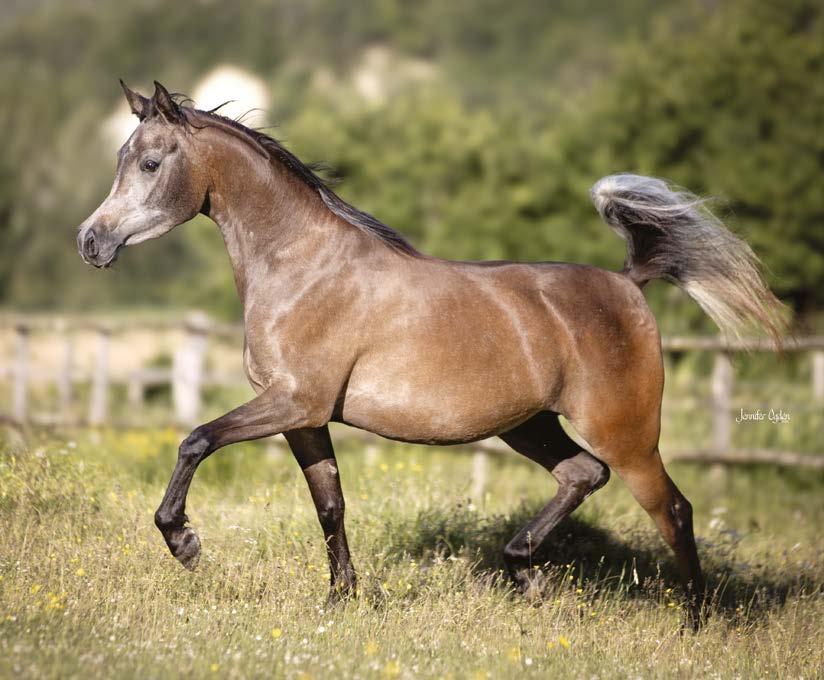

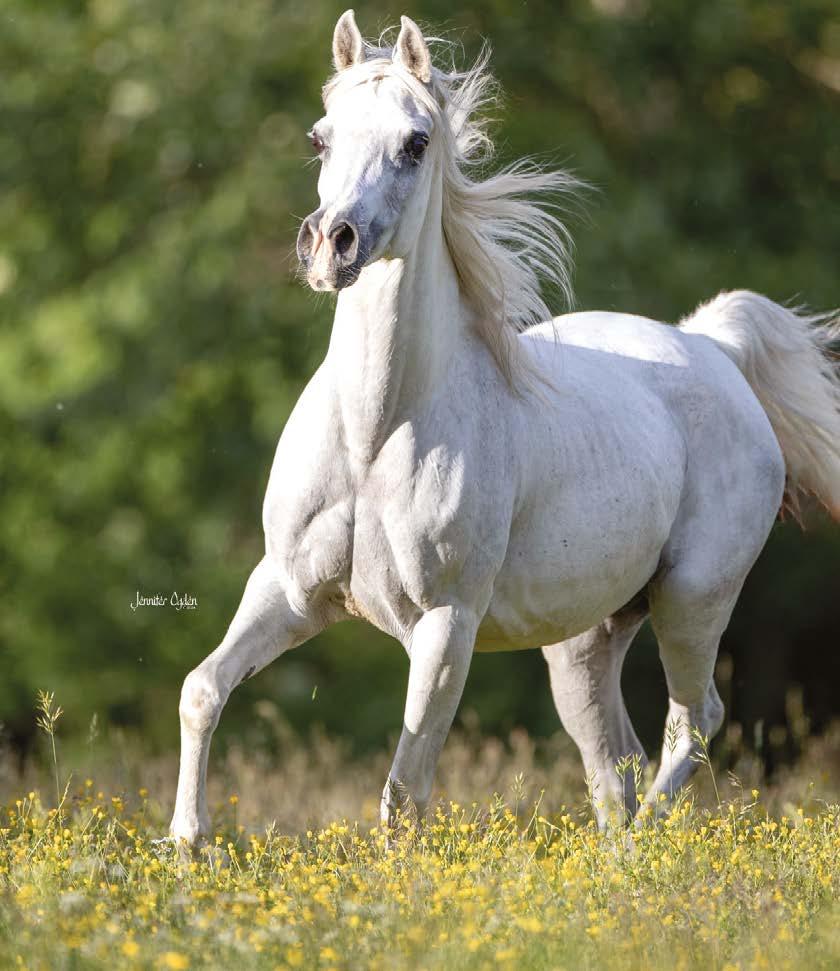

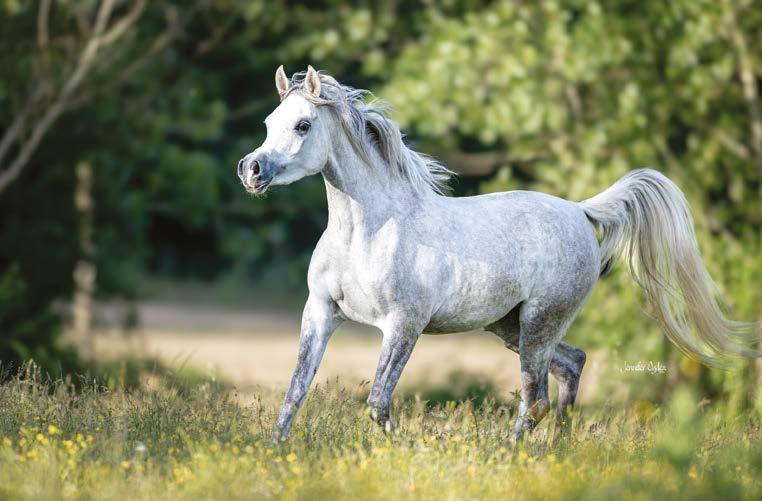
amoun HadiyaH
*2021 (Jaffal Al Rayyan x Amoun Halisha)
Strain: Dahman Shawaniyah
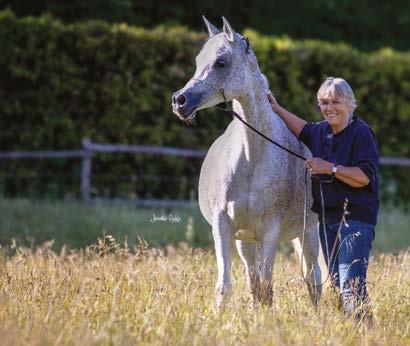
TB HeBa
(NK Sharaf El Dine x TB Hasna)
Strain: Obayan Om Grees
In foal to Naseem Al Rashediah
www.straightegyptians.it

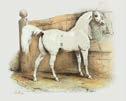
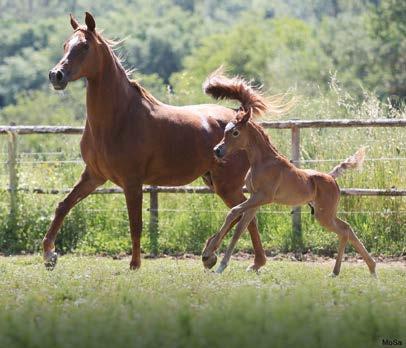
TB Hejaziya
(Ramses x TB Hasna)
Strain: Obayan Om Grees
06044 Castel Ritaldi, Umbria - ITALY
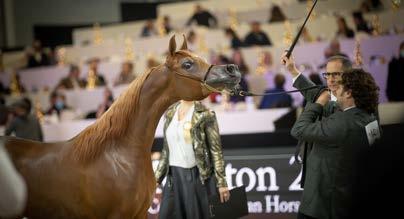
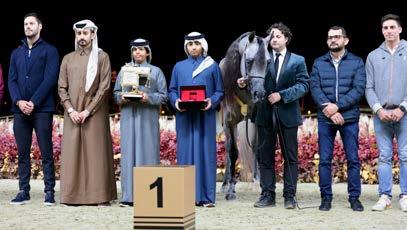
(Picasso di Mar | Jazanah Aljassimya)
• Silver Medal Yearling Fillies - Mediterranean and Arab Countries 2021 - Menton
• Silver Medal Yearling Fillies - World Arabian Horse Championship 2021 - Paris
Breeder/Owner:Aljassimya Farm
(Picasso di Mar | Miznat Aljassimya)
• Silver Medal Colts - GCAT Rome 2024
• Gold Medal Colts - GCAT Cannes 2024
• Gold Medal Colts - GCAT Muscat 2024 Gold Medal Colts - KIAHF - GCAT Doha 2024
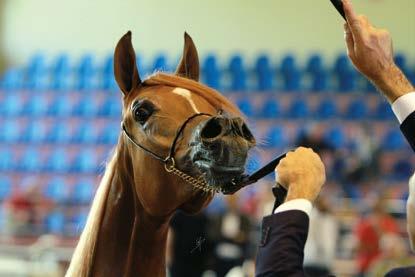
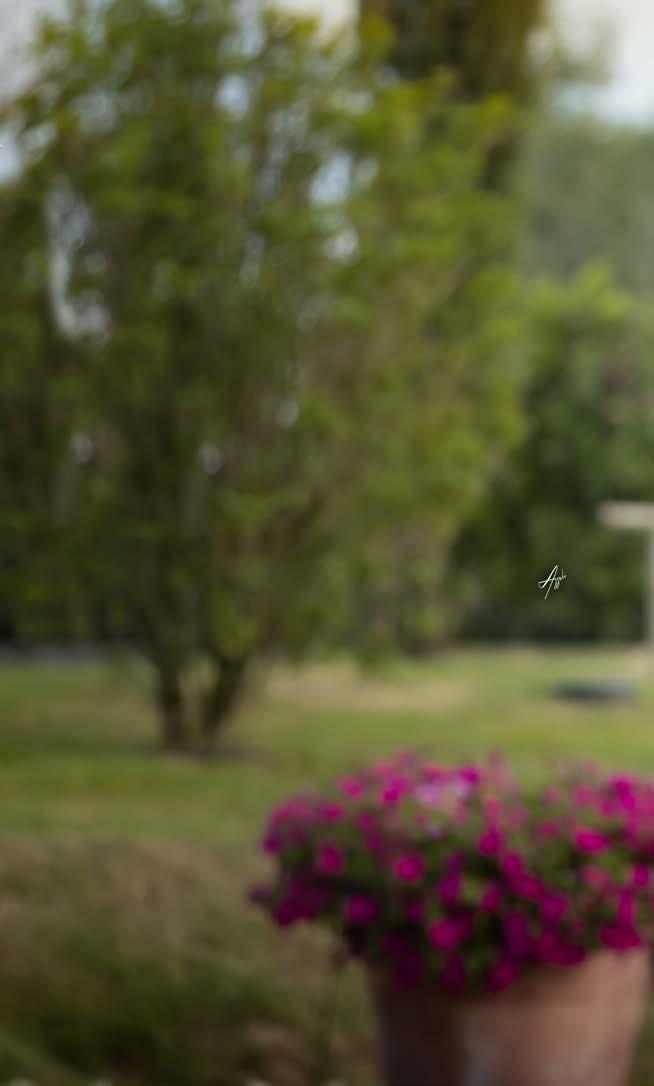
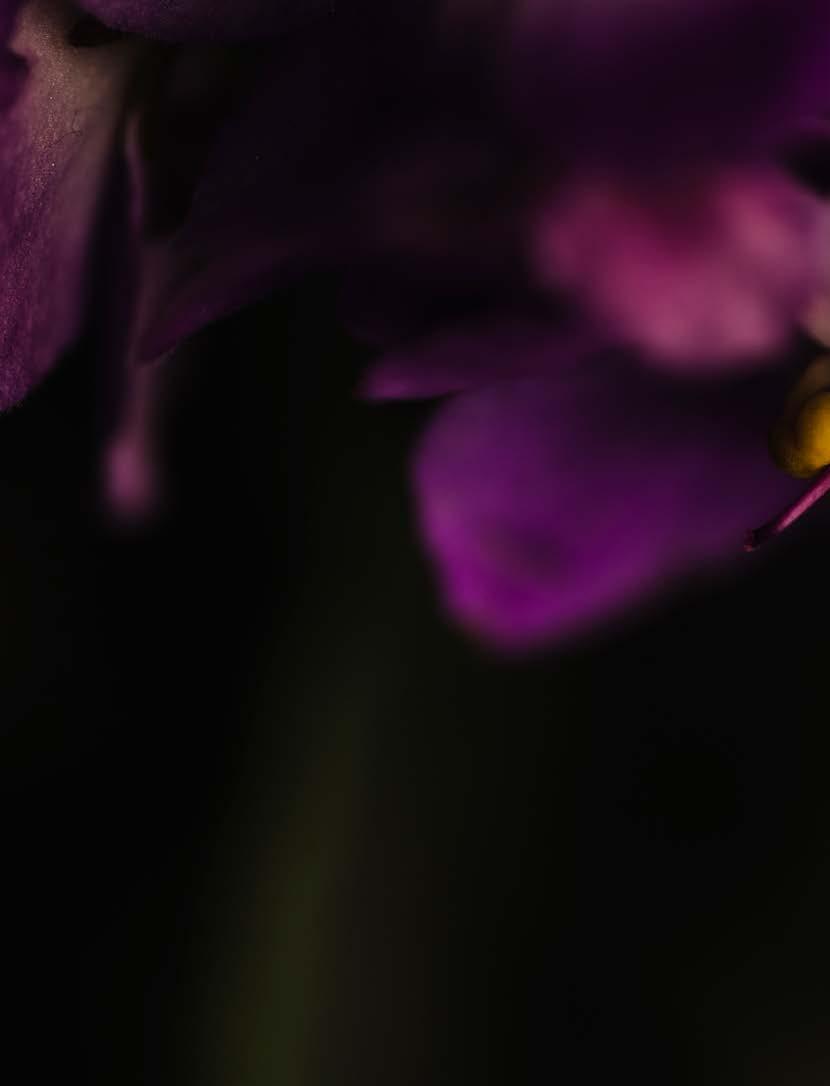
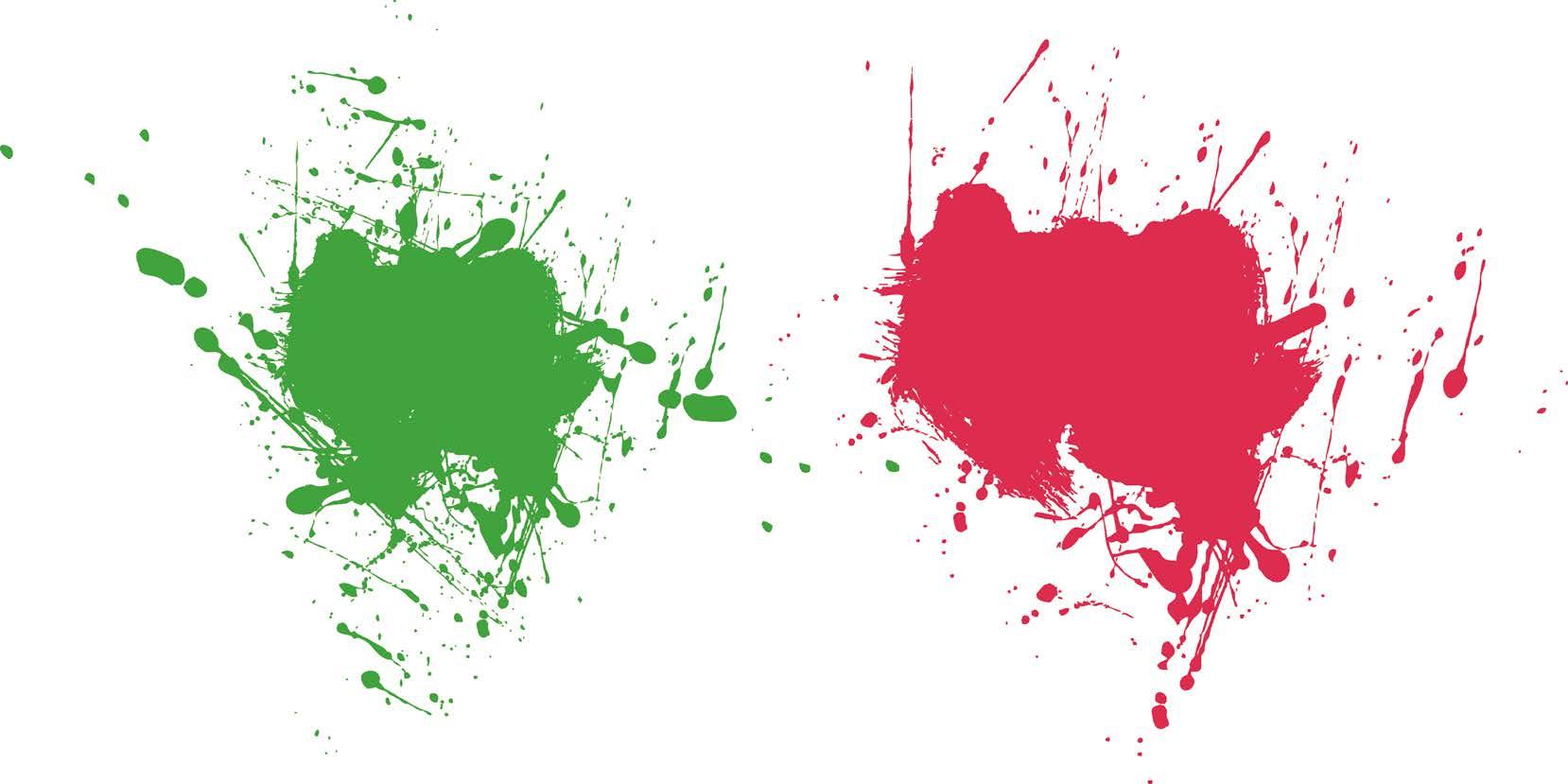

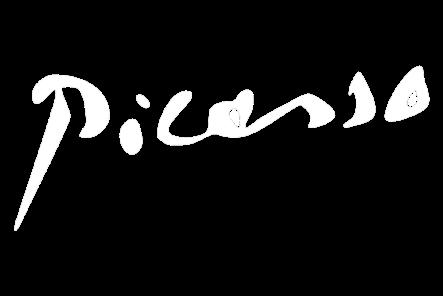
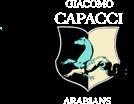
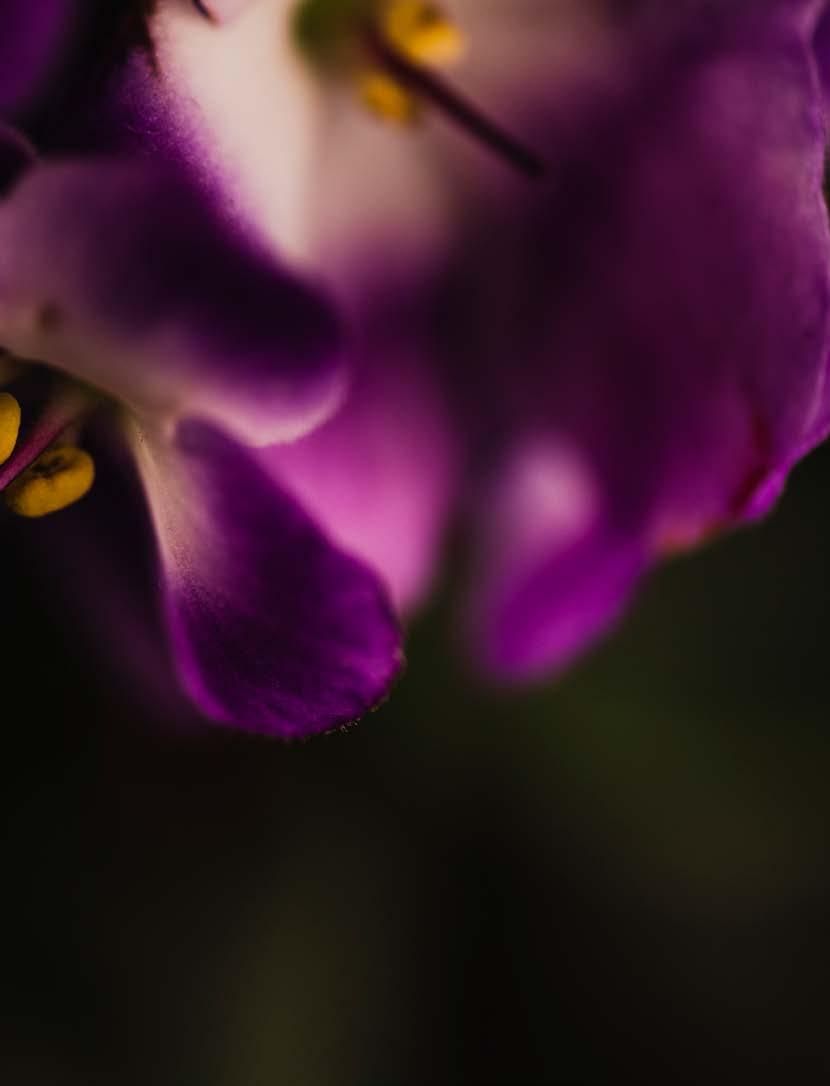
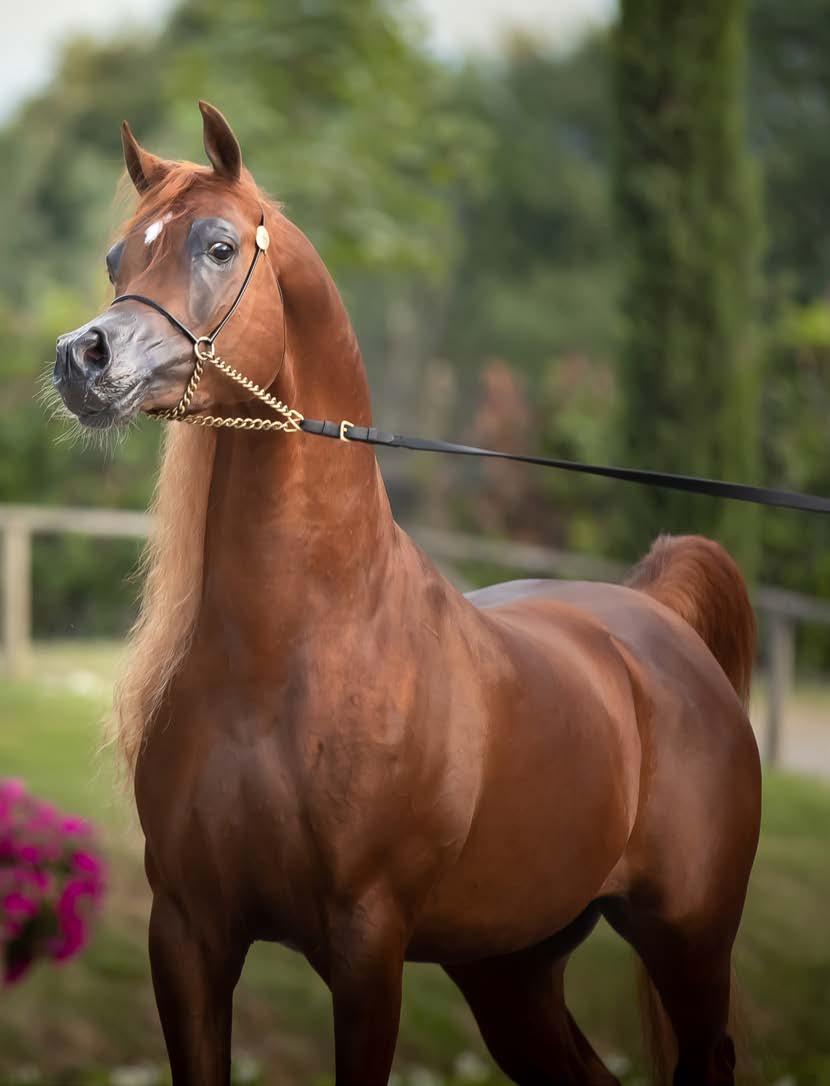
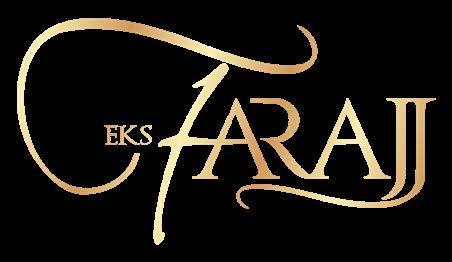


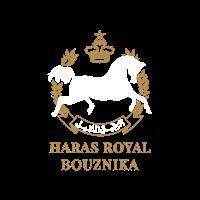
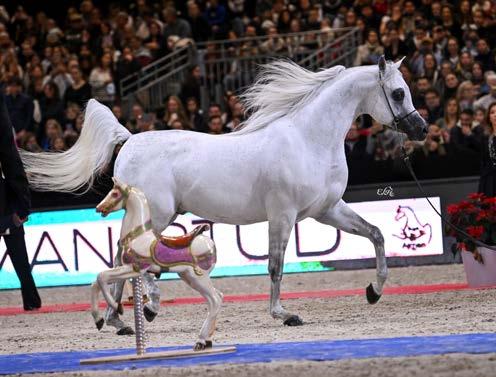
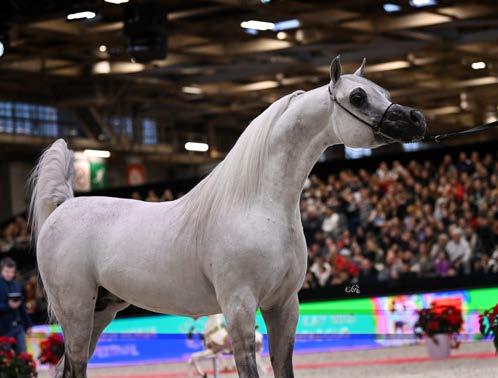
GOLD CHAMPION SENIOR STALLION
International AHC Title - El Jadida 2025
SILVER CHAMPION SENIOR STALLION
World Arabian Horse Championship - Paris 2024
GOLD CHAMPION SENIOR STALLION
International AHS - El Jadida 2024
SILVER CHAMPION SENIOR STALLION
World Arabian Horse Championship - Doha 2023
SILVER CHAMPION SENIOR STALLION
All Nations Cup - Aachen 2023
SILVER CHAMPION SENIOR STALLION
Mediterranean and Arab Countries AHC - Menton 2023
GOLD CHAMPION JUNIOR COLT
World Arabian Horse Championship - Paris 2019
GOLD CHAMPION JUNIOR COLT
All Nations Cup - Aachen 2019
SILVER CHAMPION JUNIOR COLT
Dubai International AHC - Dubai 2019
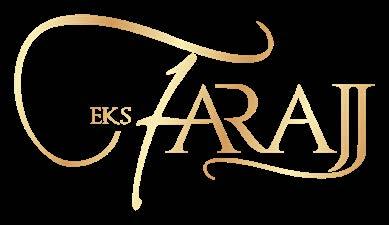
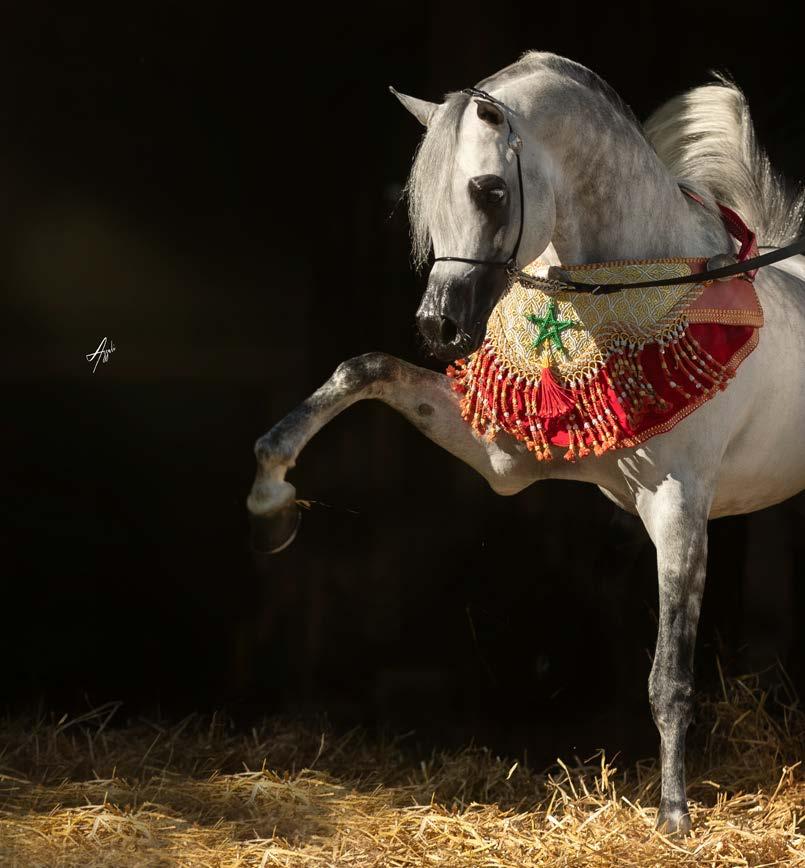
GOLD CHAMPION SENIOR STALLION
International AHC Title - El Jadida 2025
SILVER CHAMPION SENIOR STALLION
World Arabian Horse Championship - Paris 2024
GOLD CHAMPION SENIOR STALLION
International AHS - El Jadida 2024
SILVER CHAMPION SENIOR STALLION
World Arabian Horse Championship - Doha 2023
SILVER CHAMPION SENIOR STALLION
All Nations Cup - Aachen 2023
SILVER CHAMPION SENIOR STALLION
Mediterranean and Arab Countries AHC - Menton 2023
GOLD CHAMPION JUNIOR COLT
World Arabian Horse Championship - Paris 2019
GOLD CHAMPION JUNIOR COLT
All Nations Cup - Aachen 2019
SILVER CHAMPION JUNIOR COLT
Dubai International AHC - Dubai 2019

